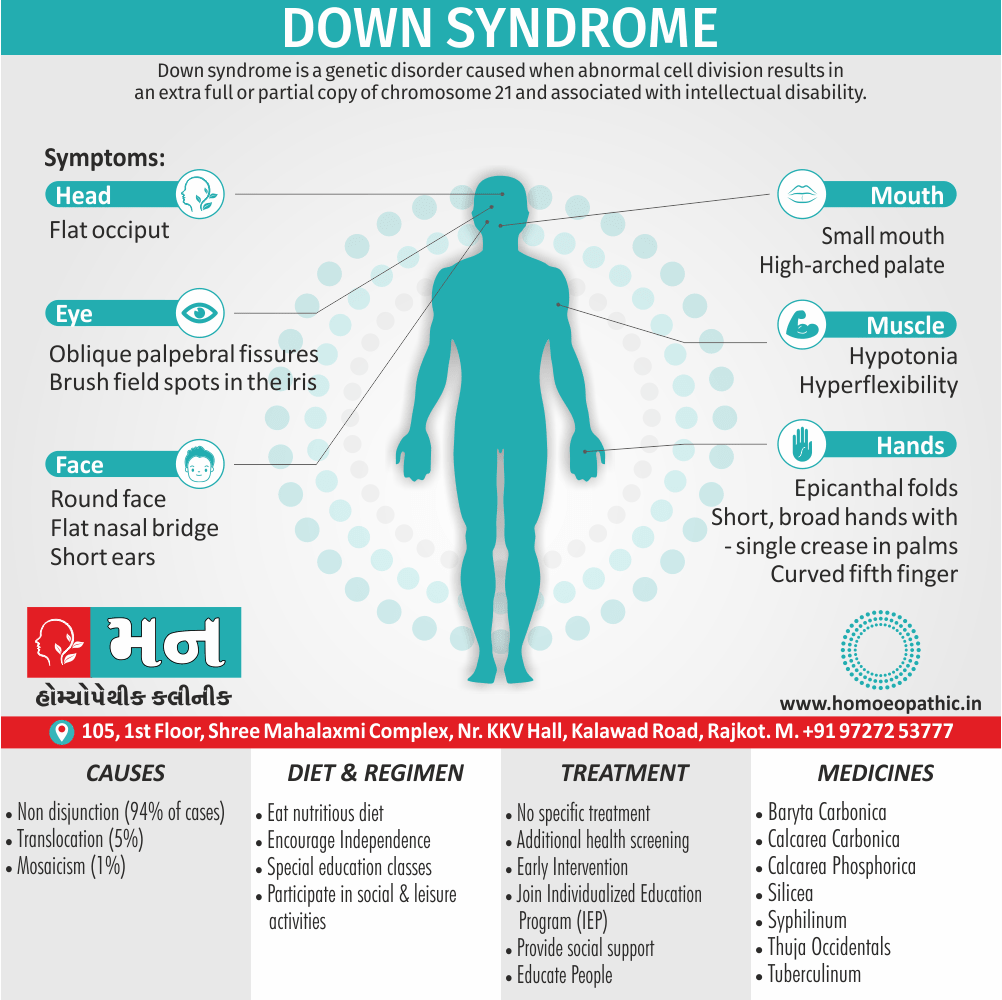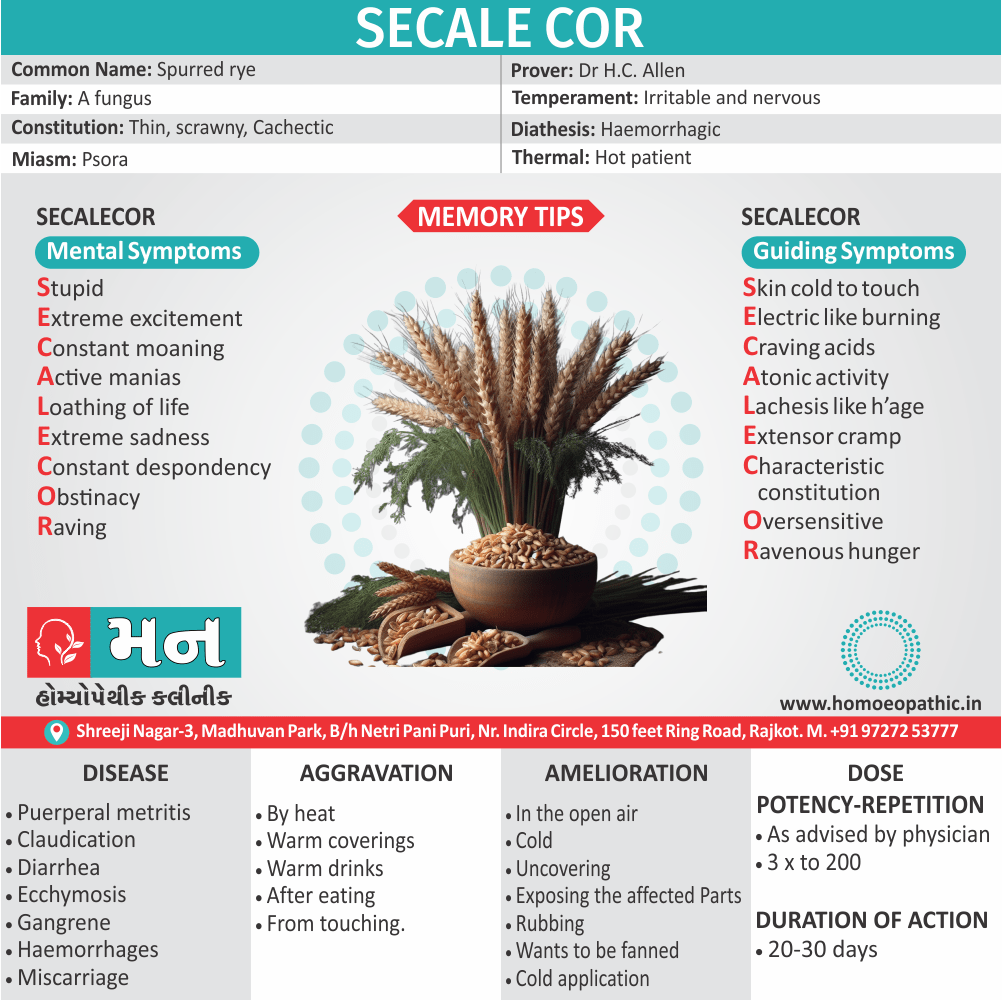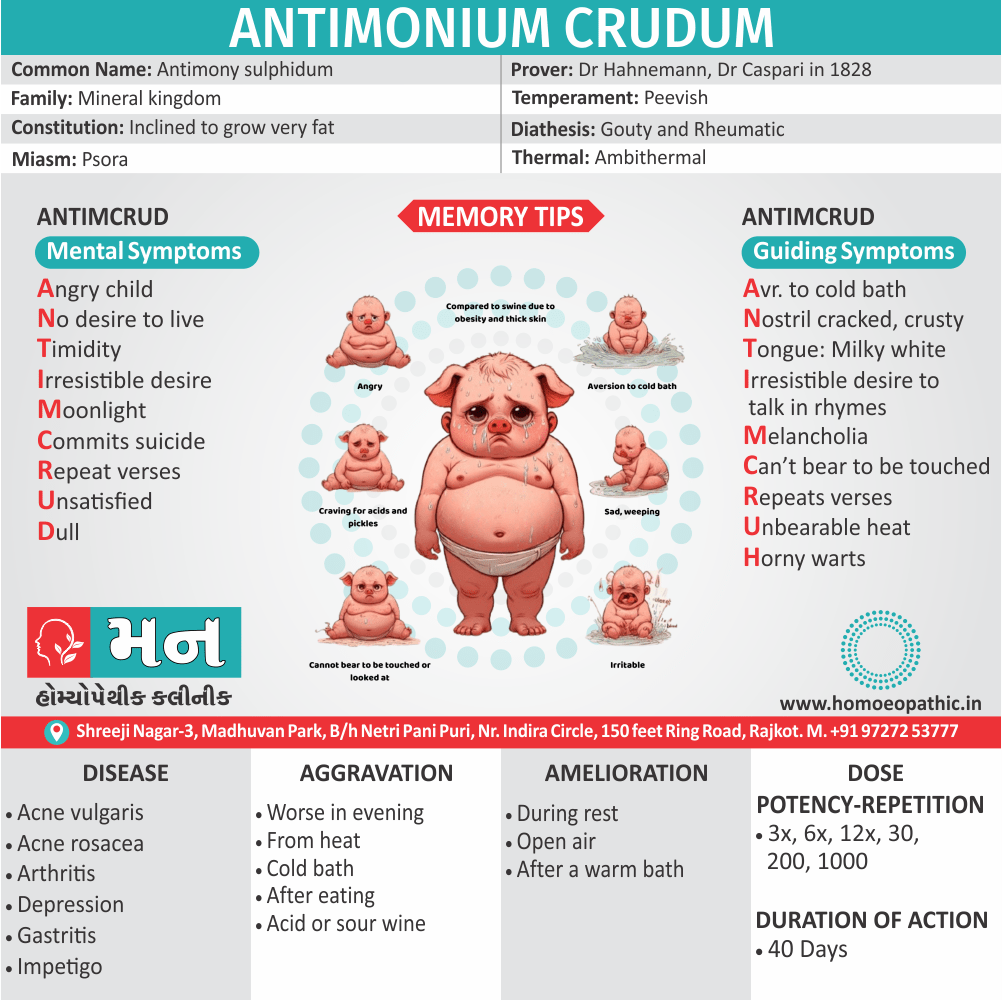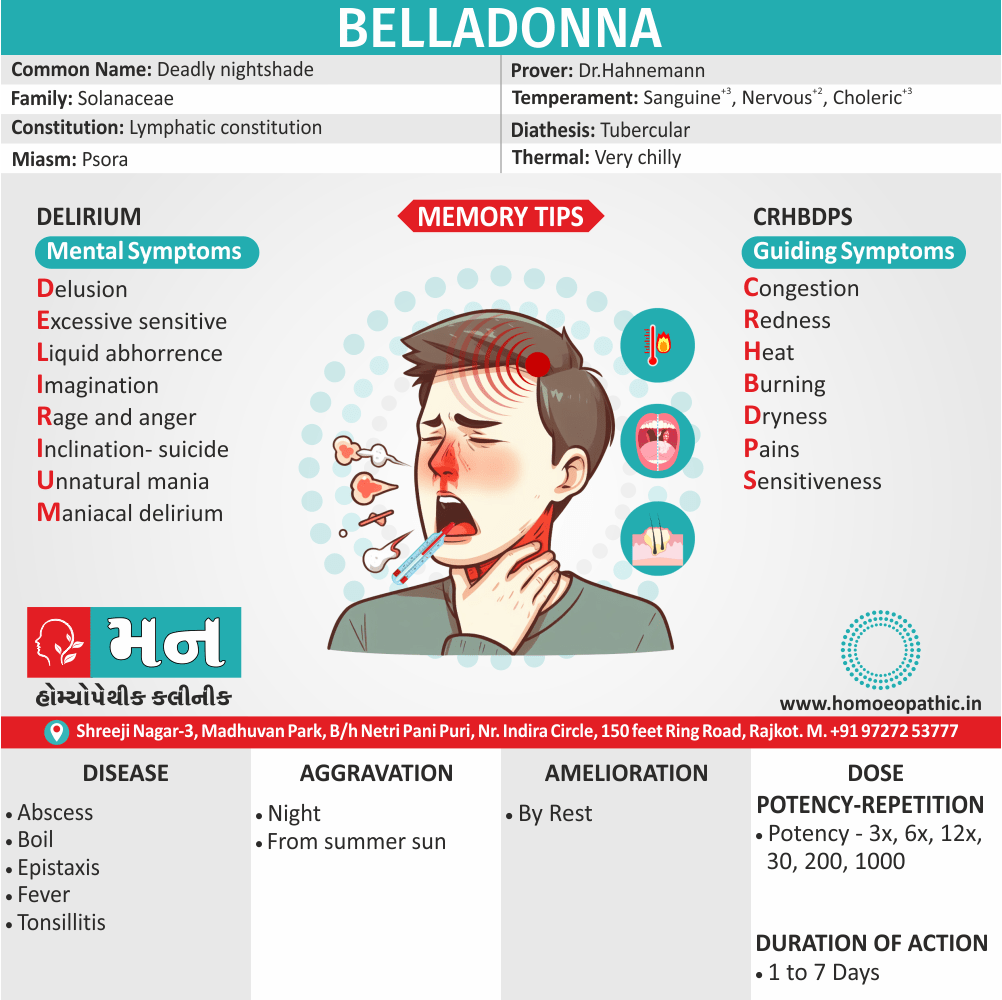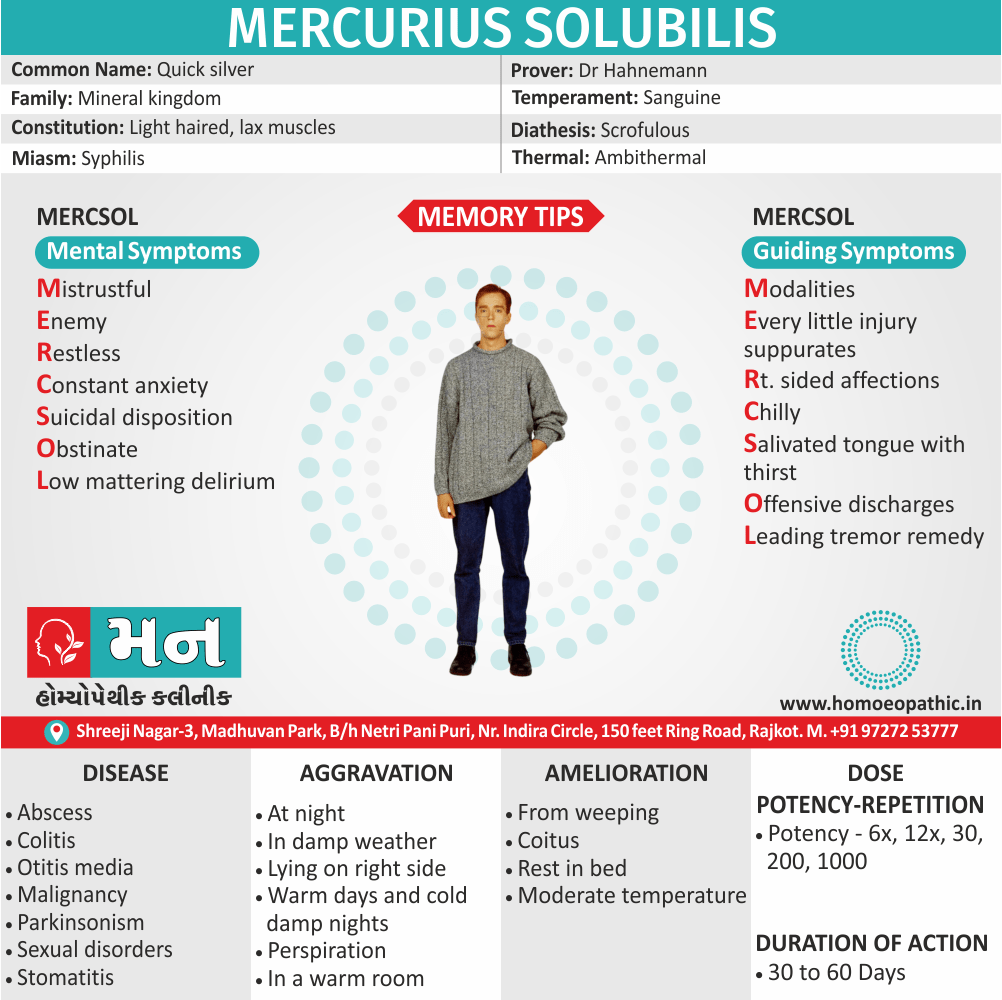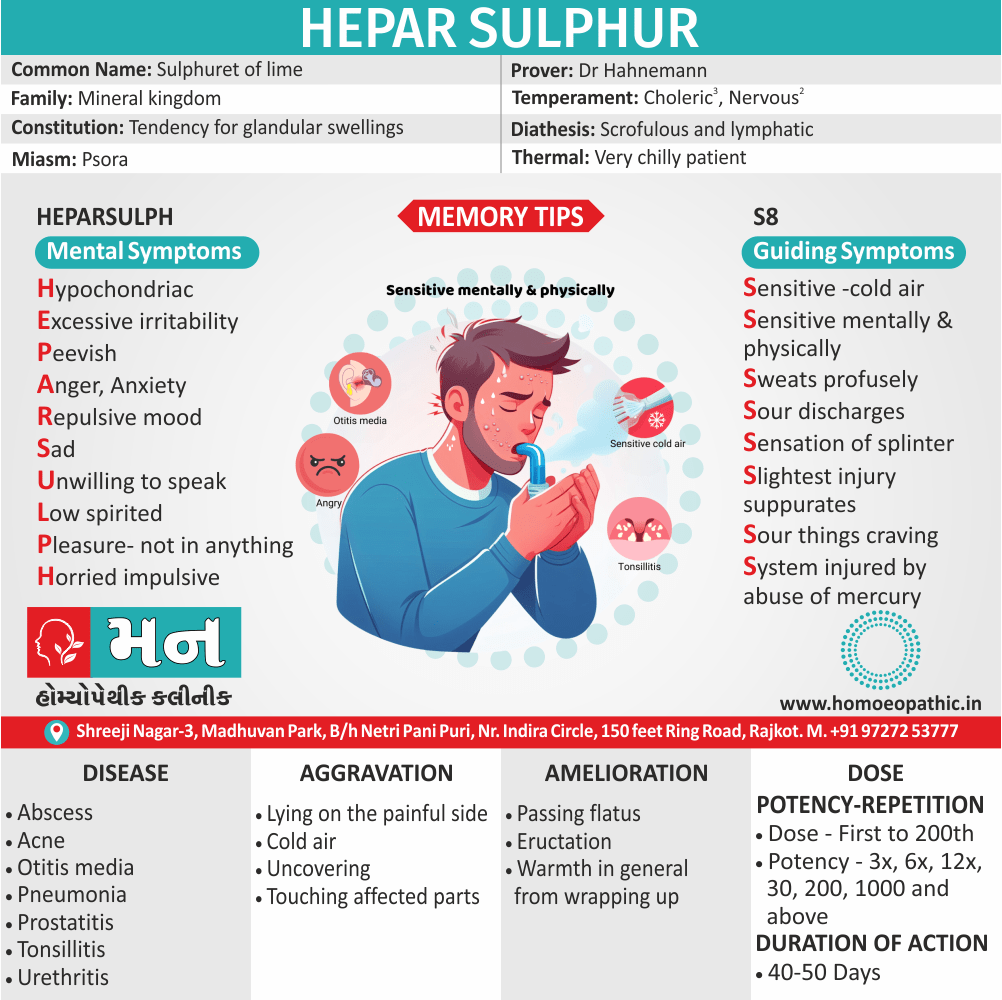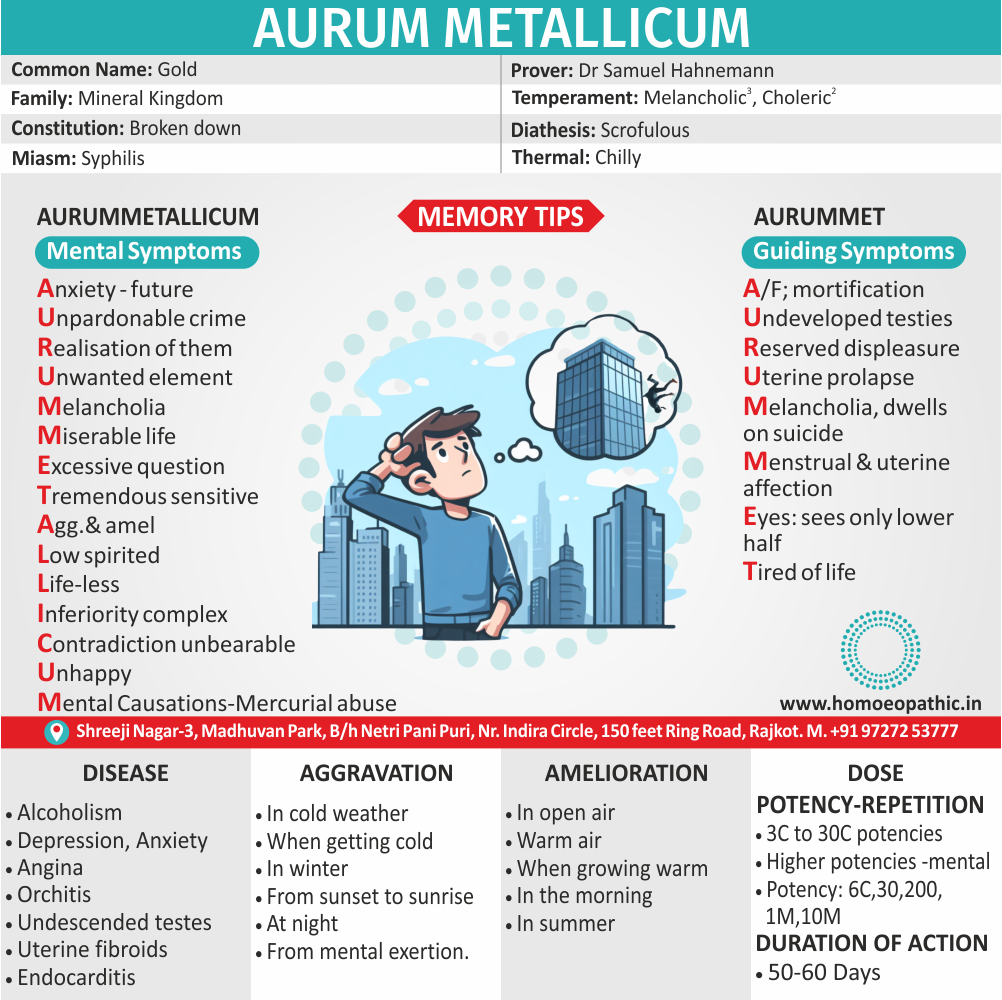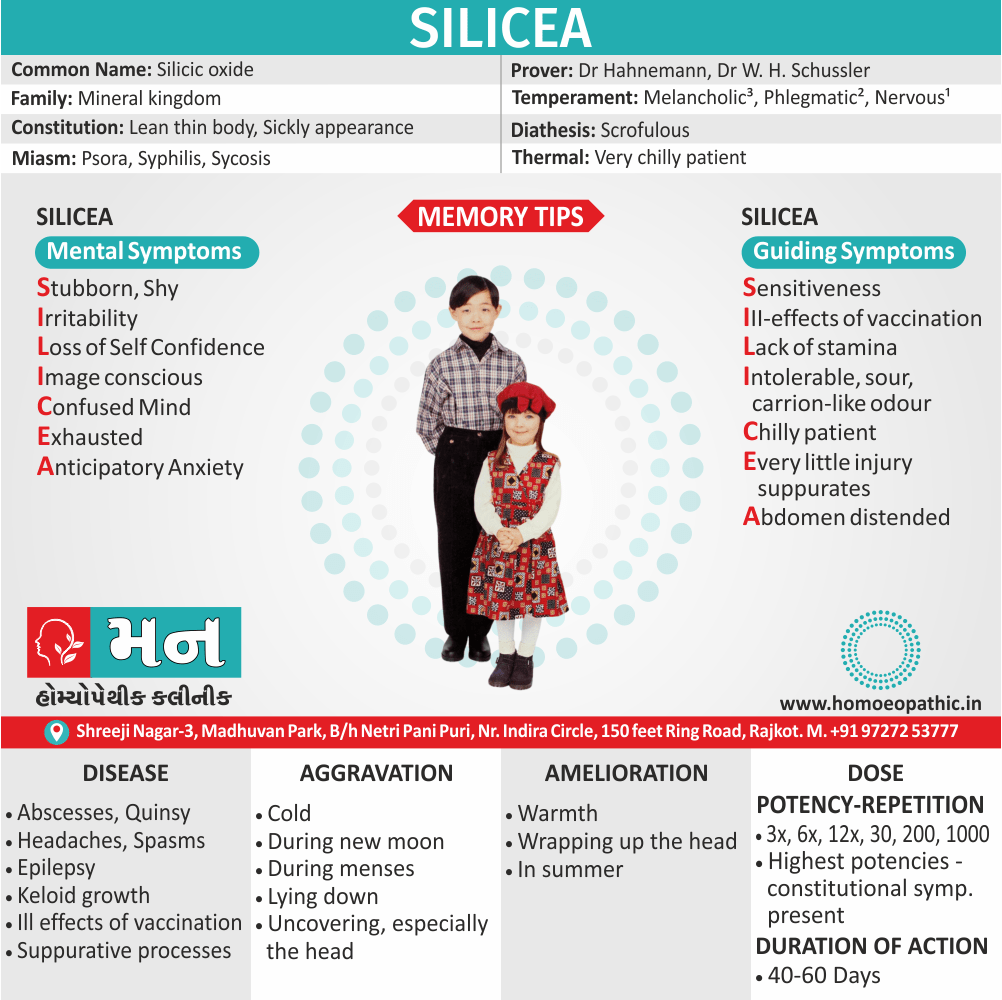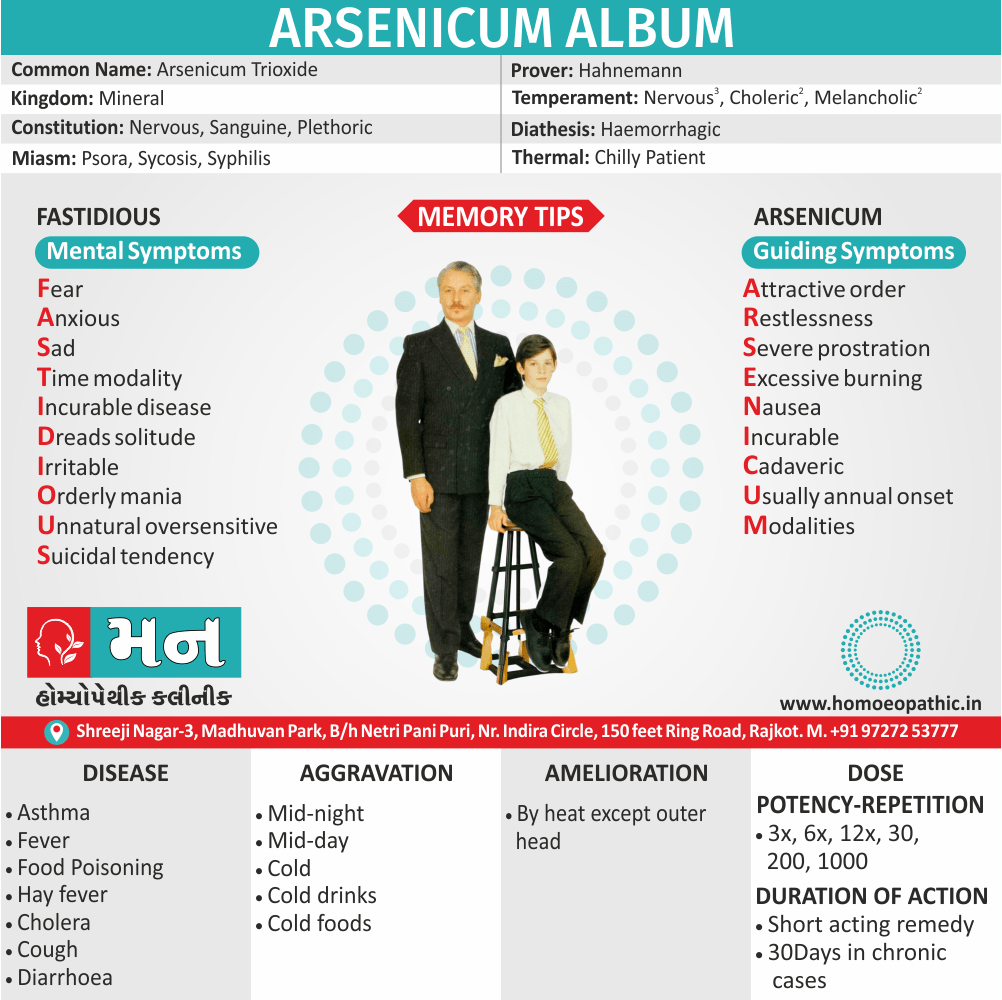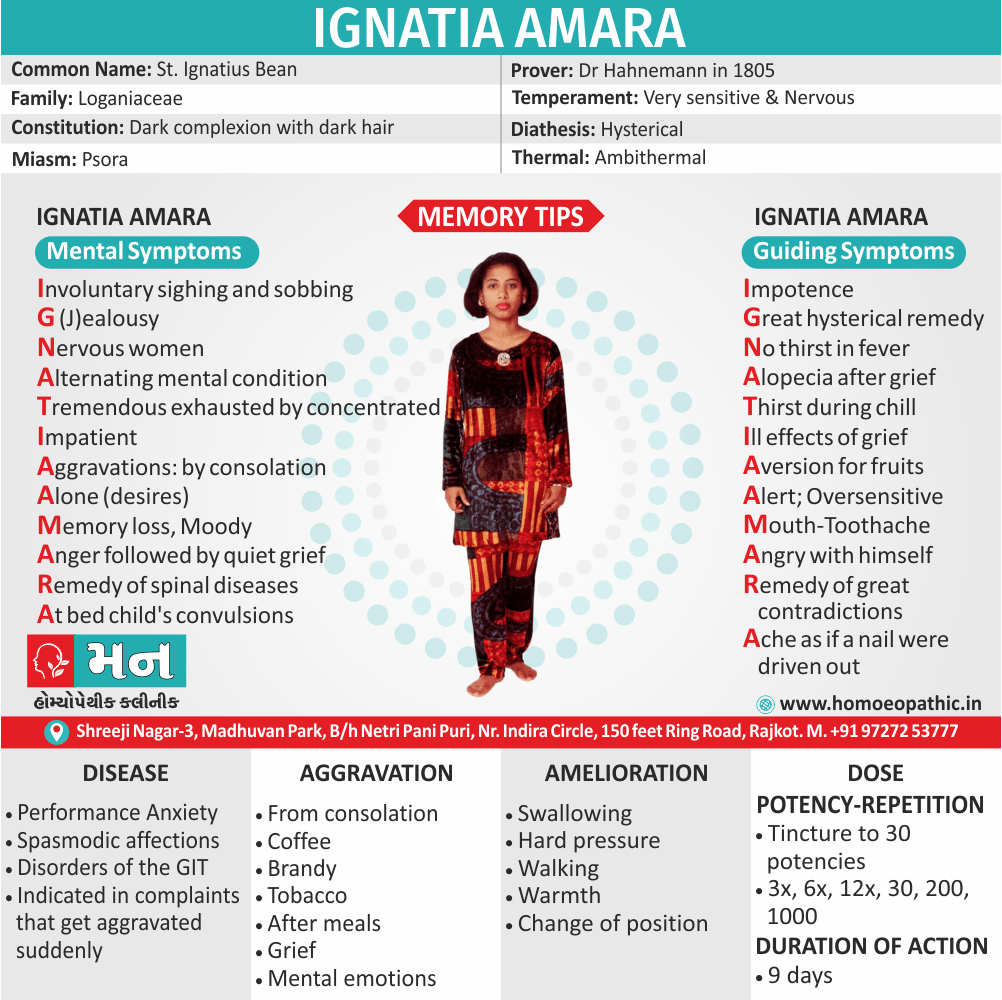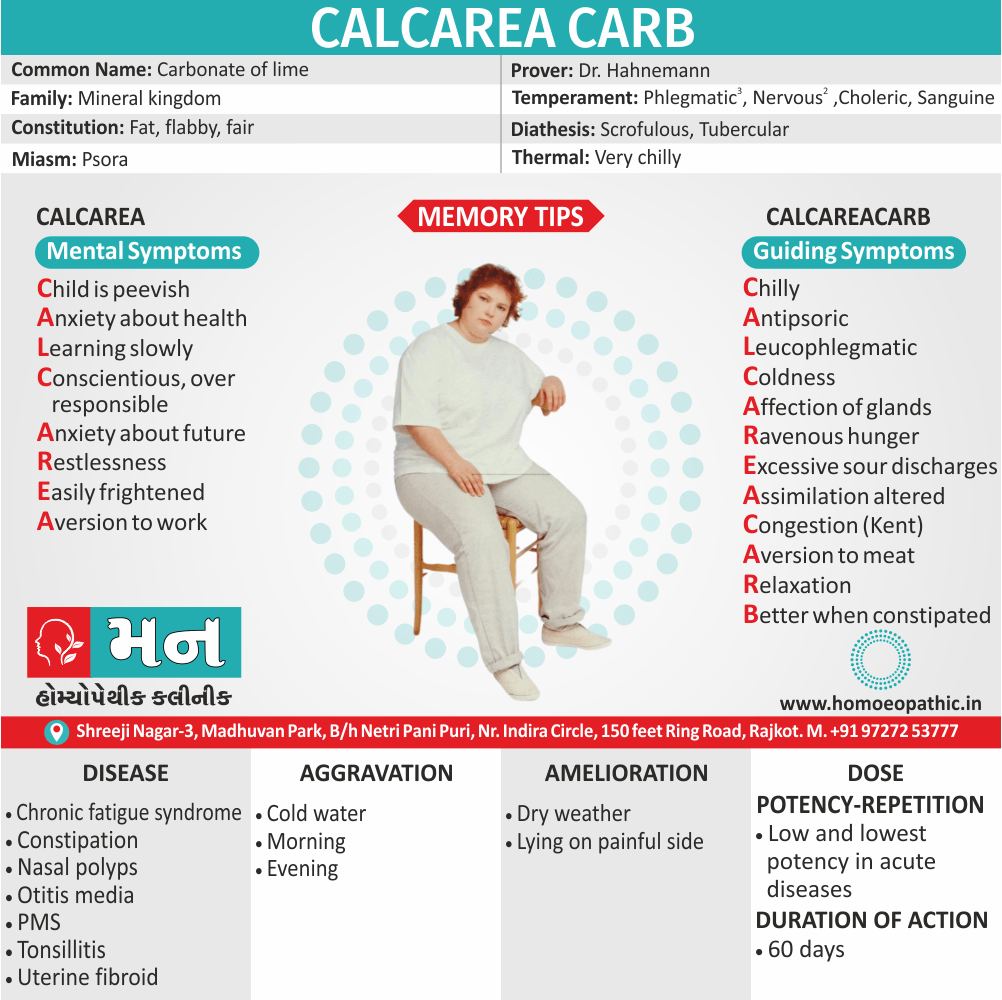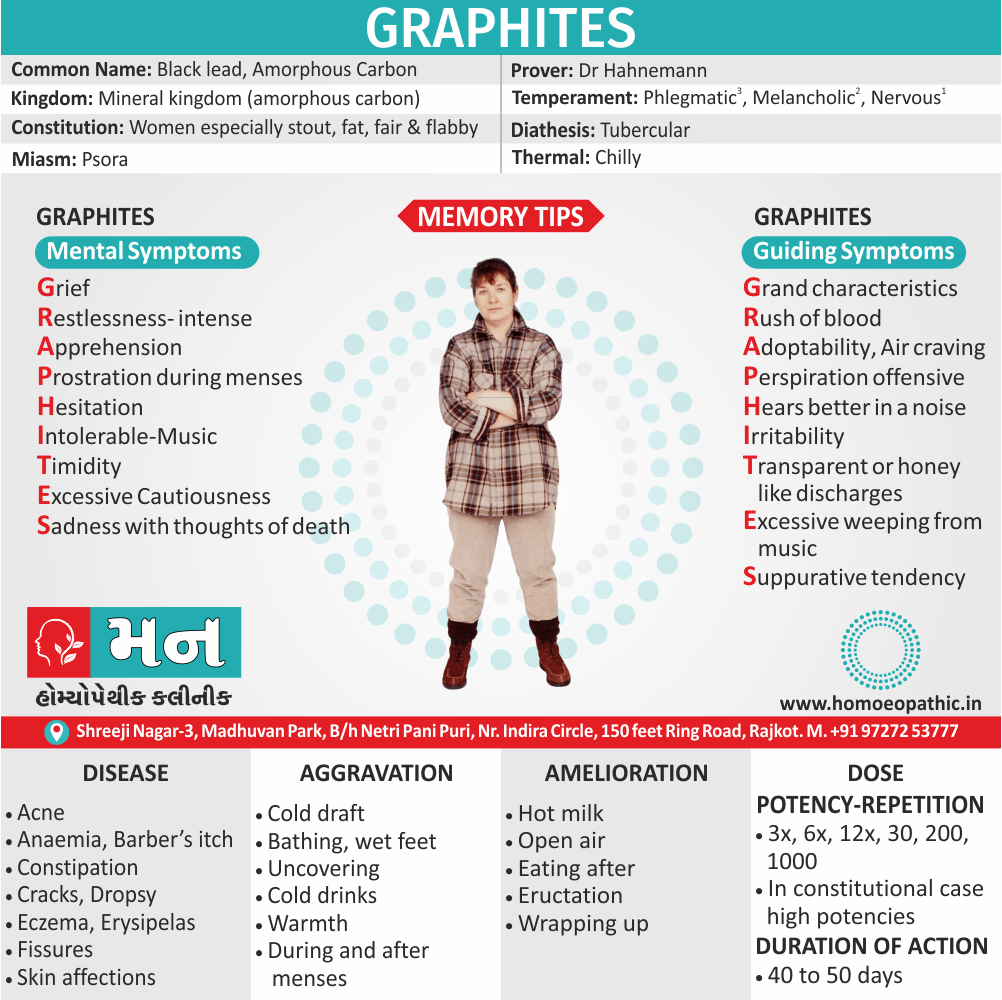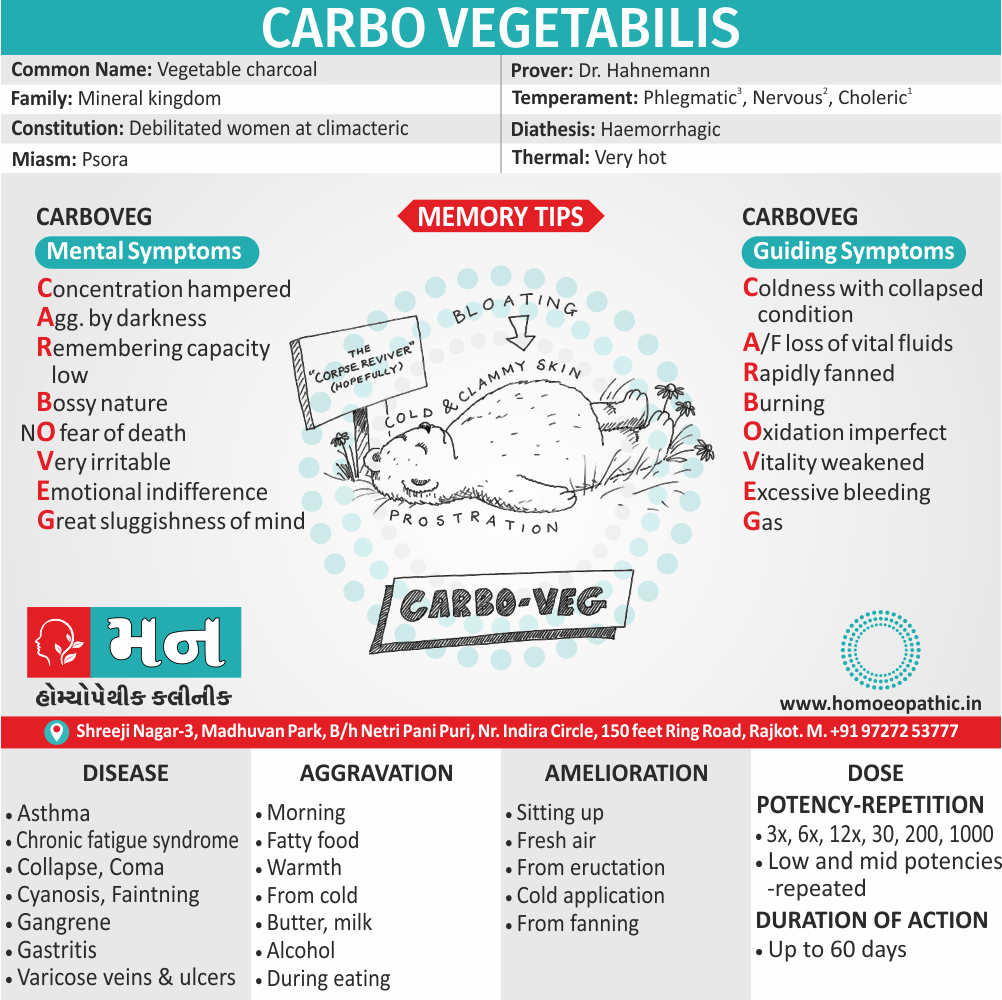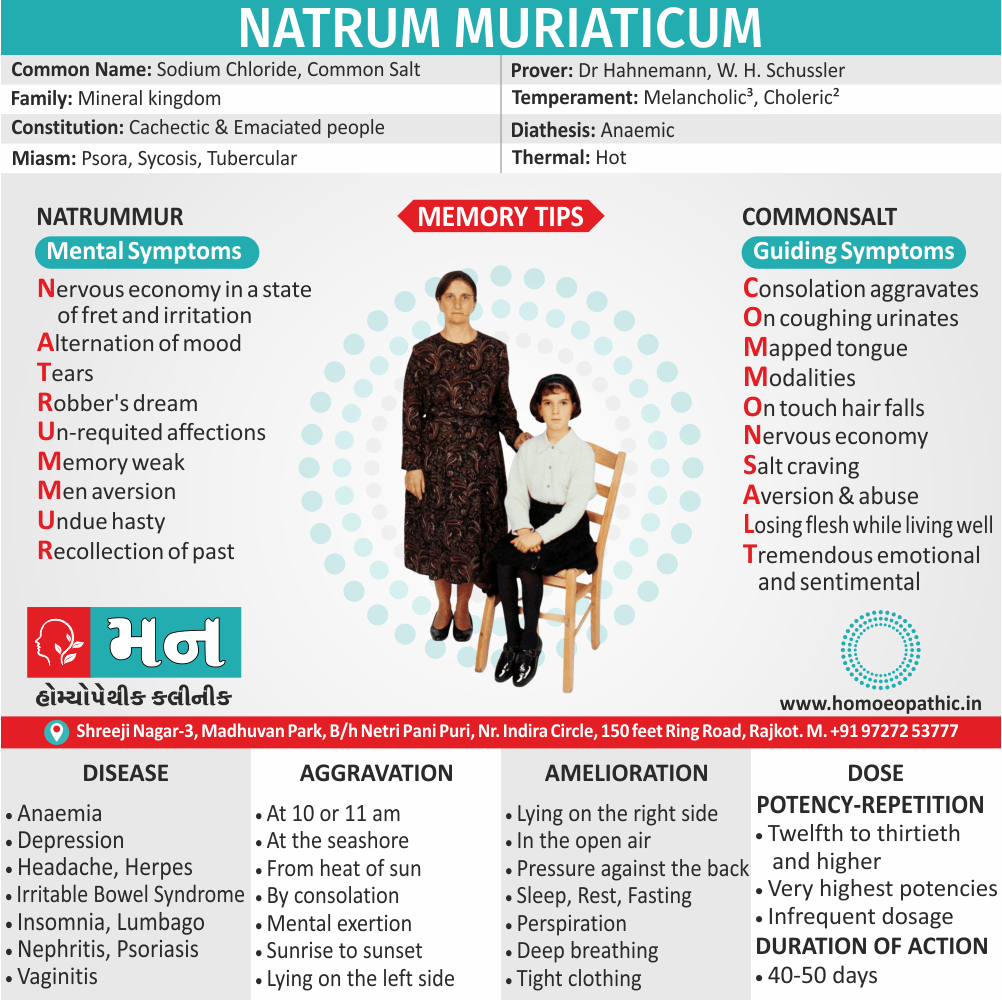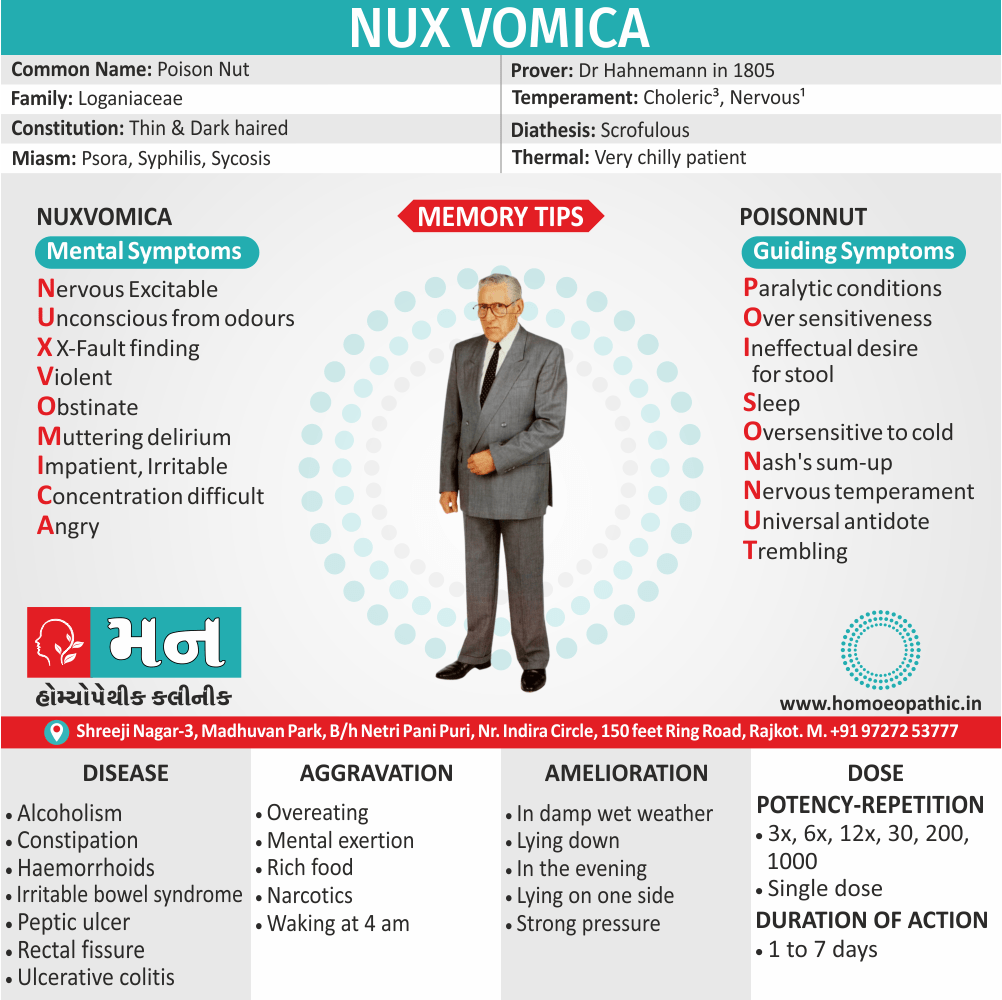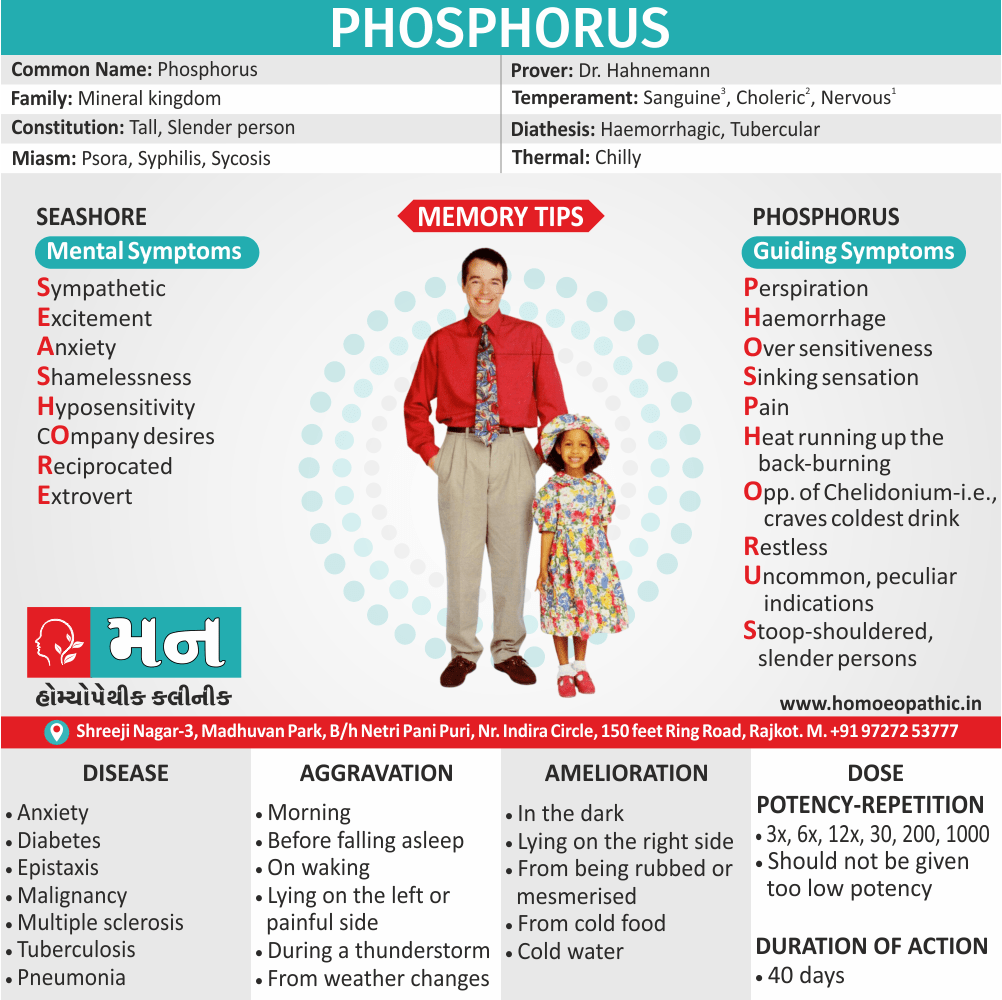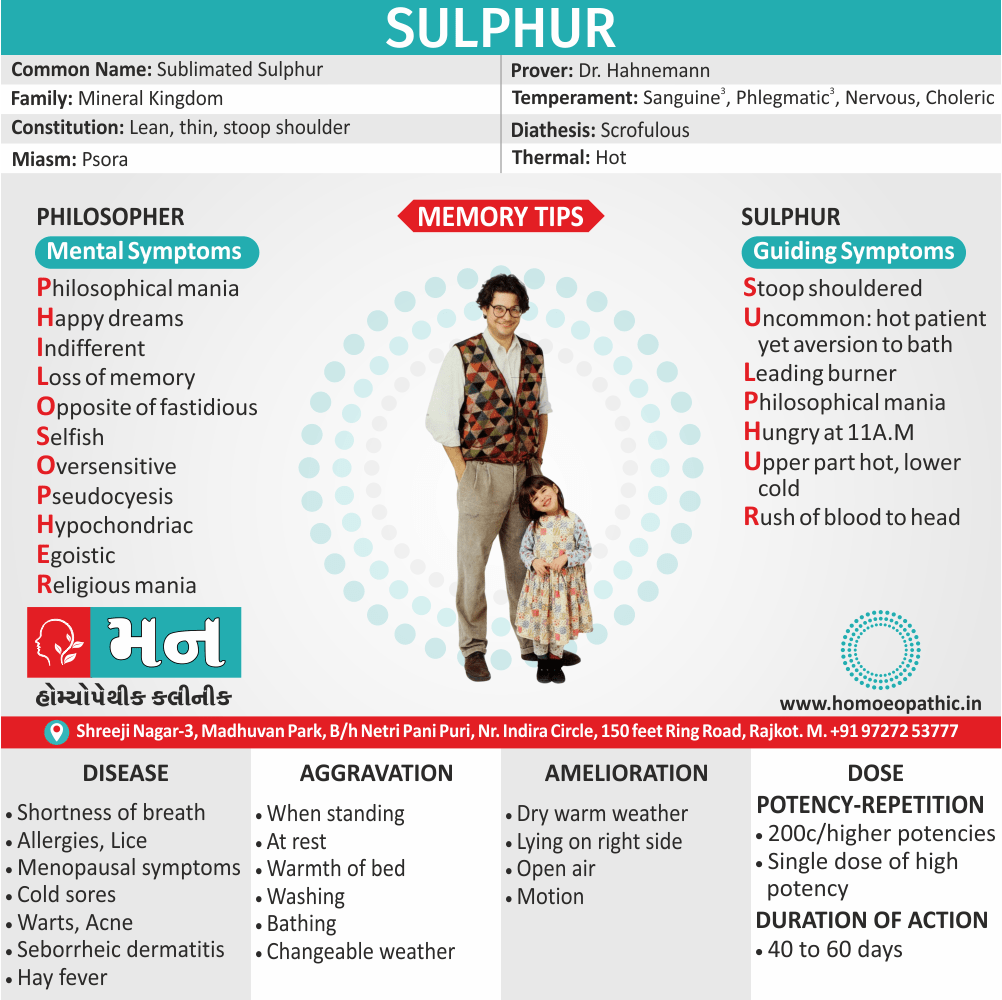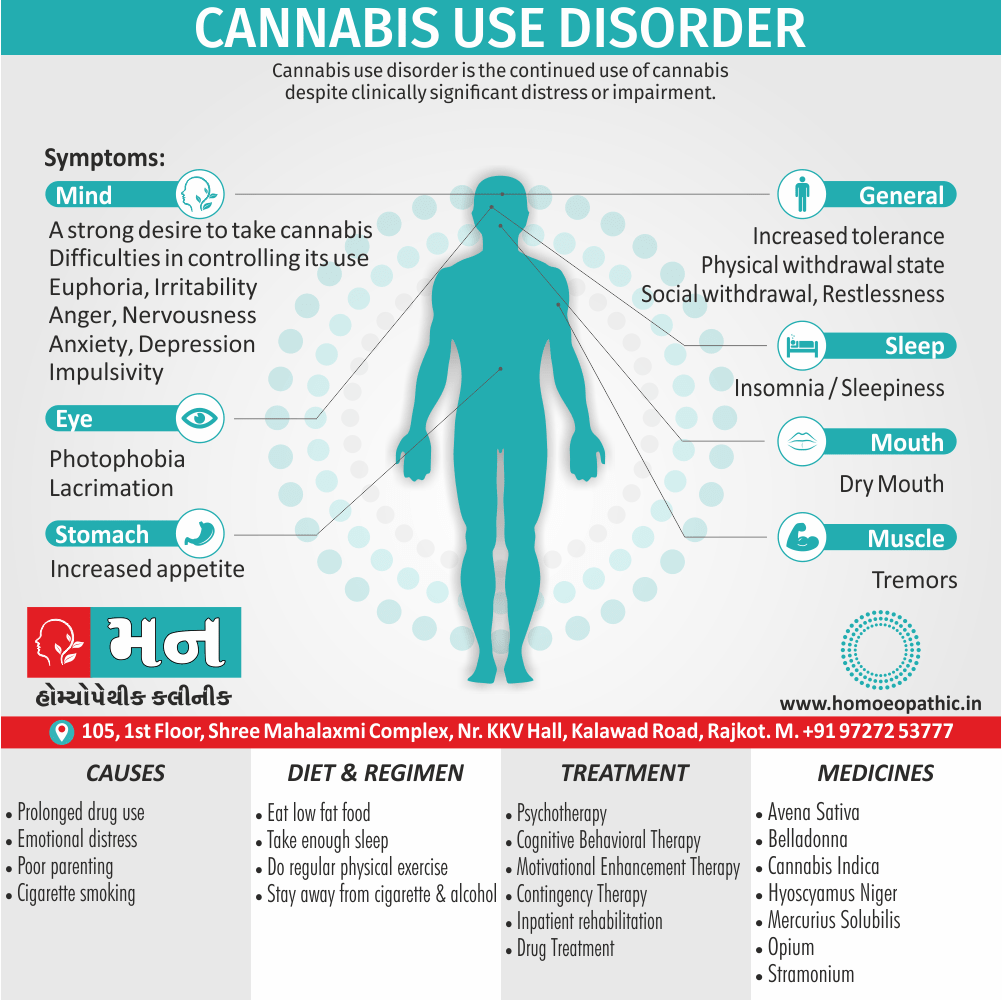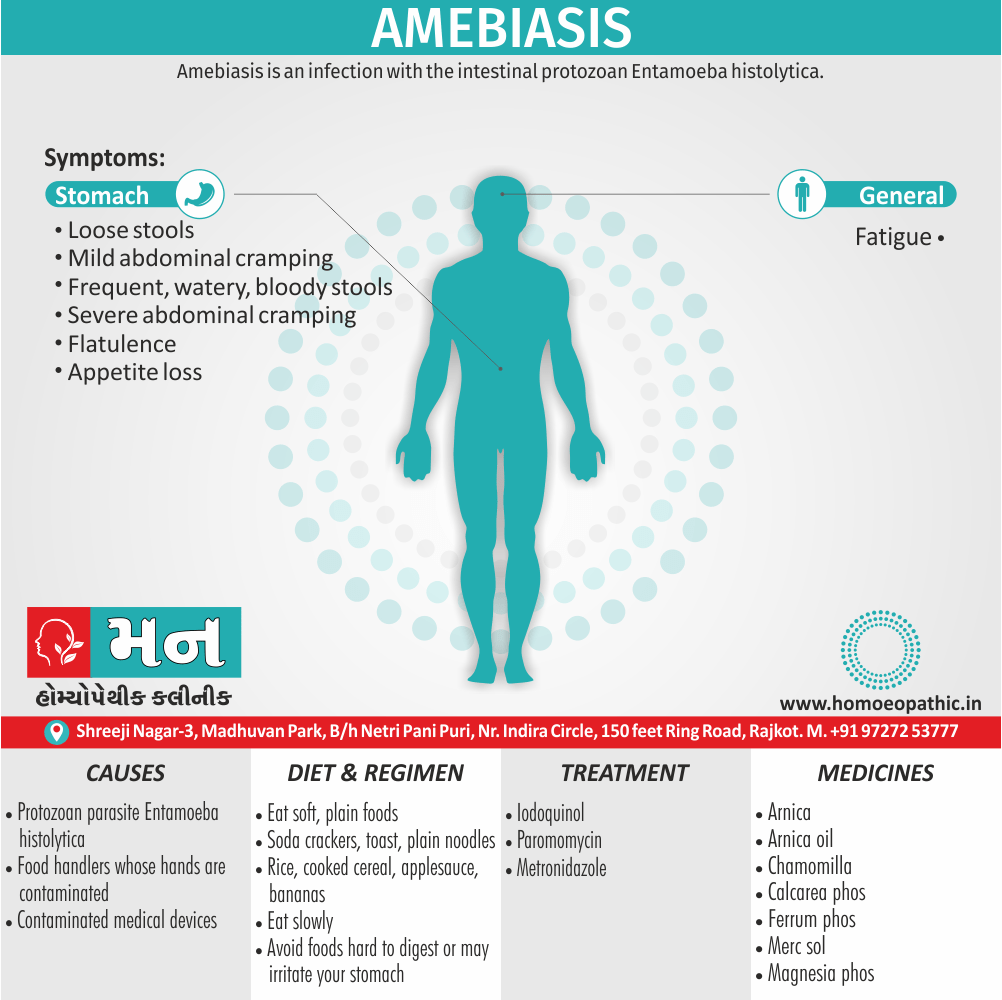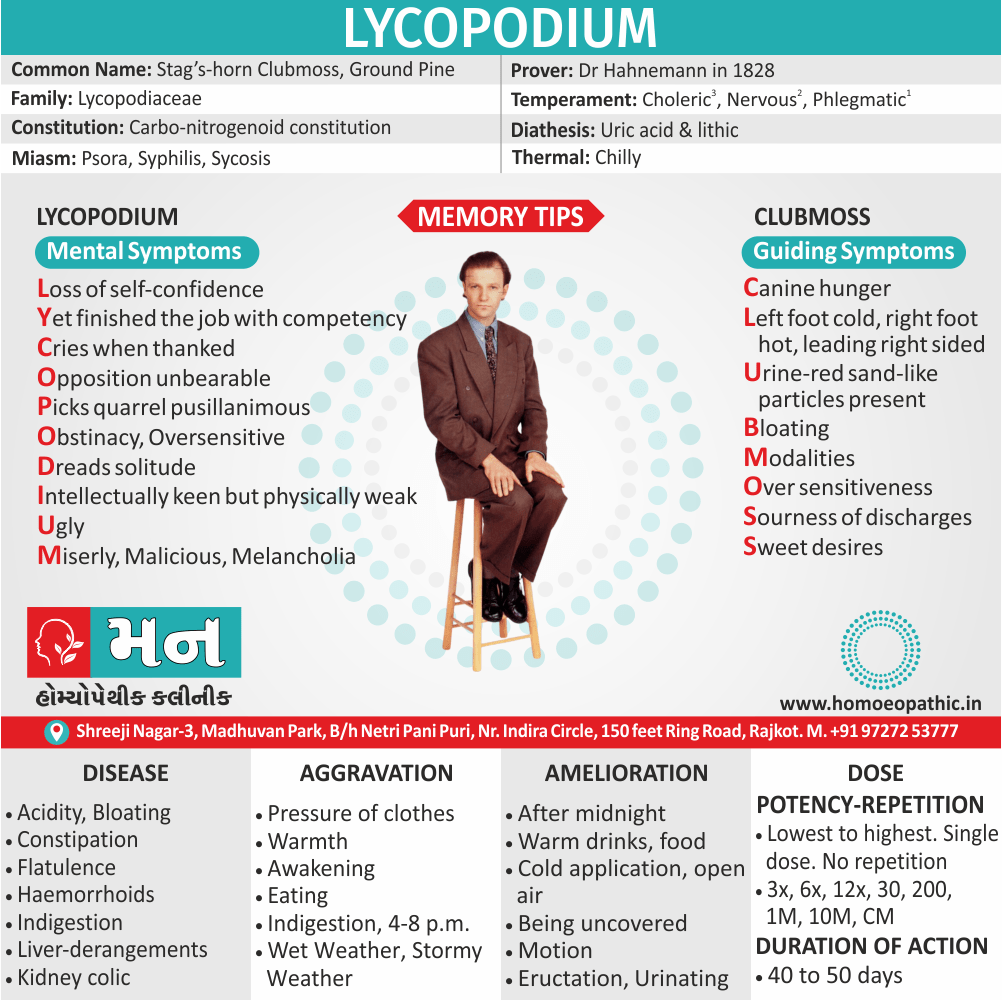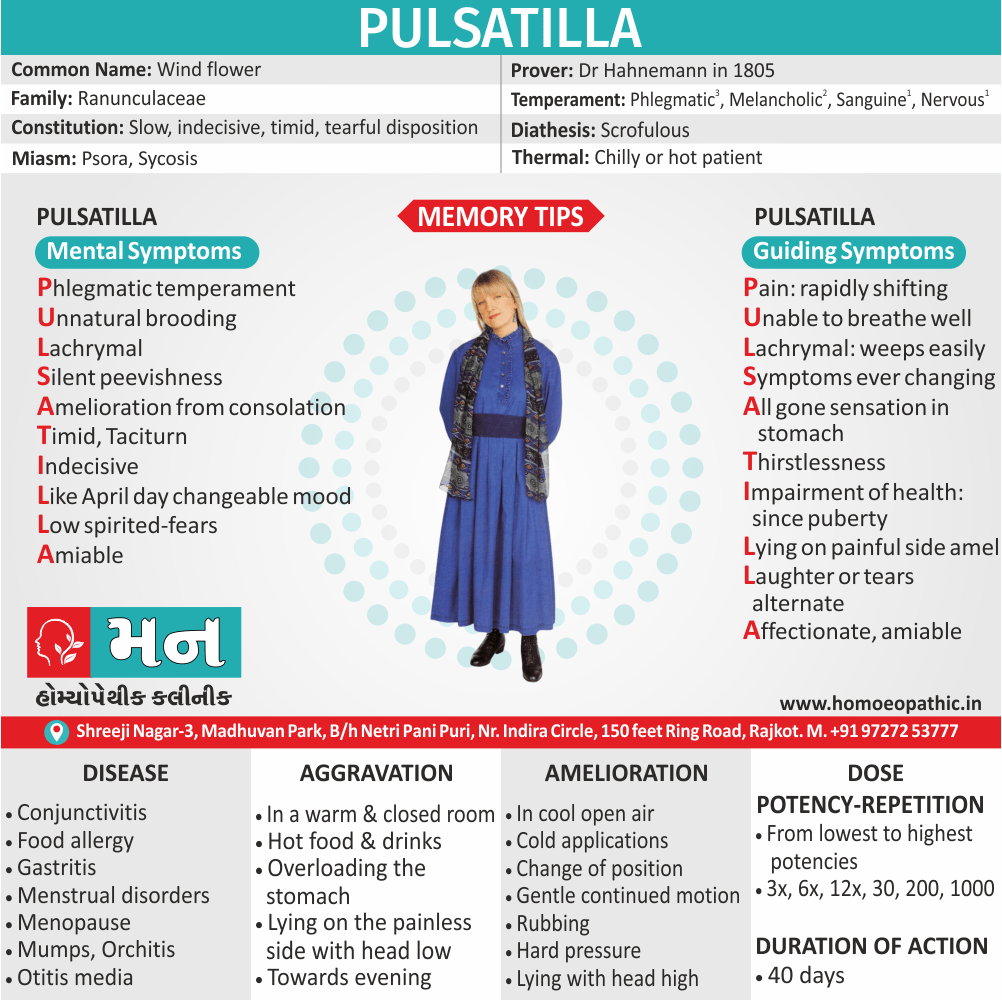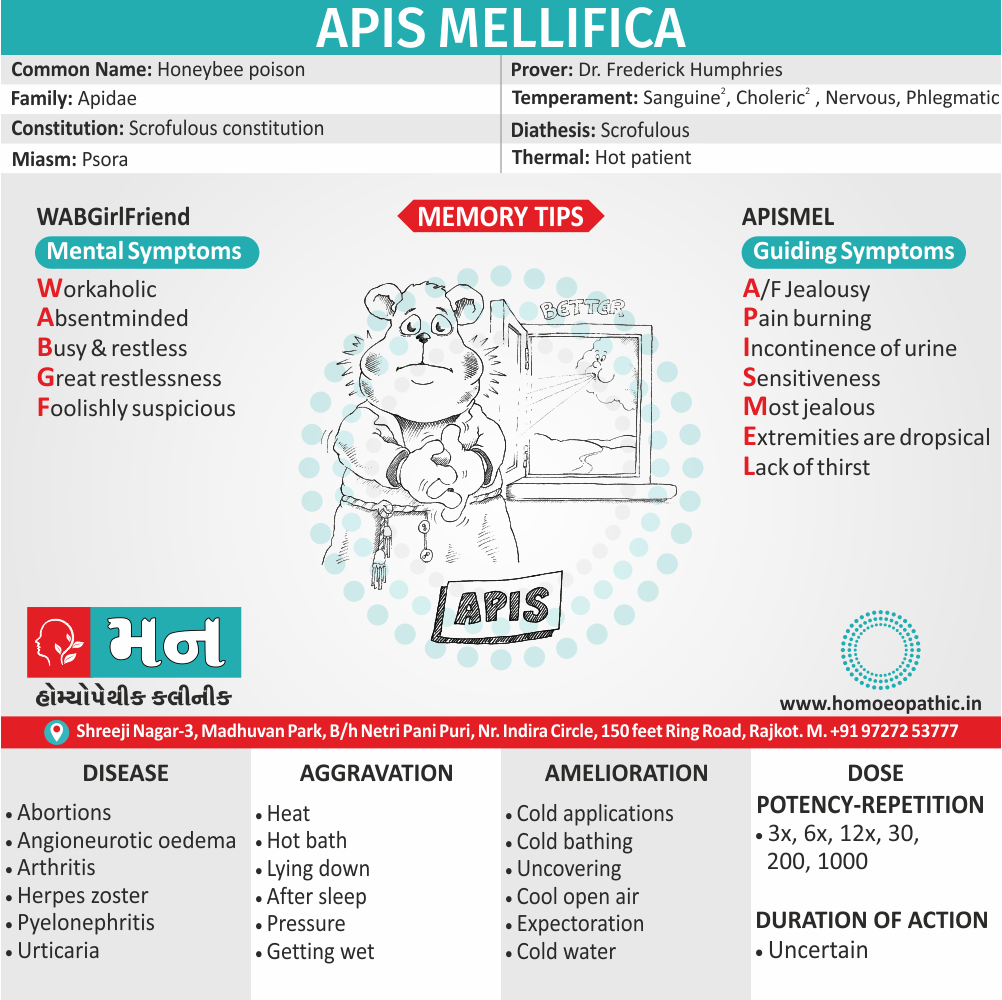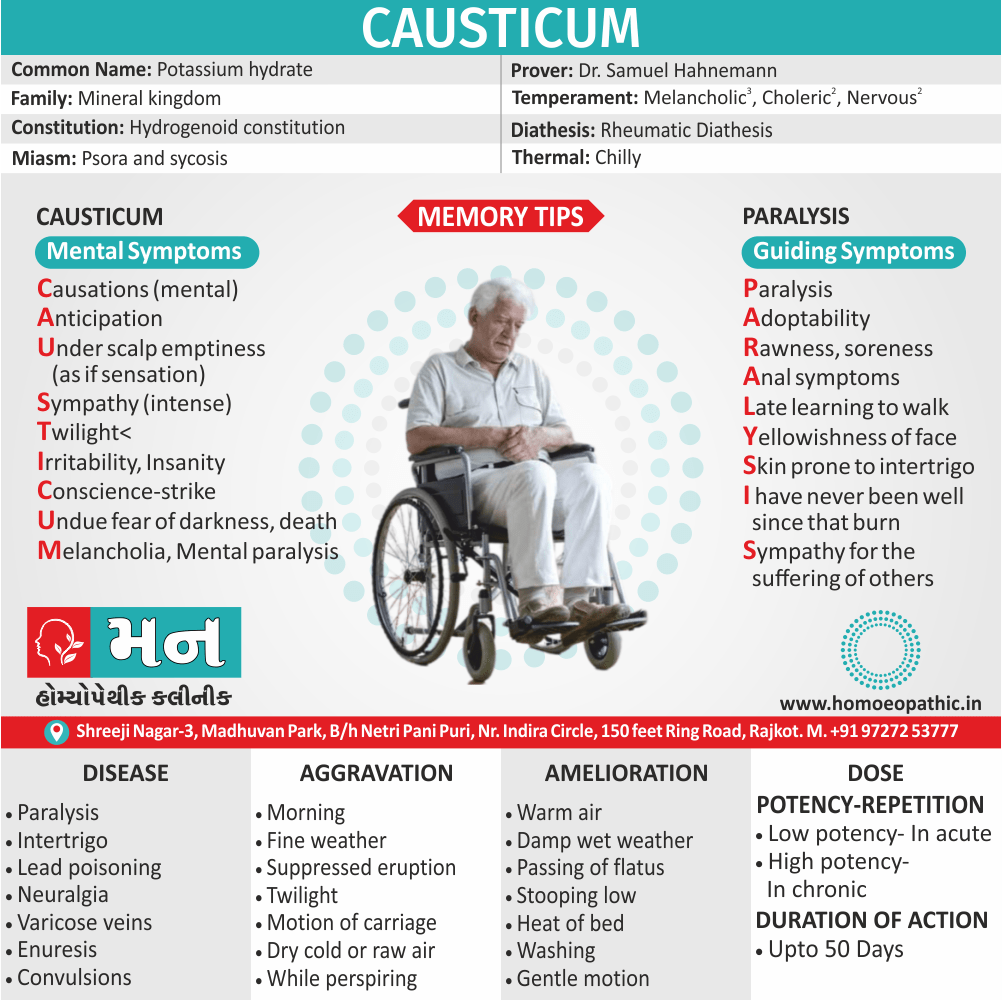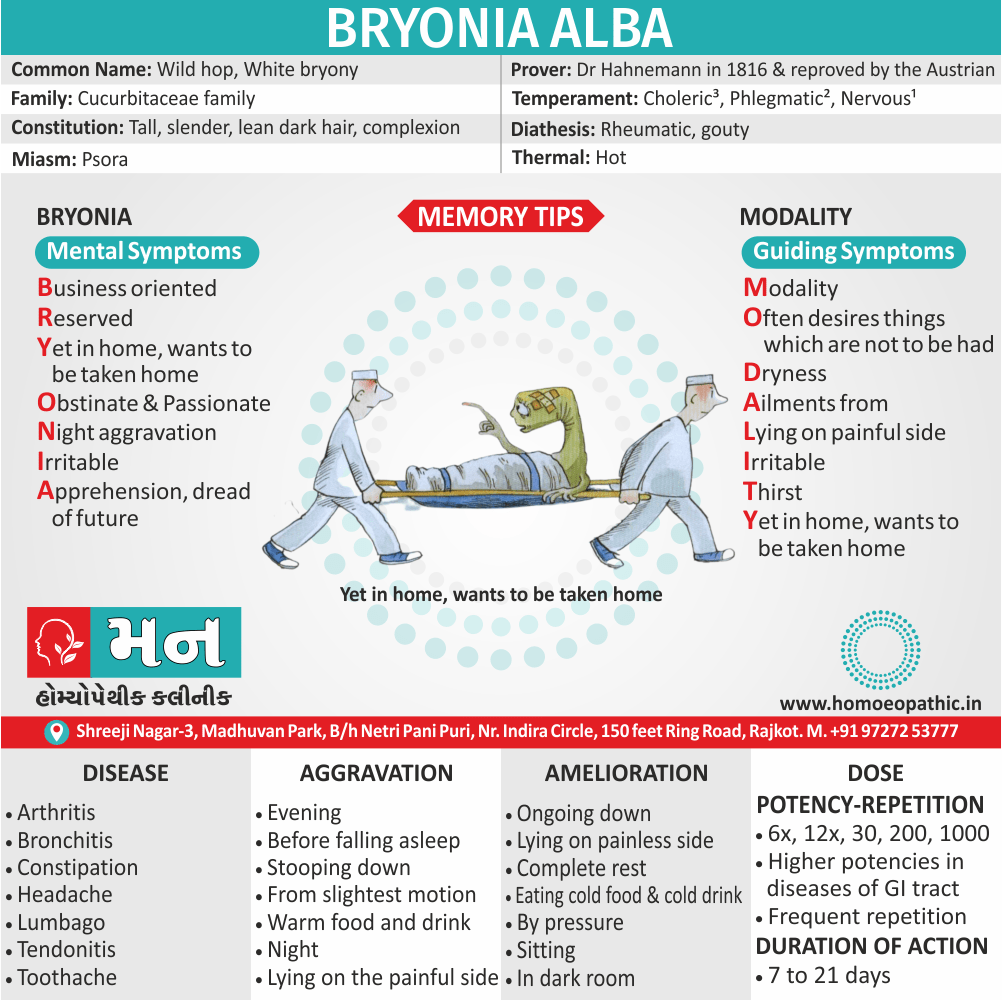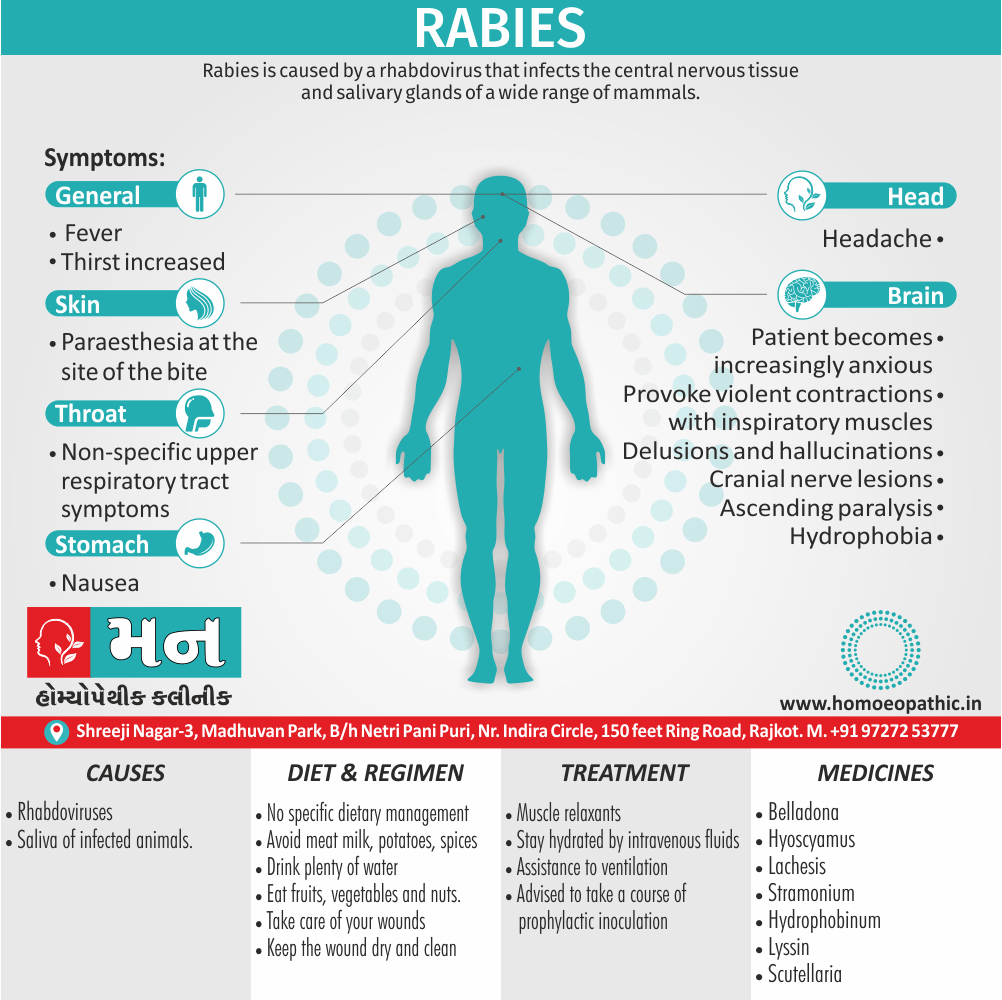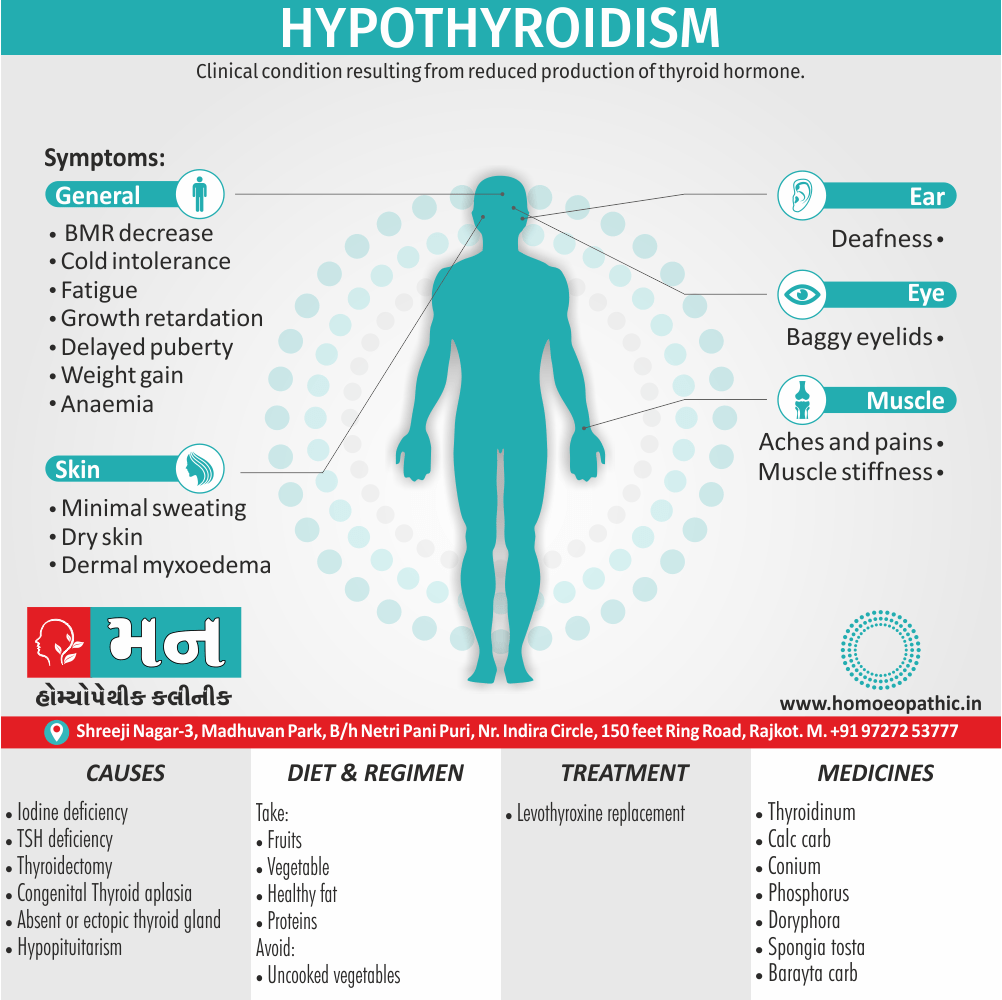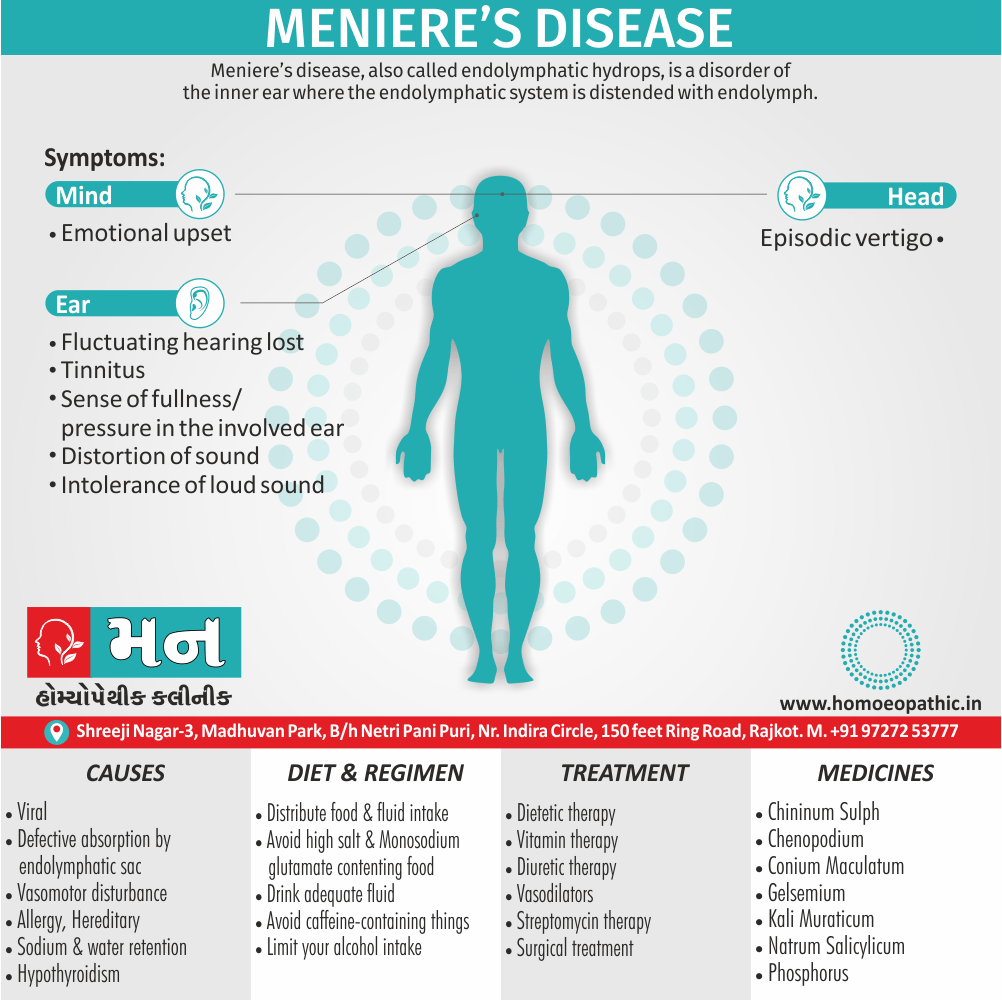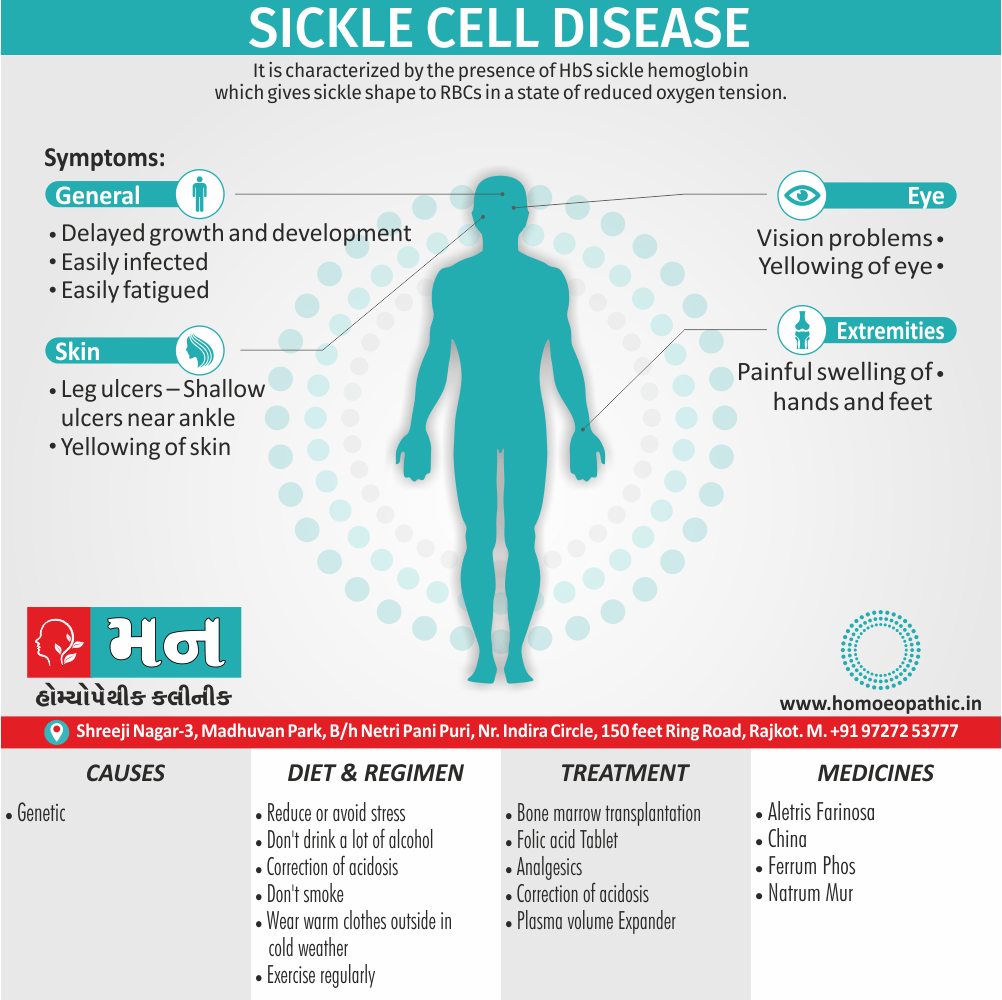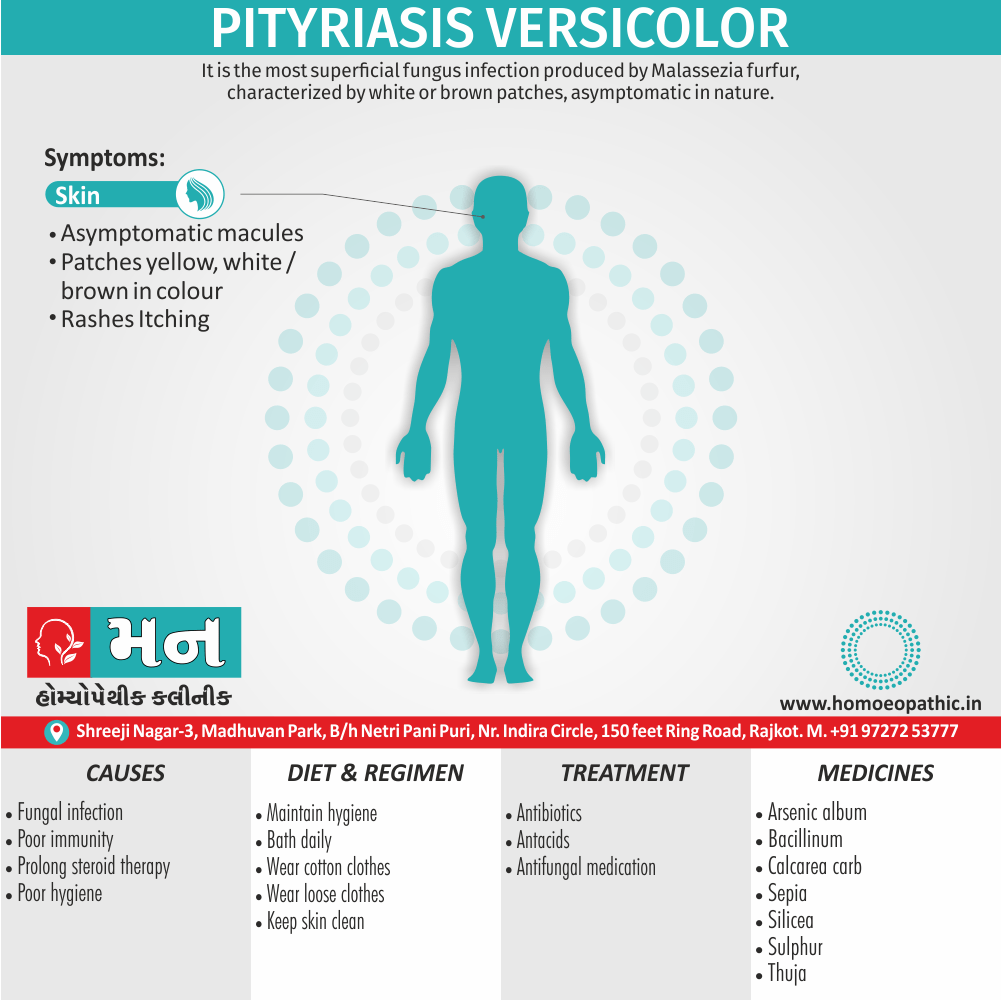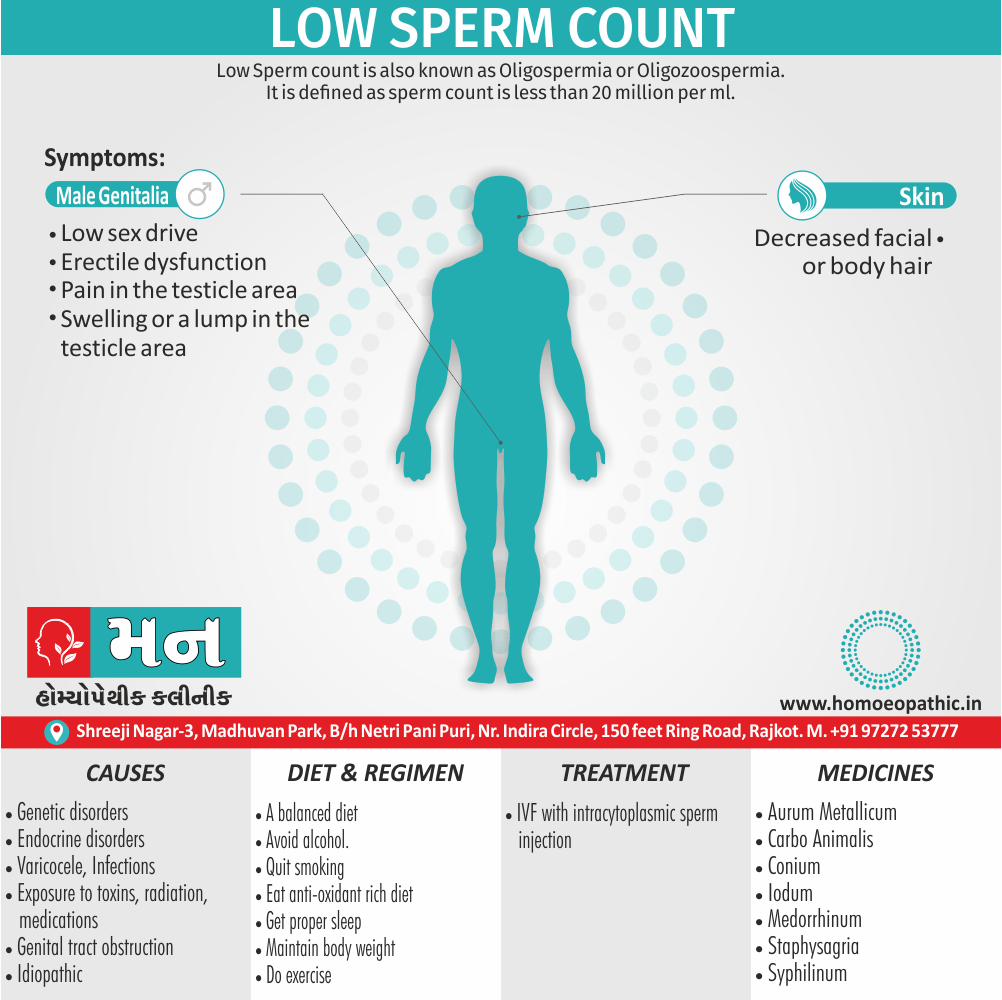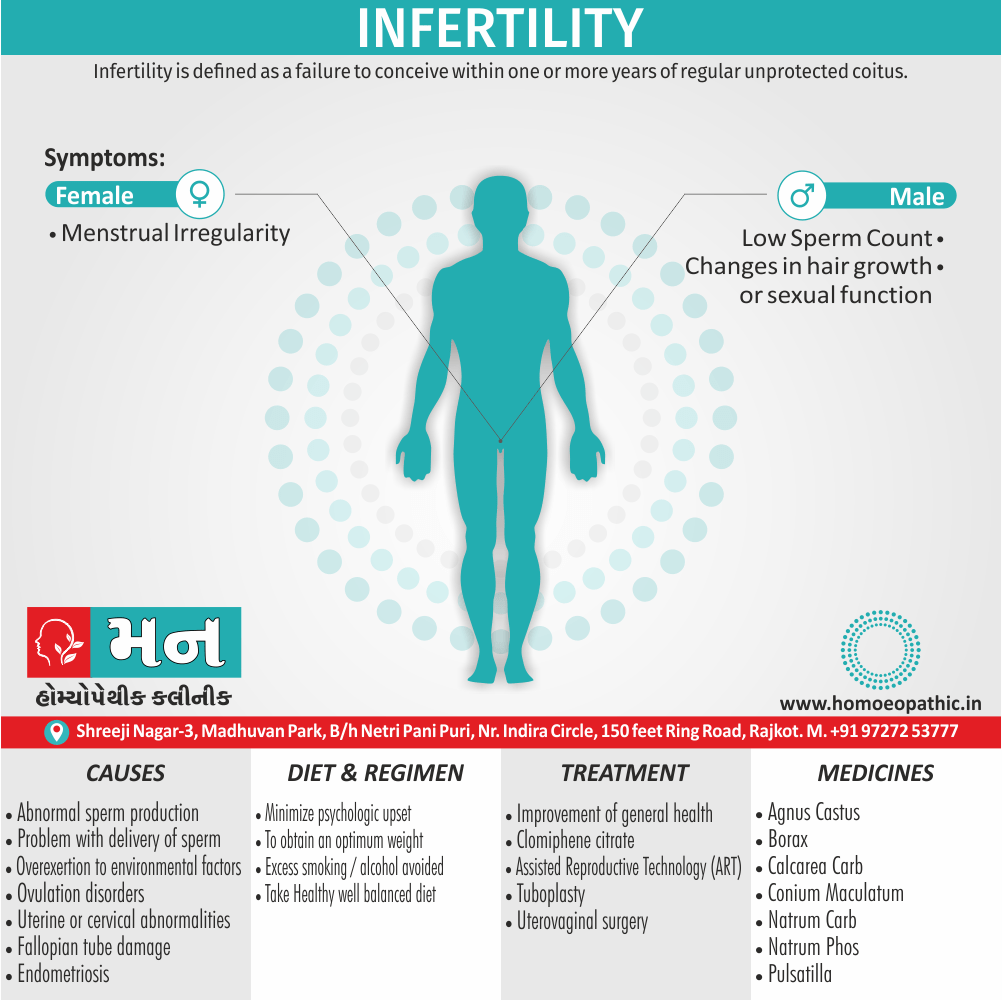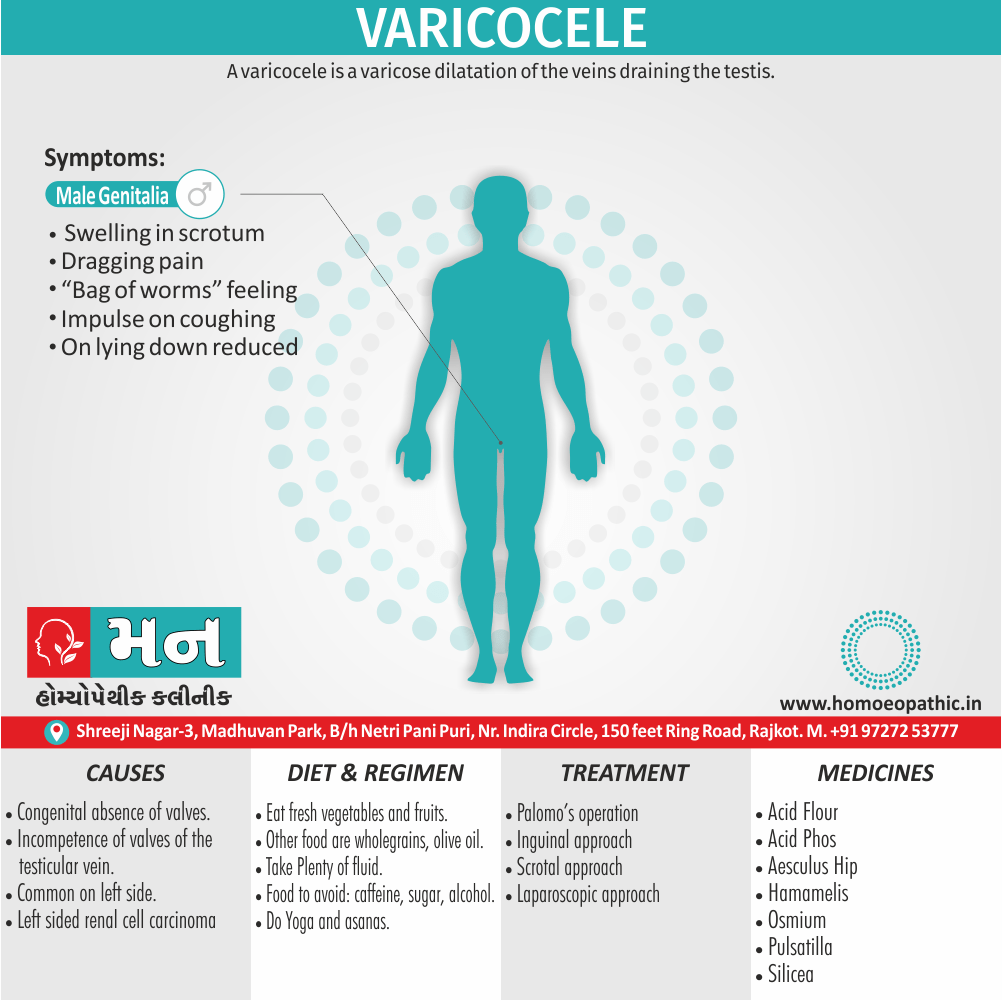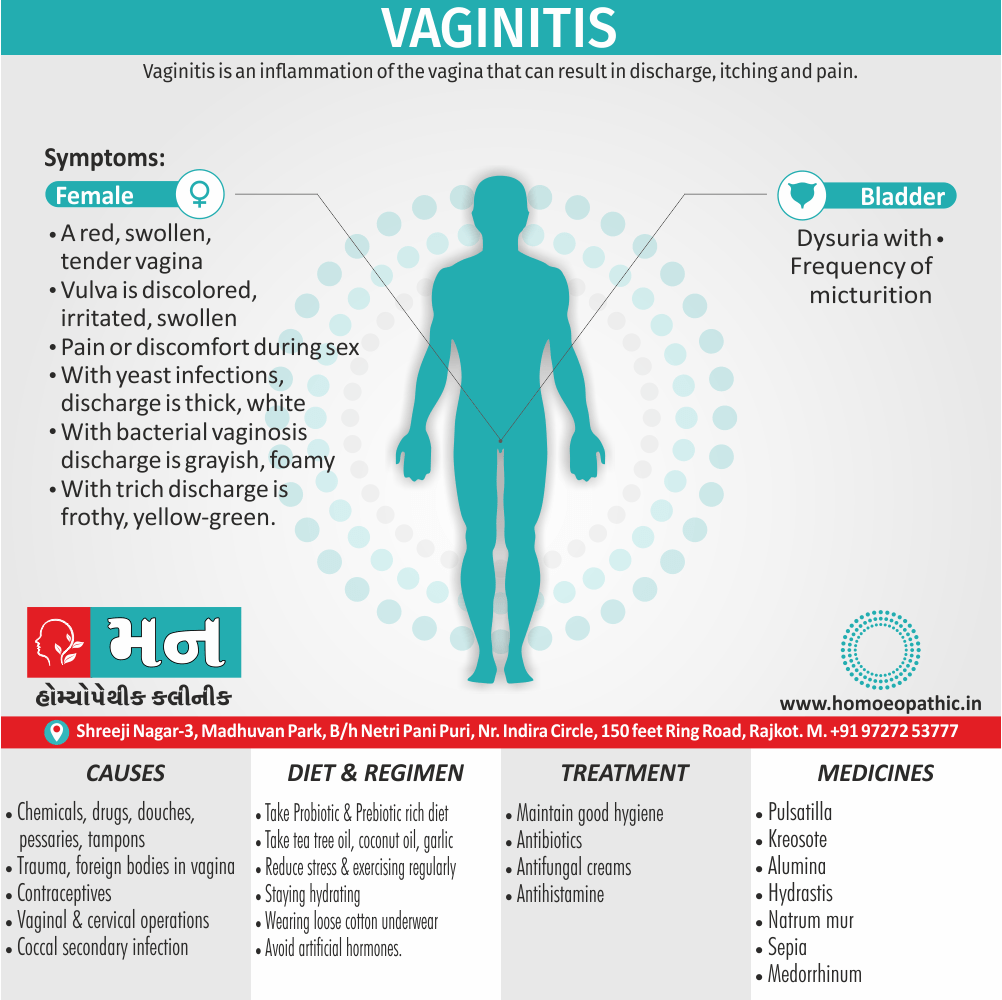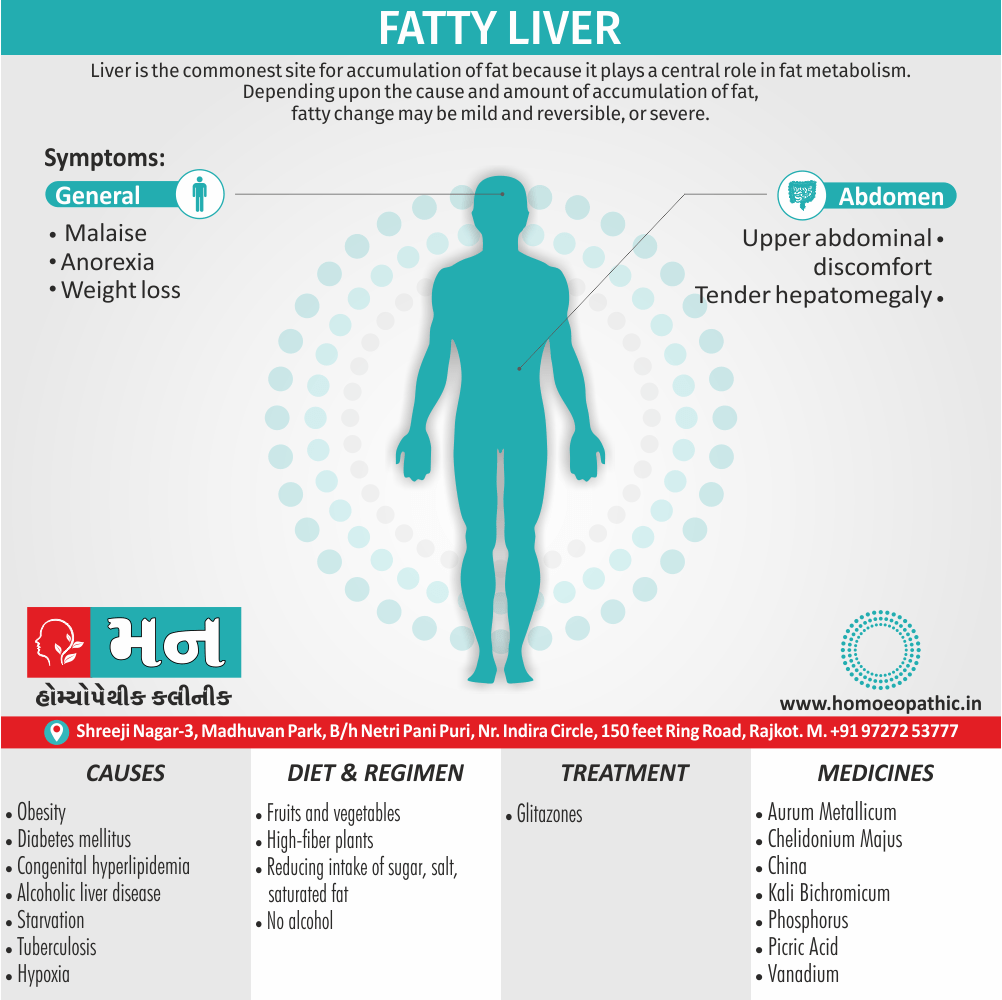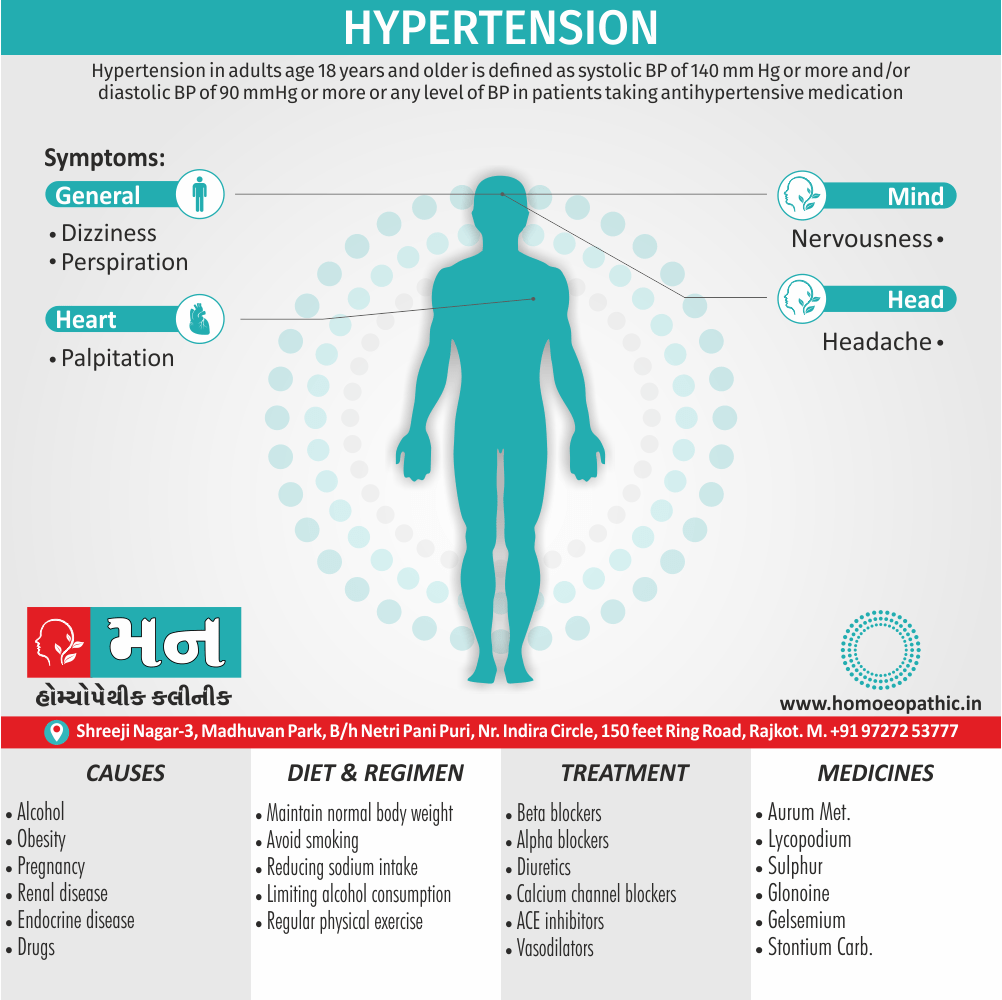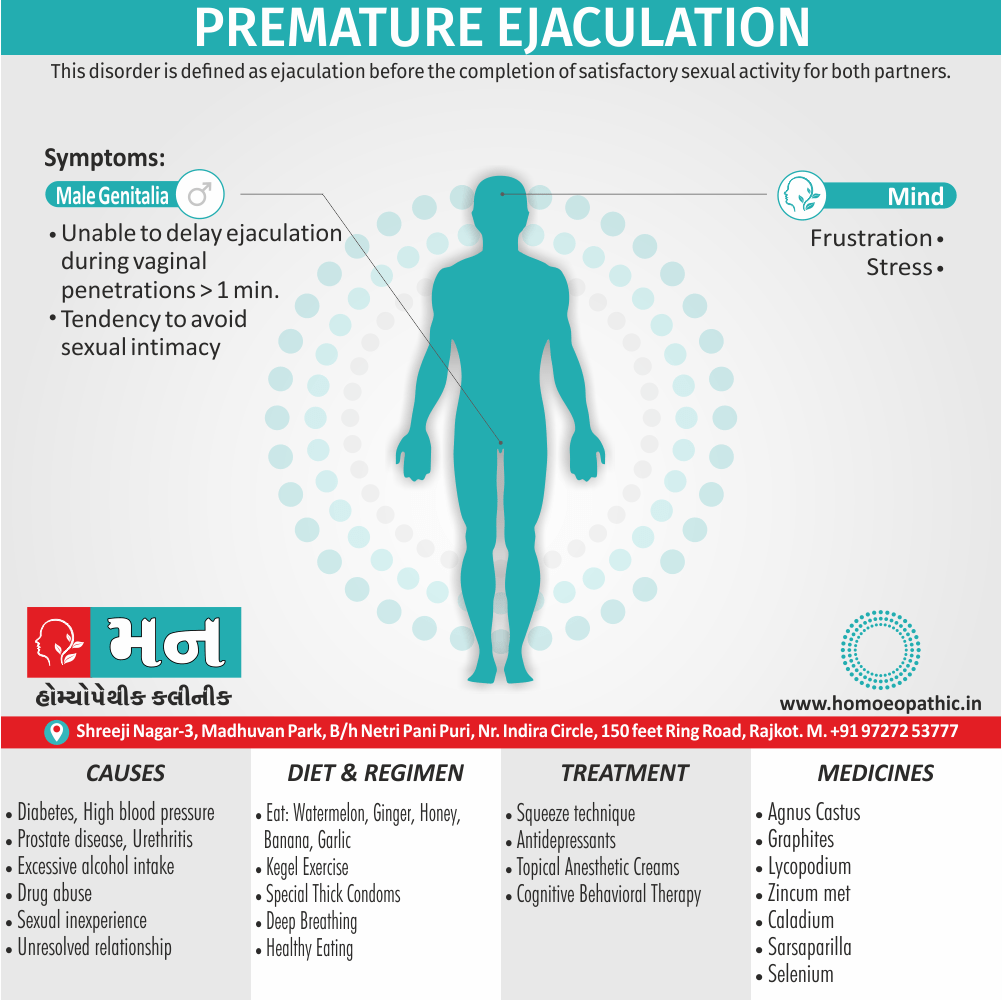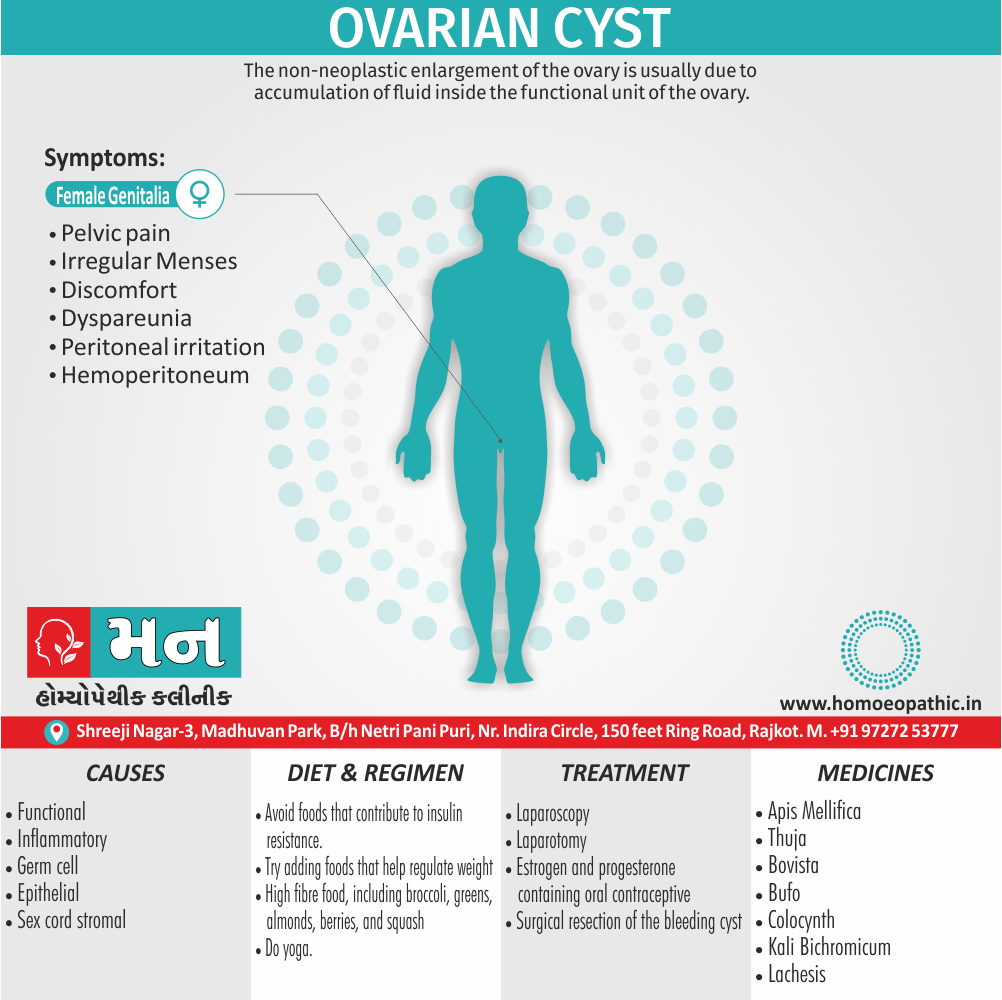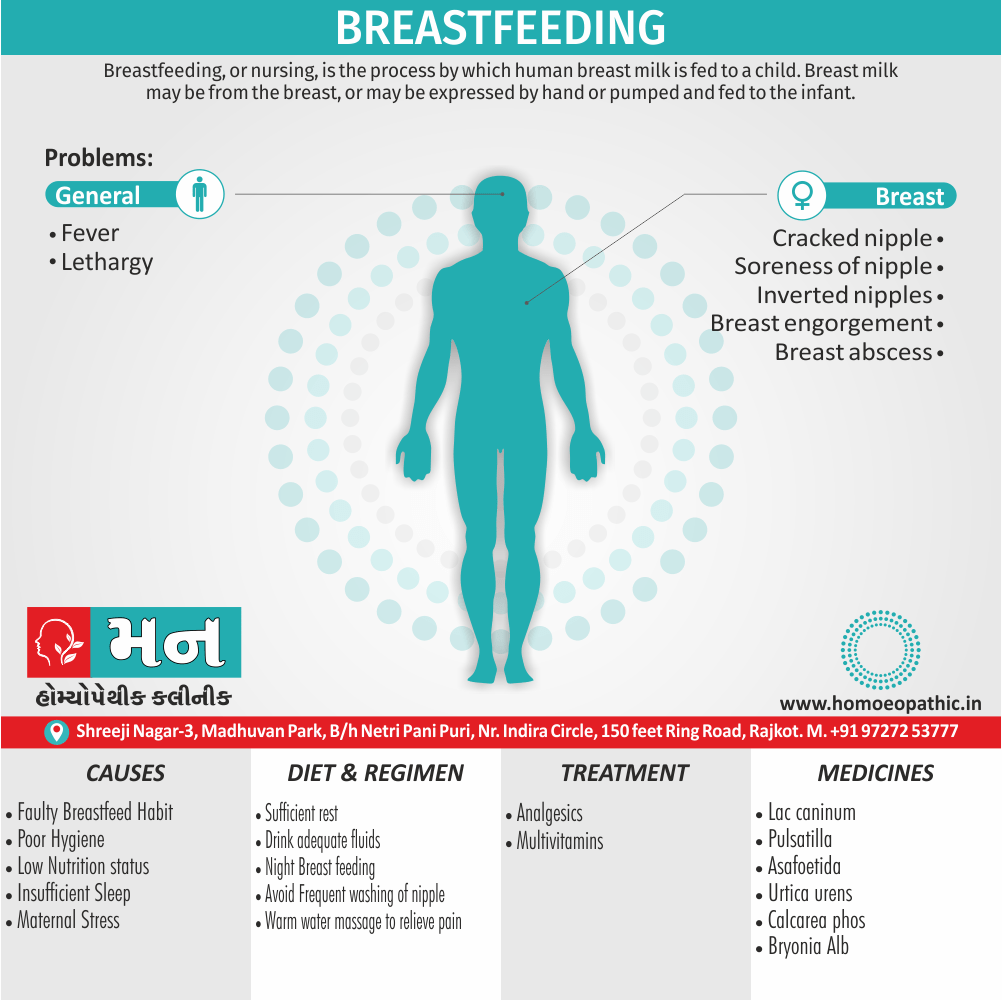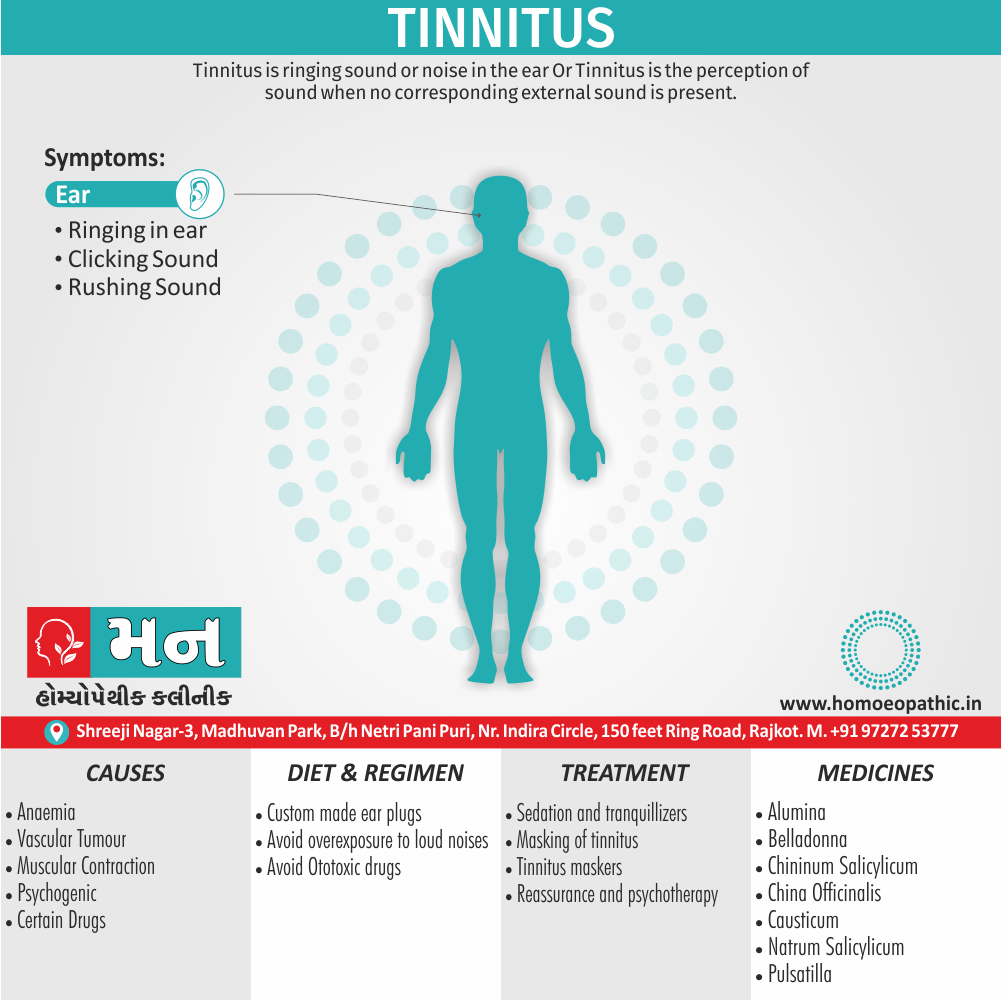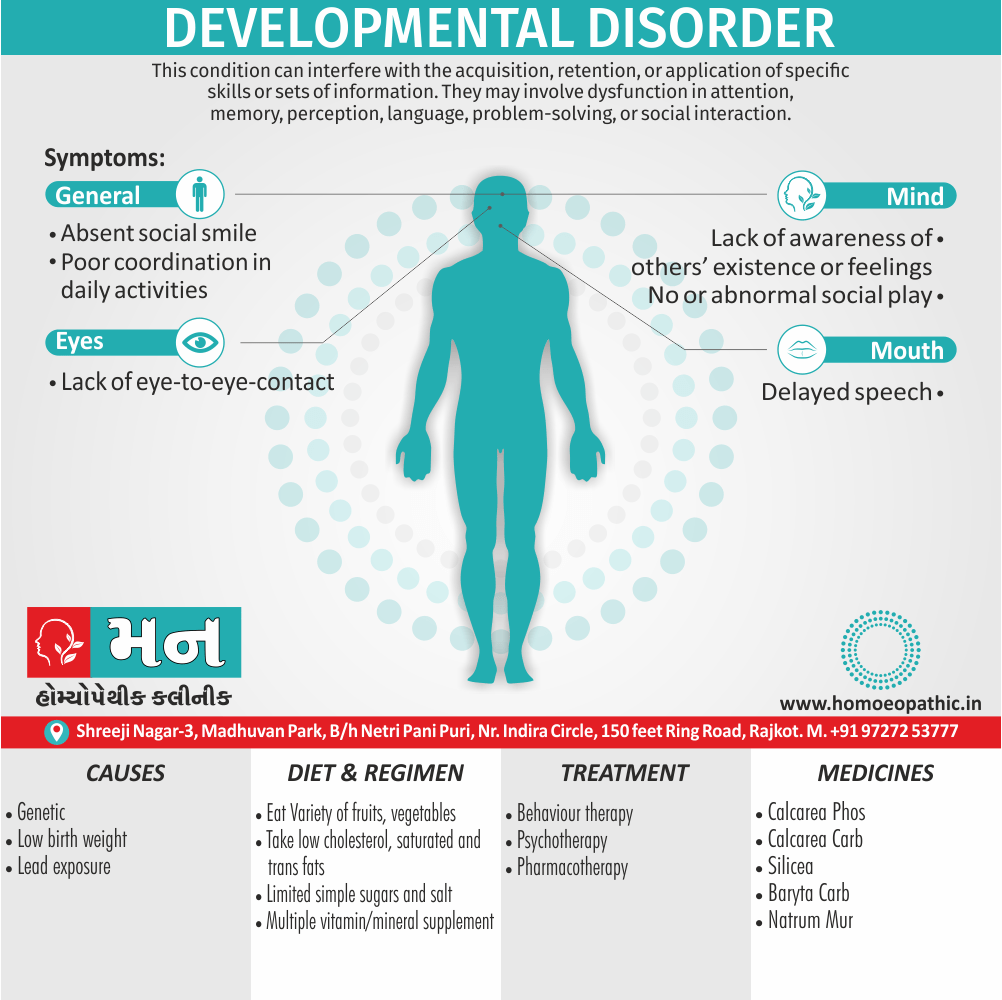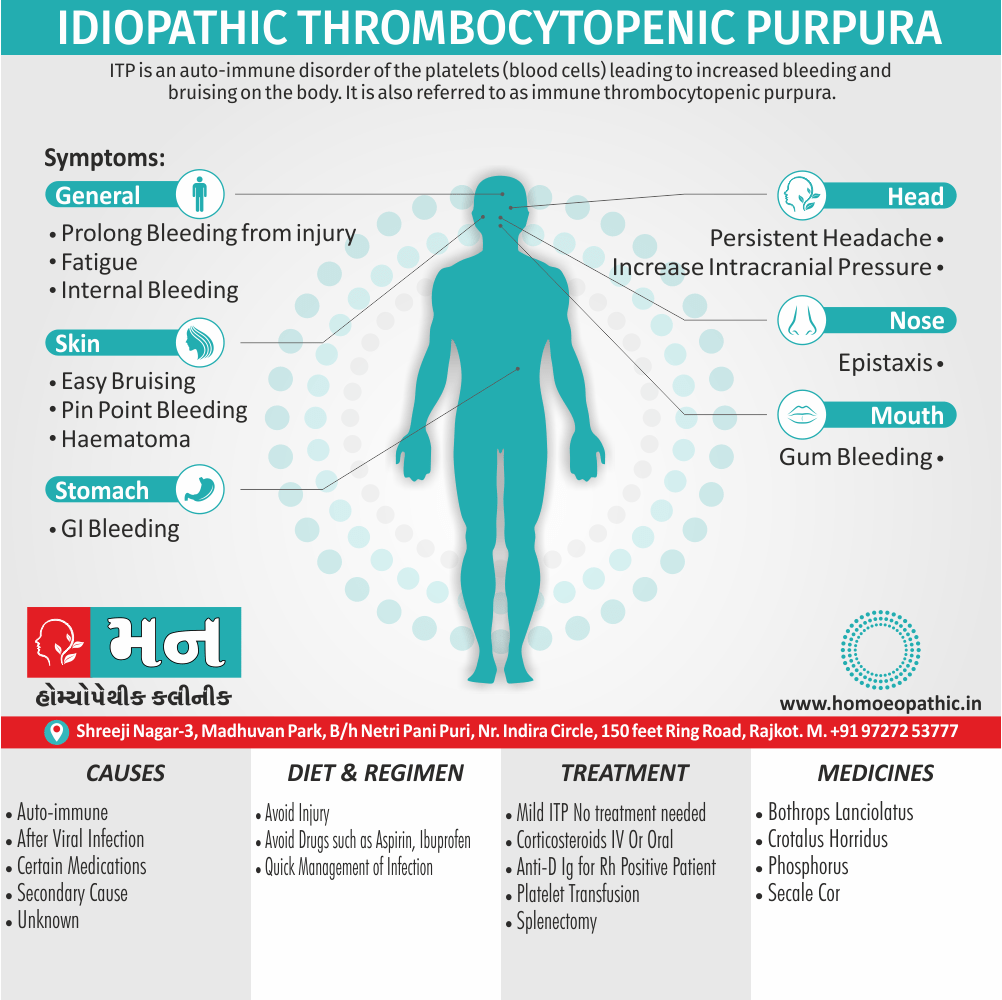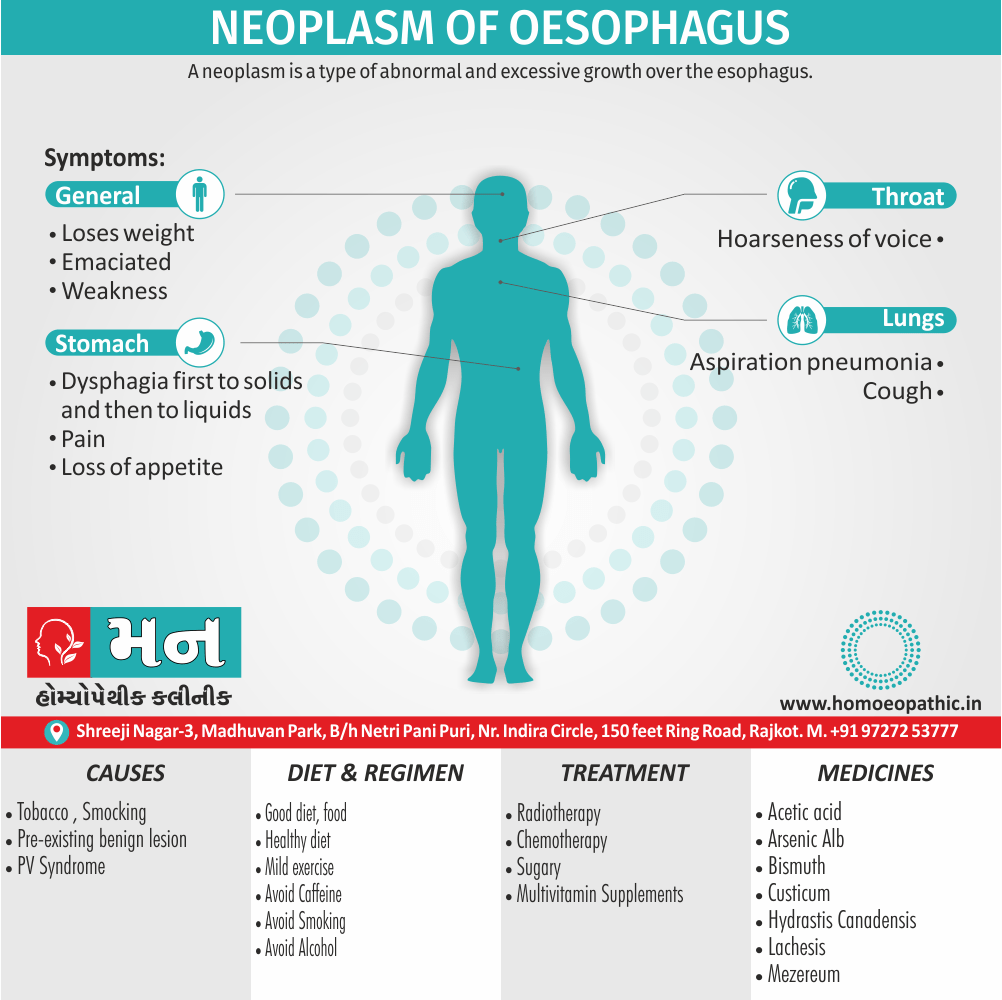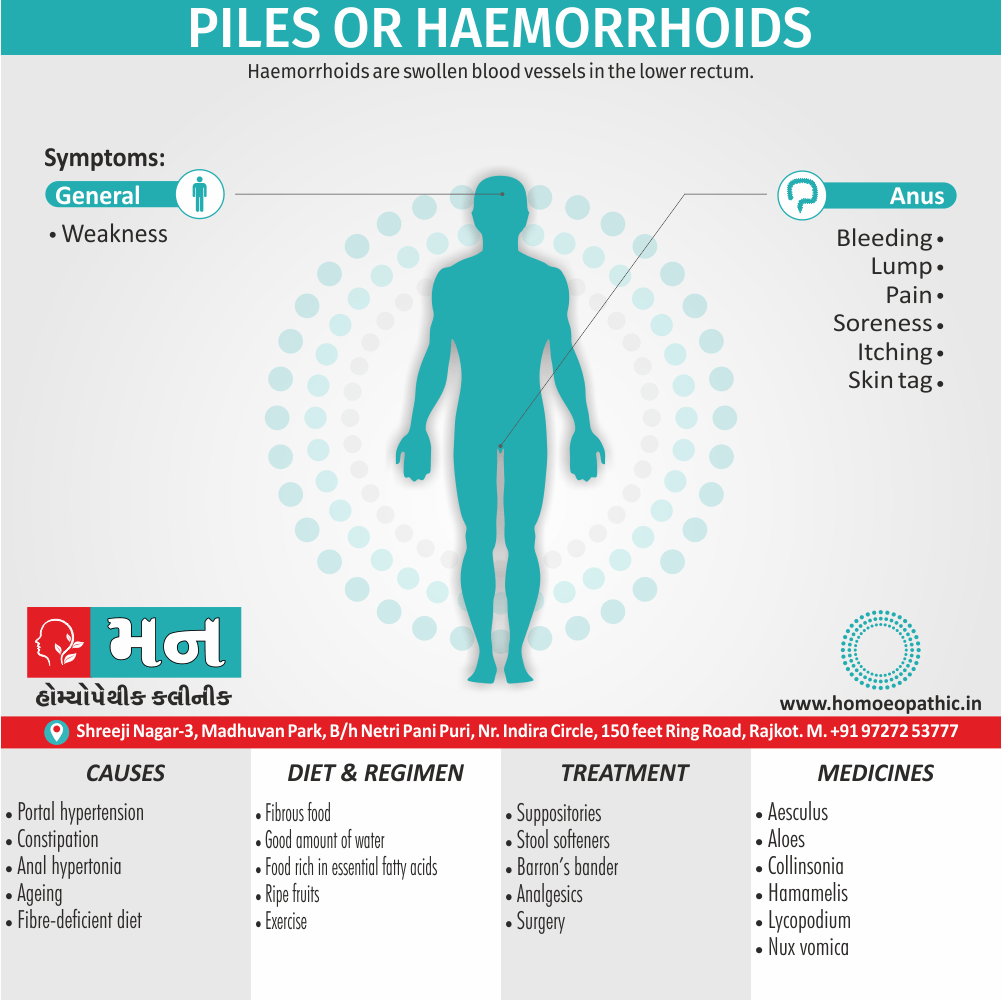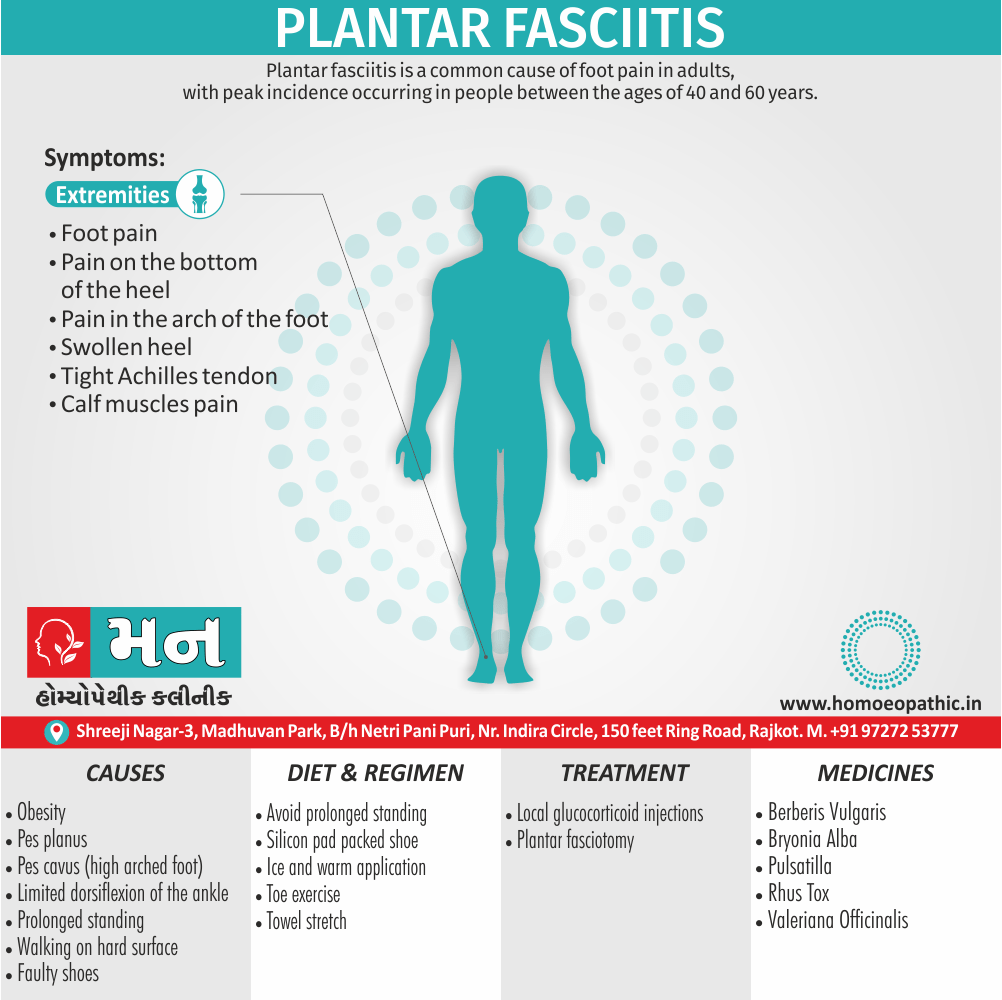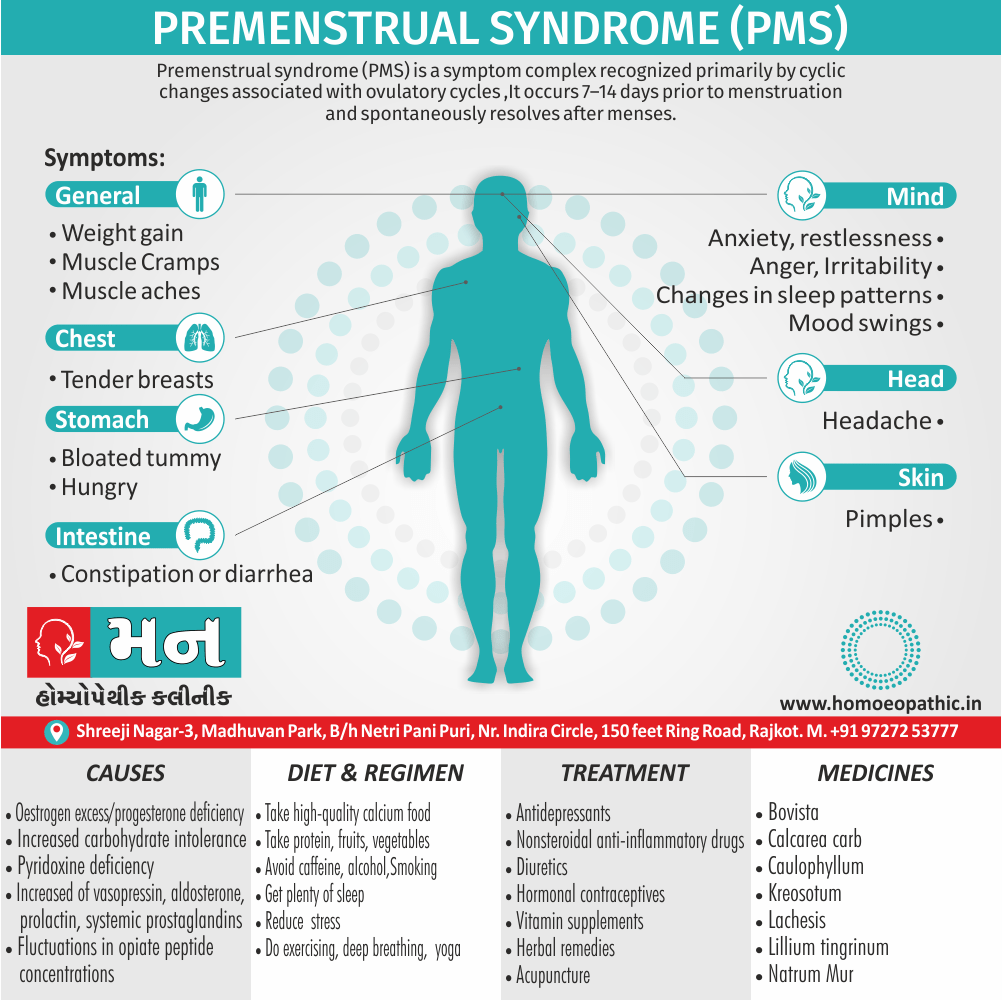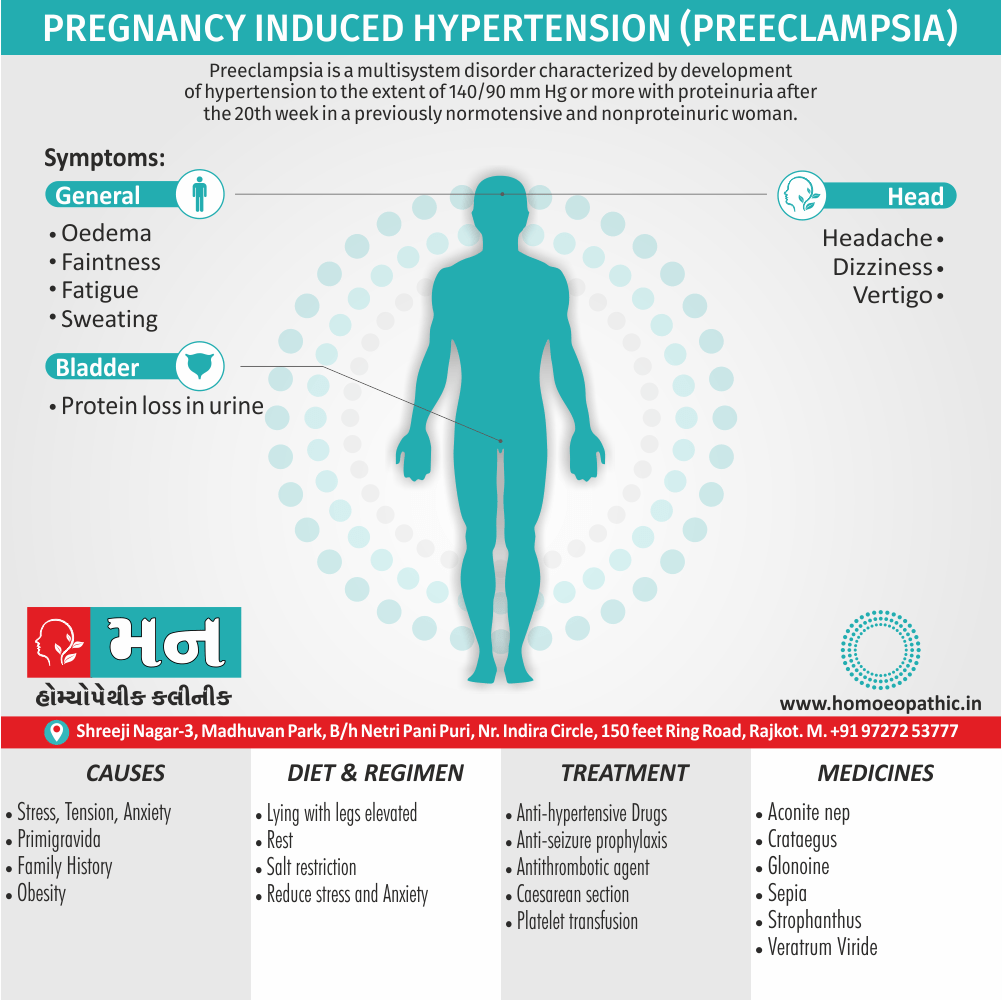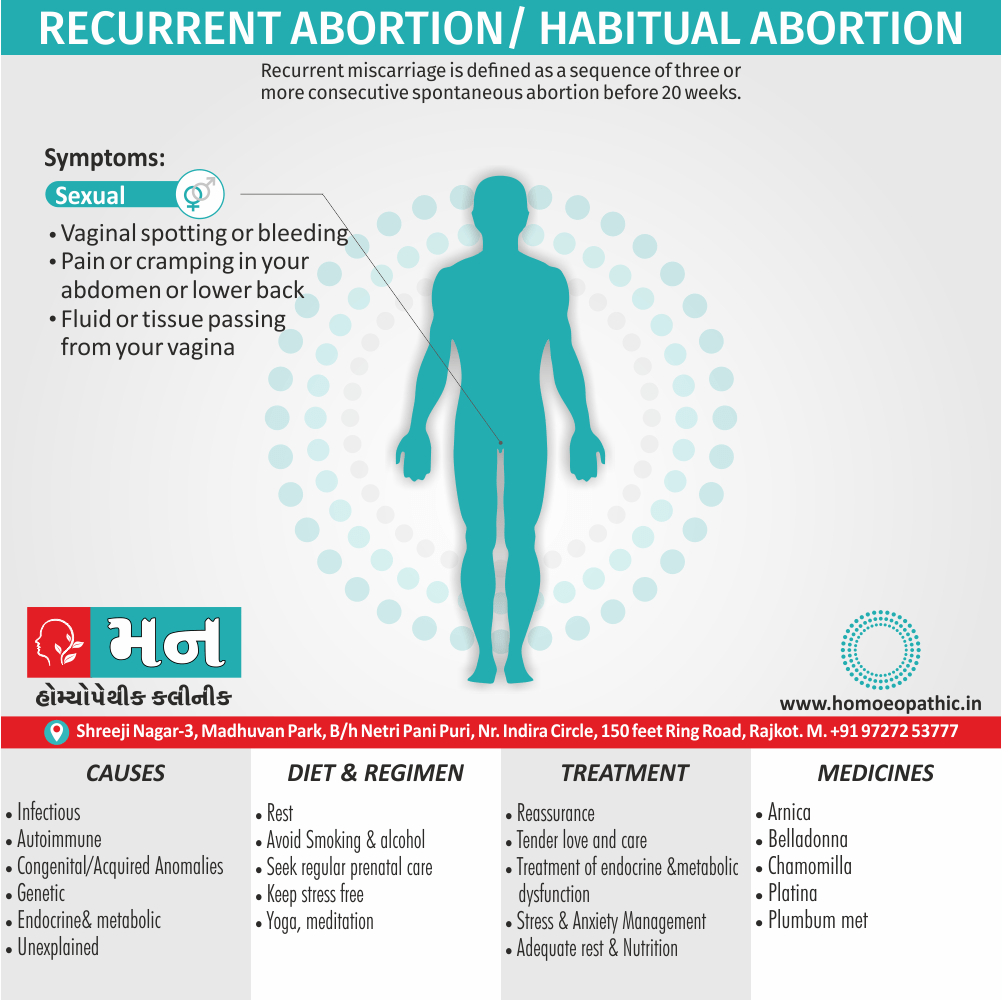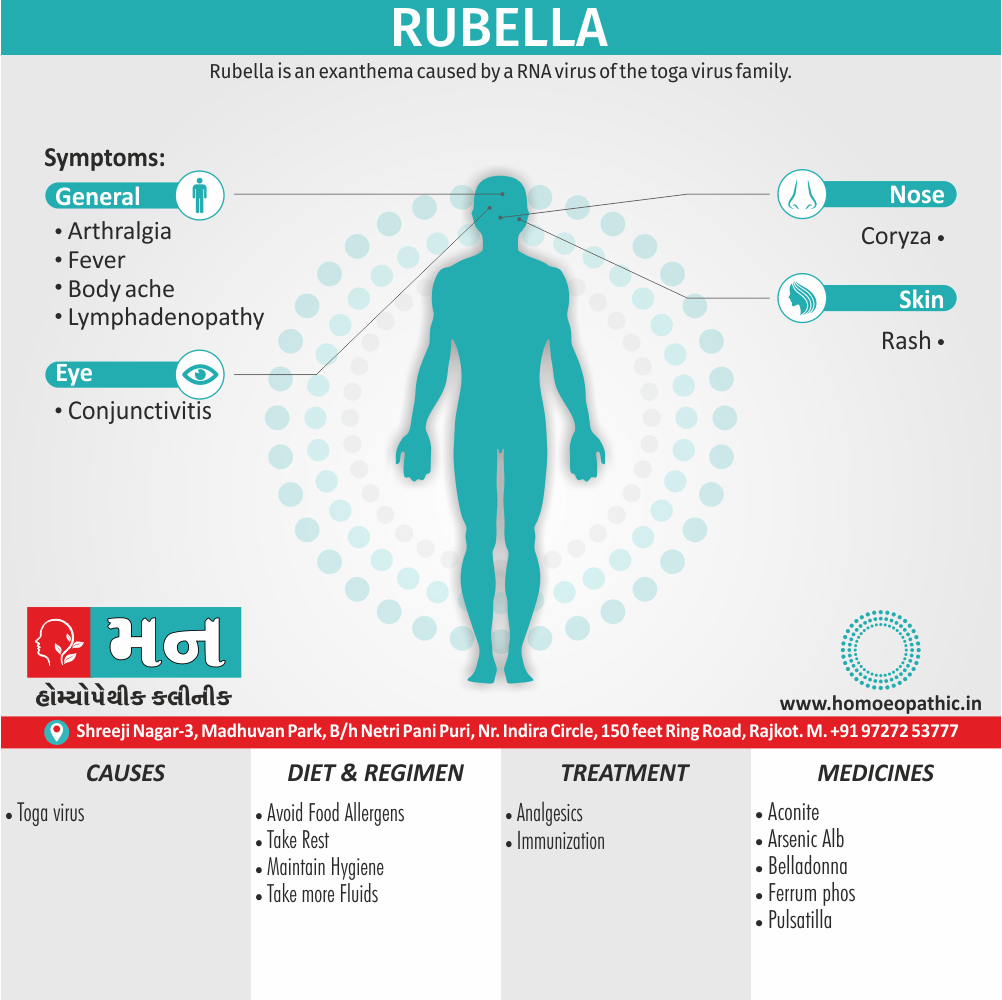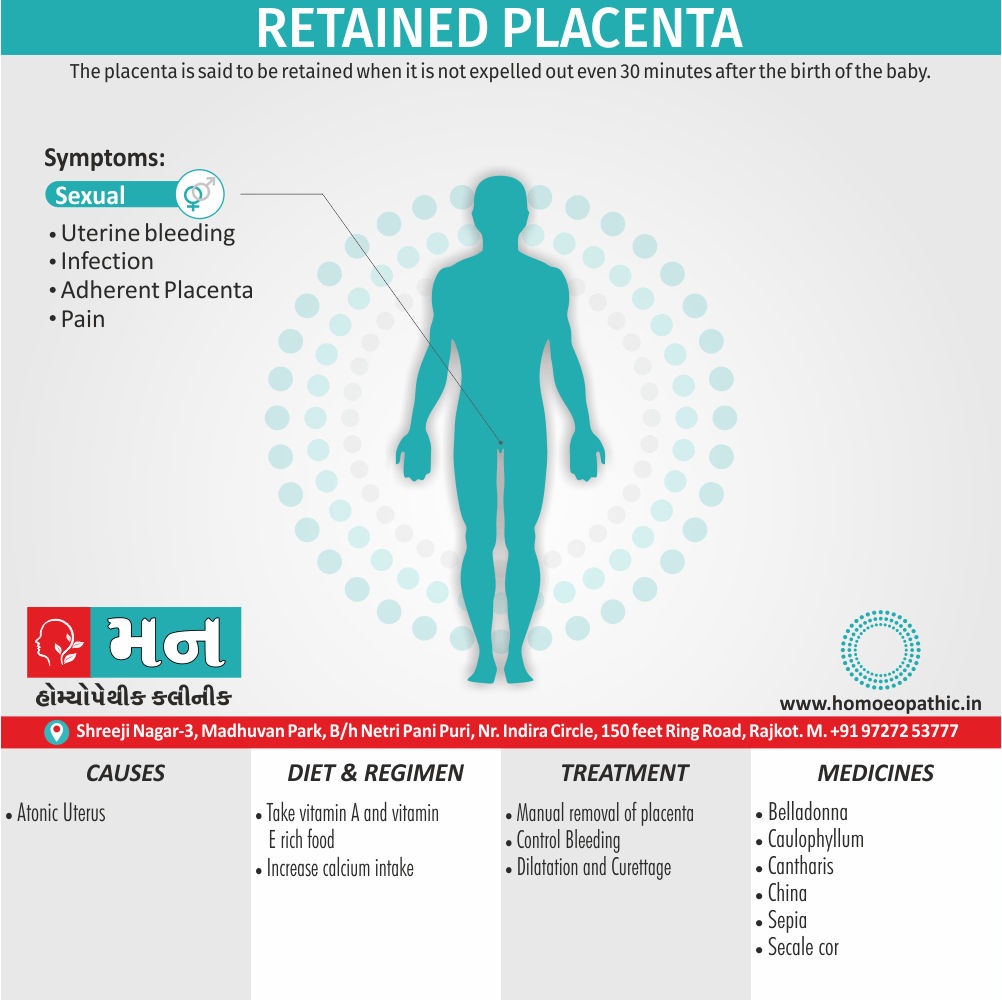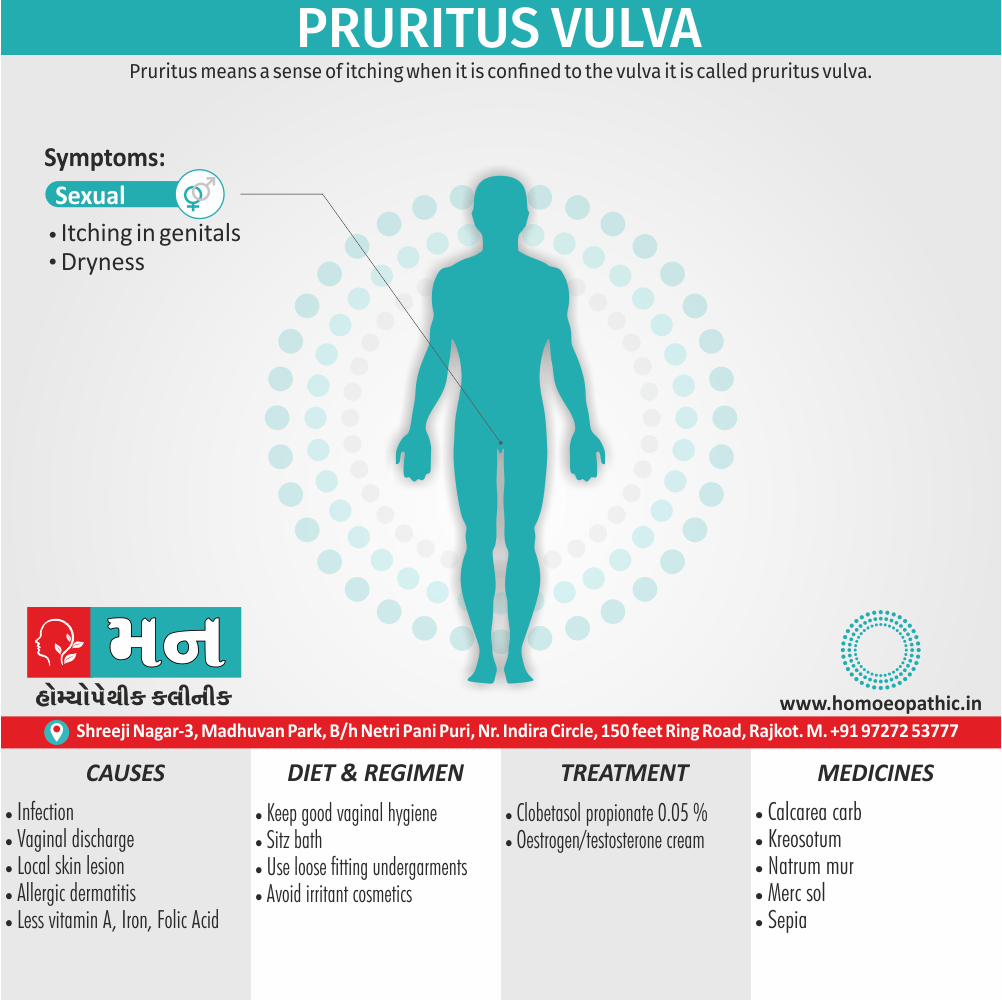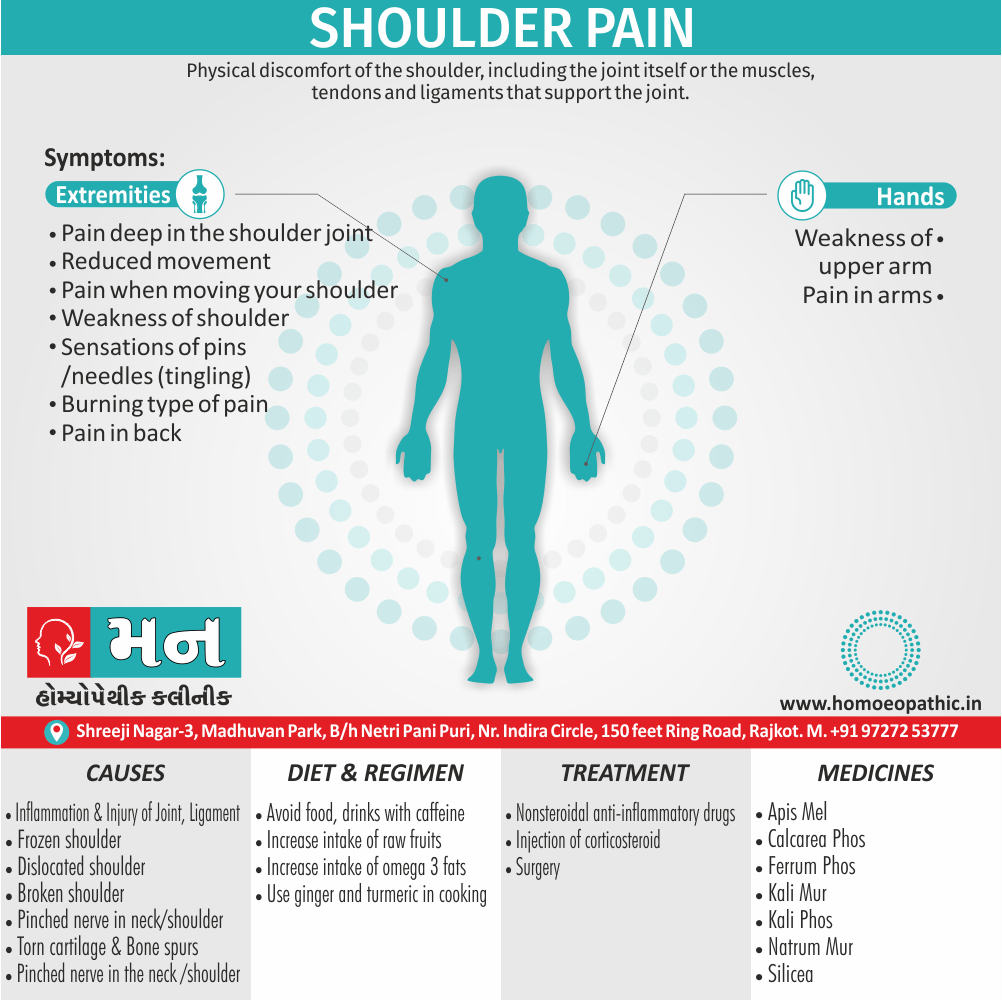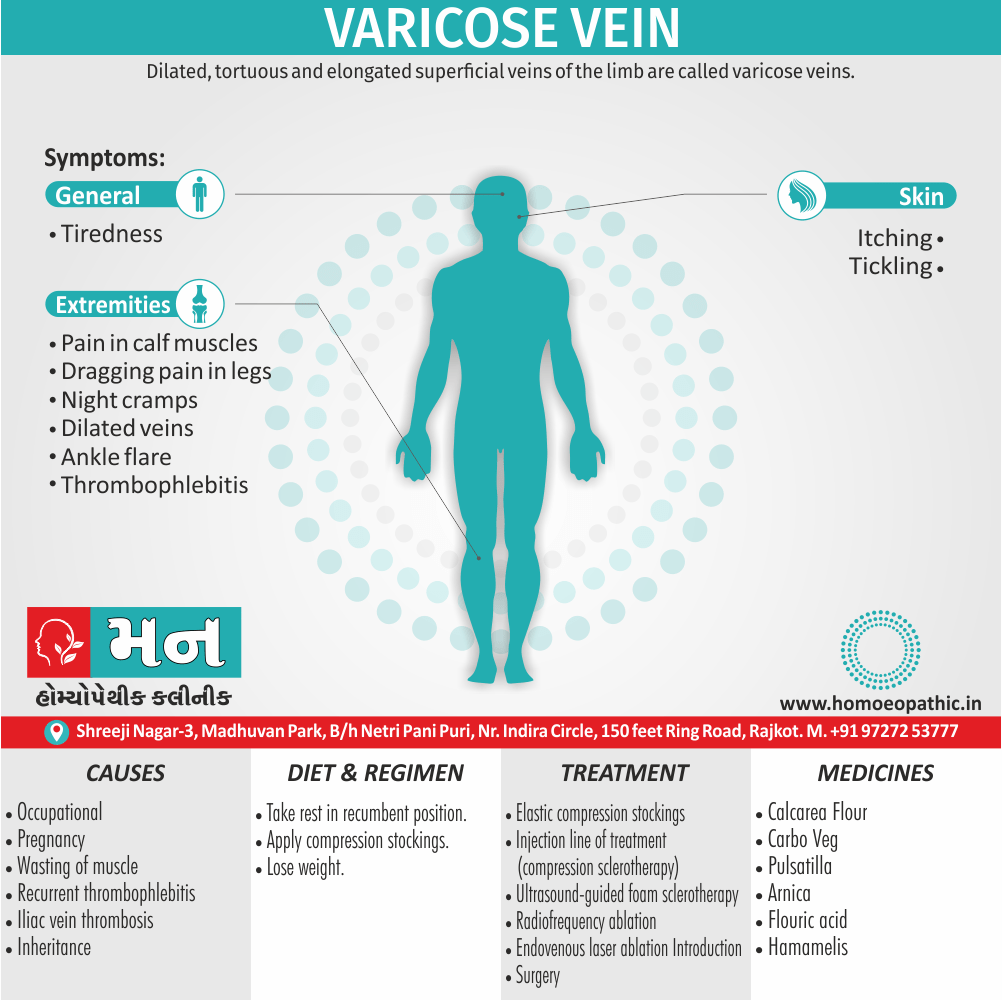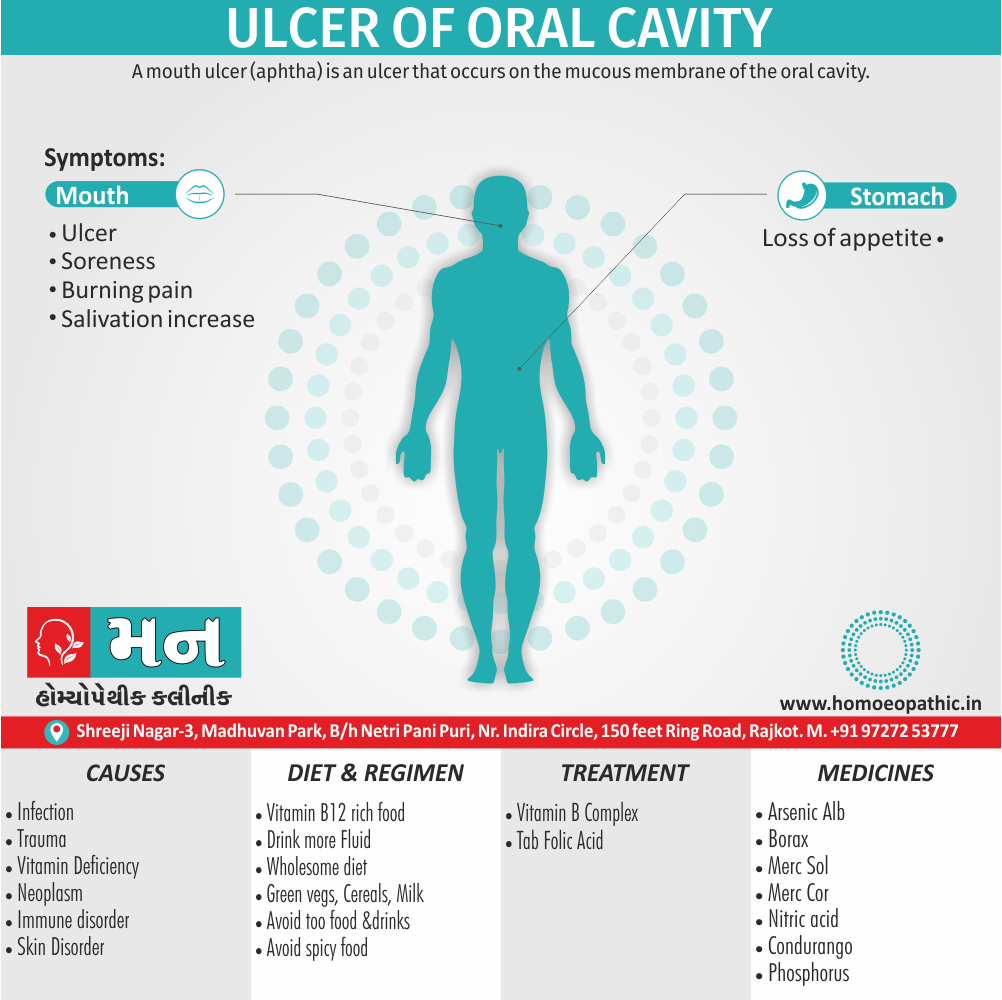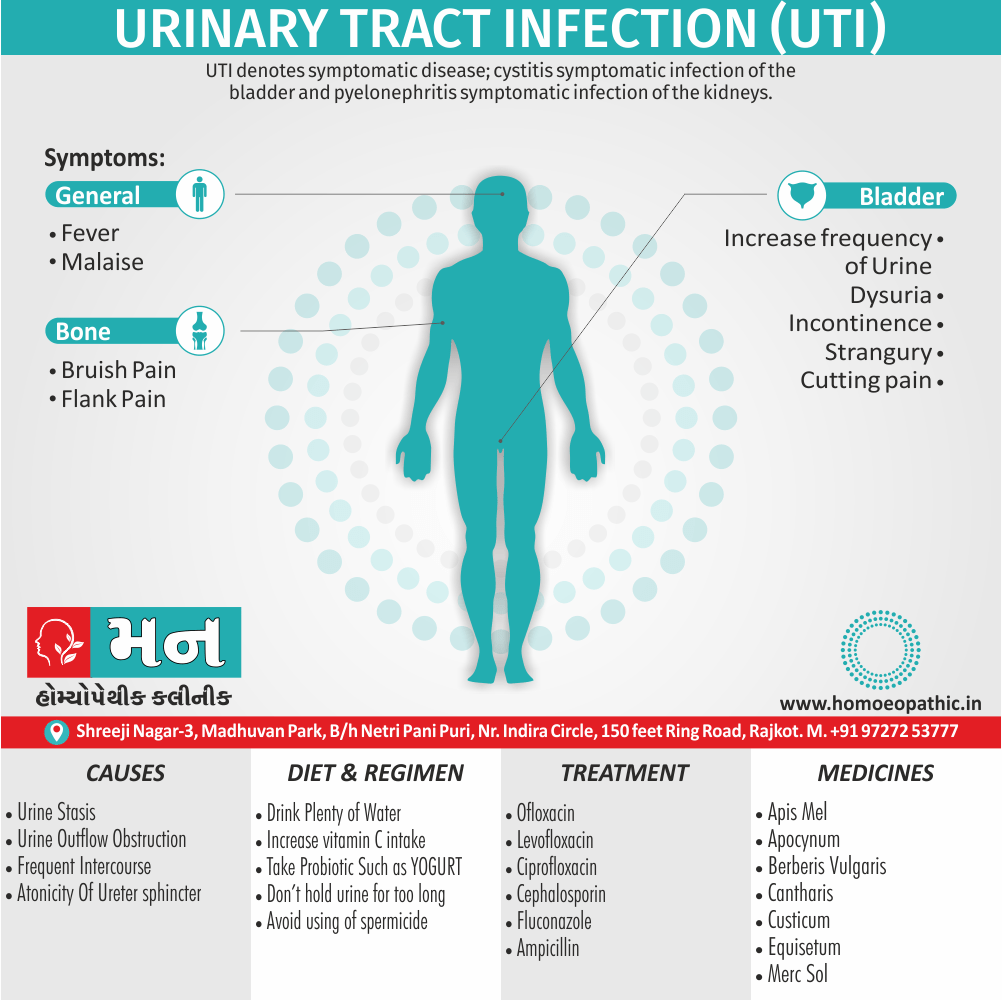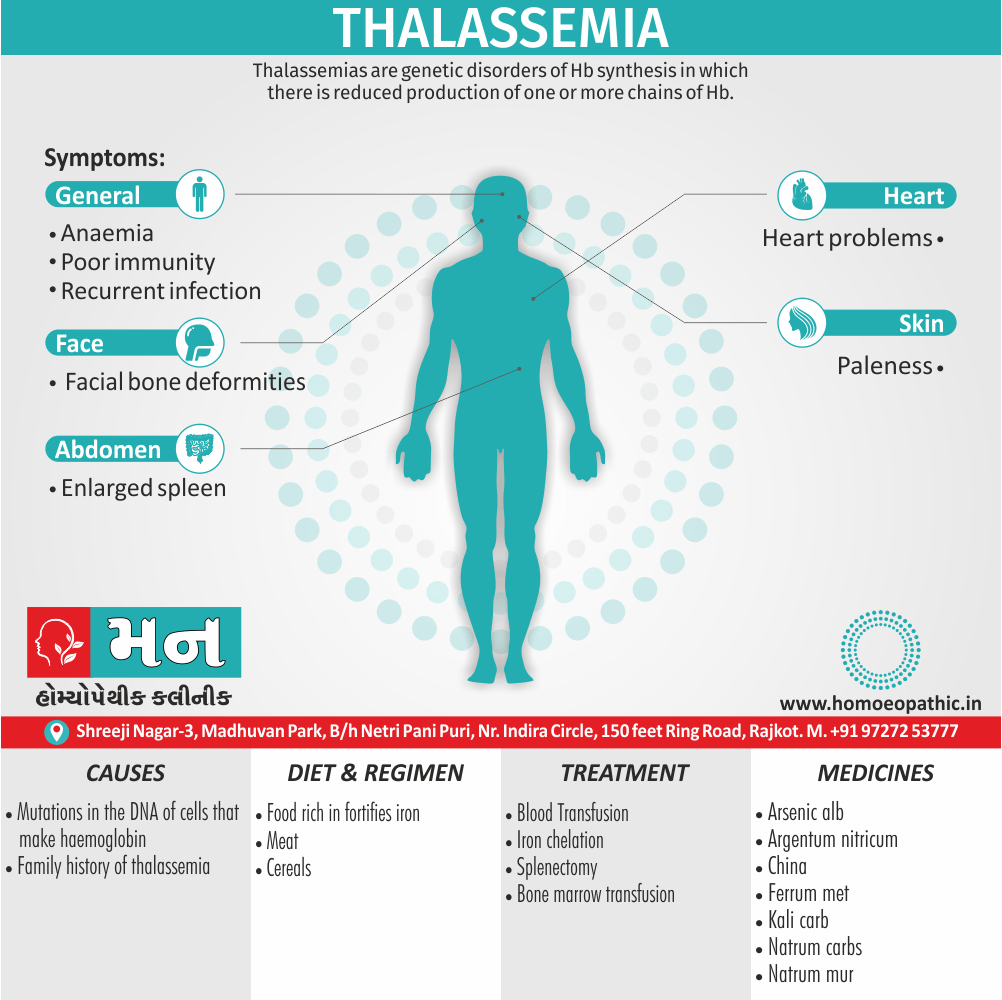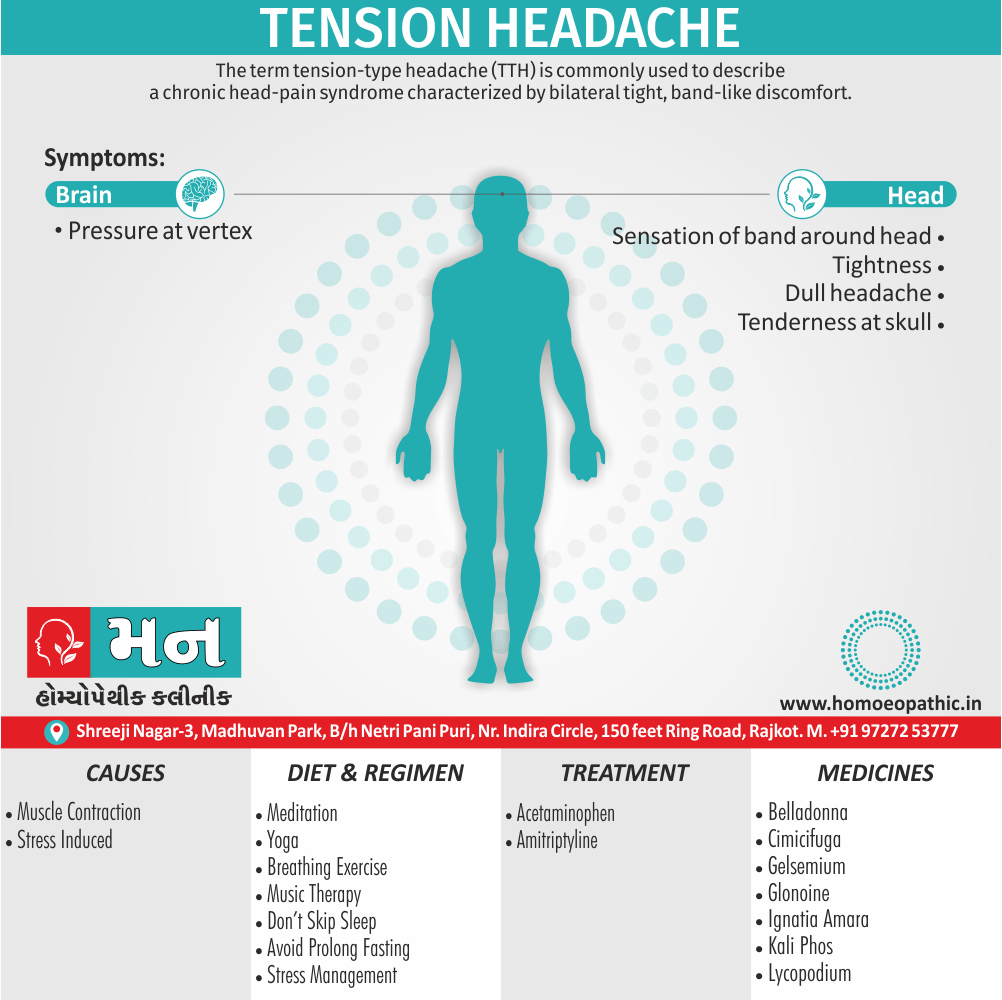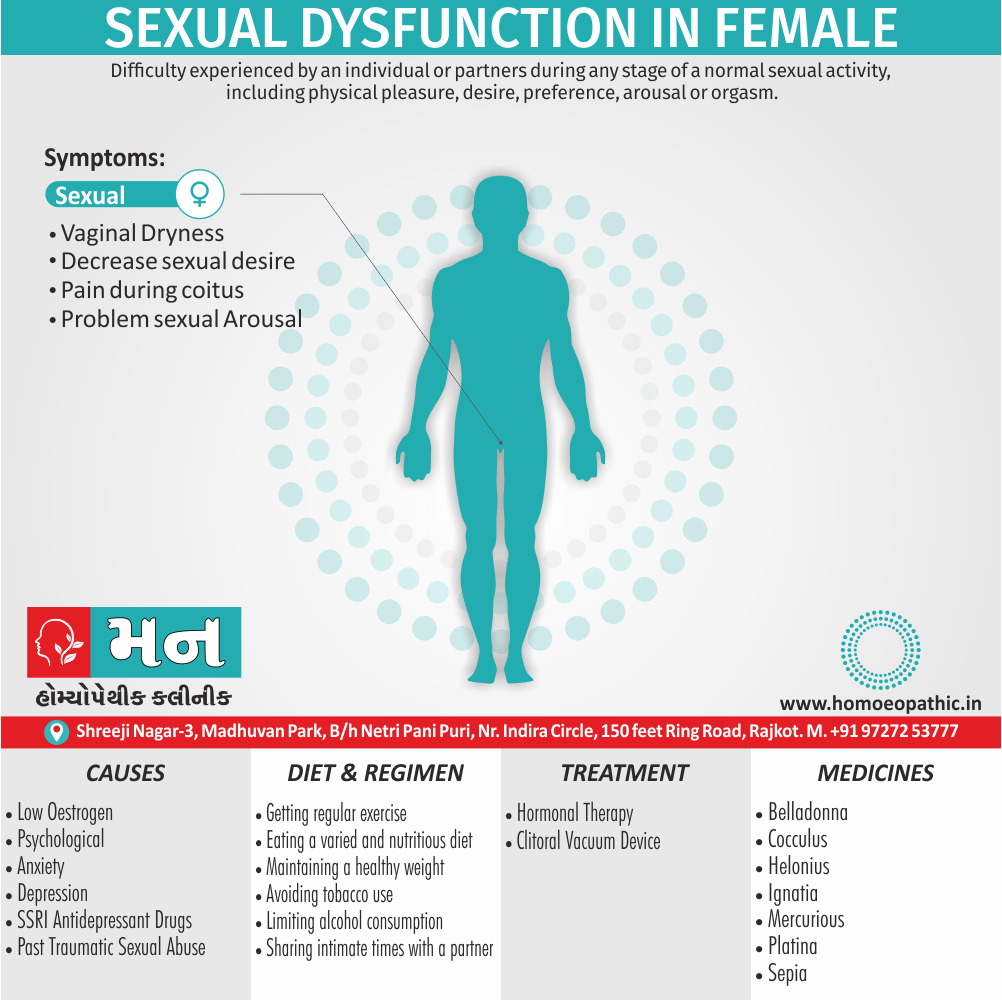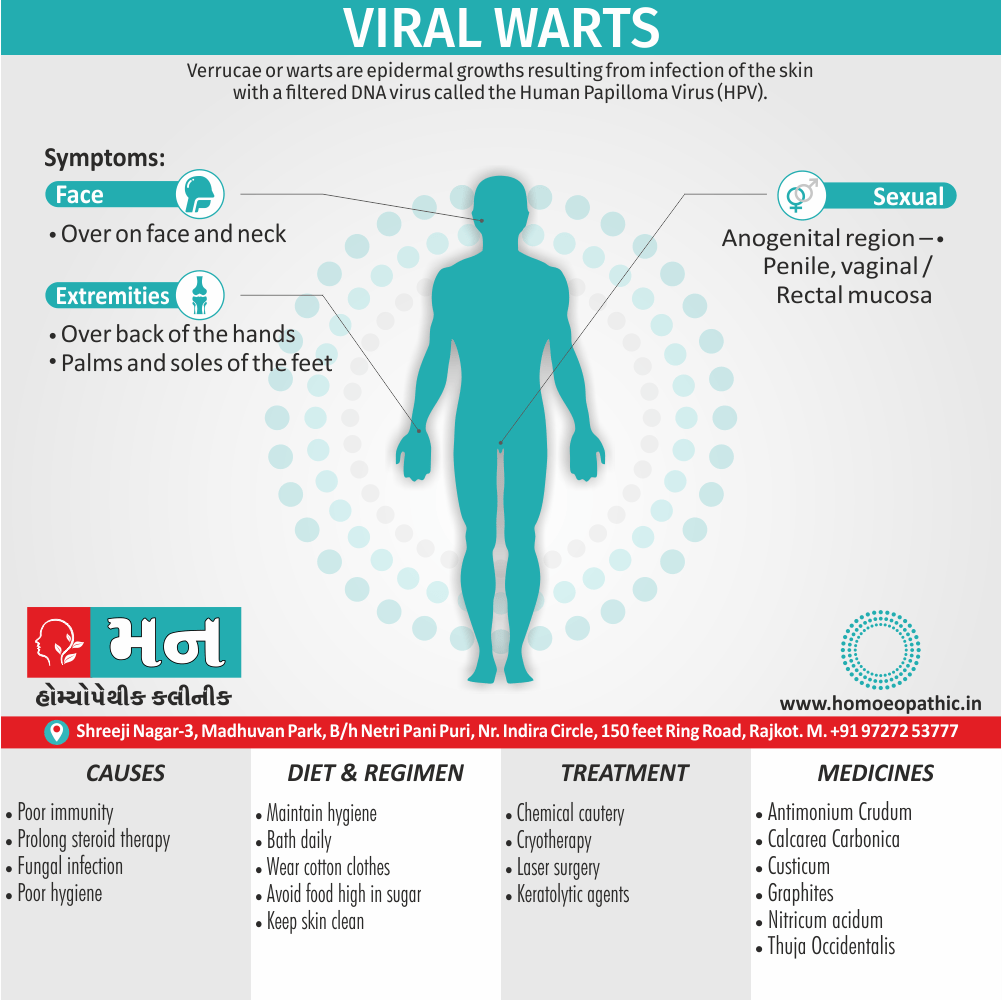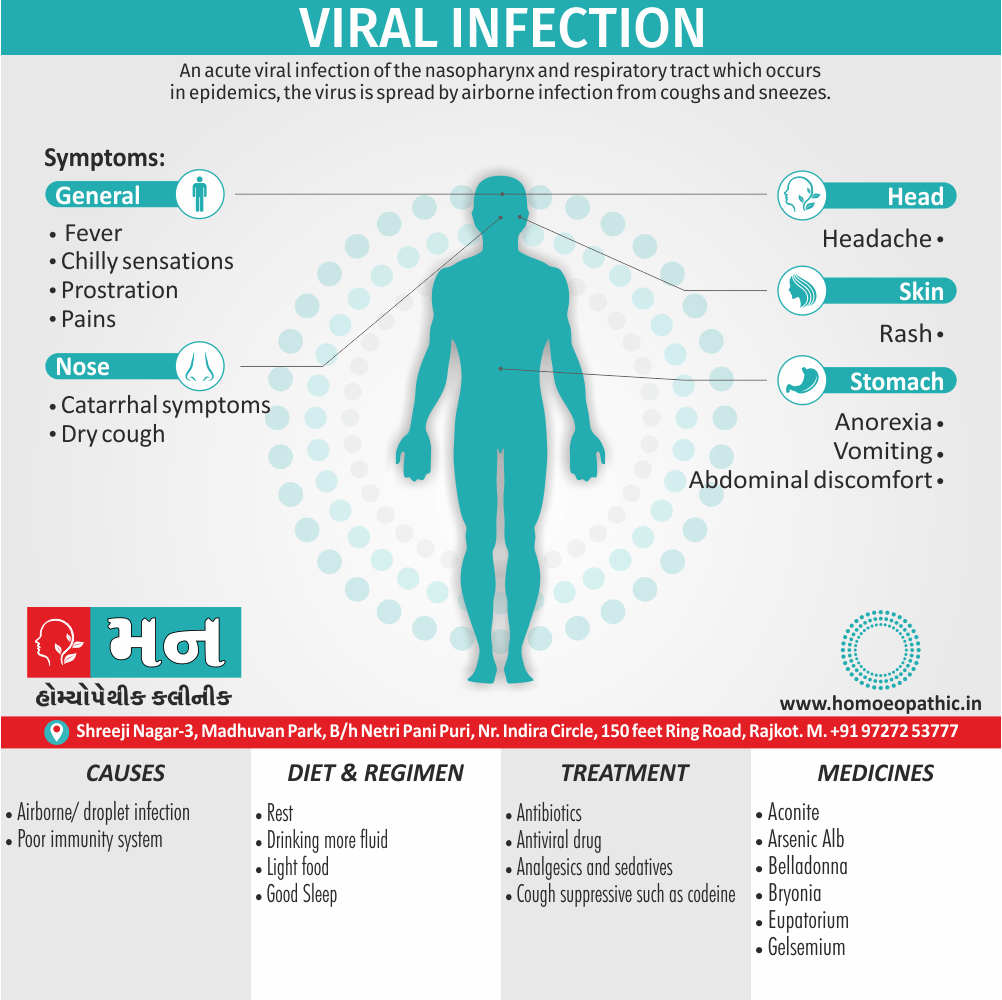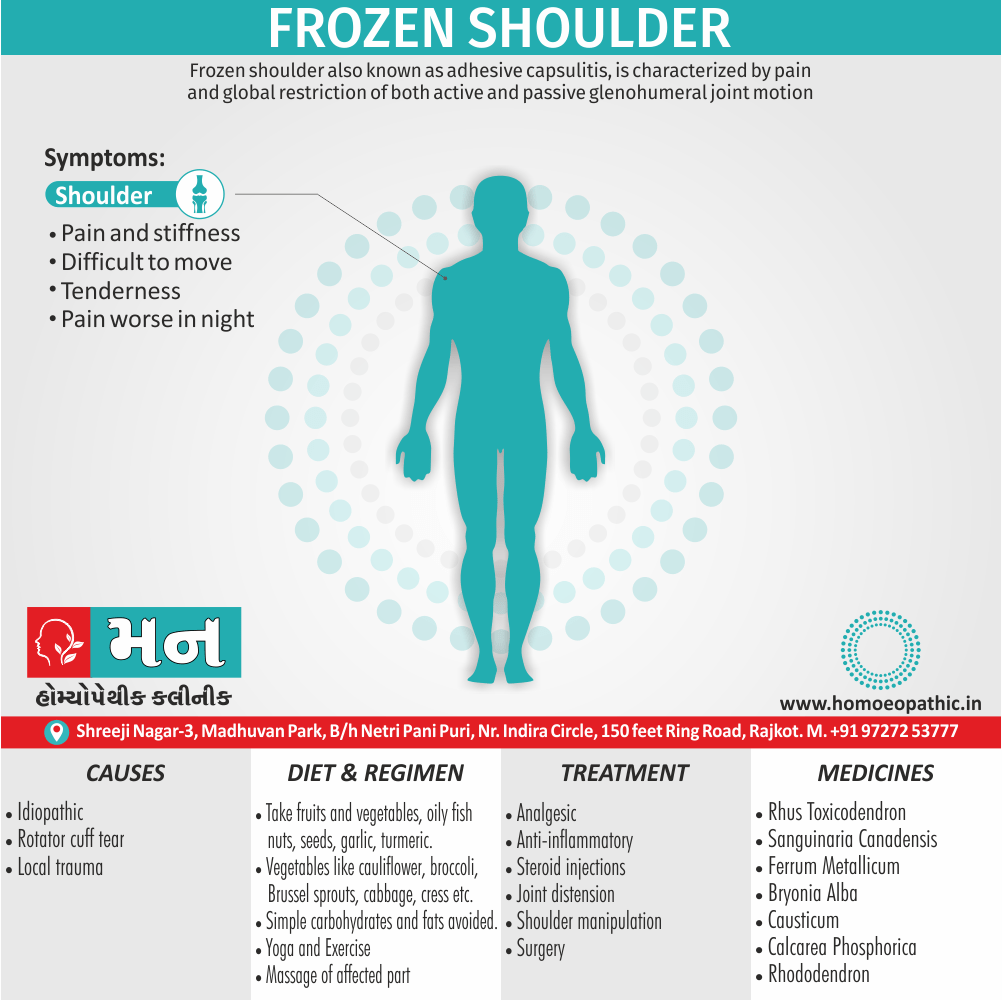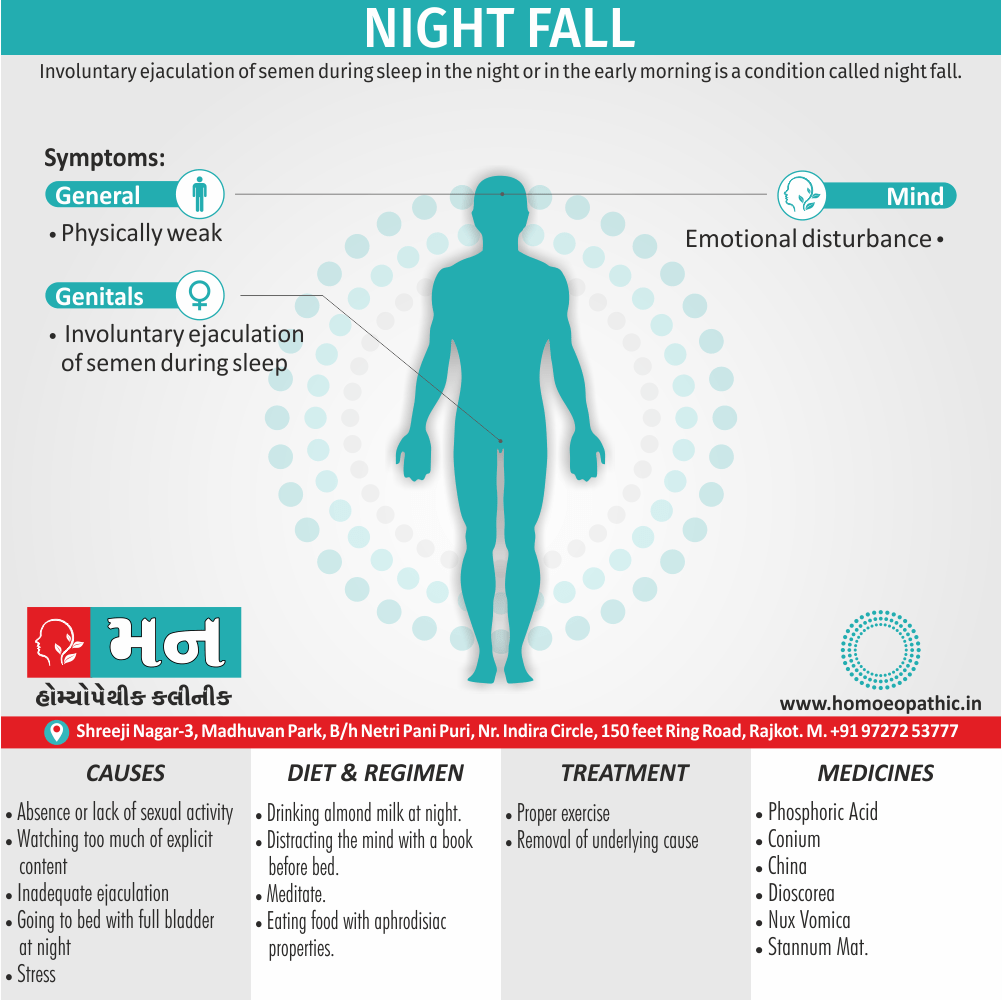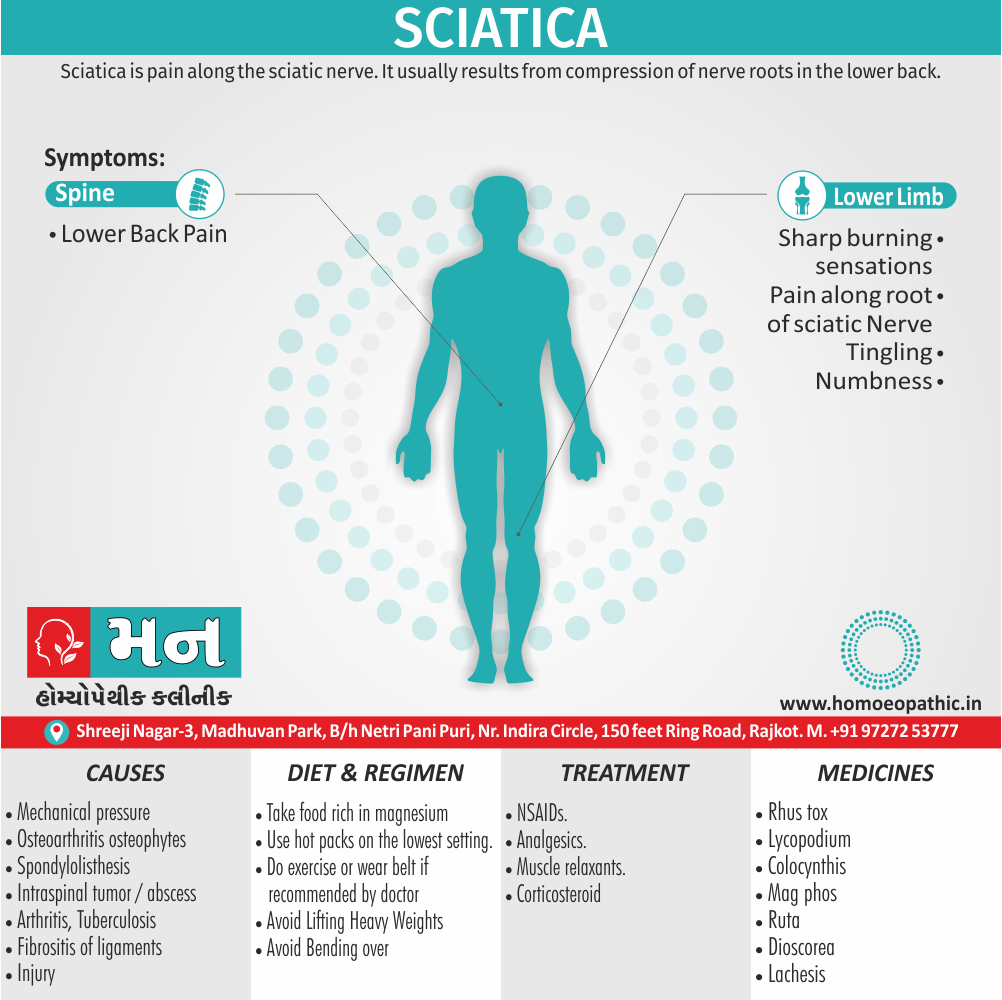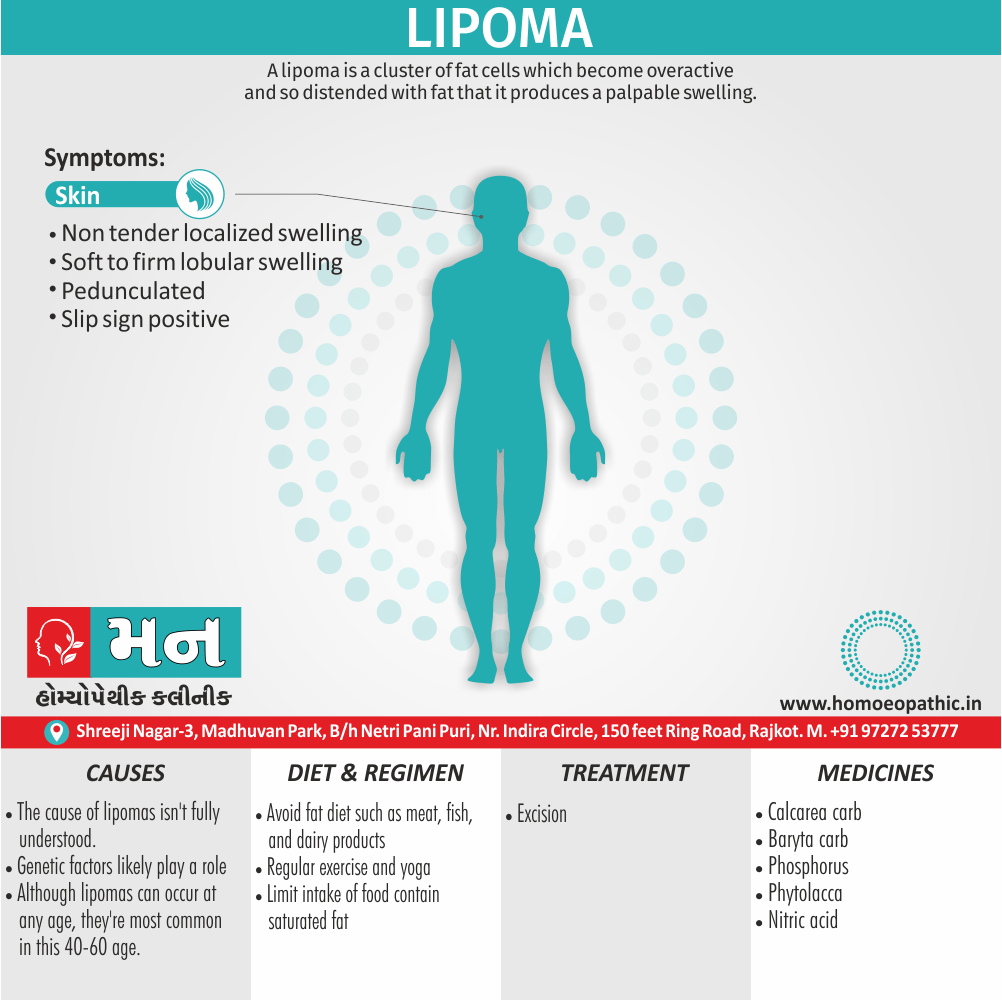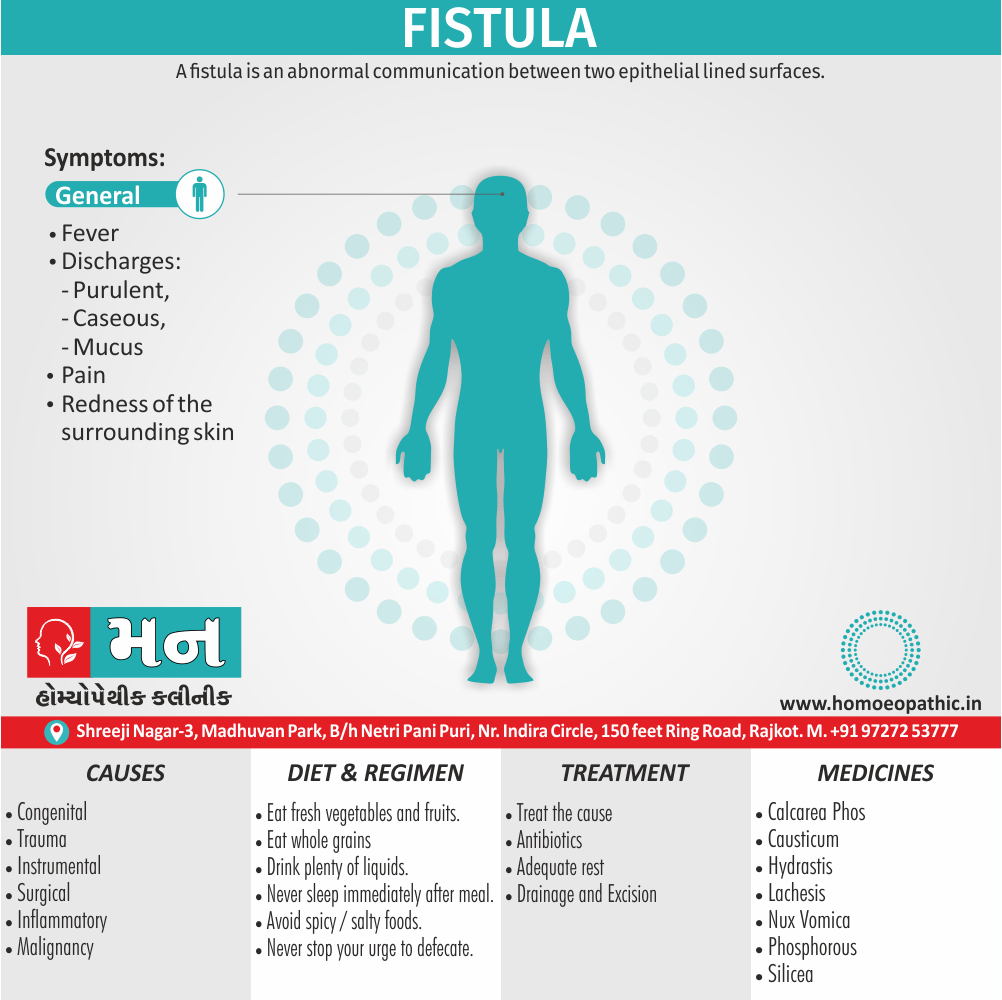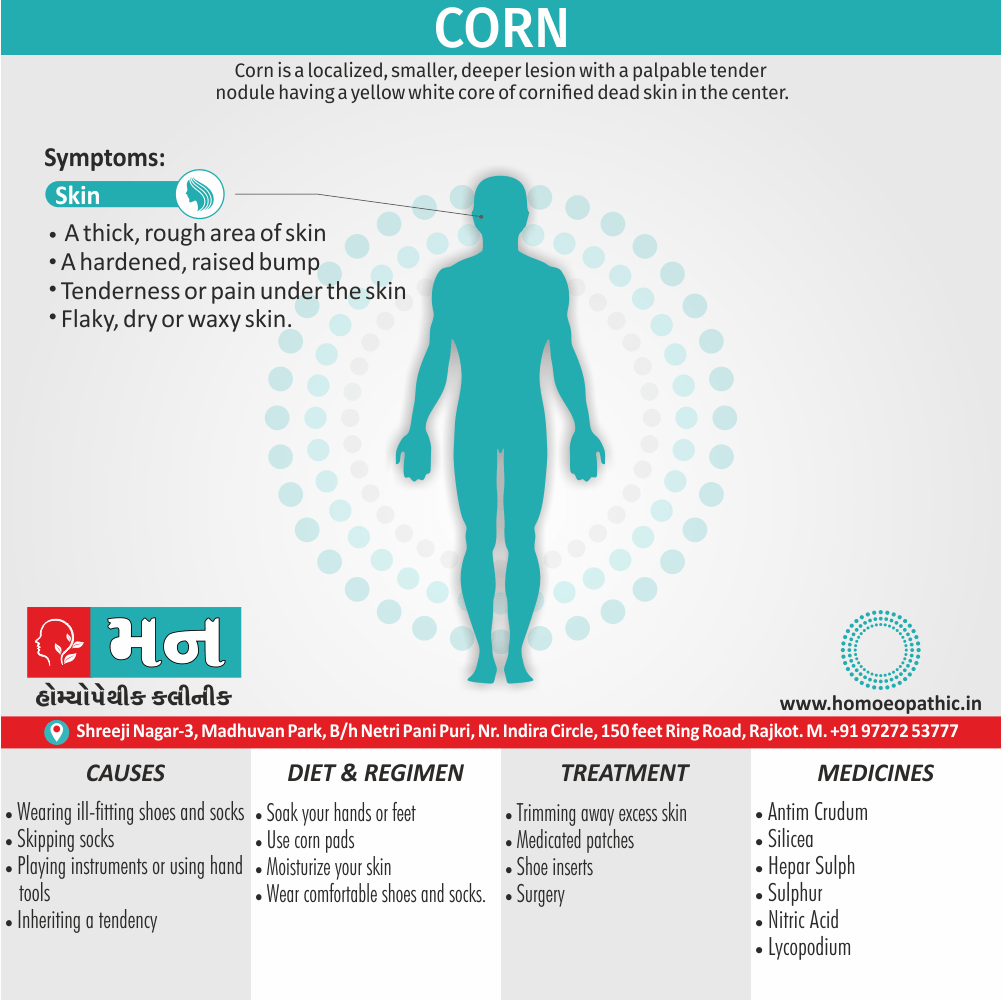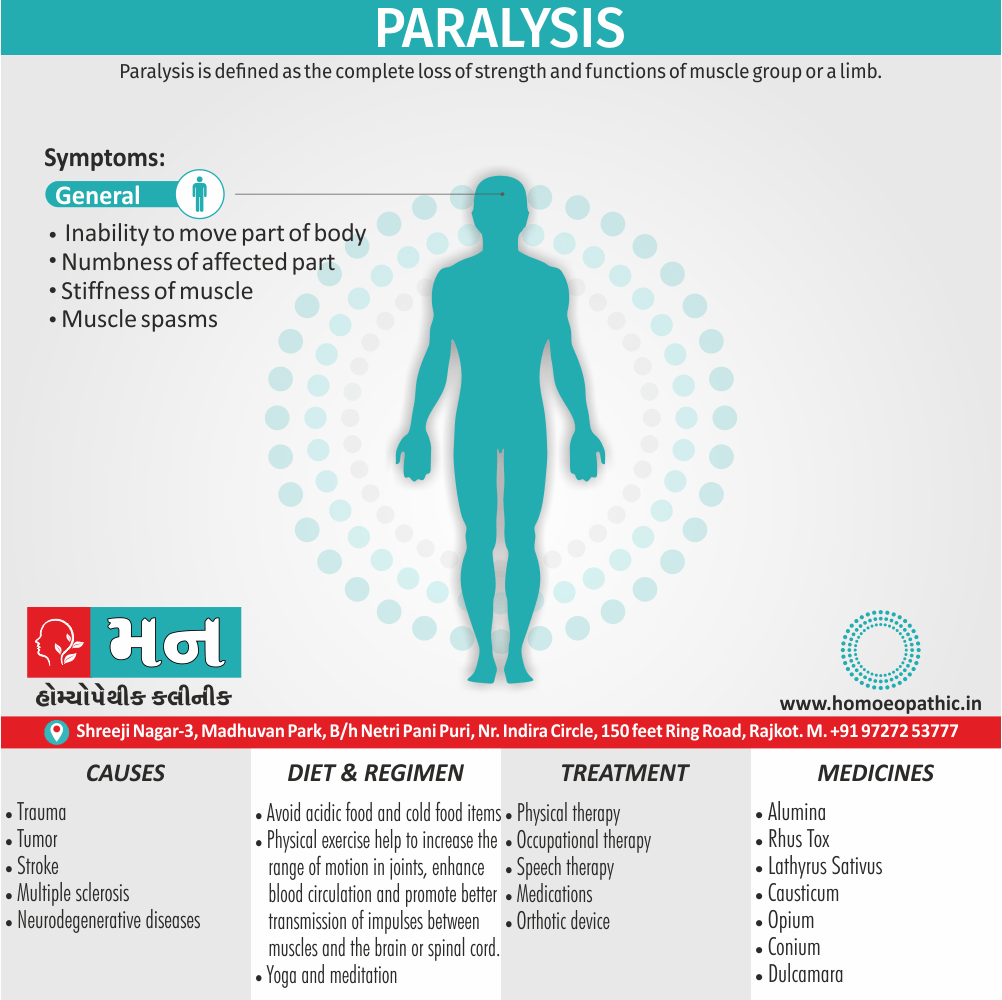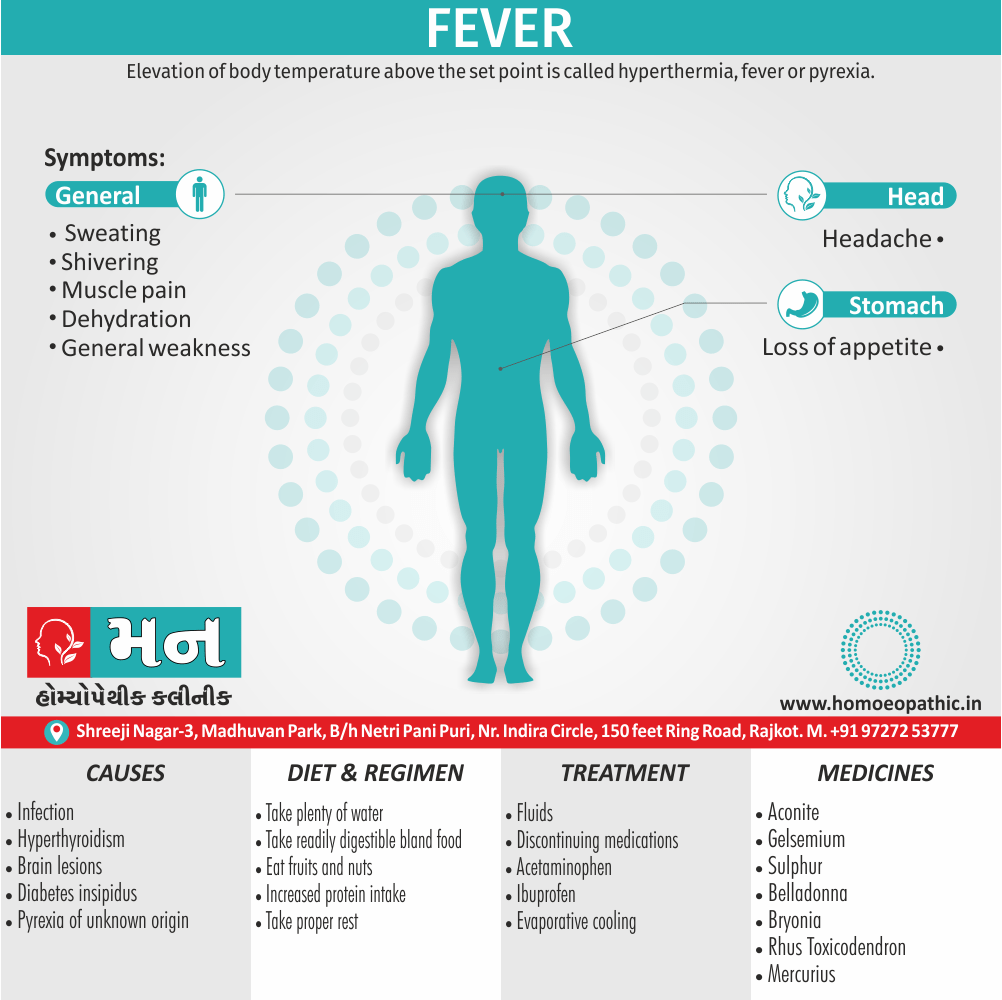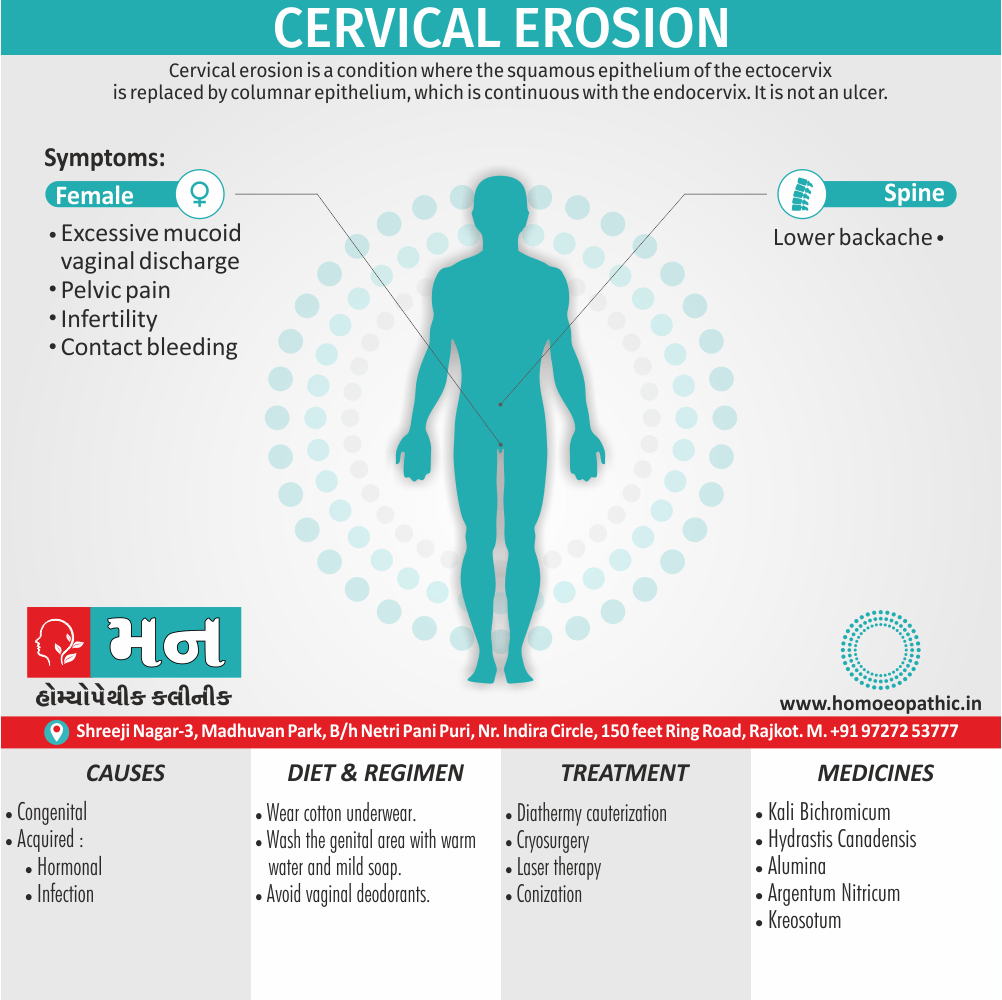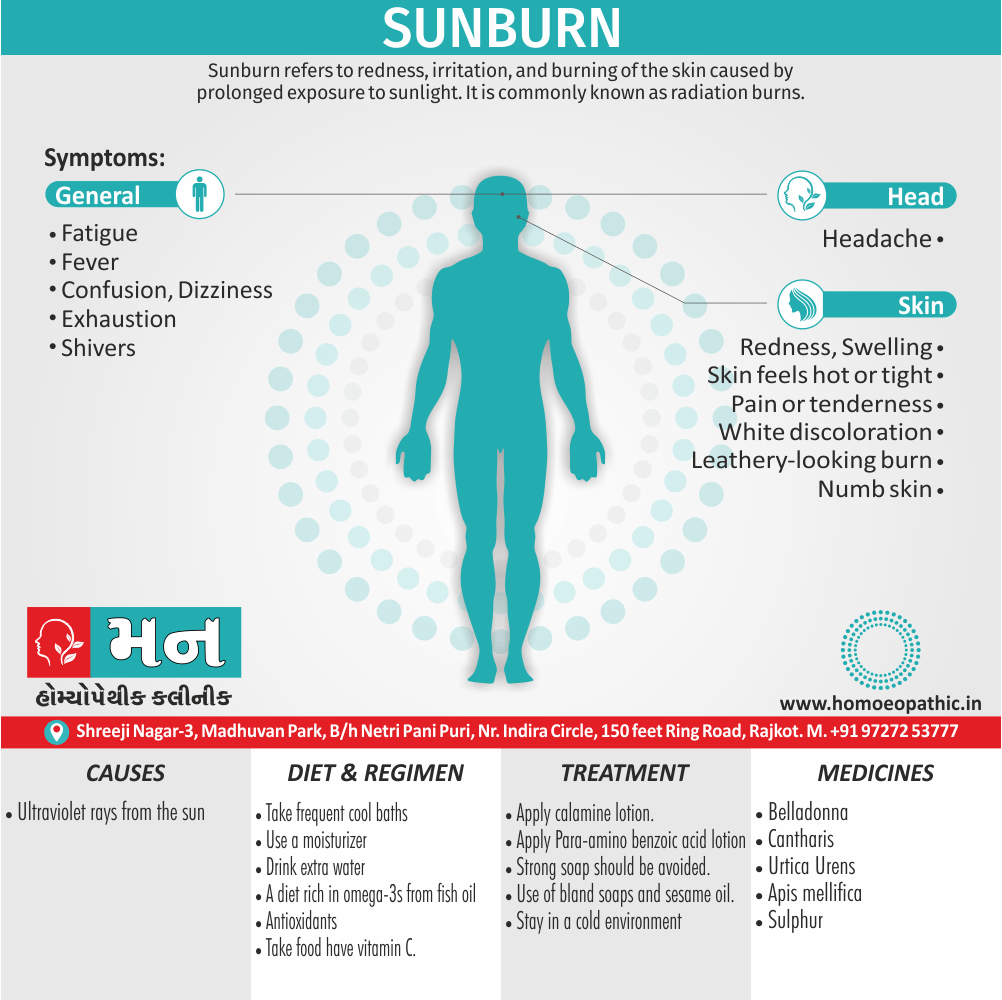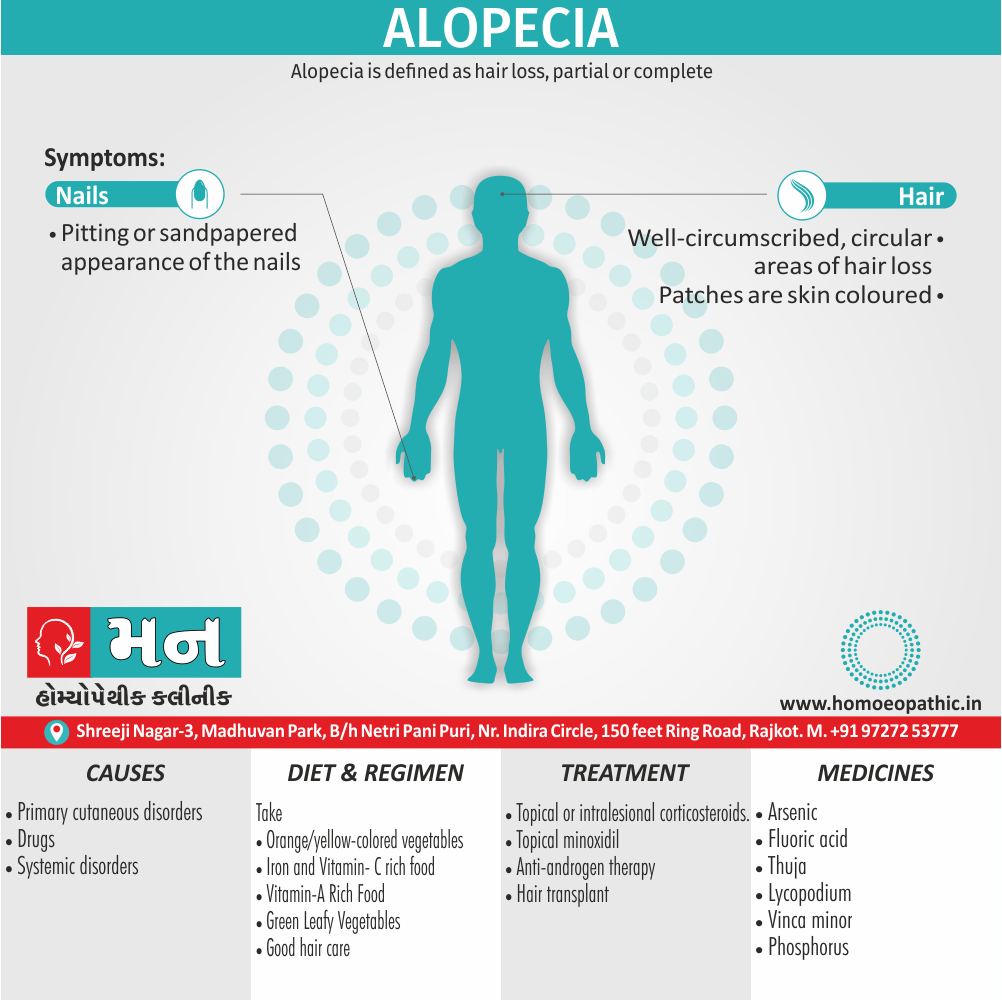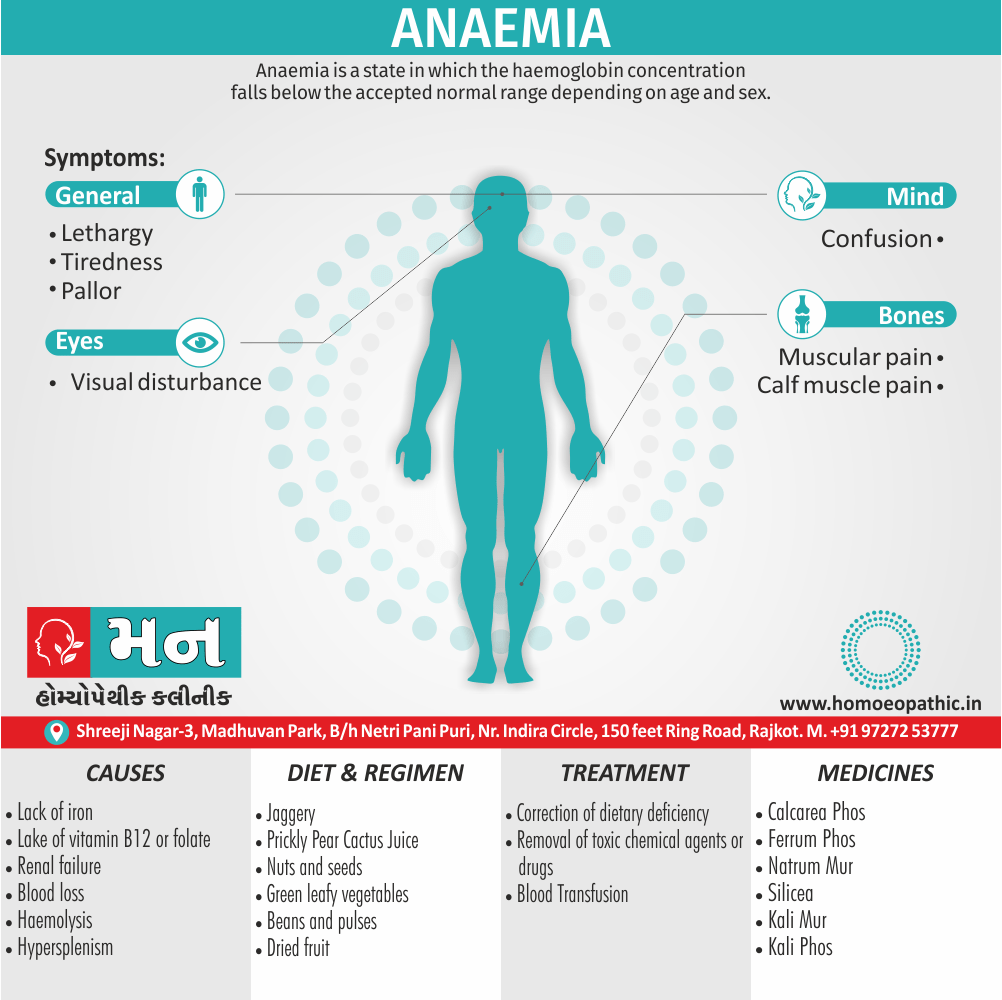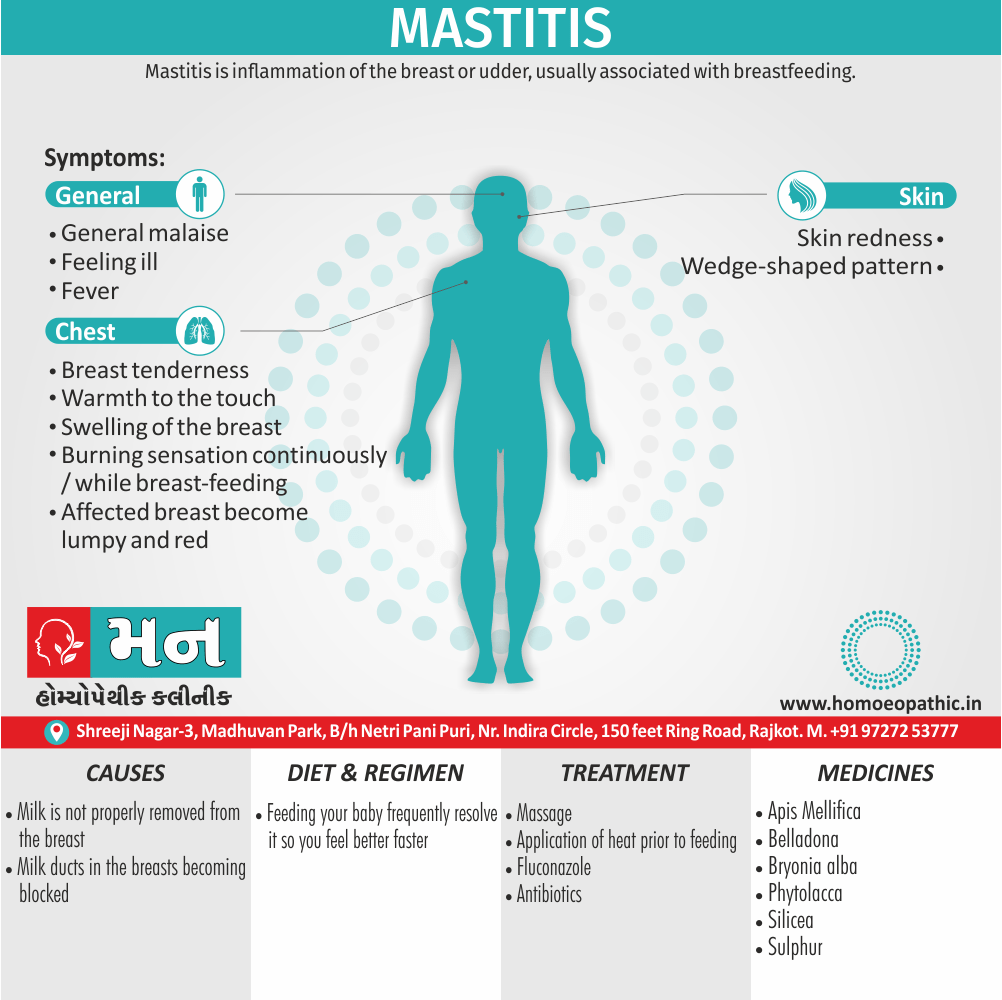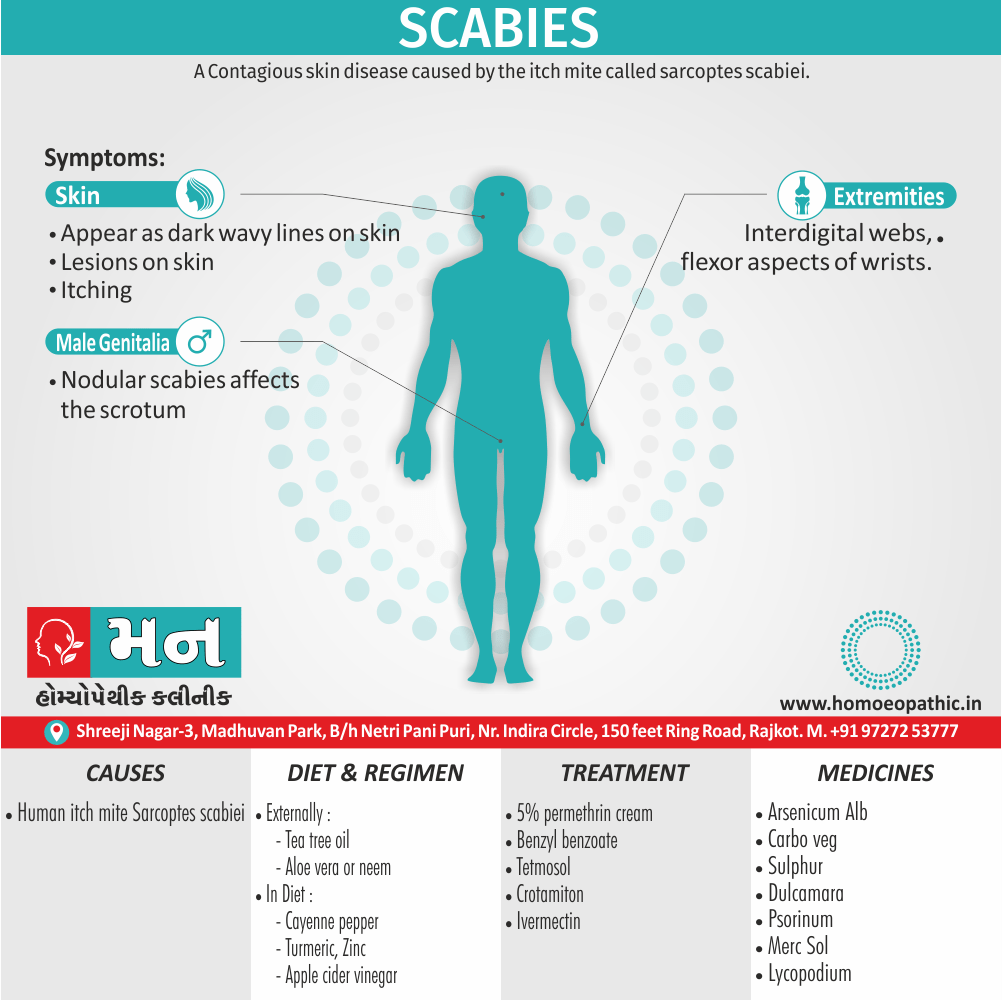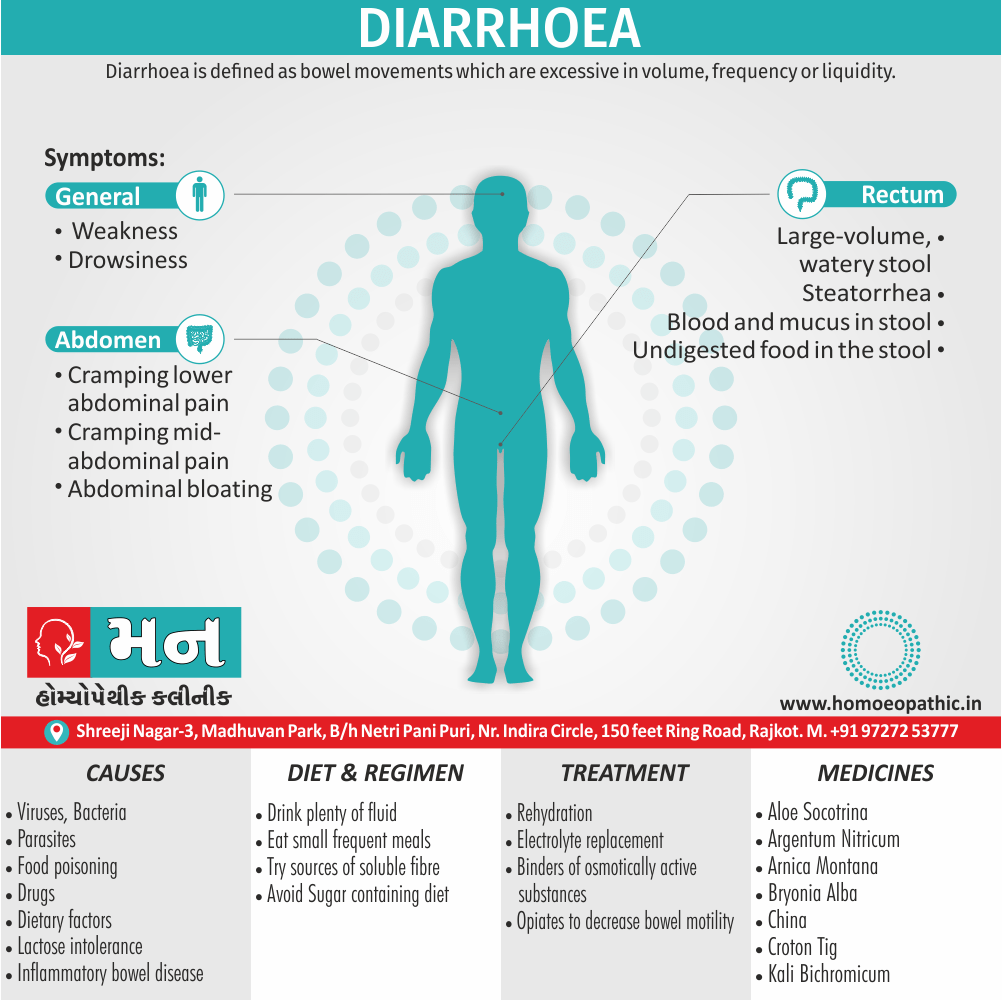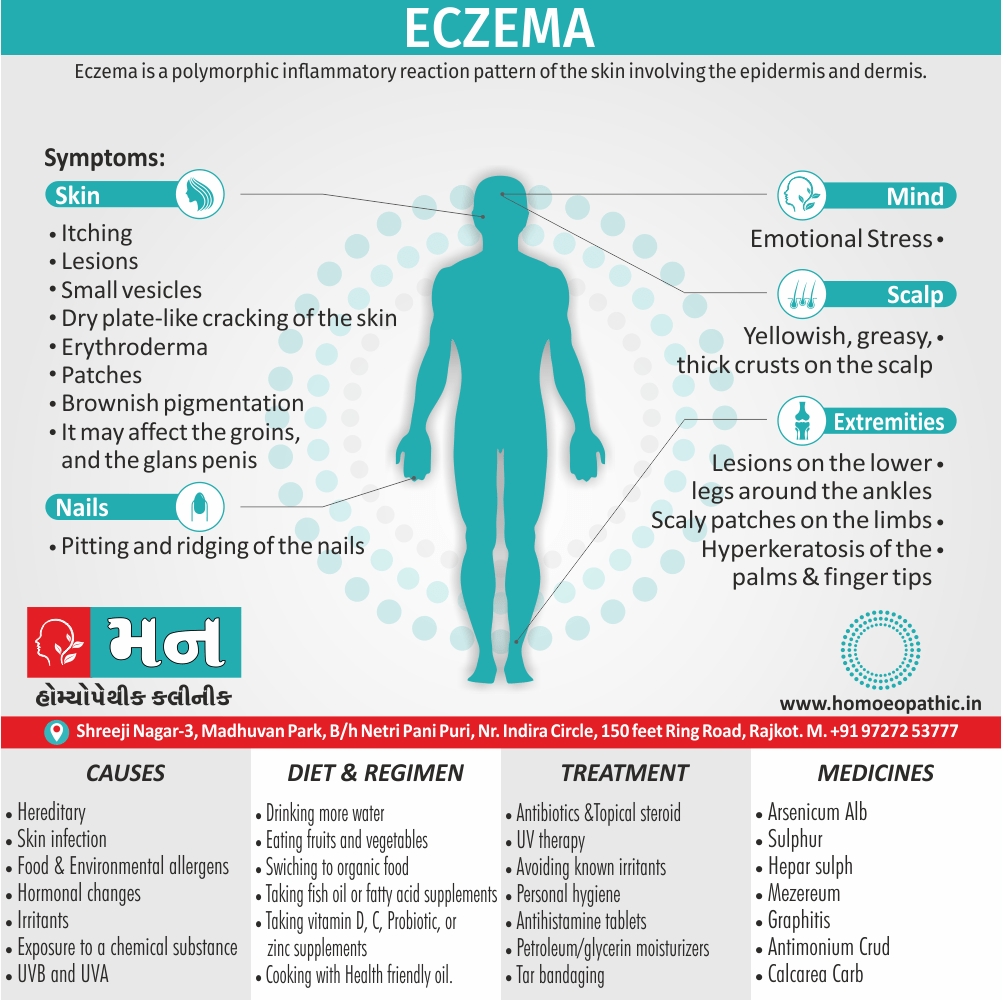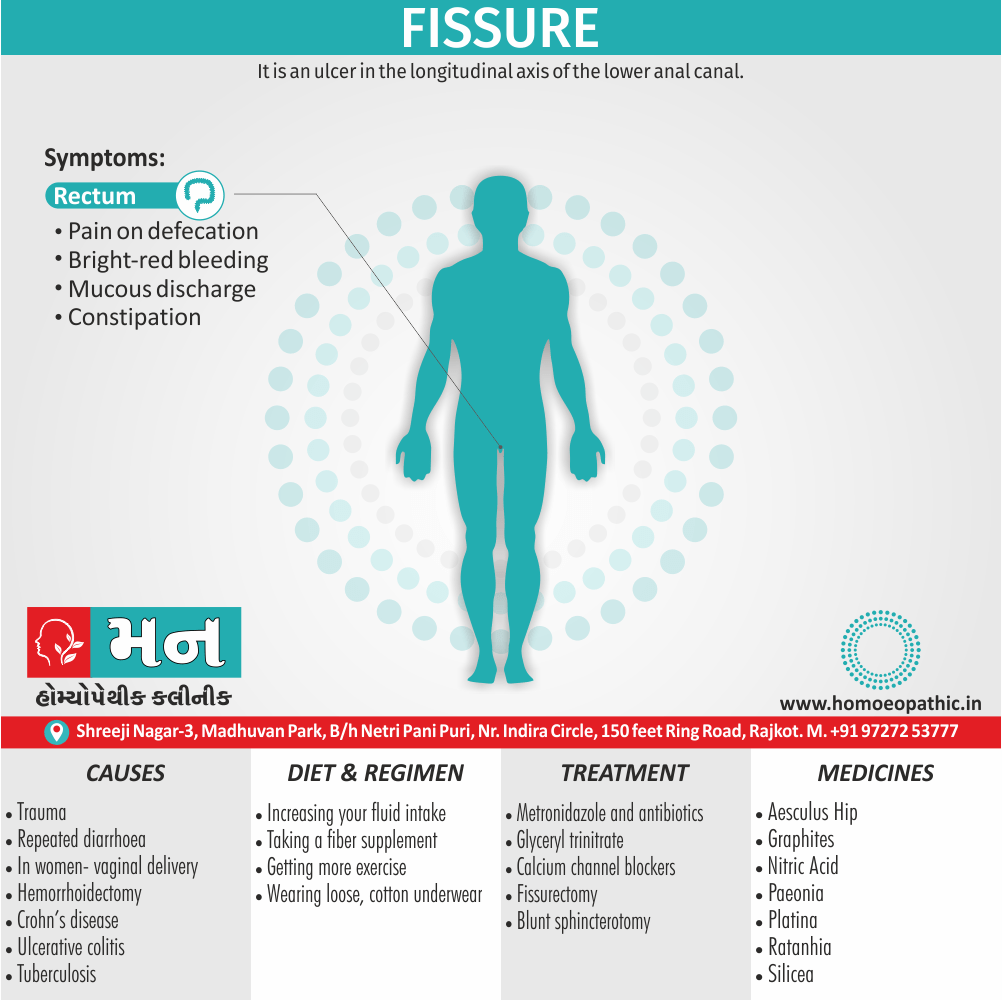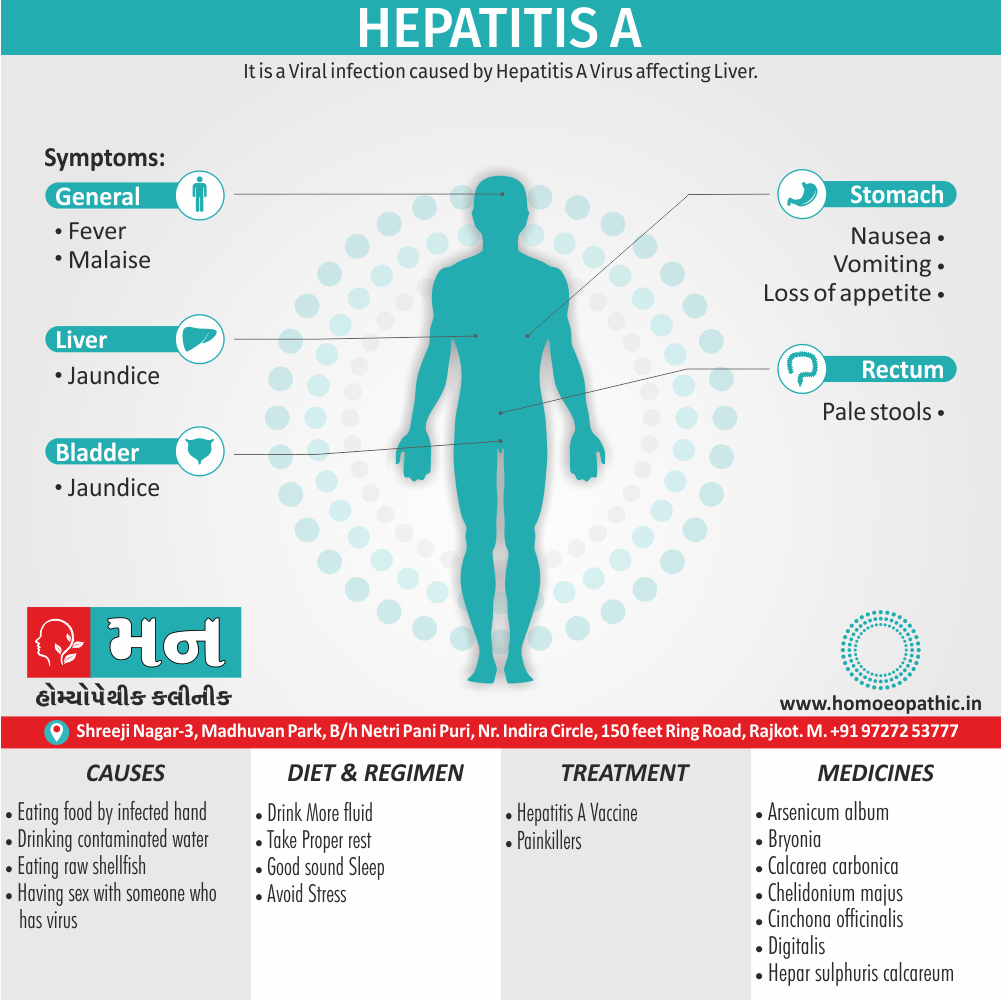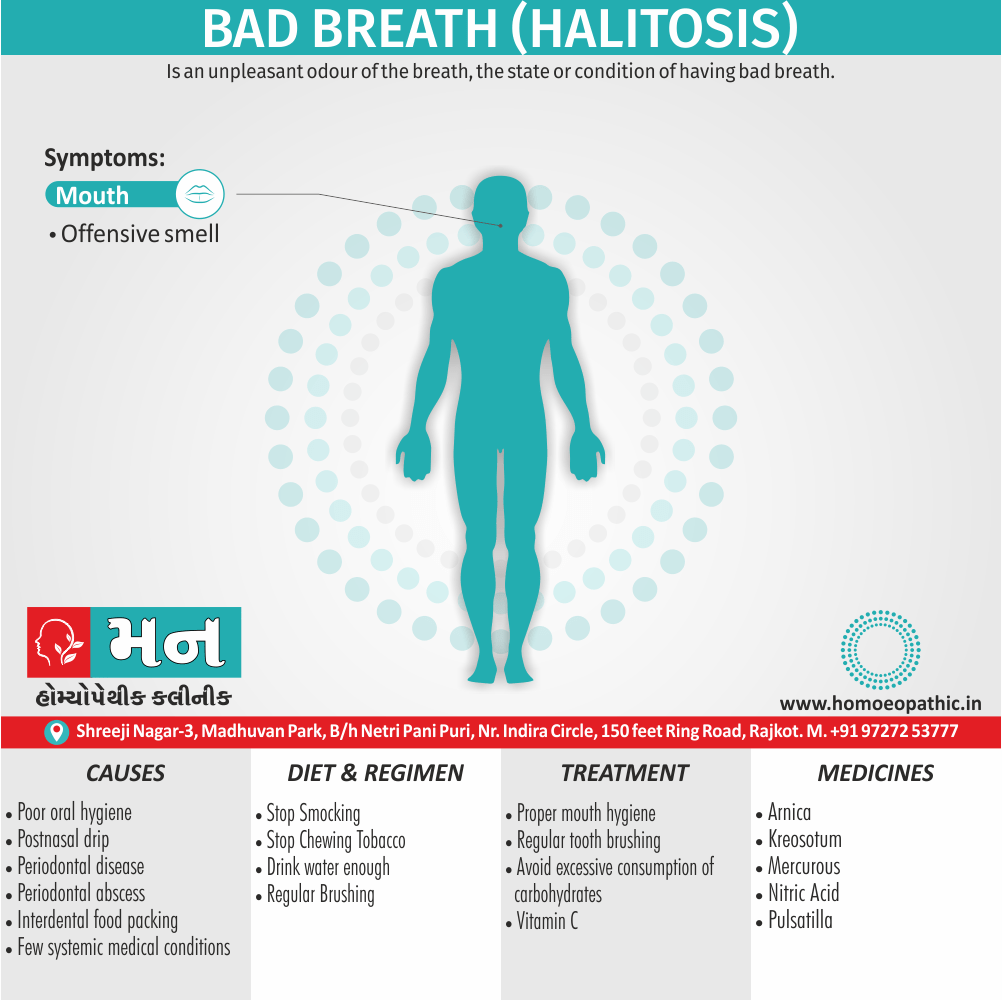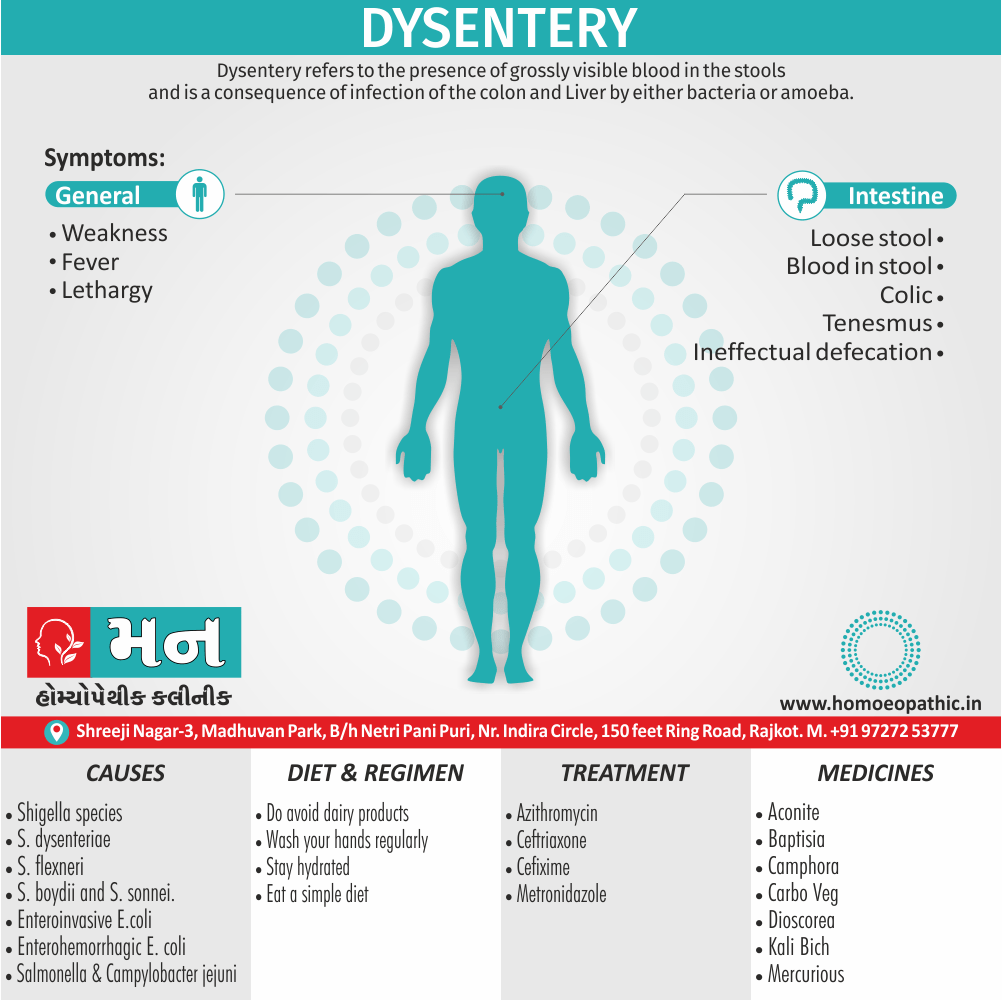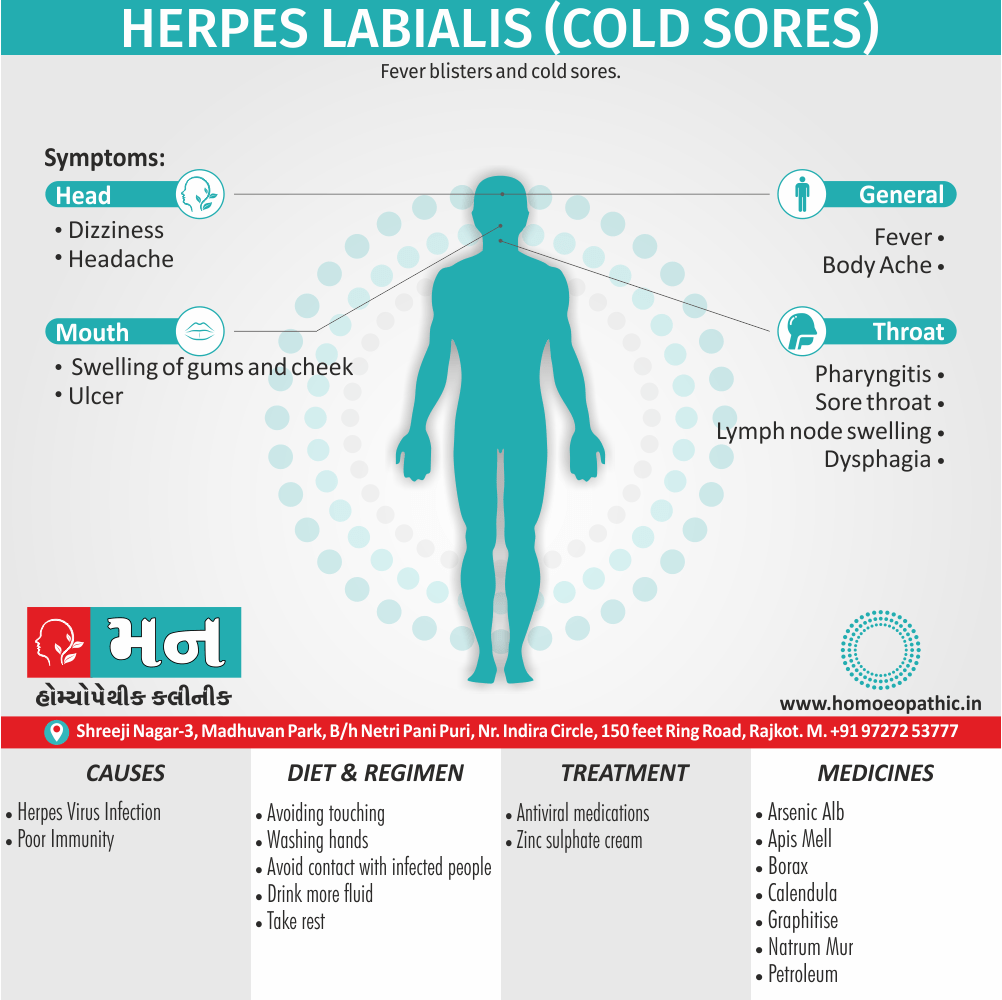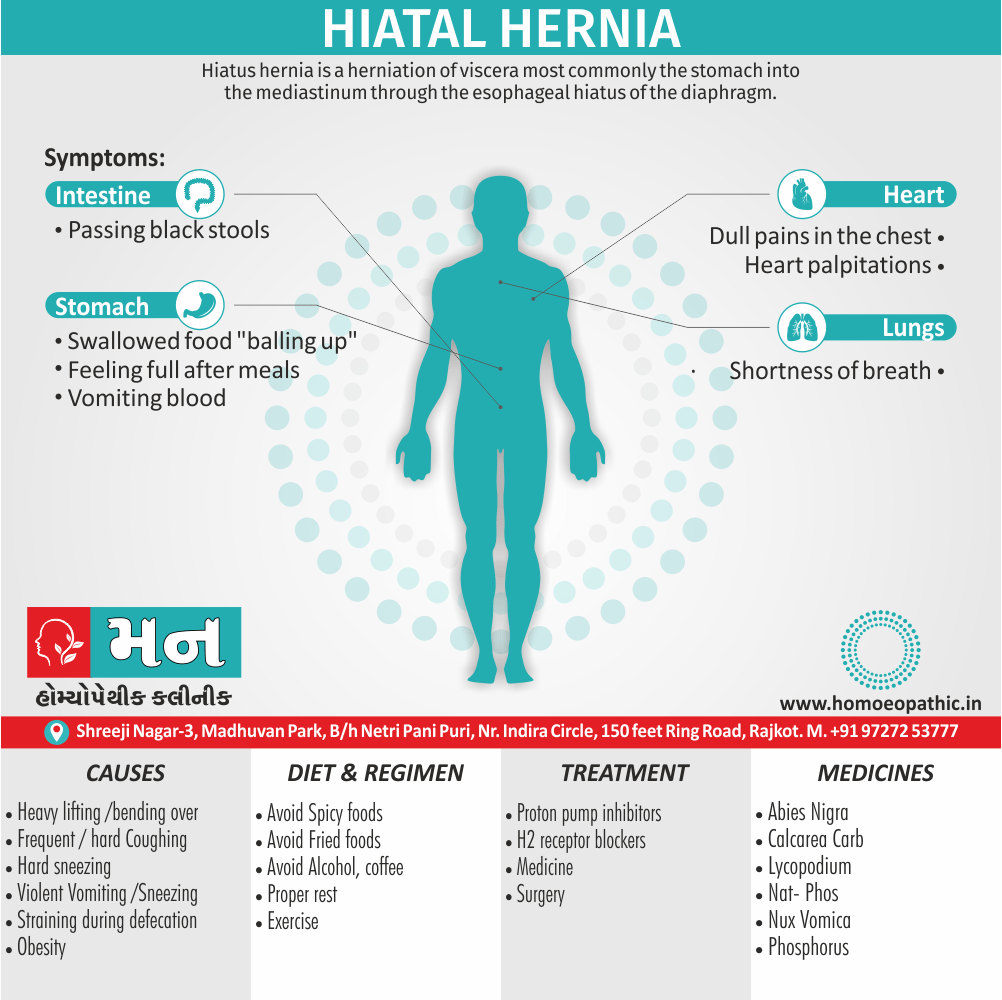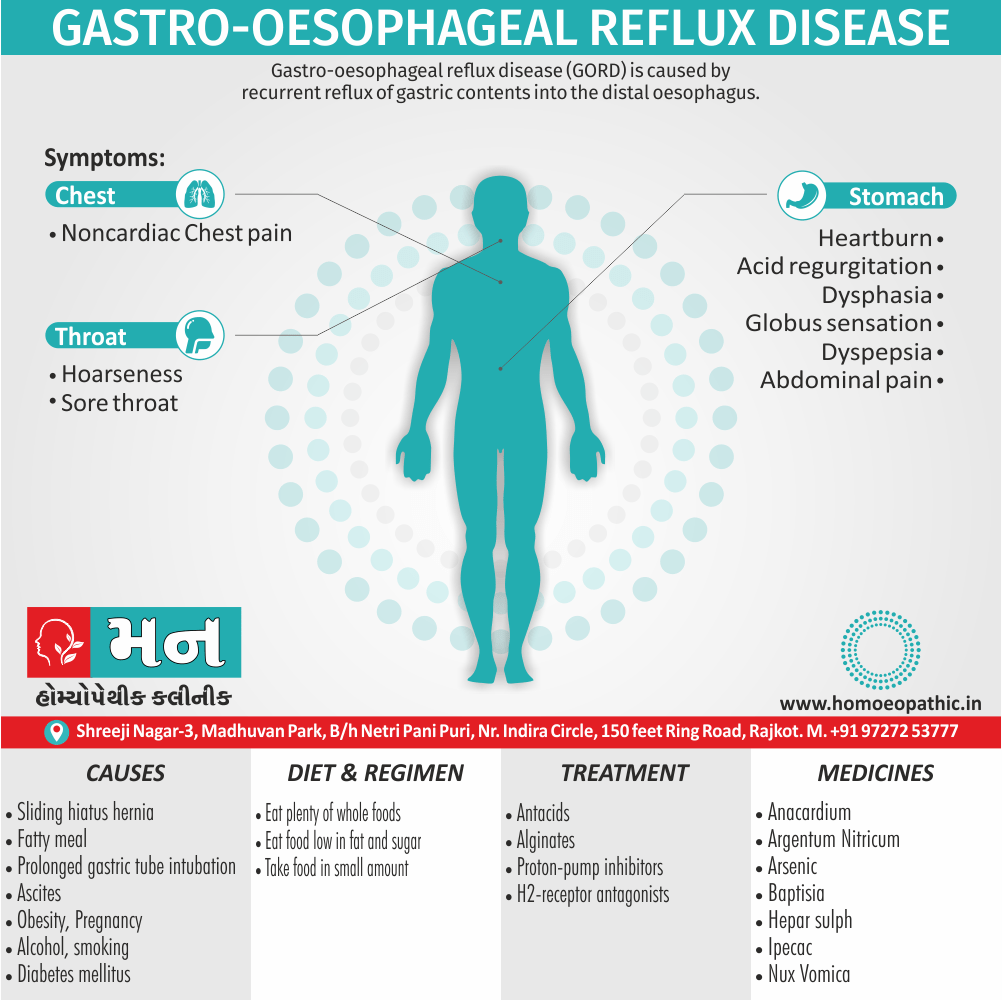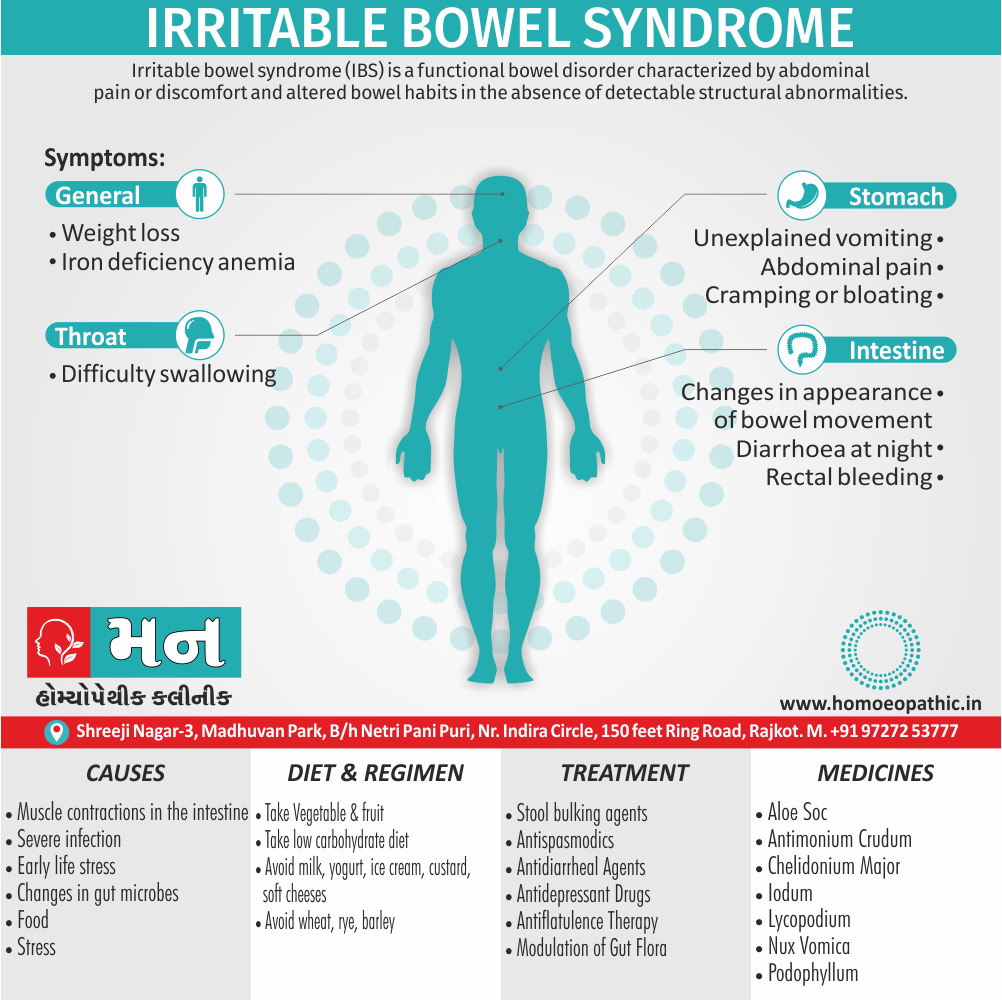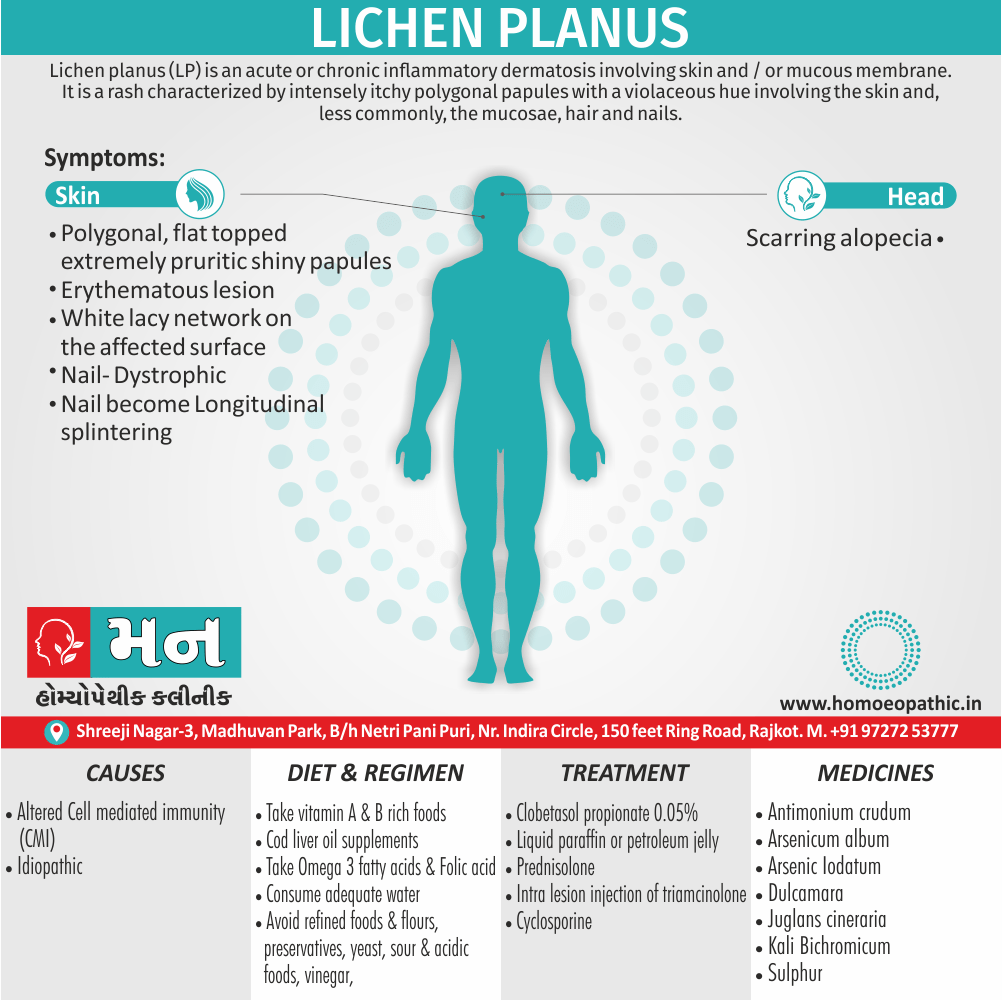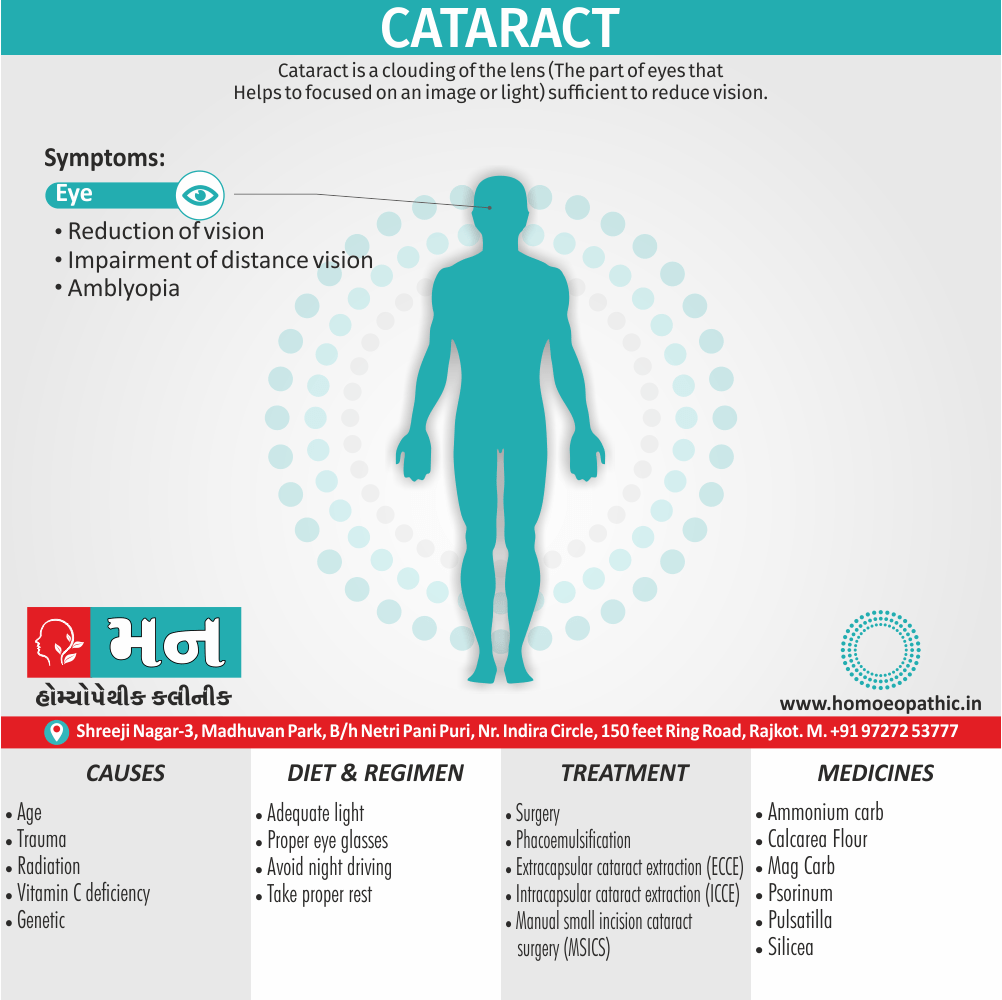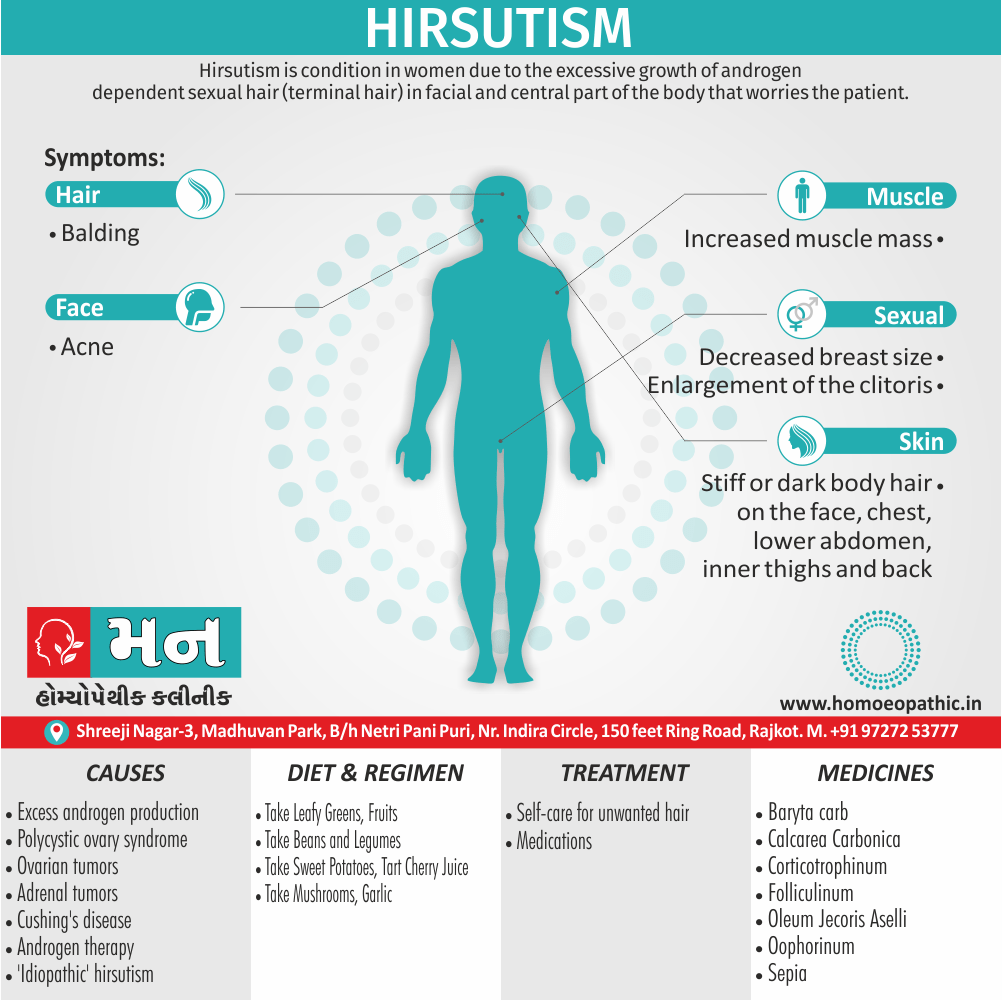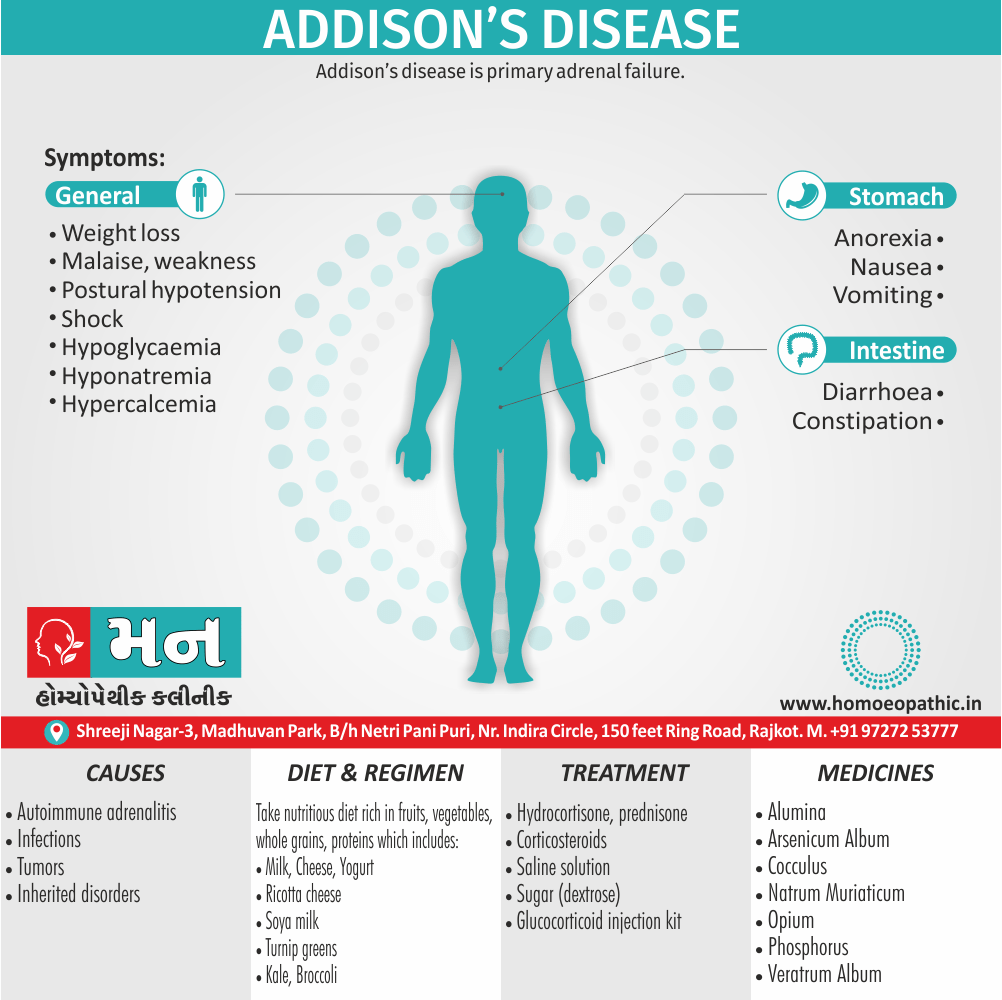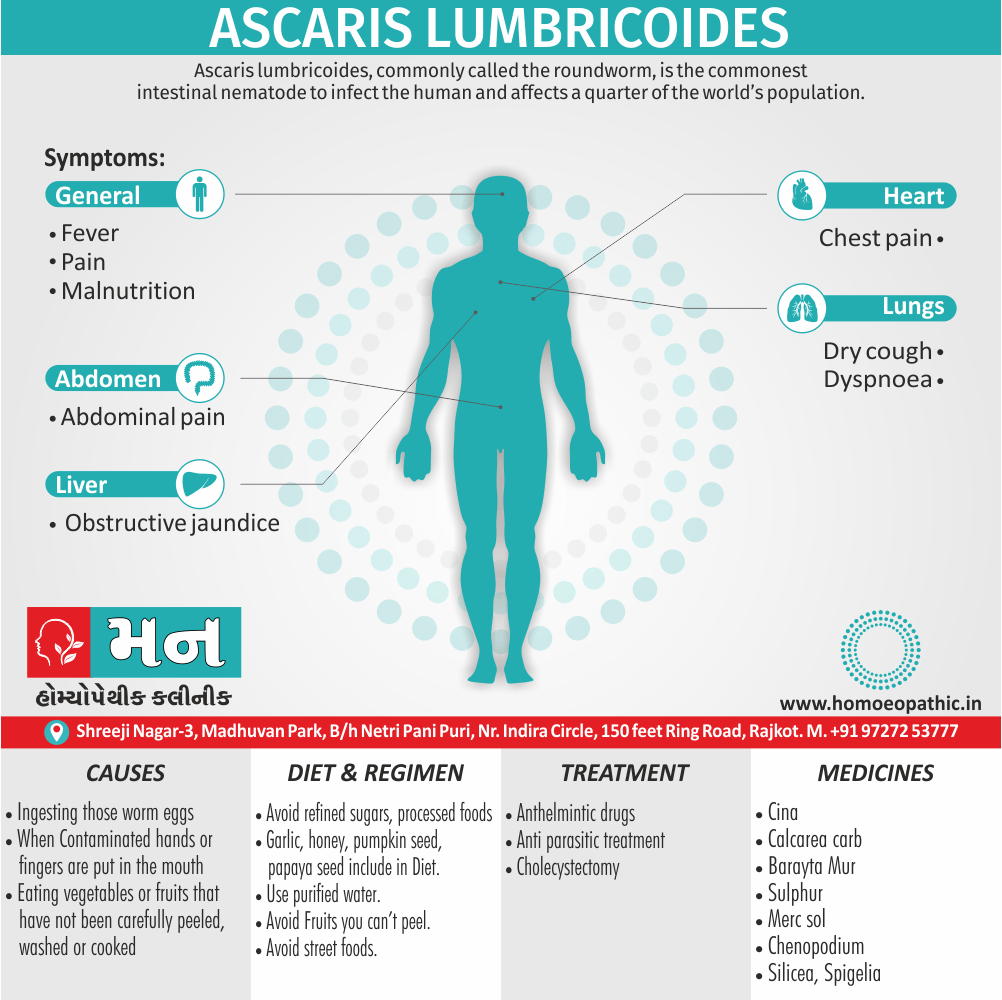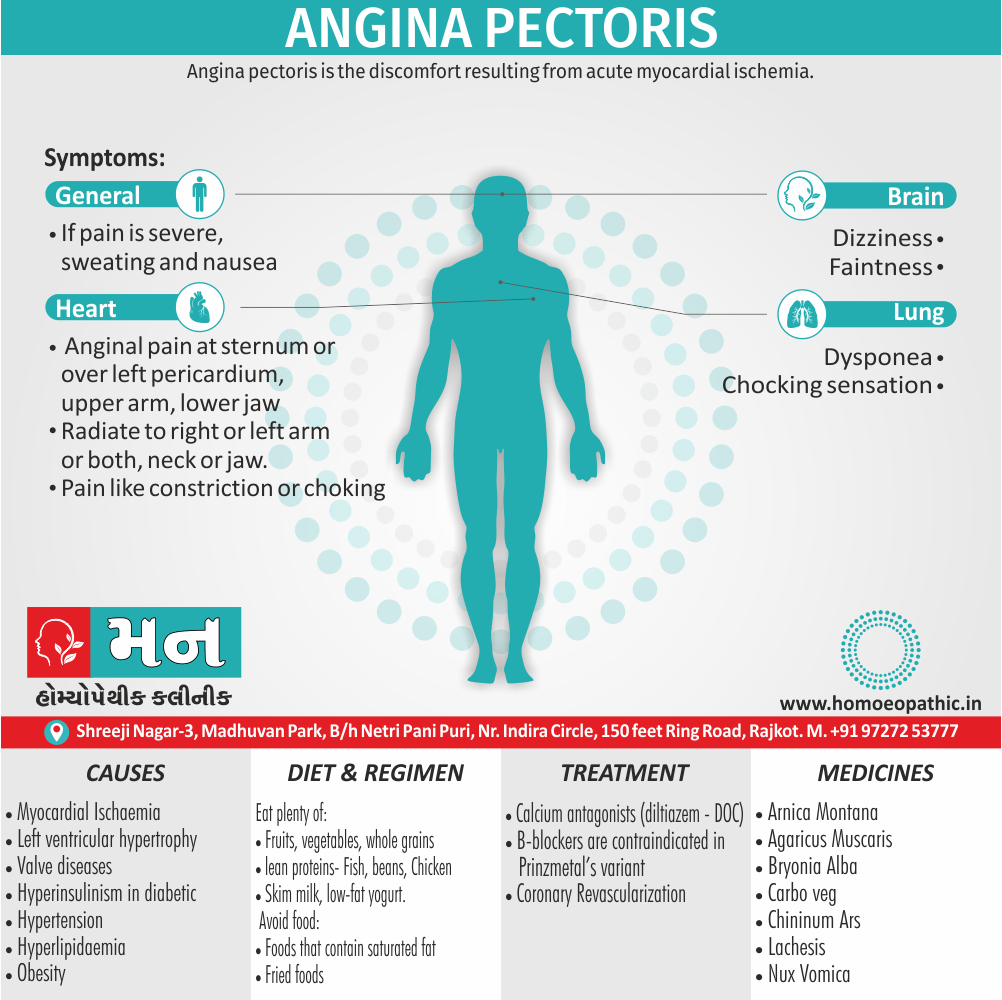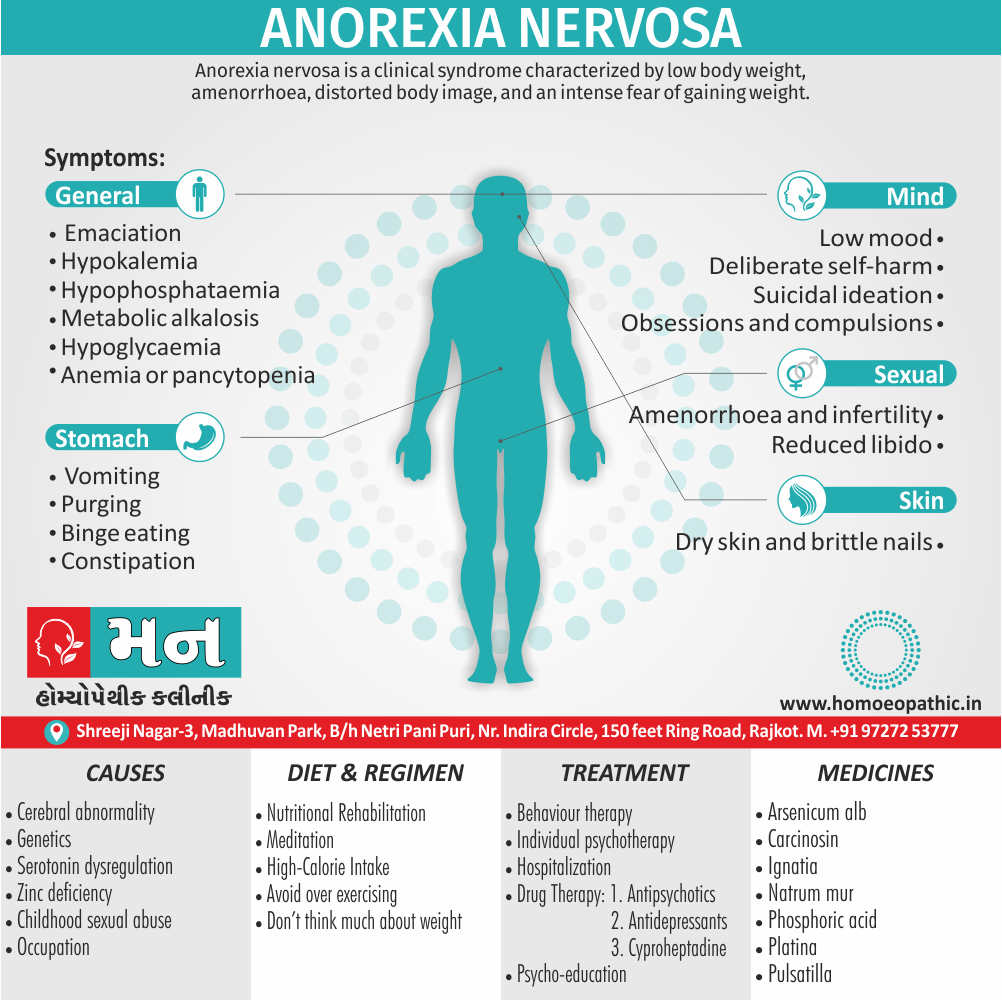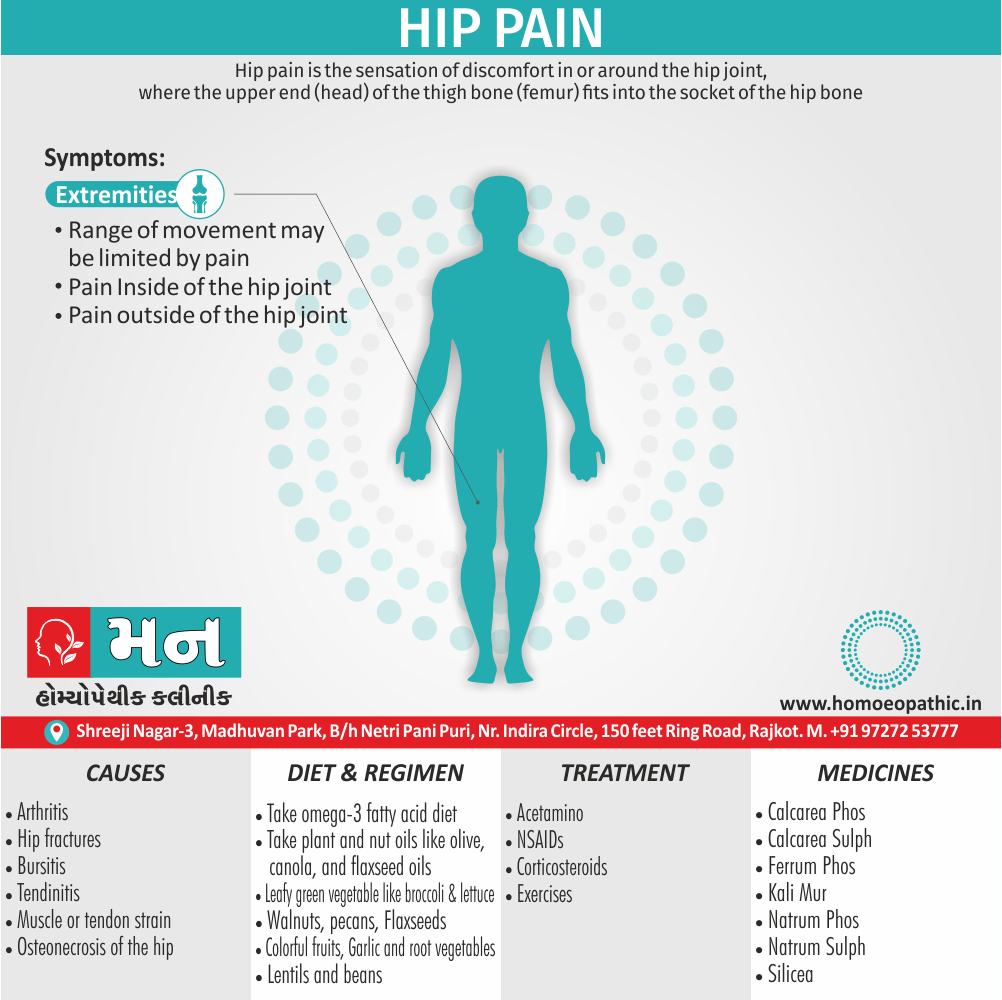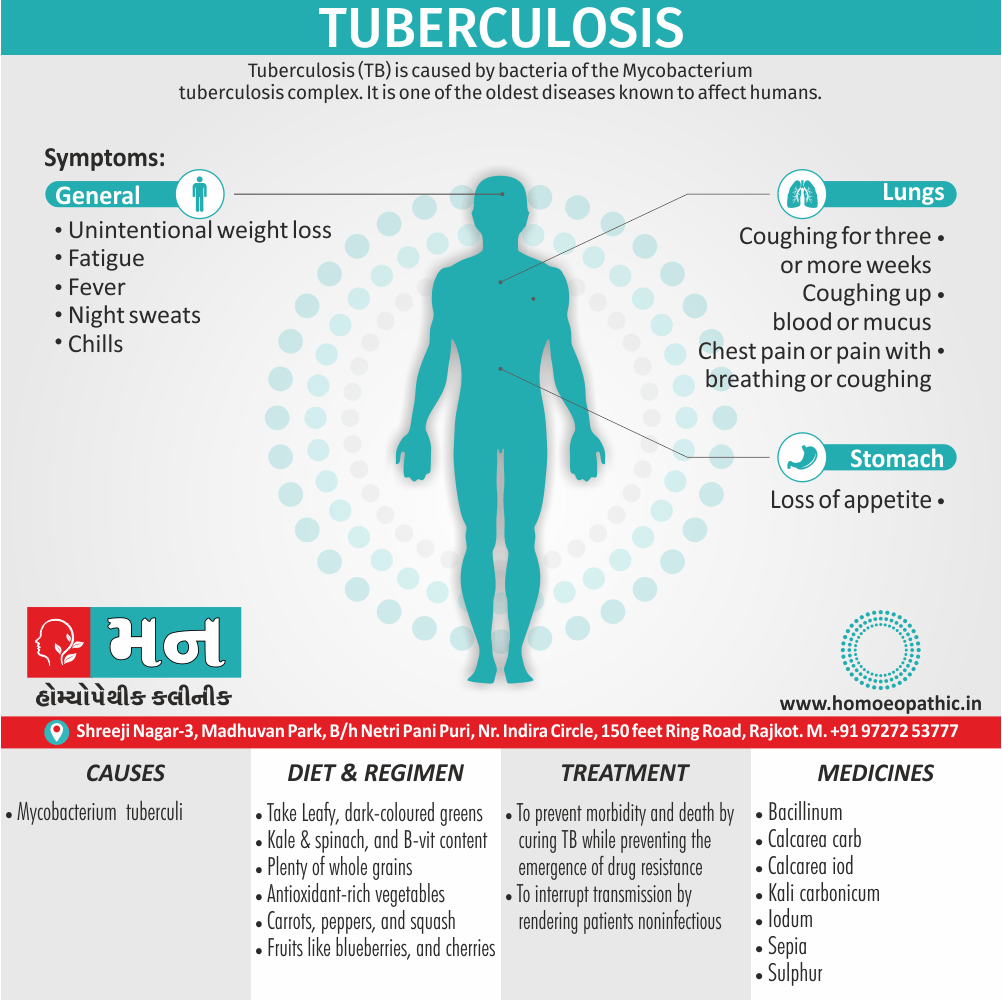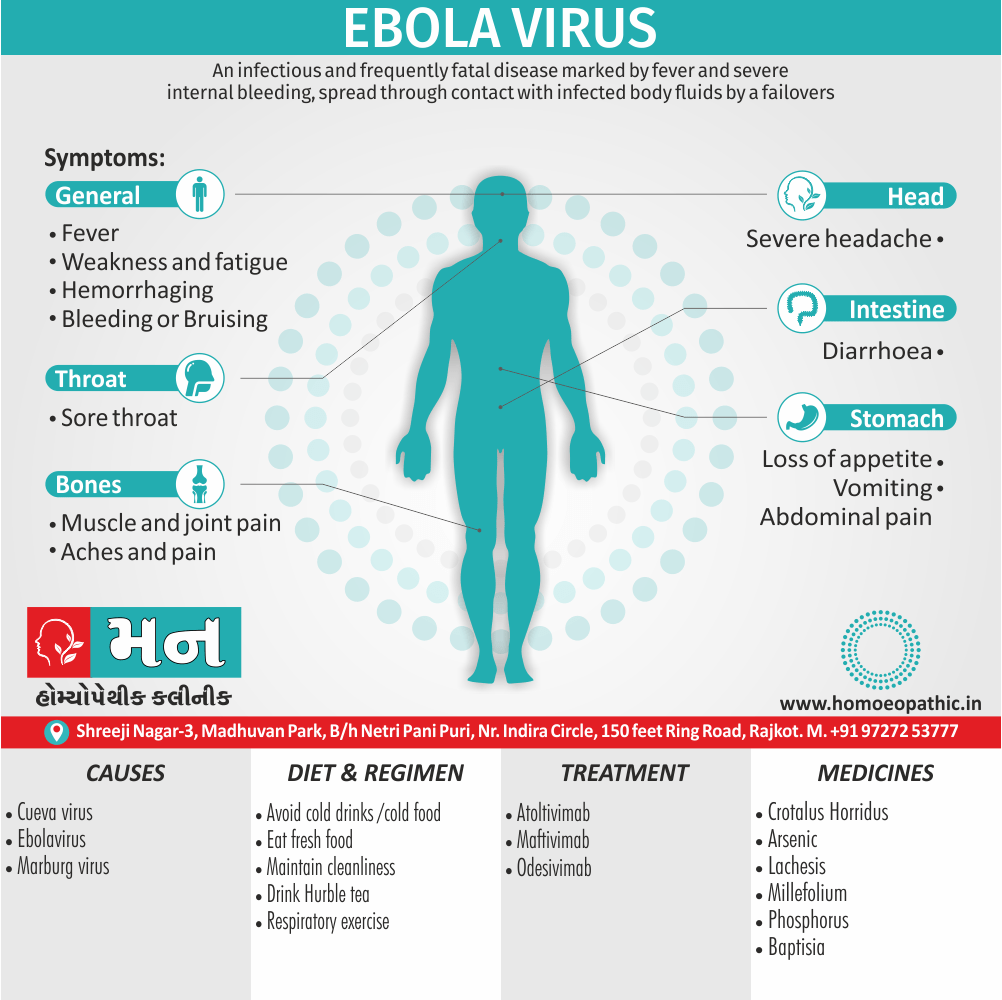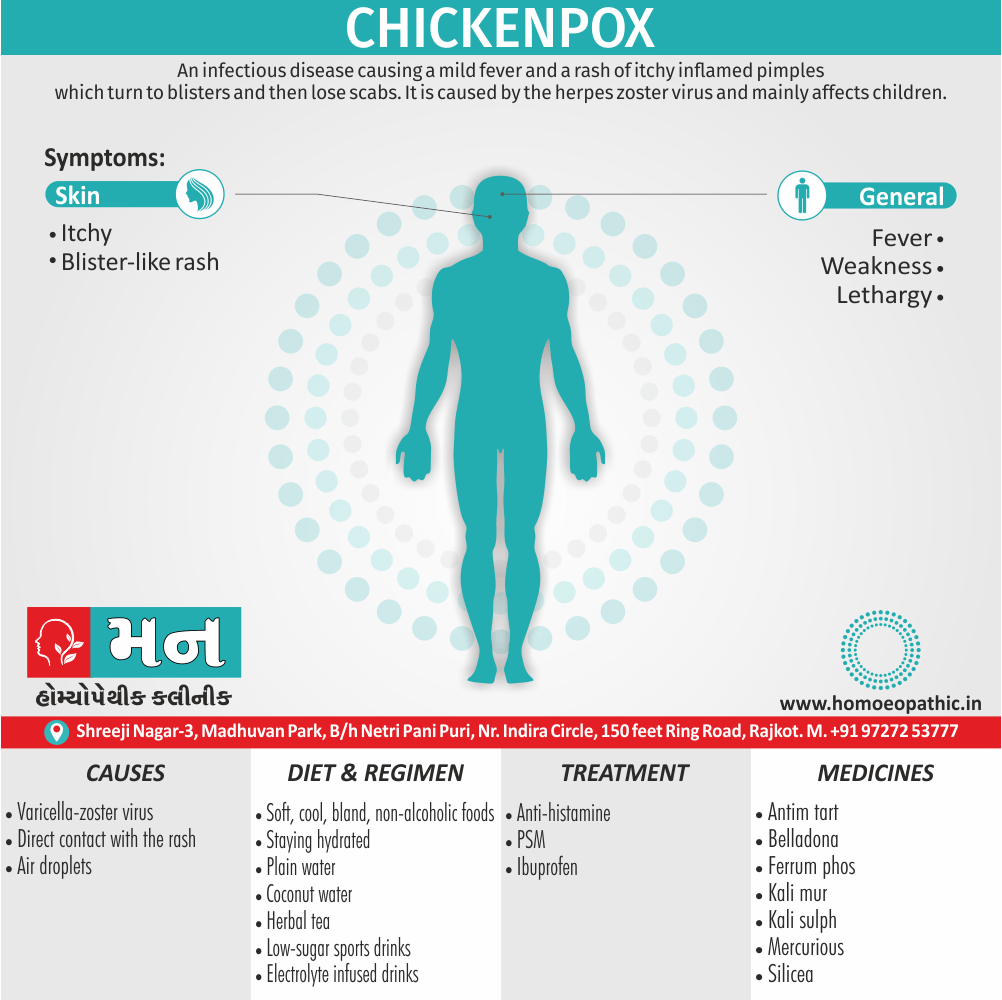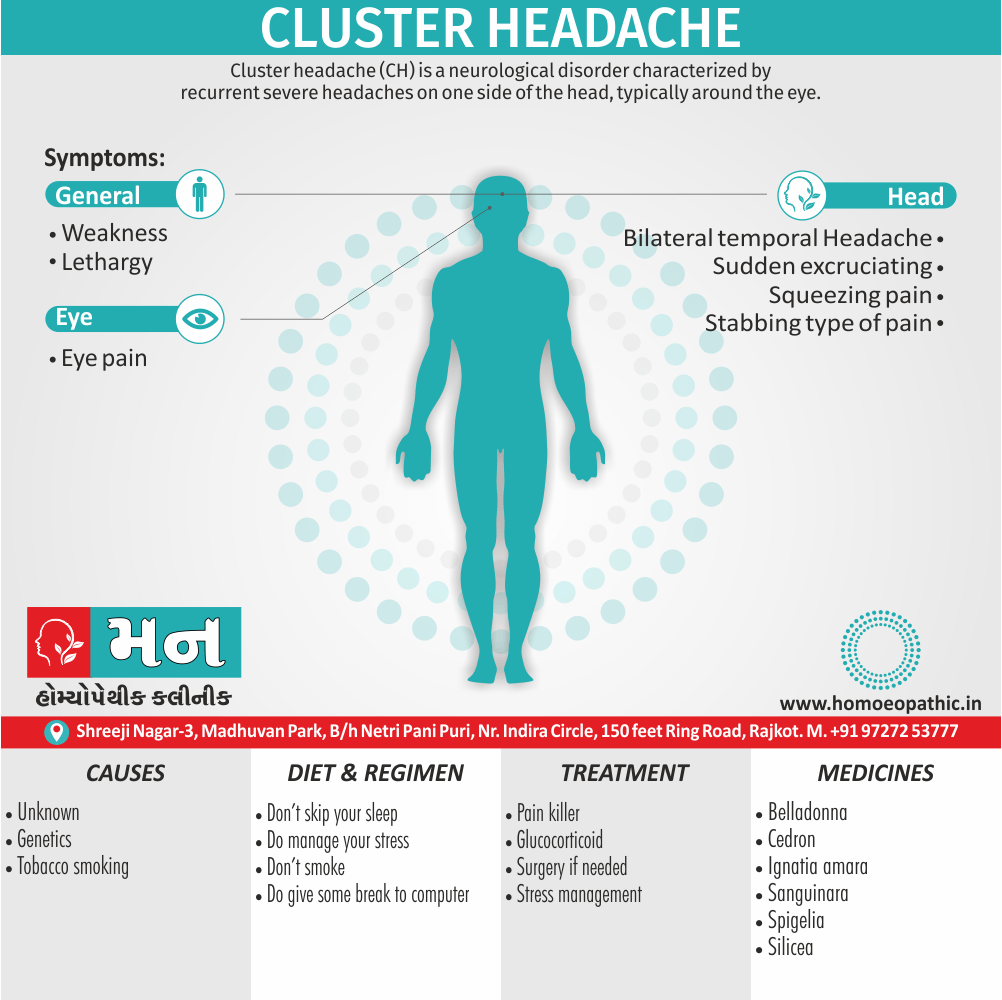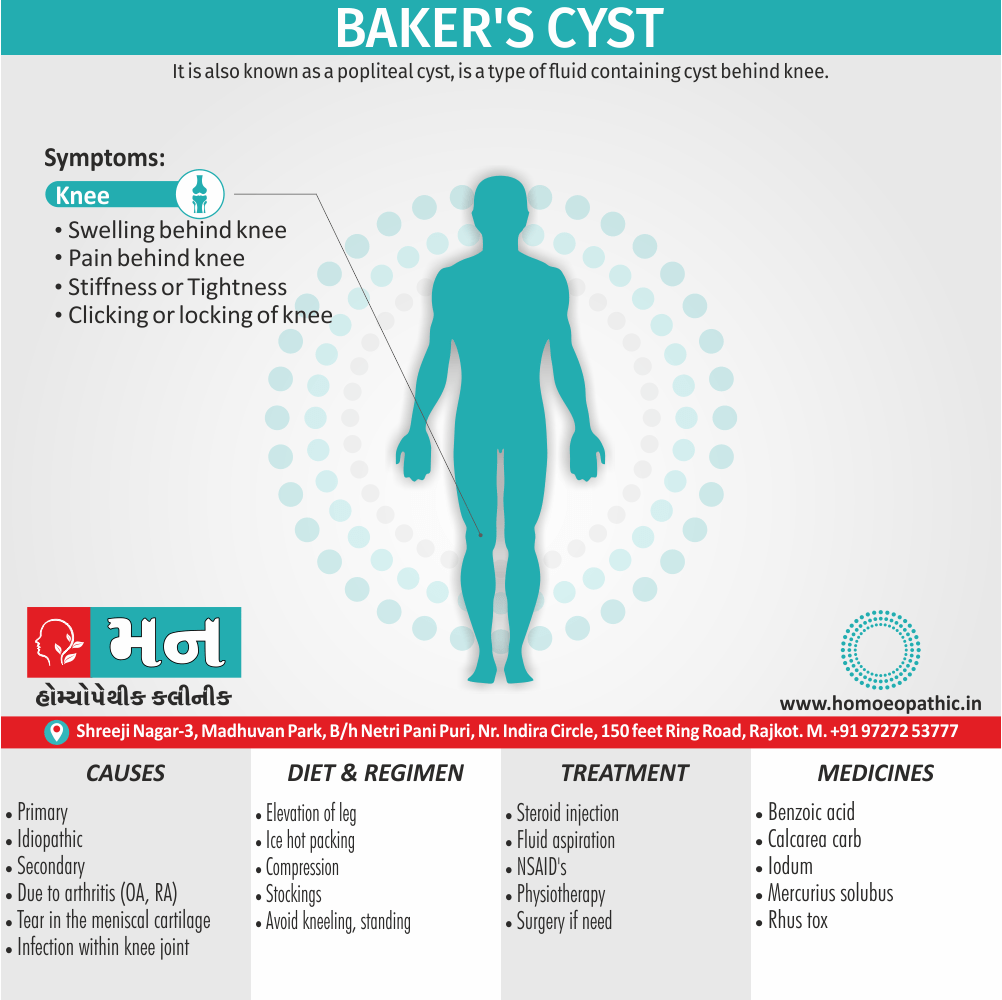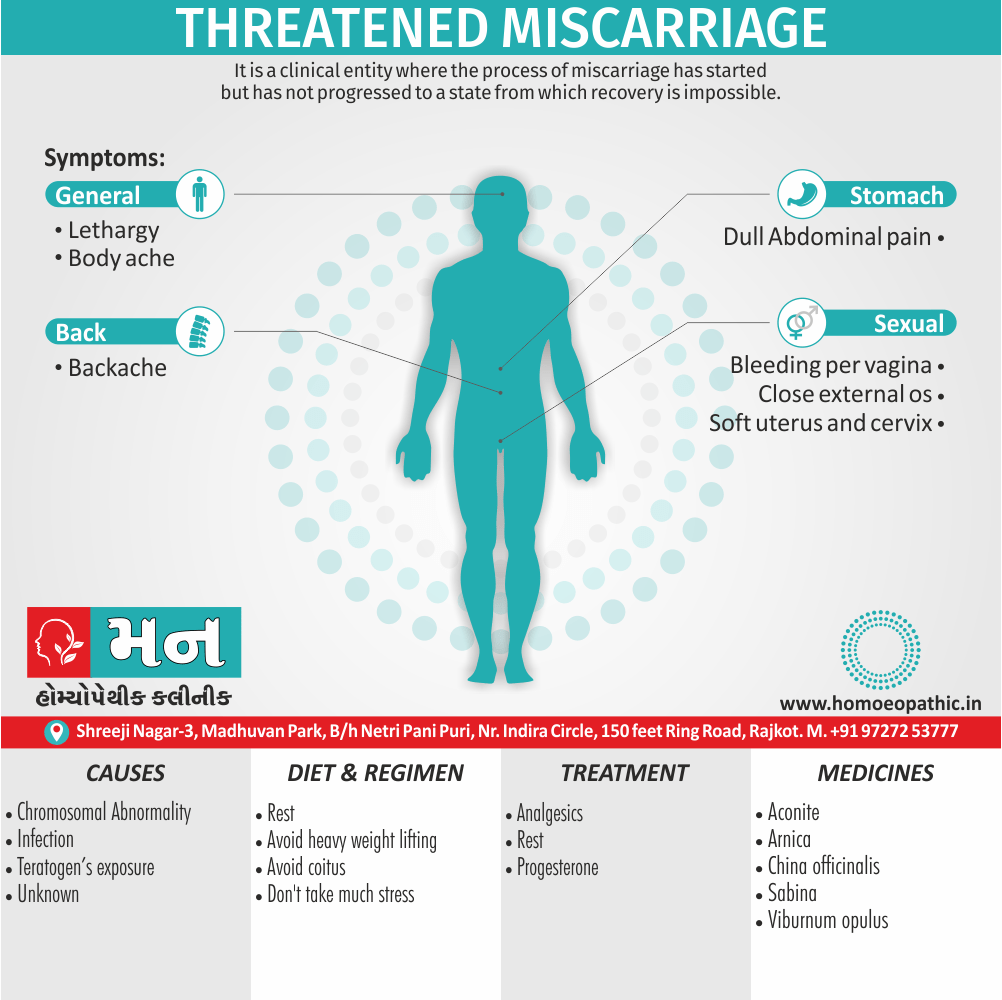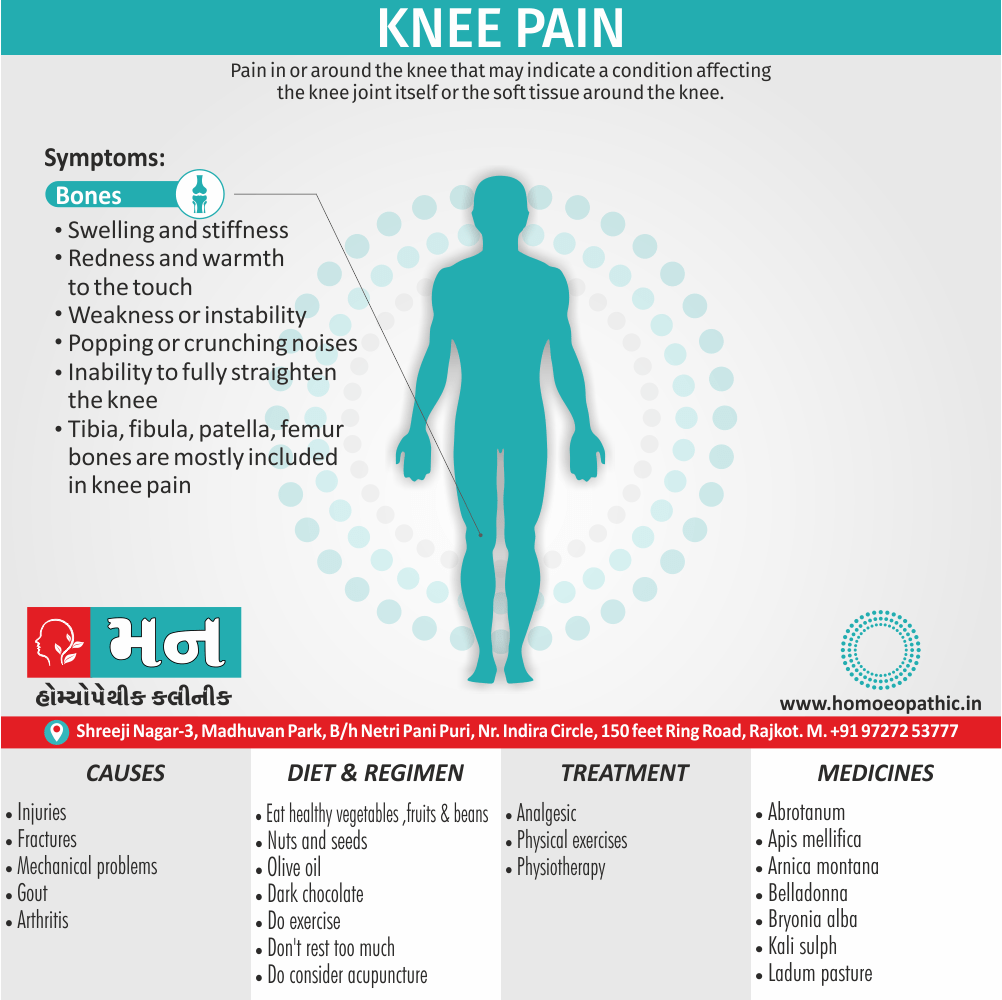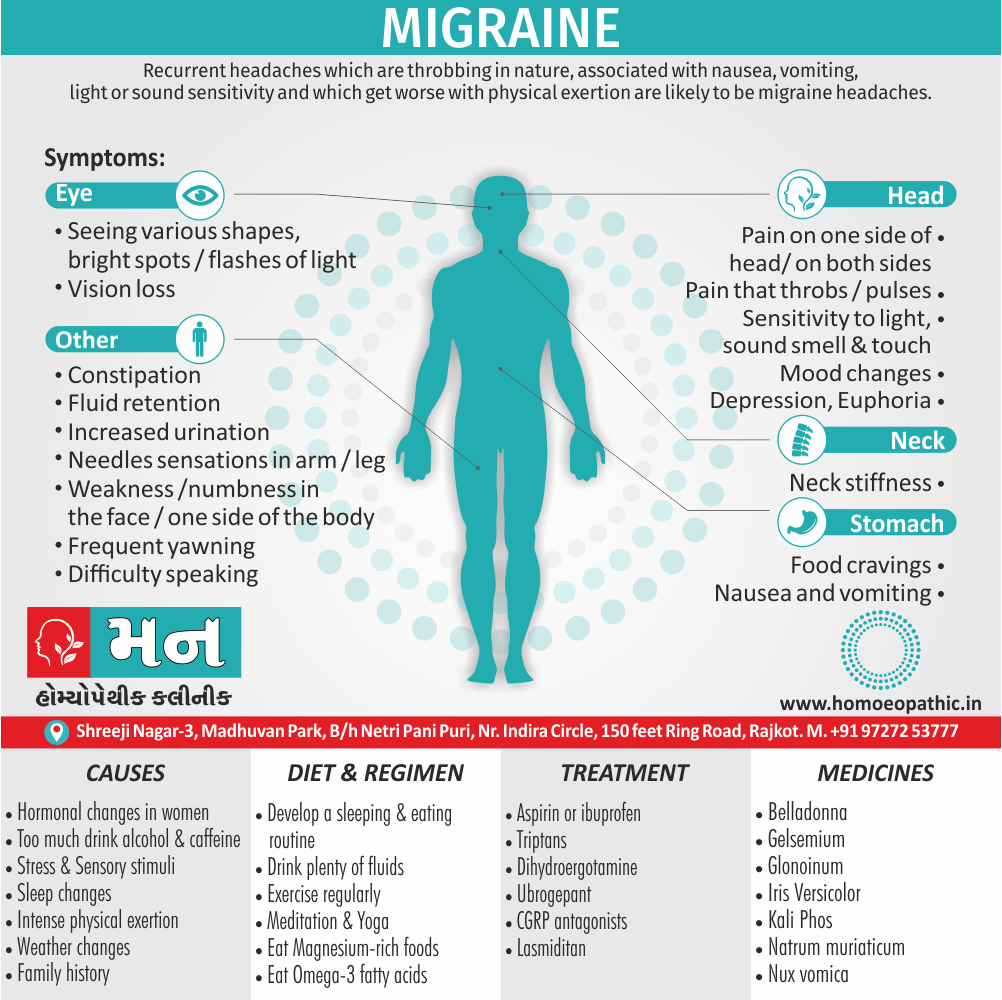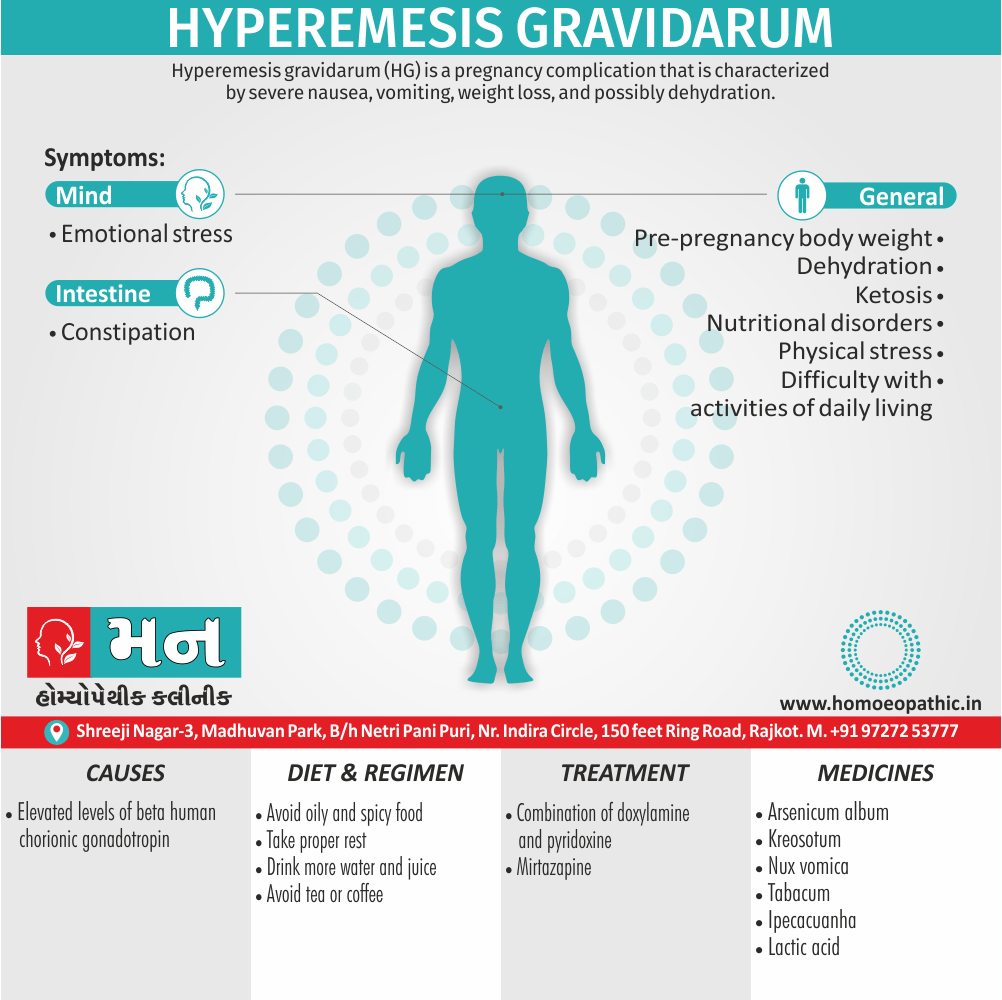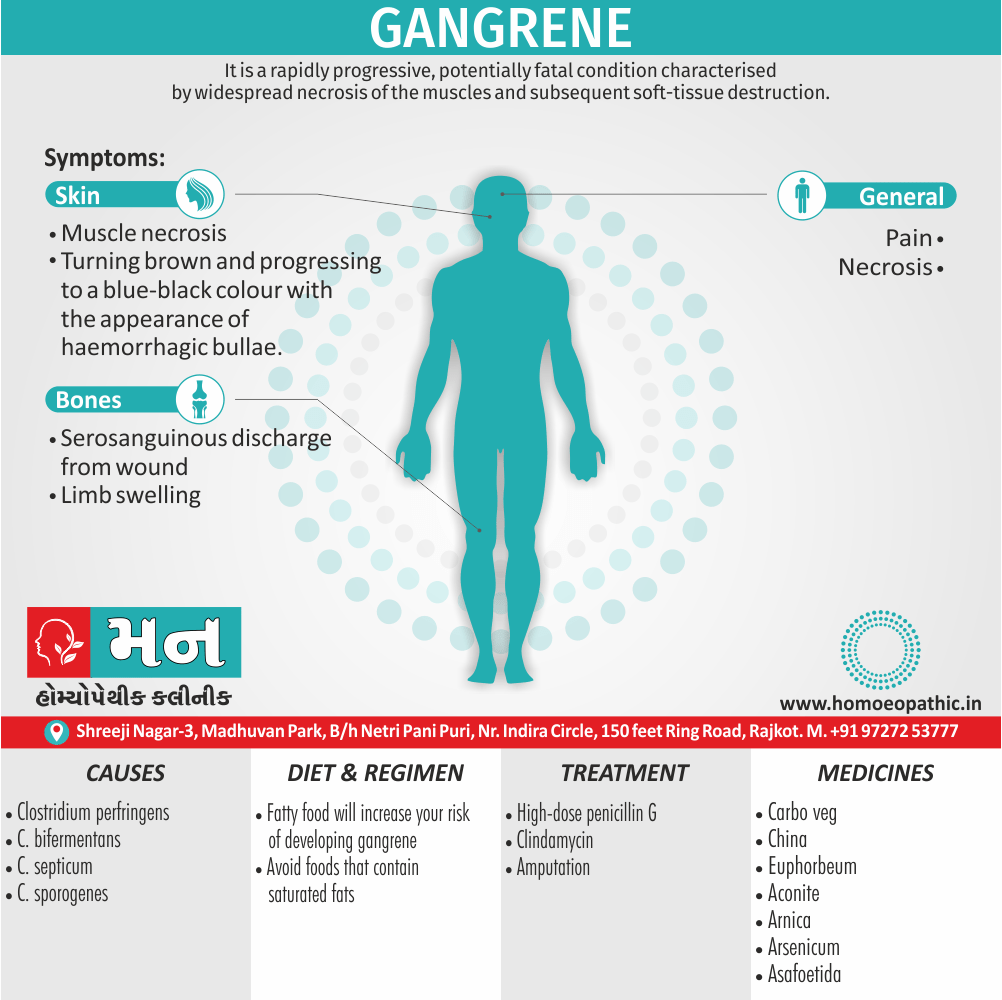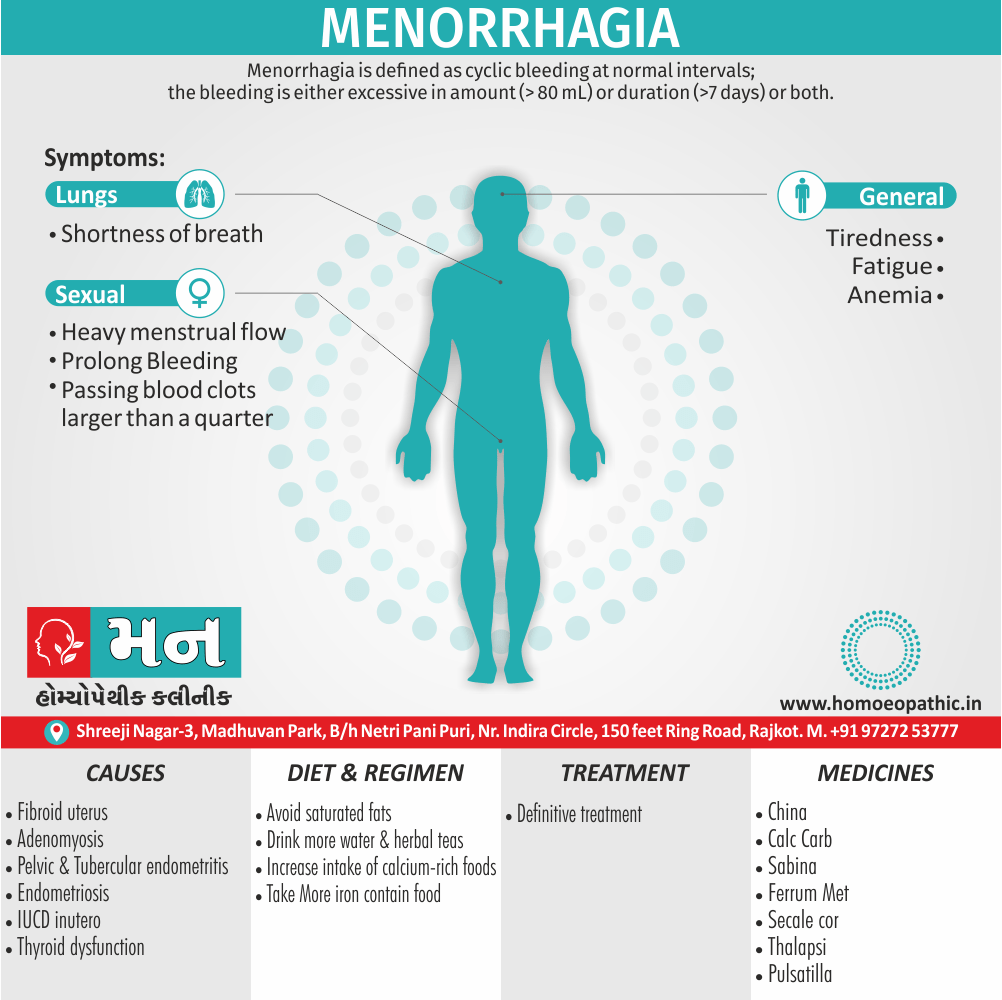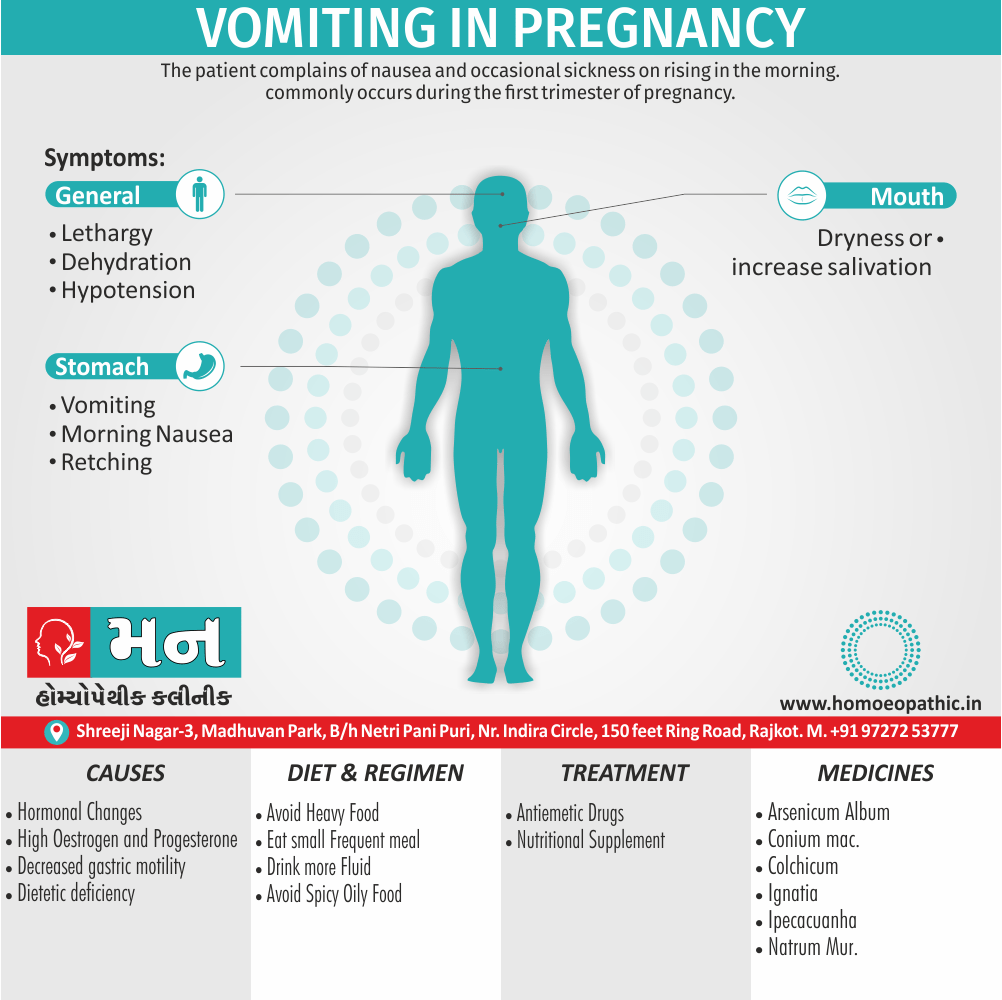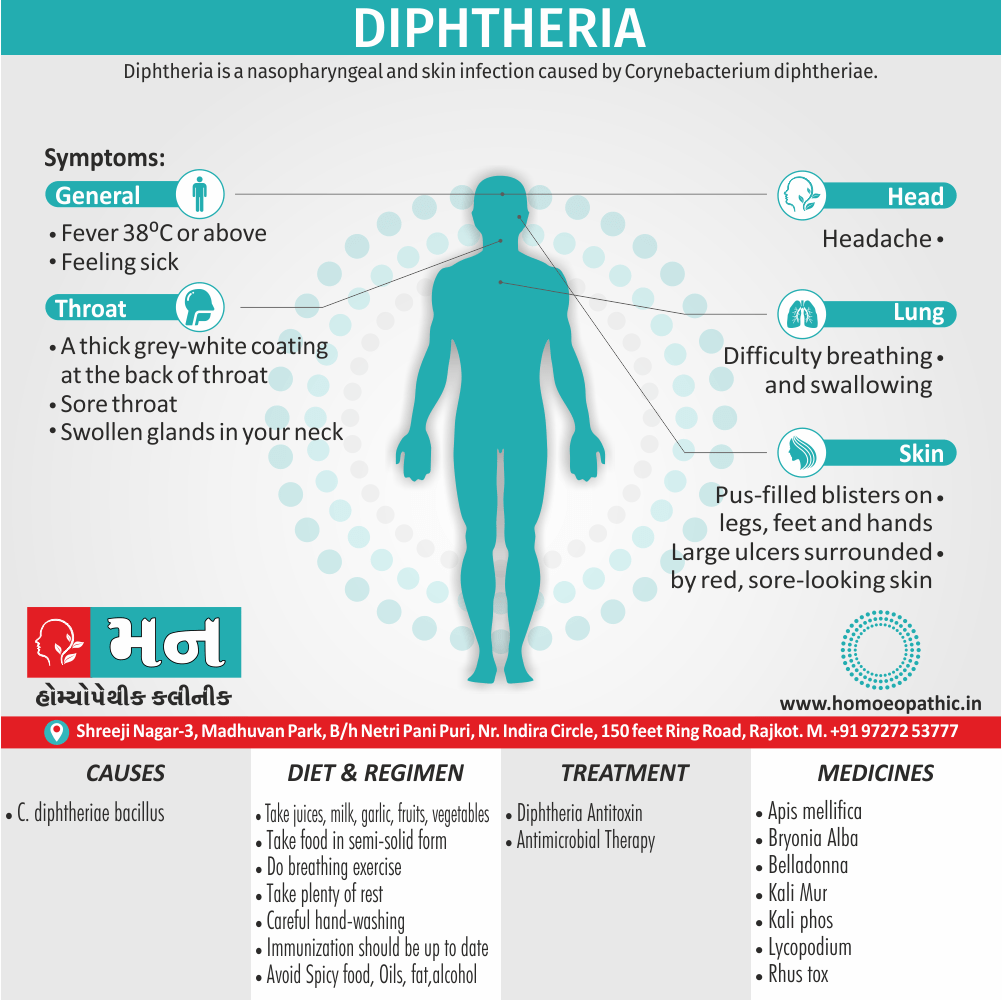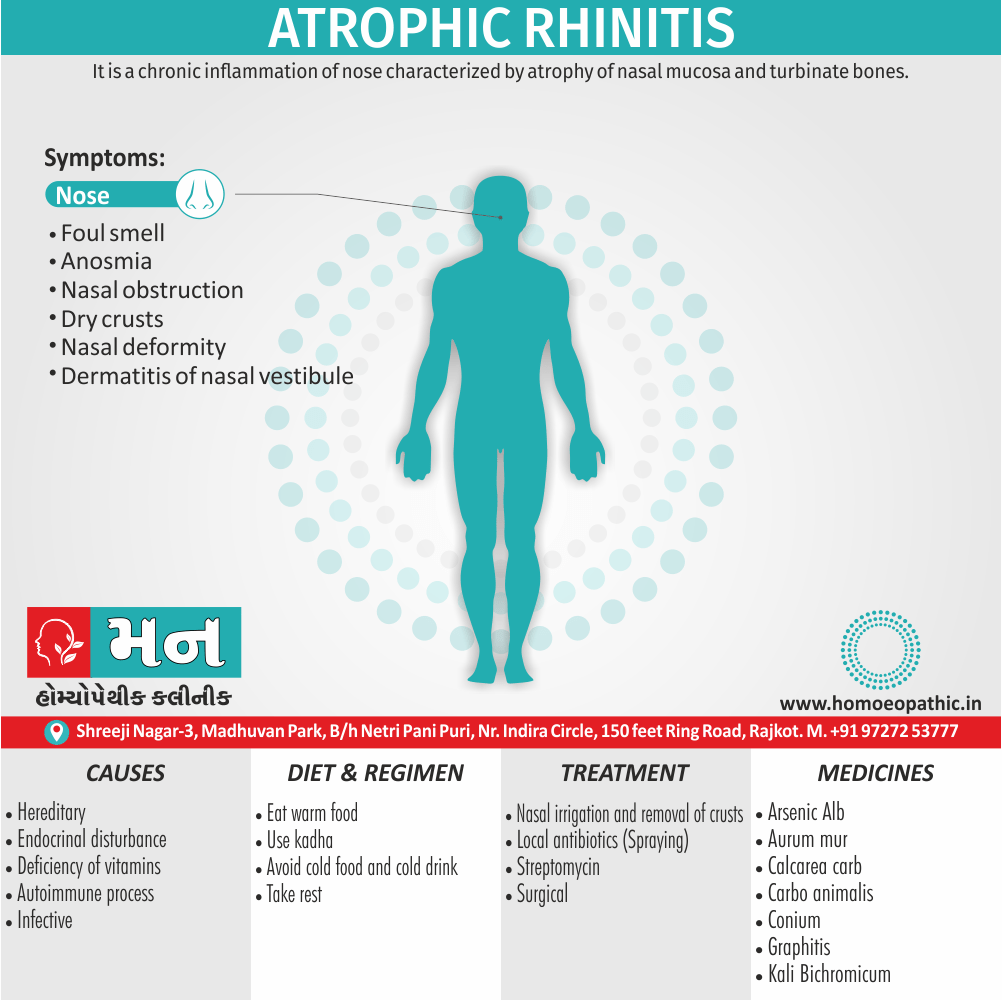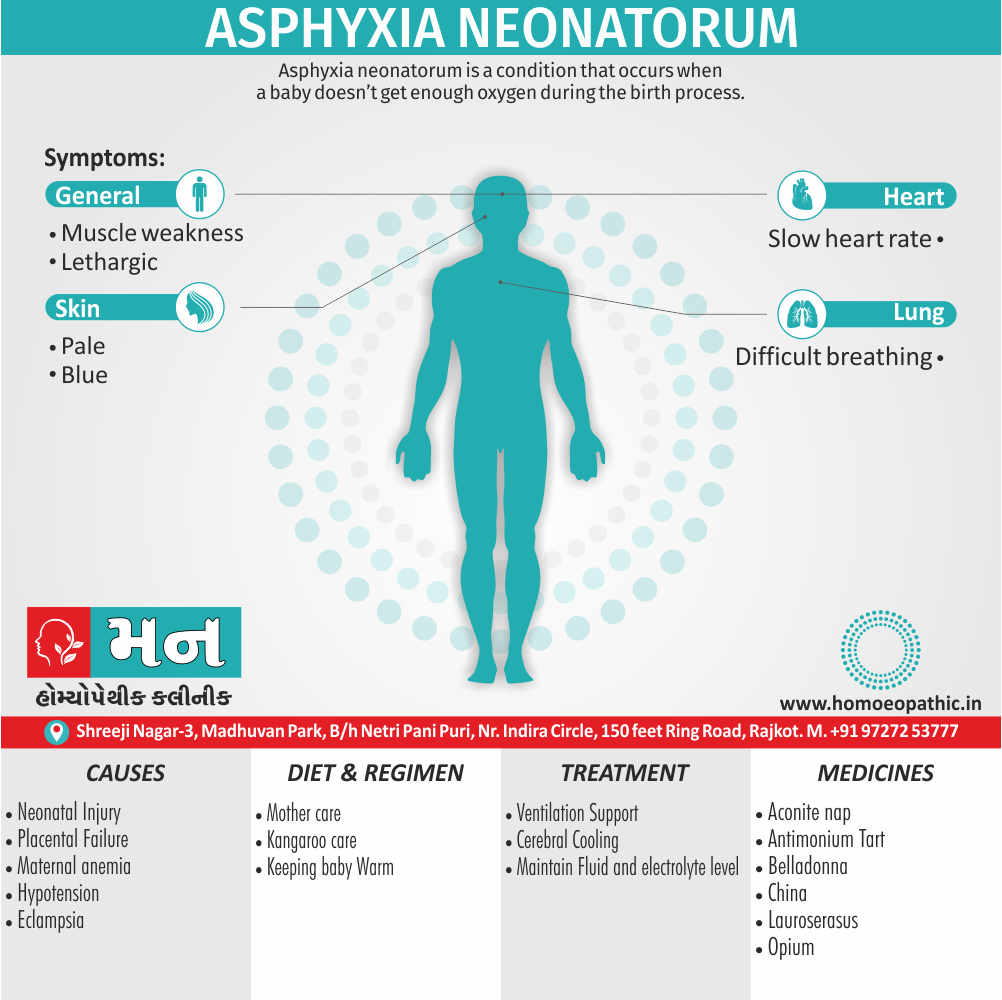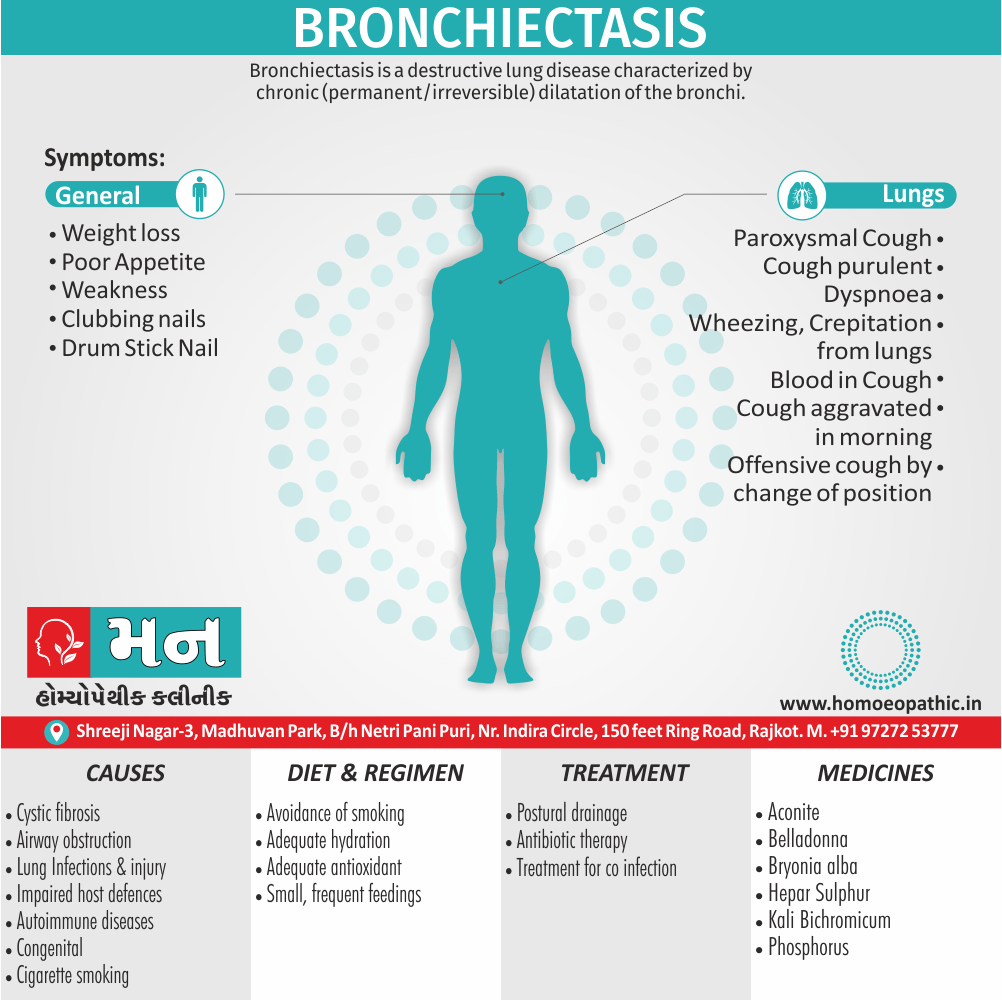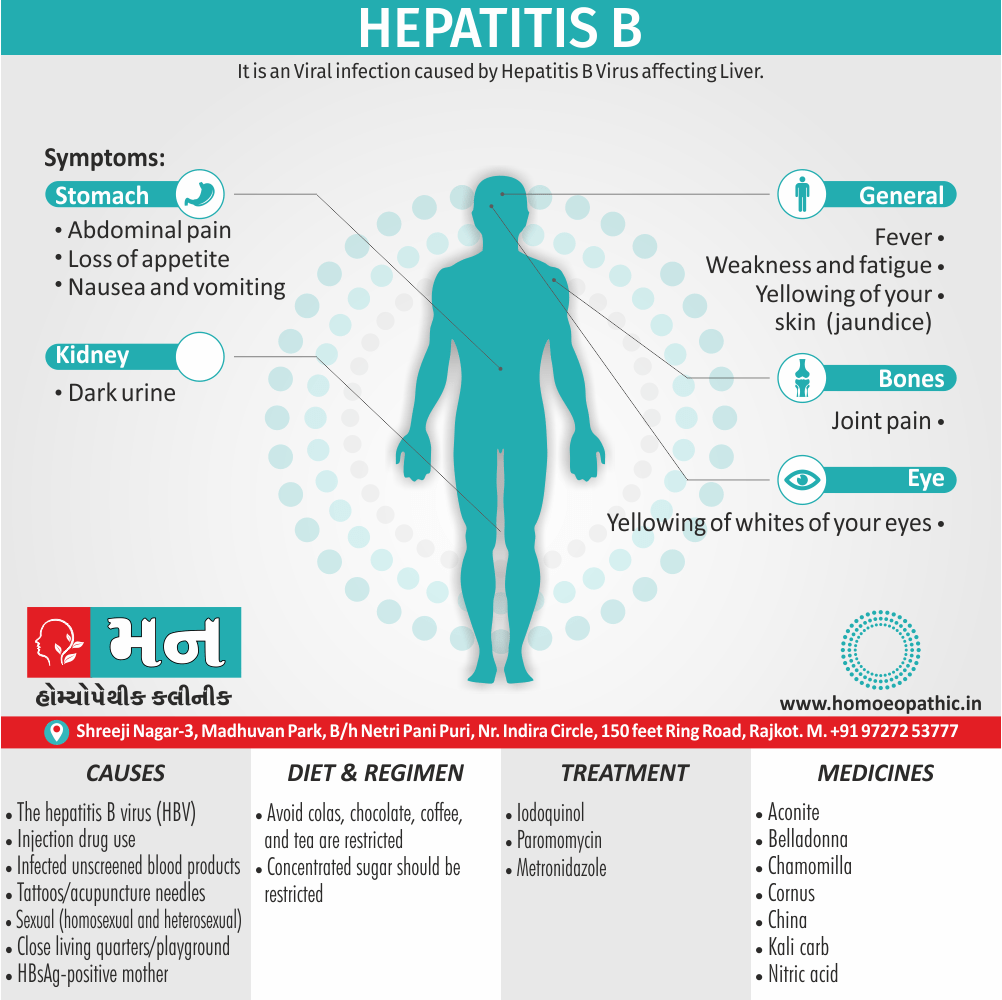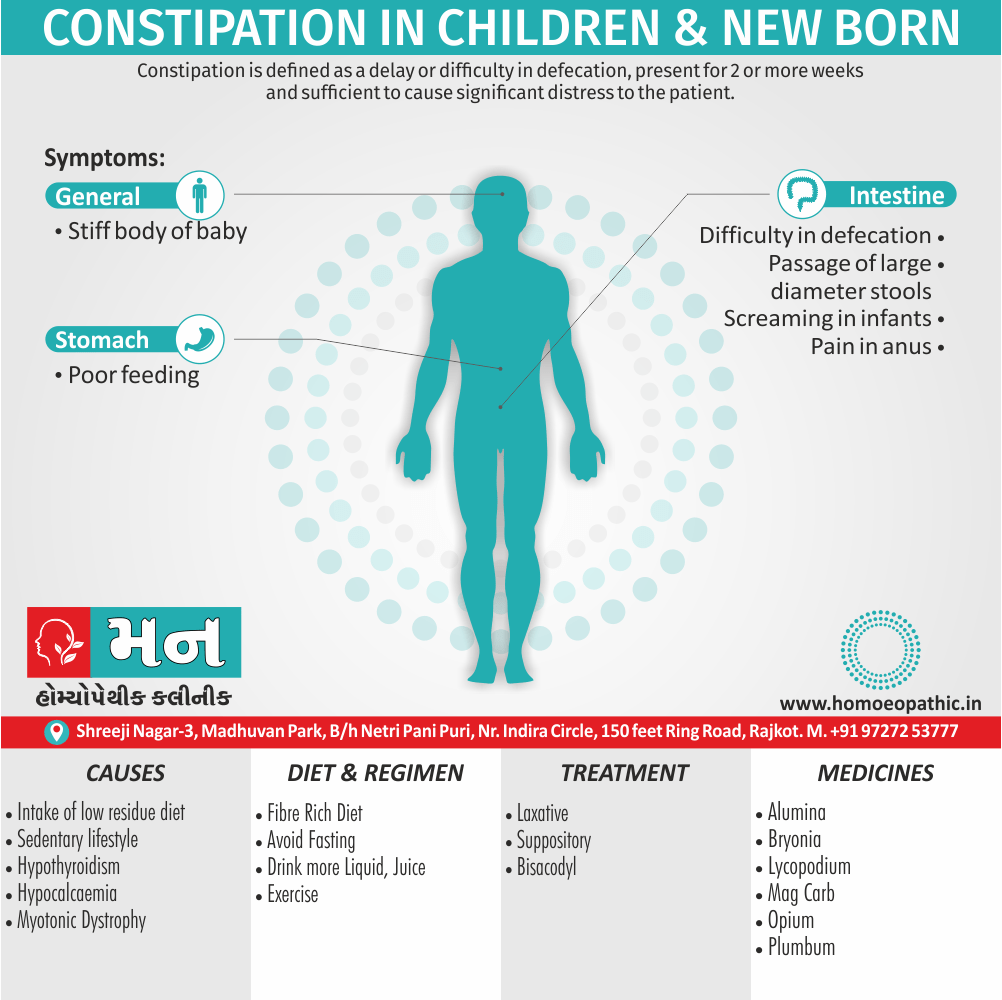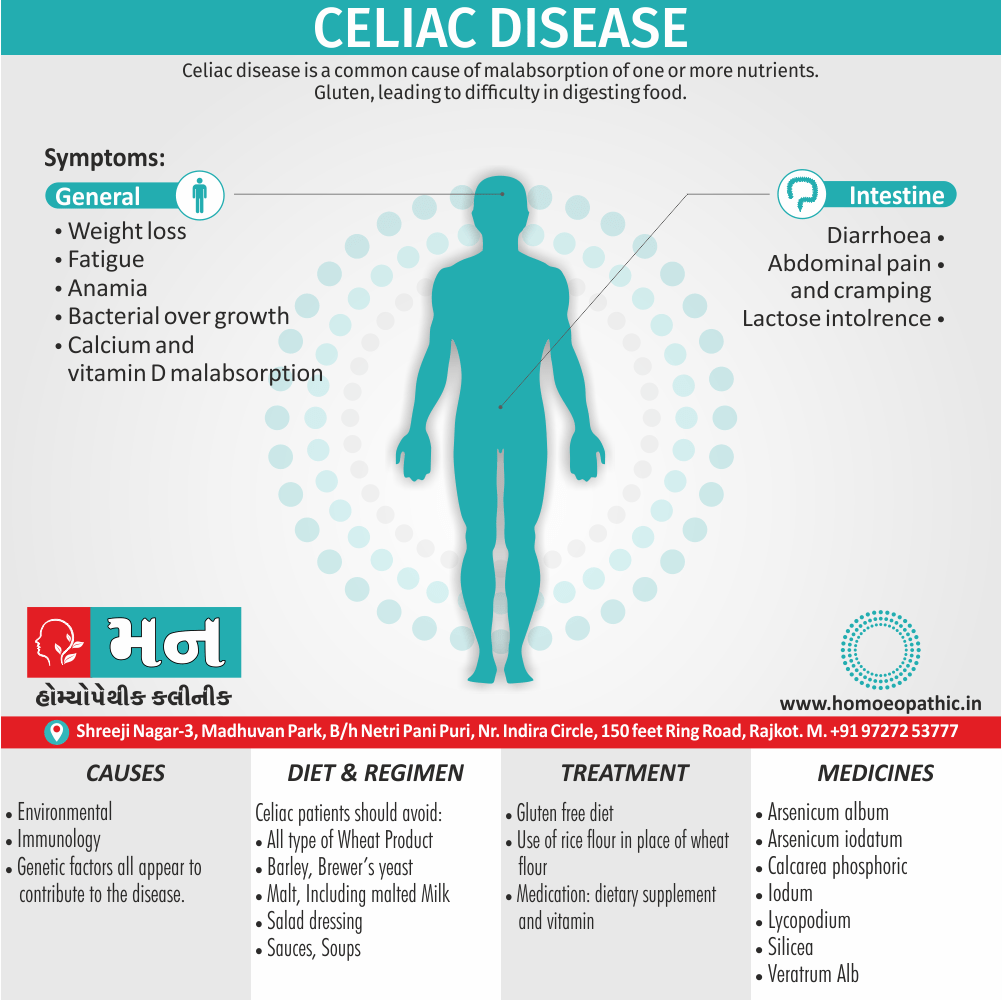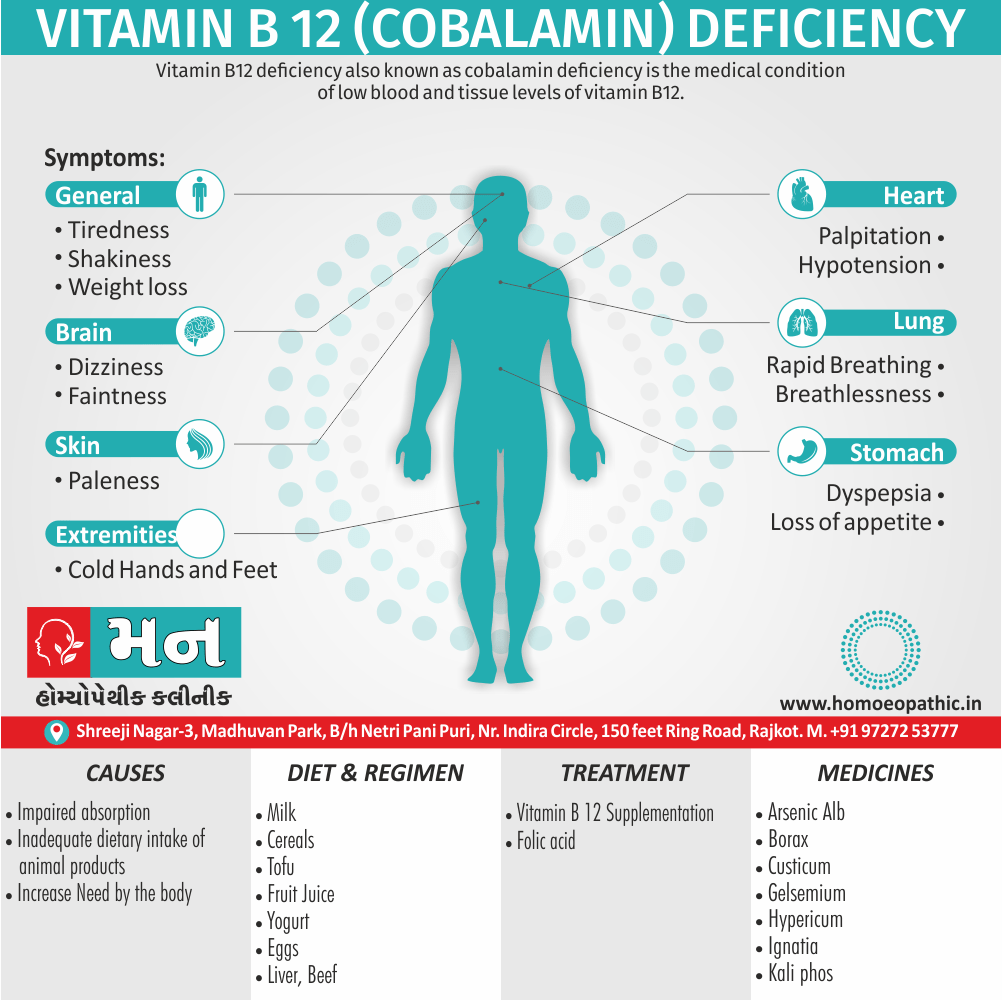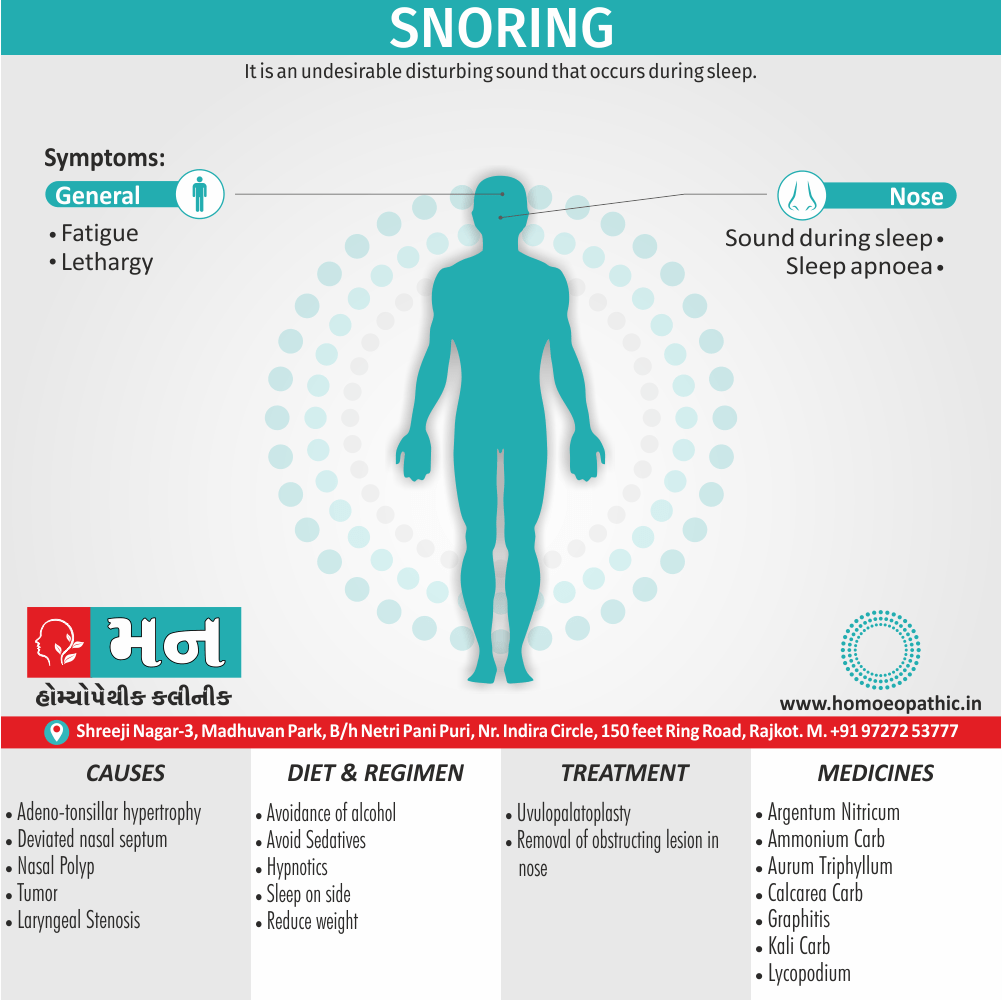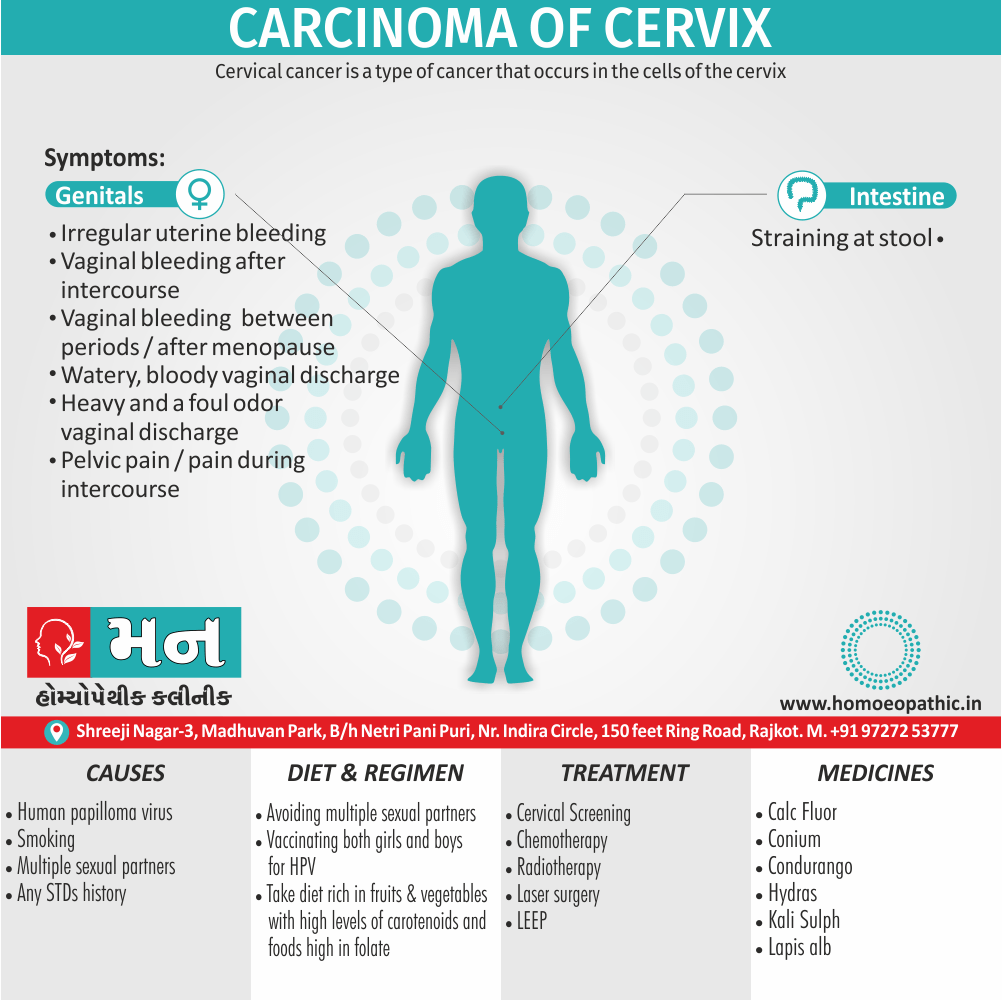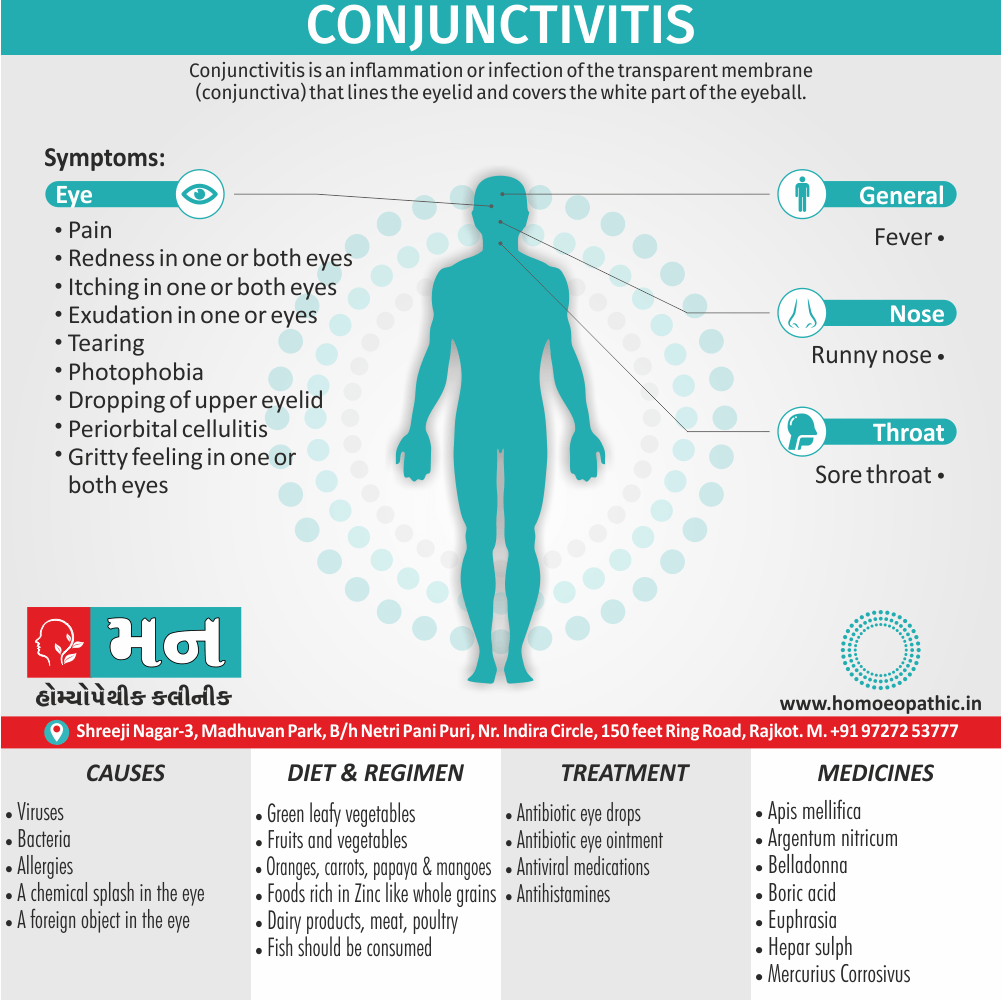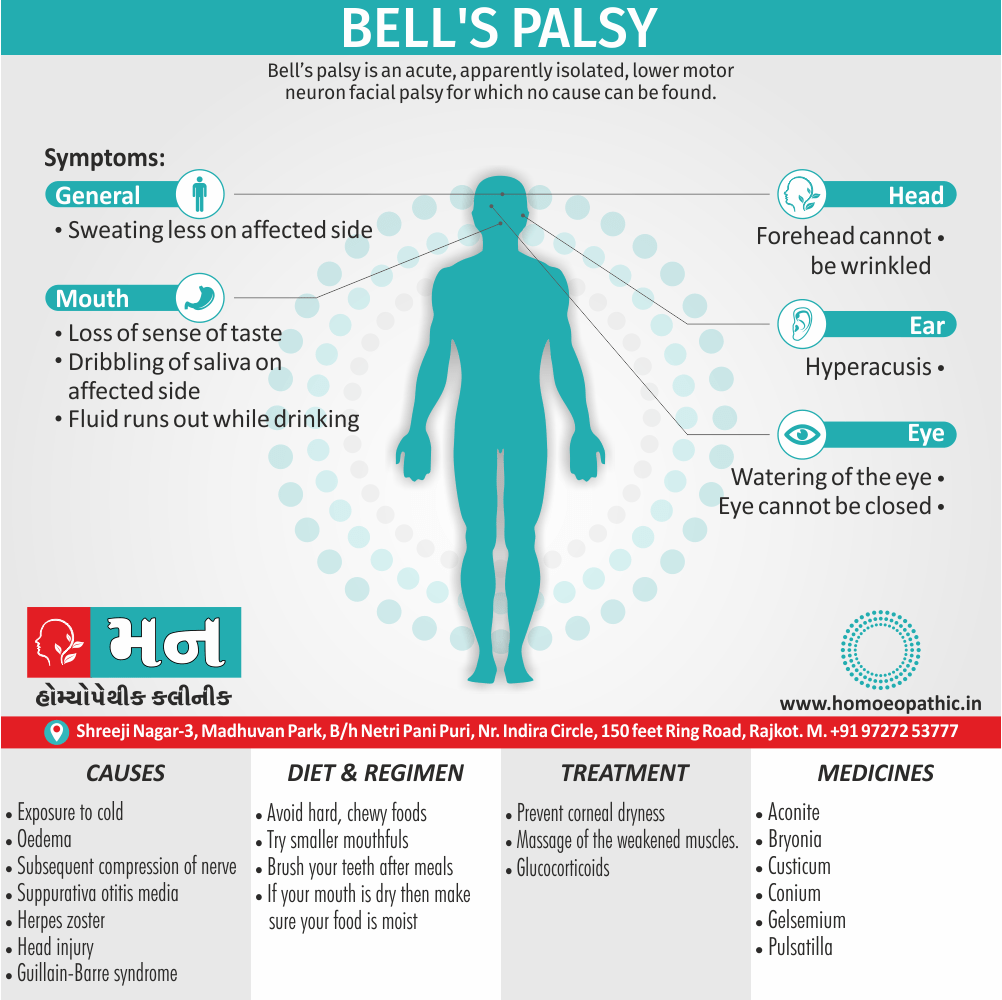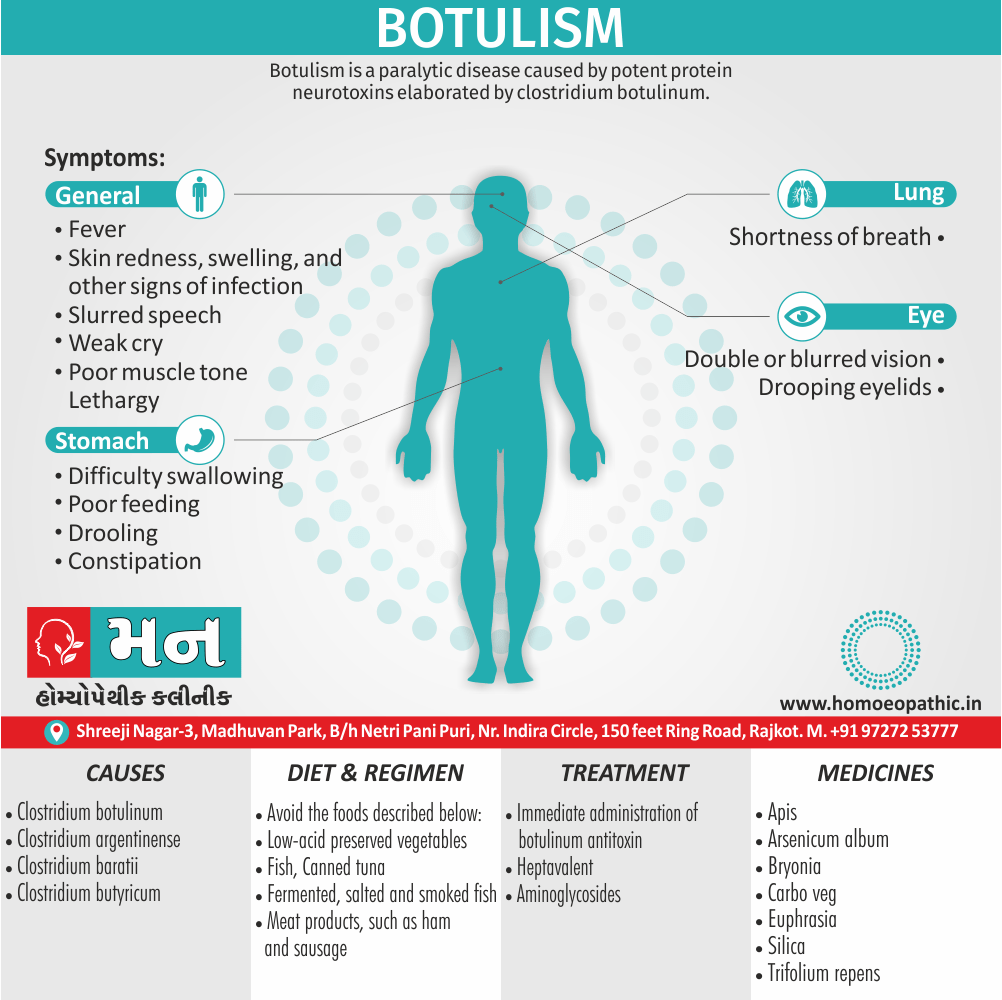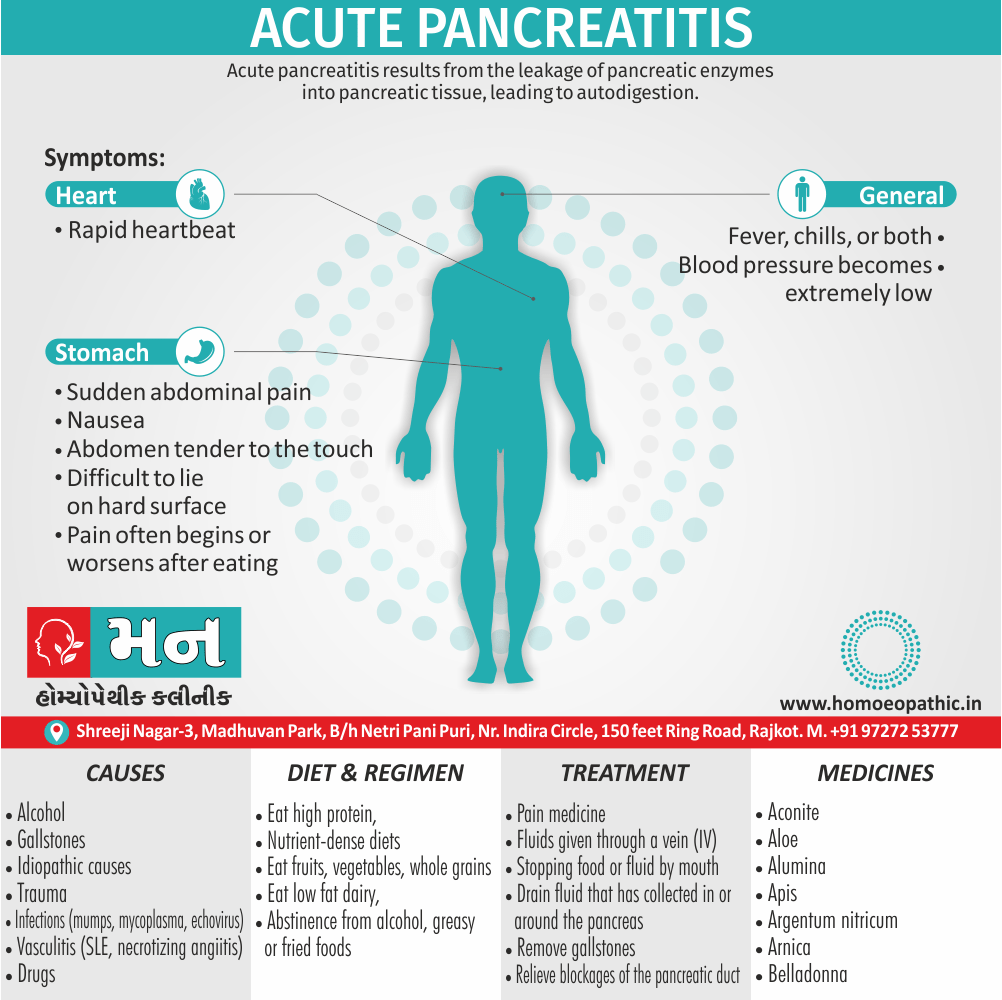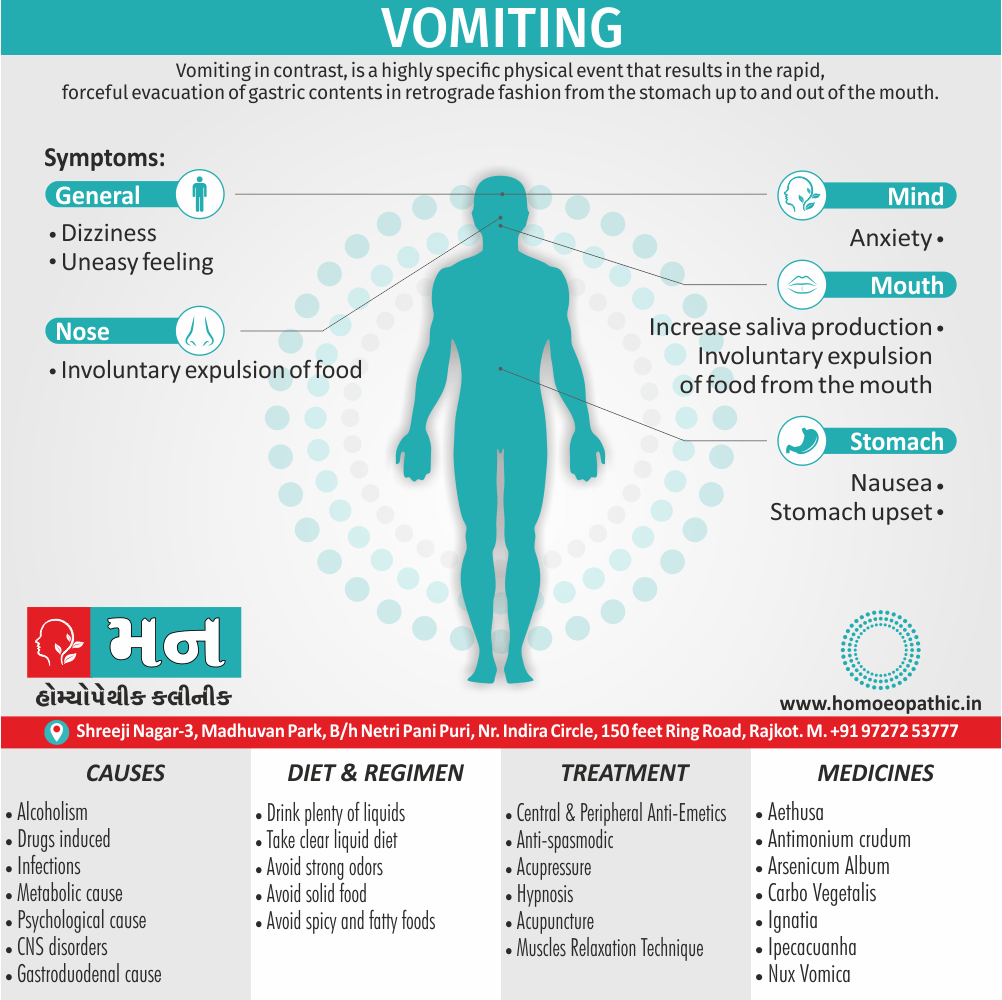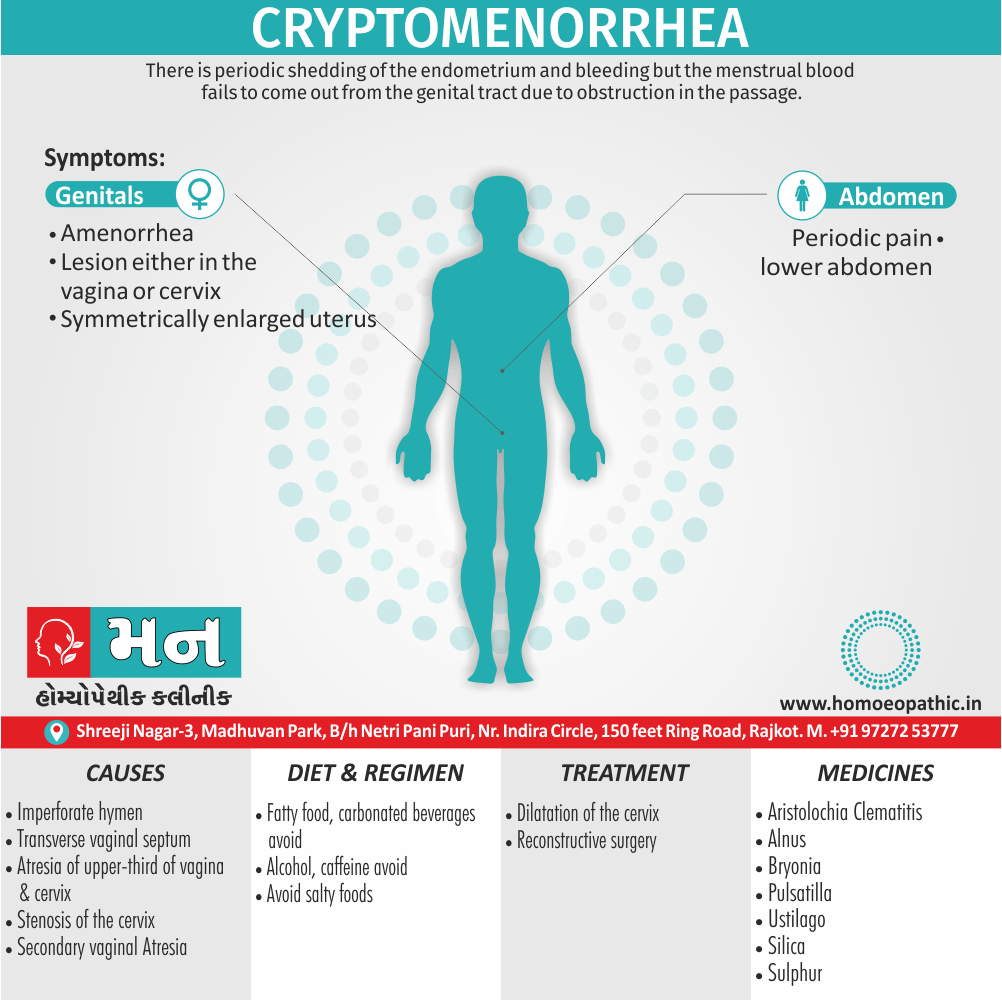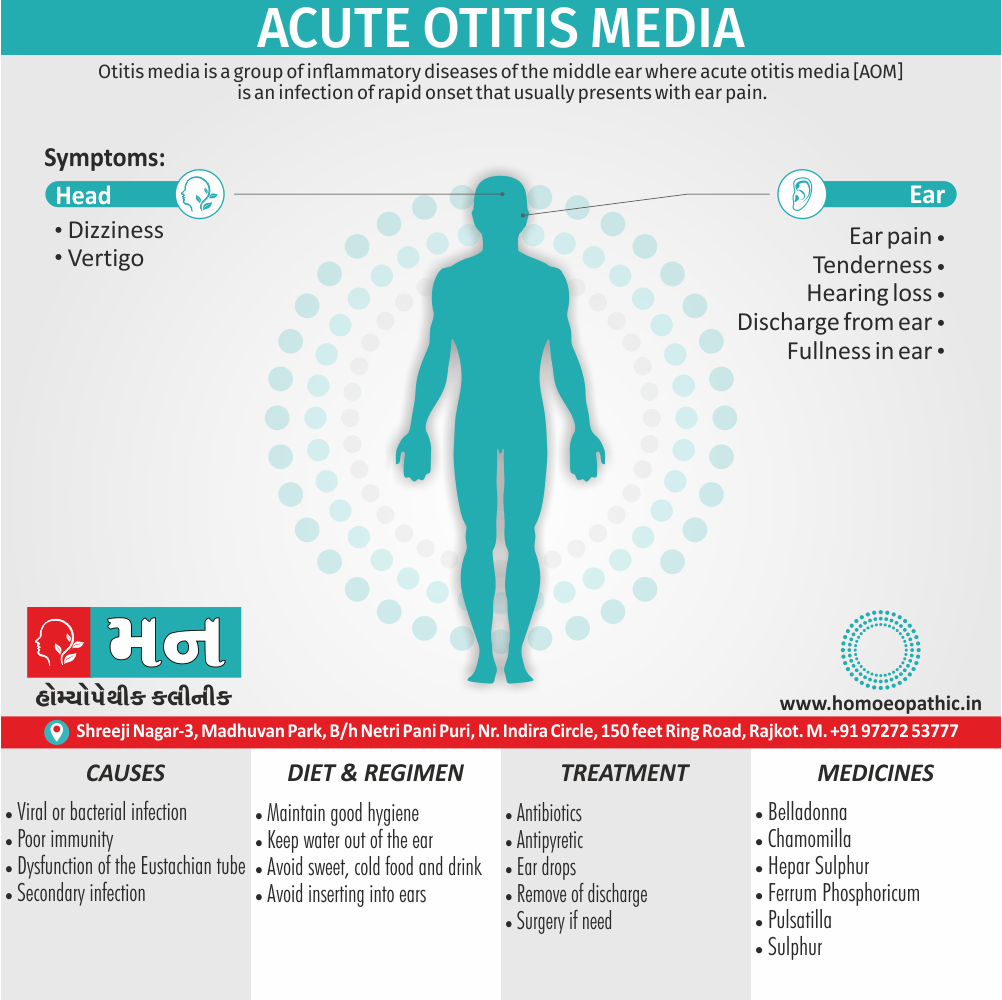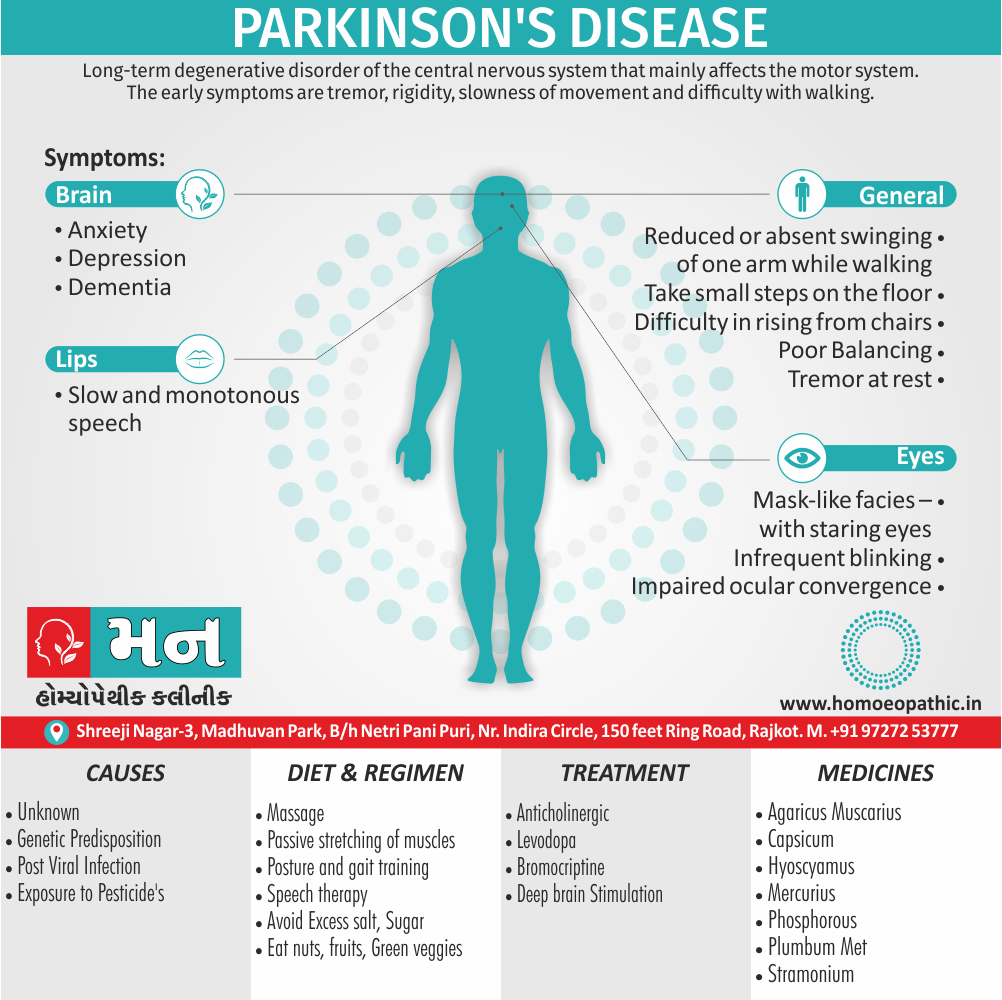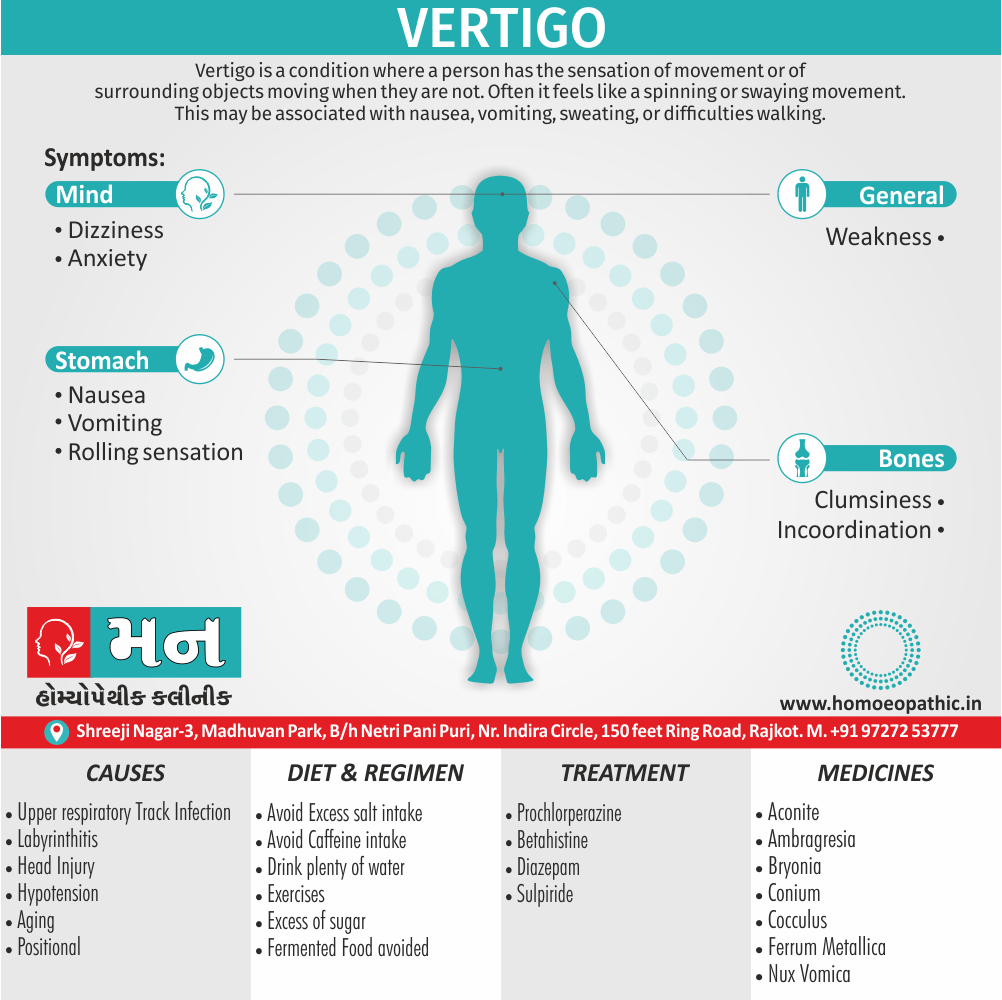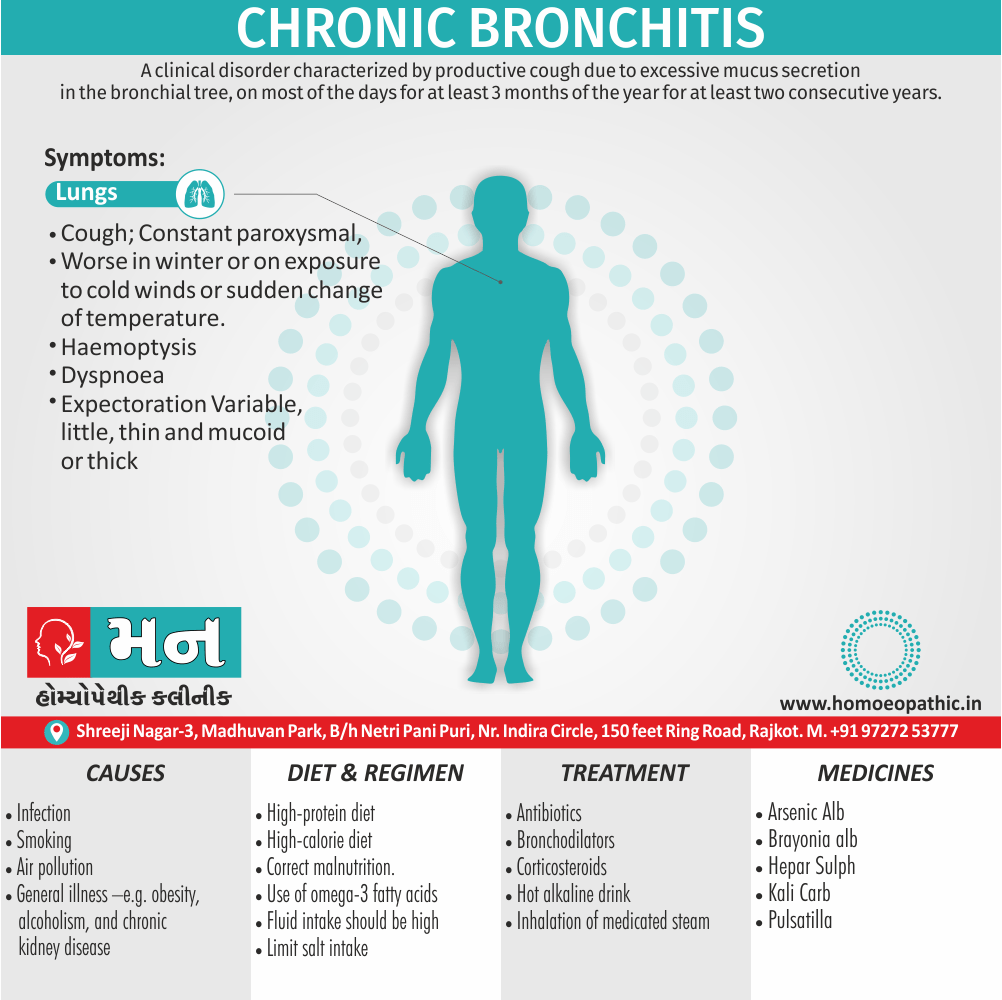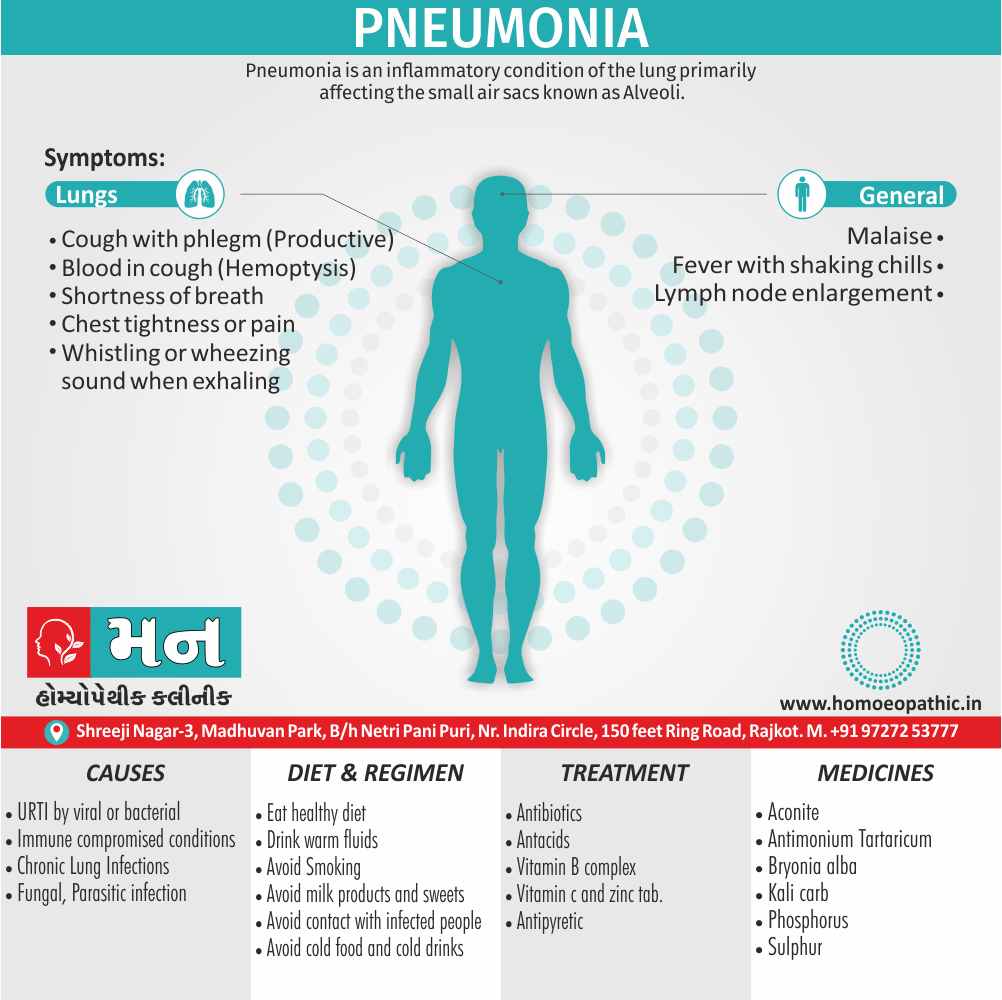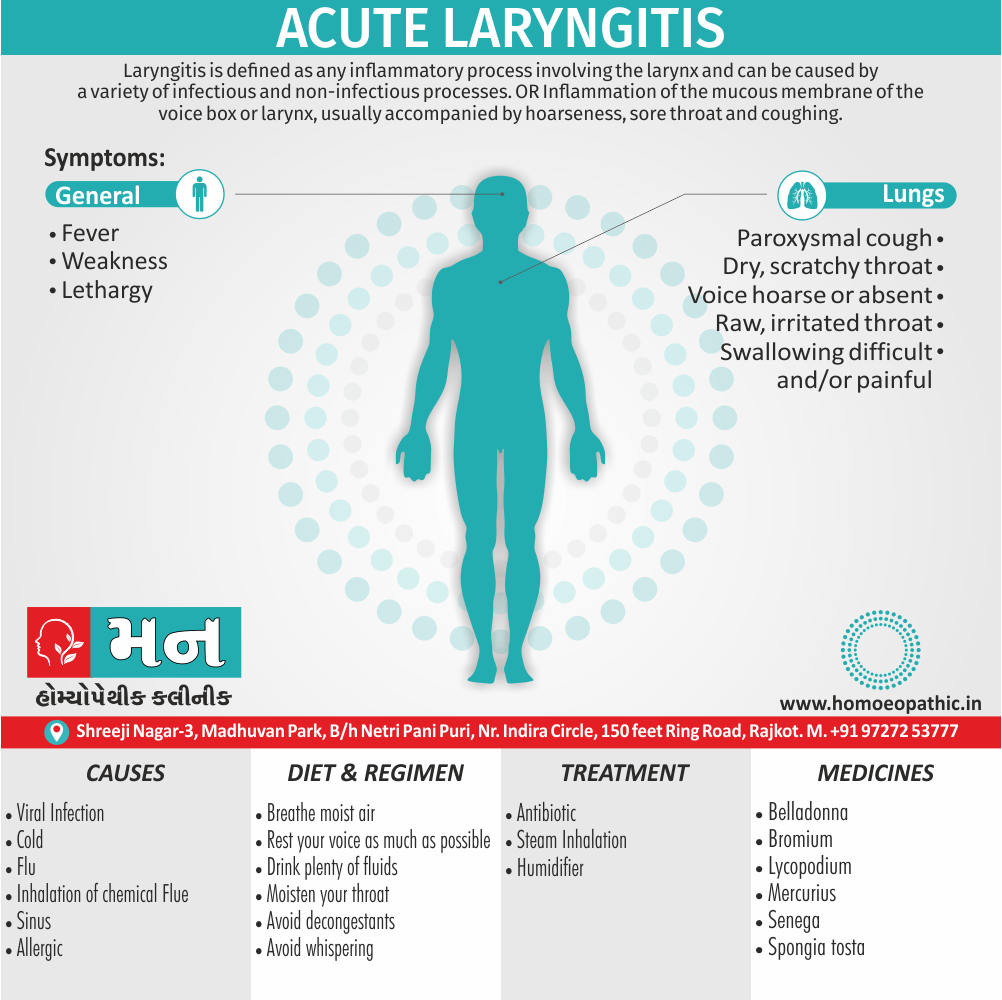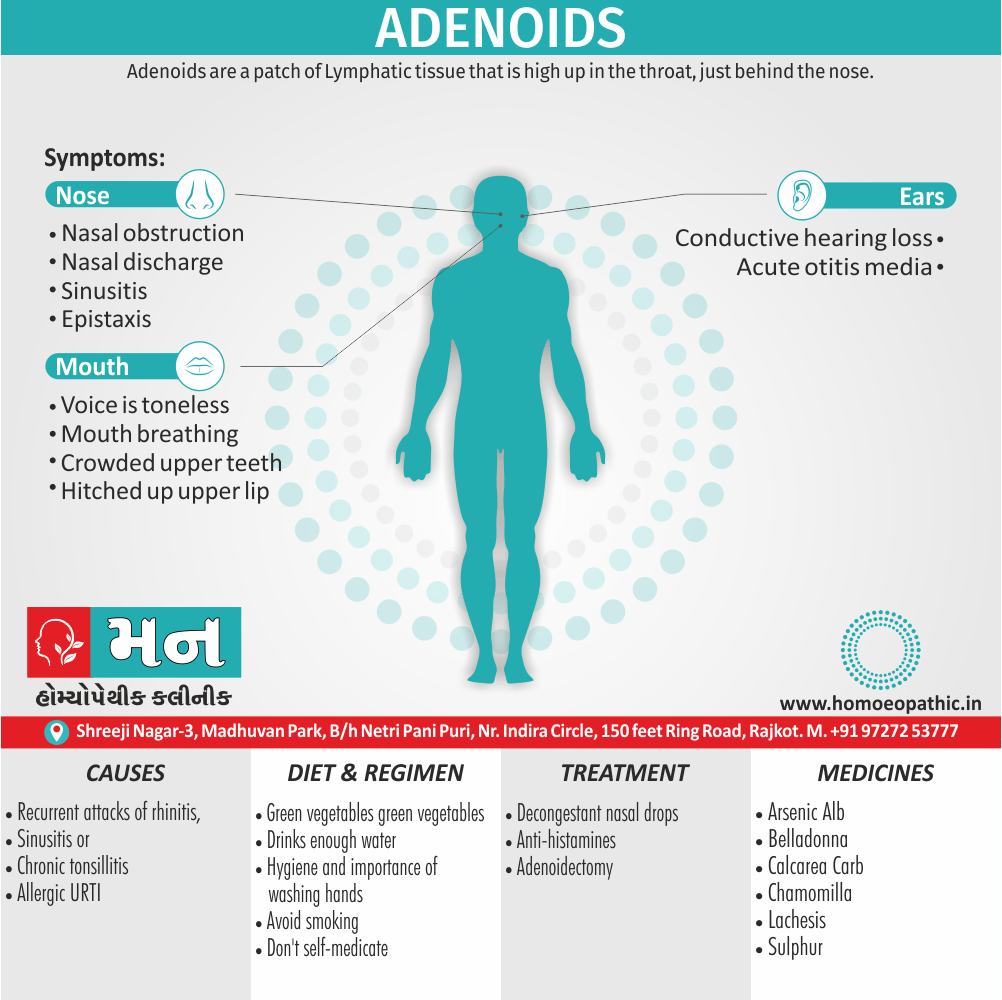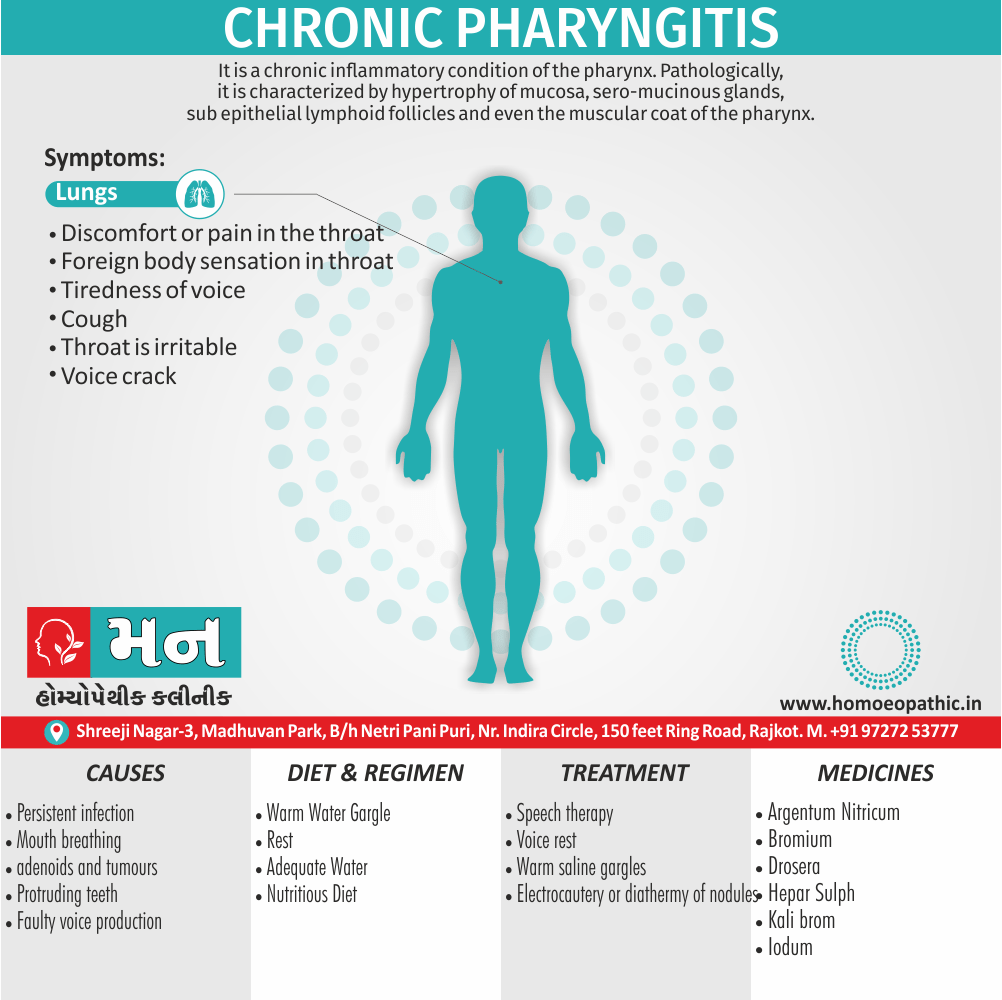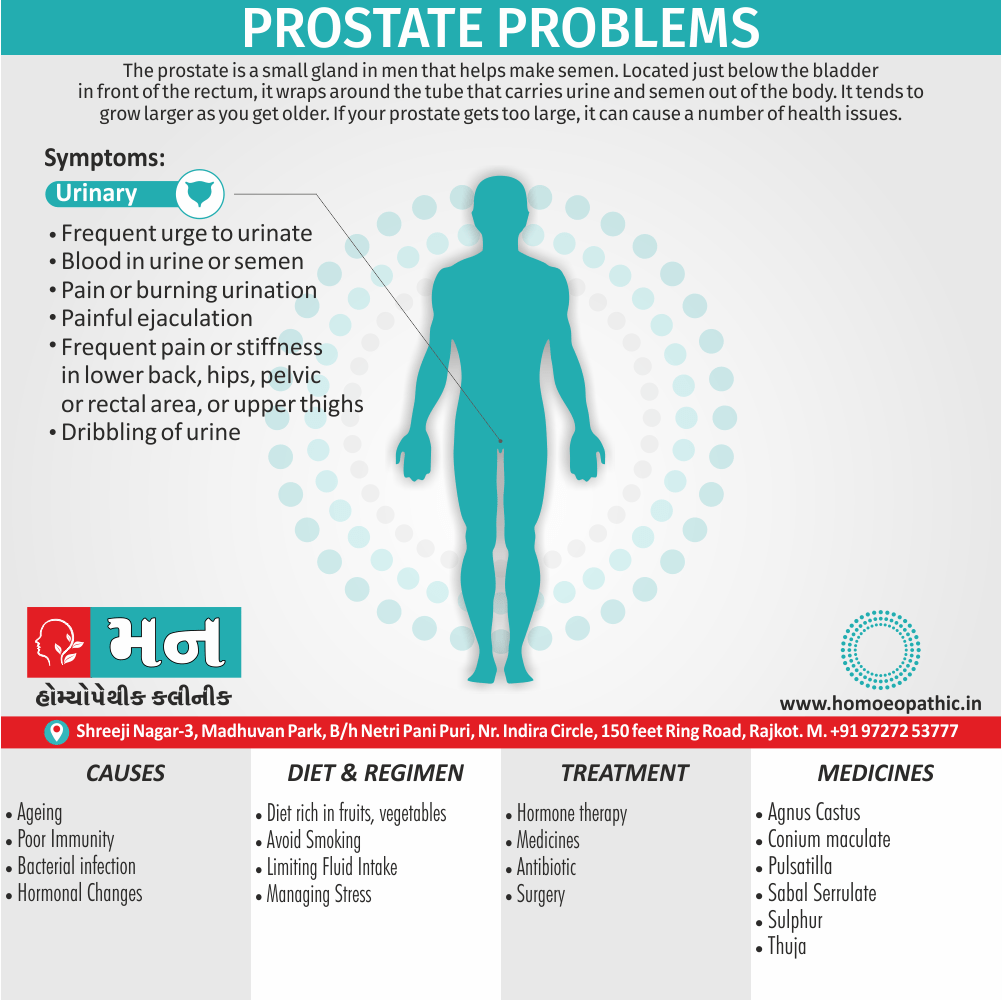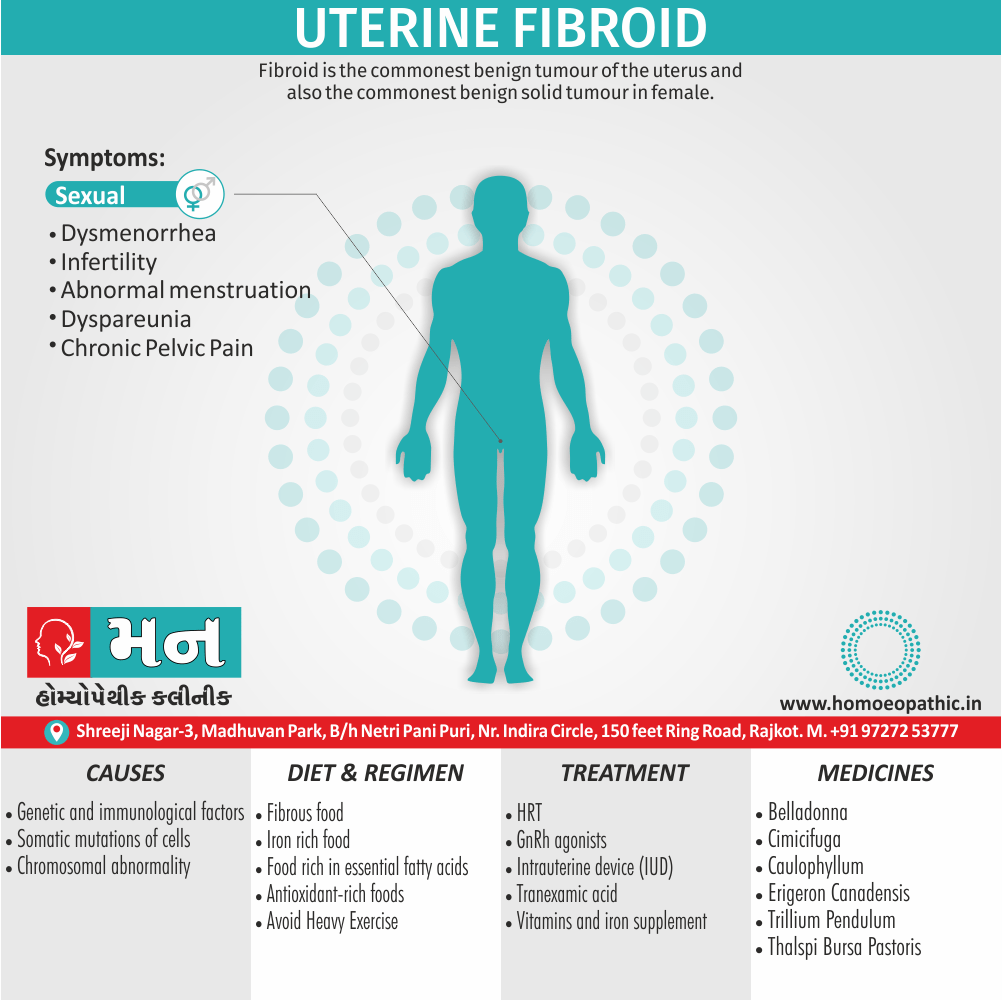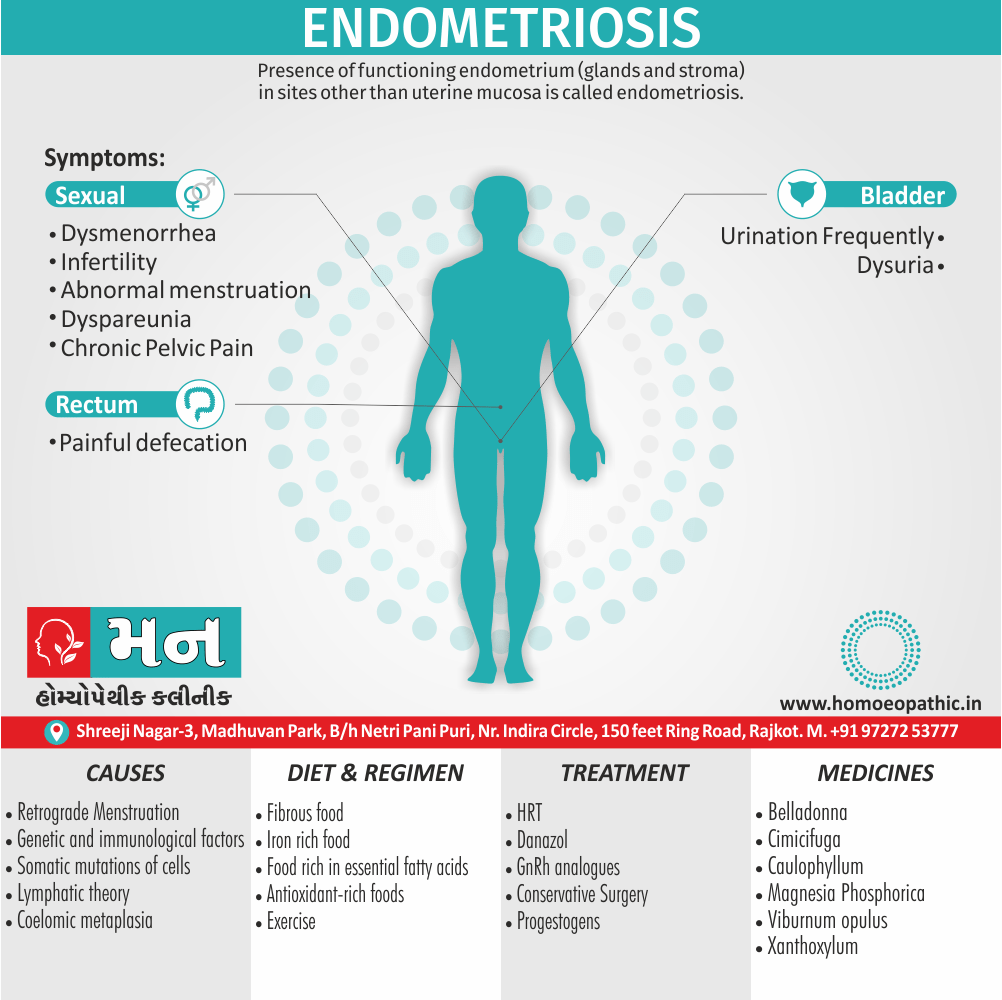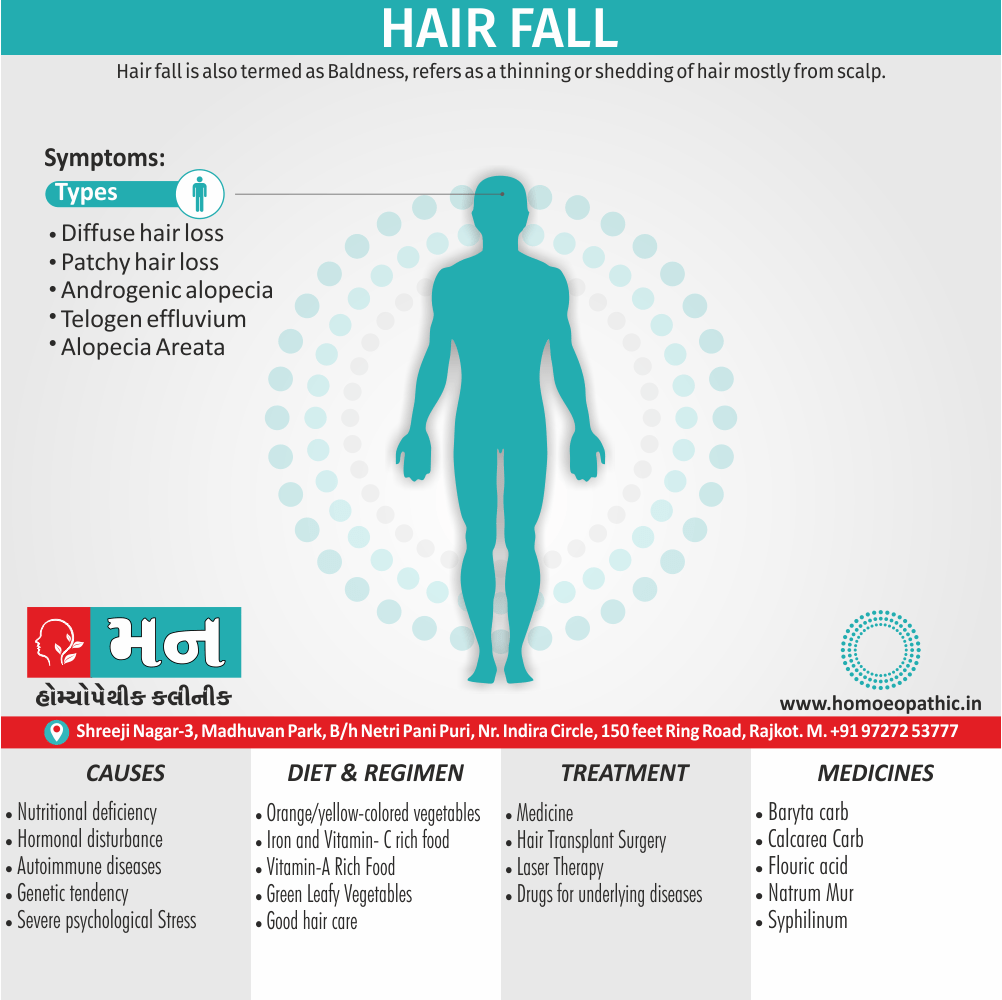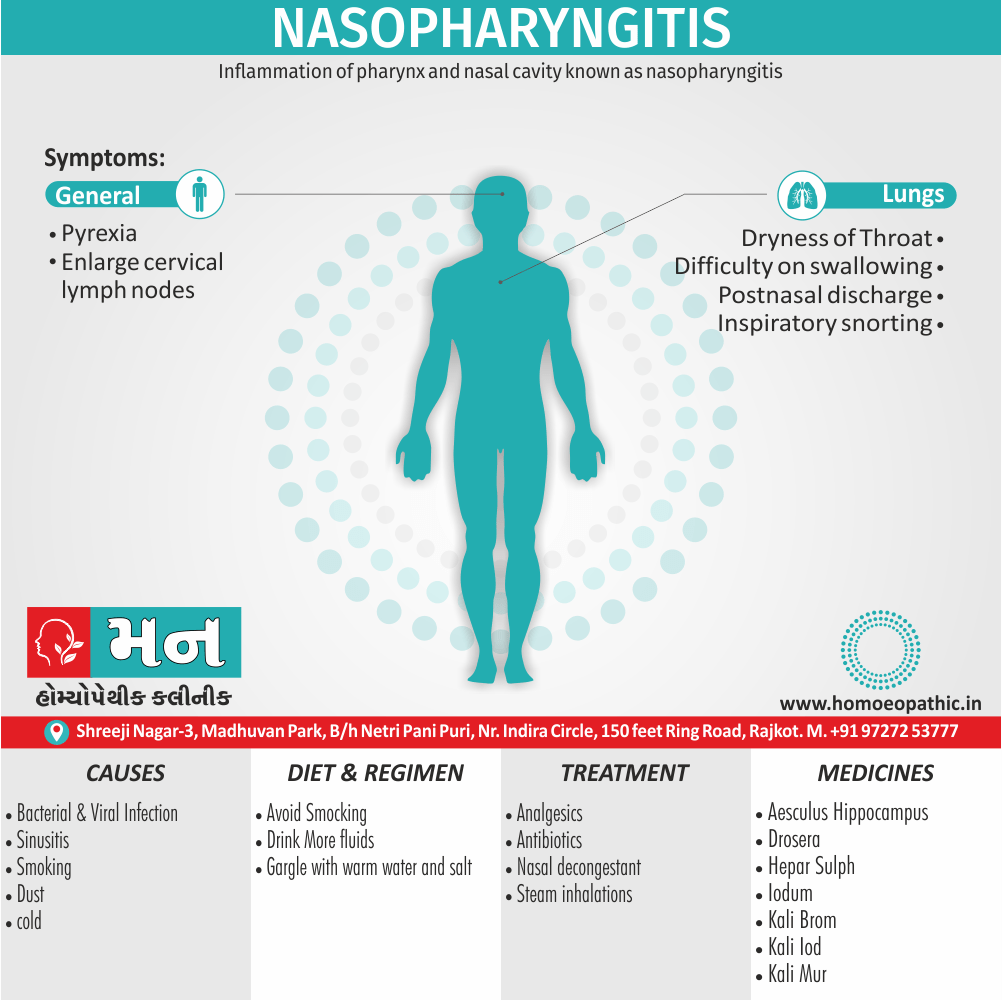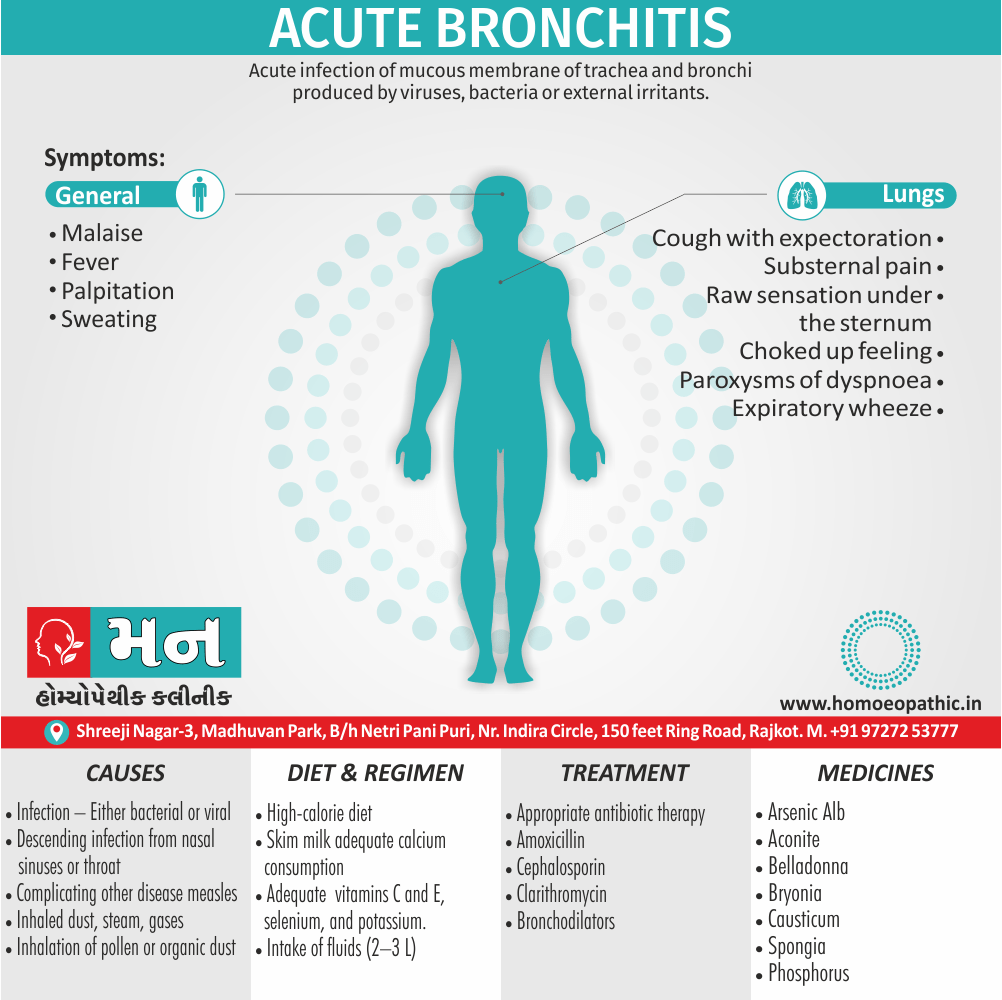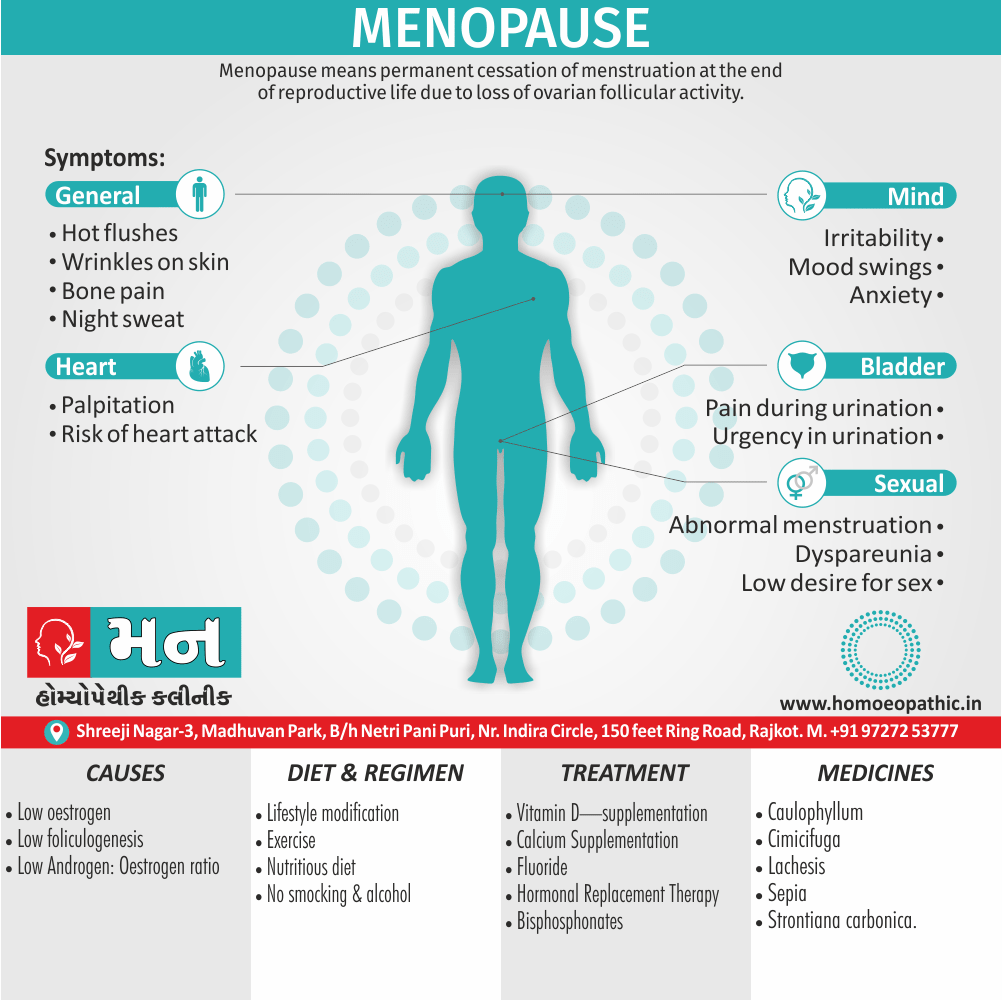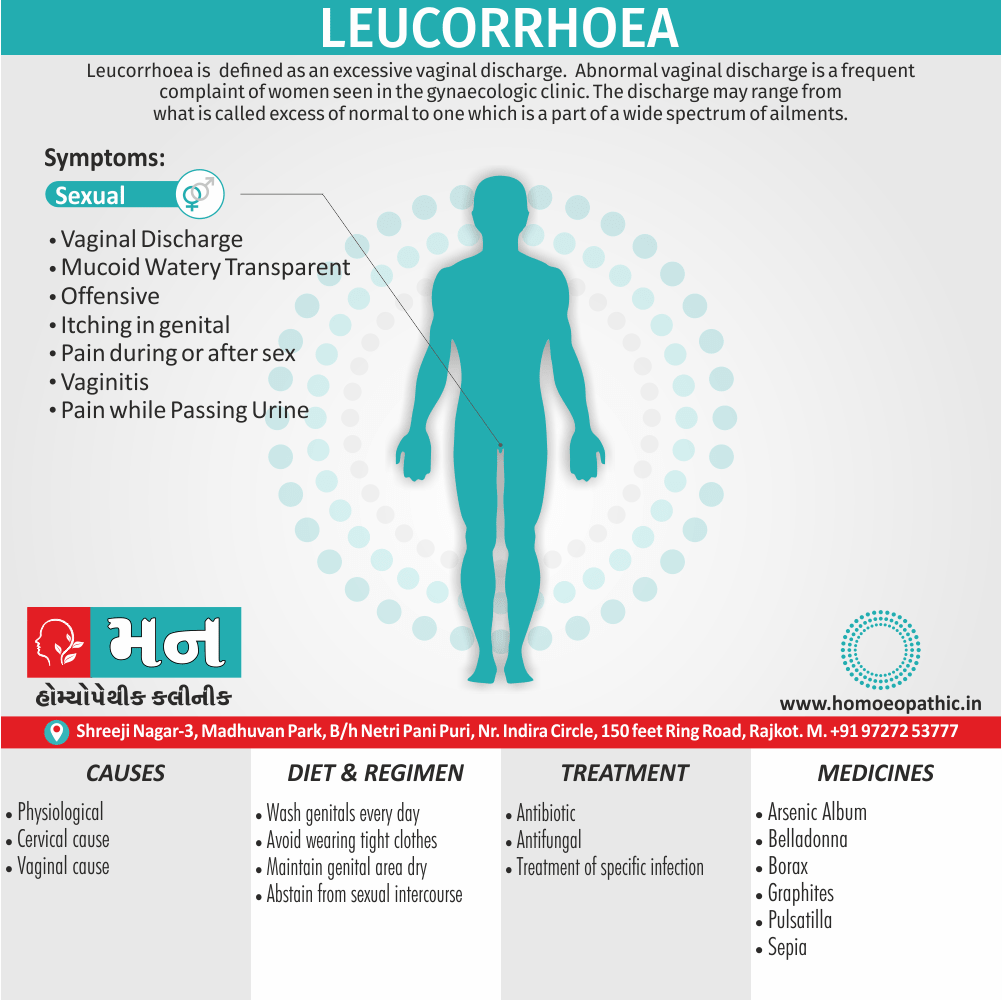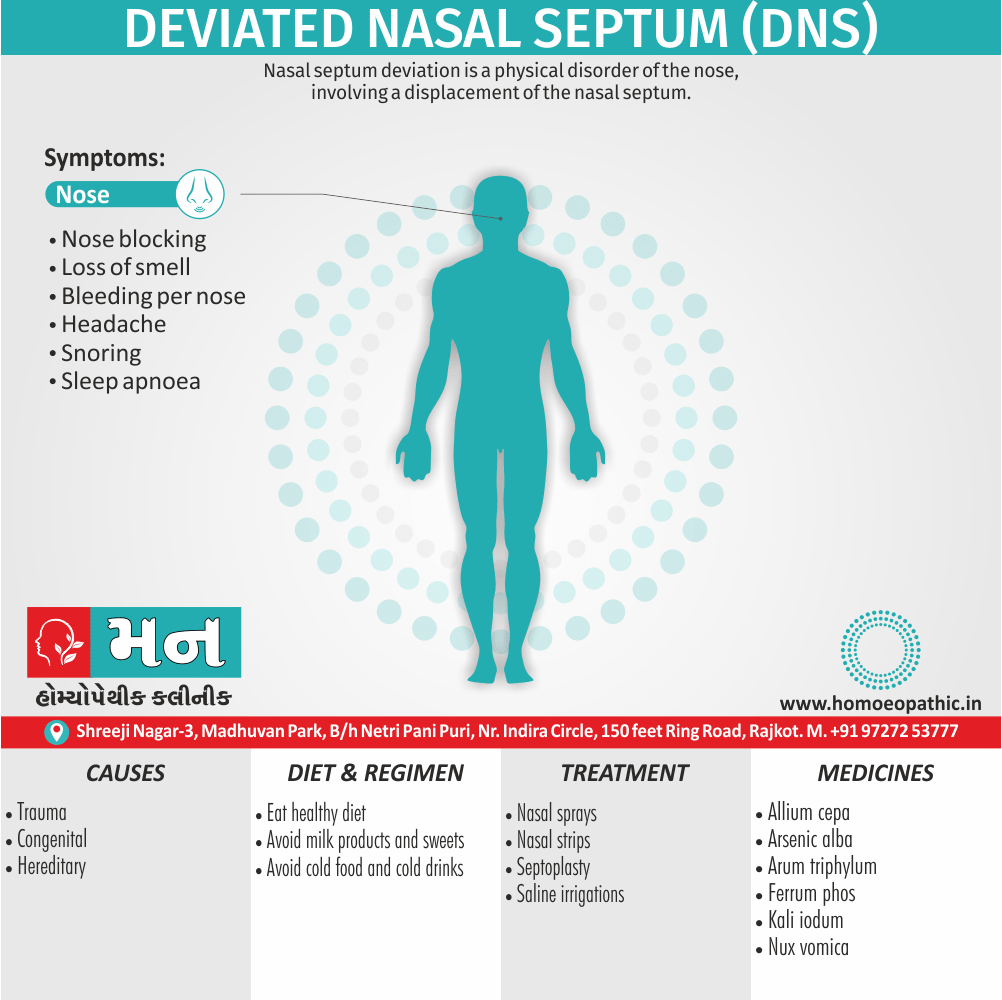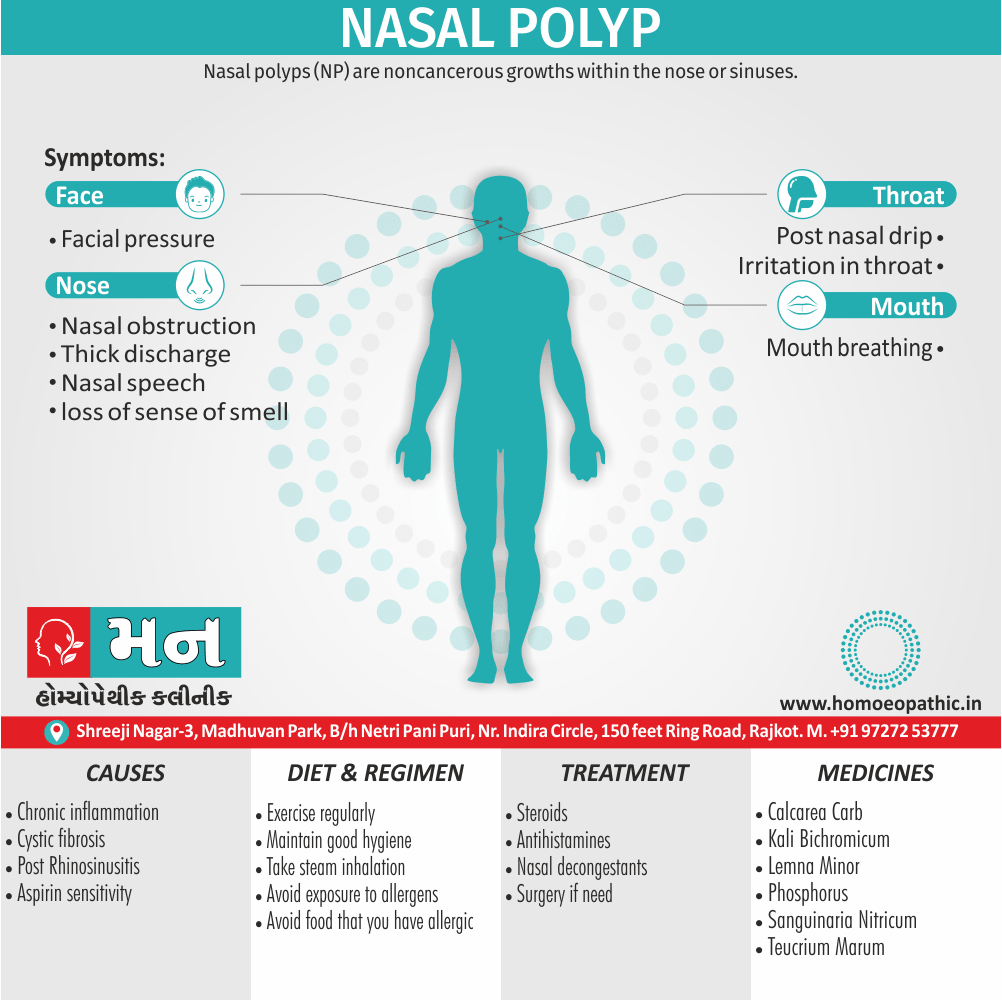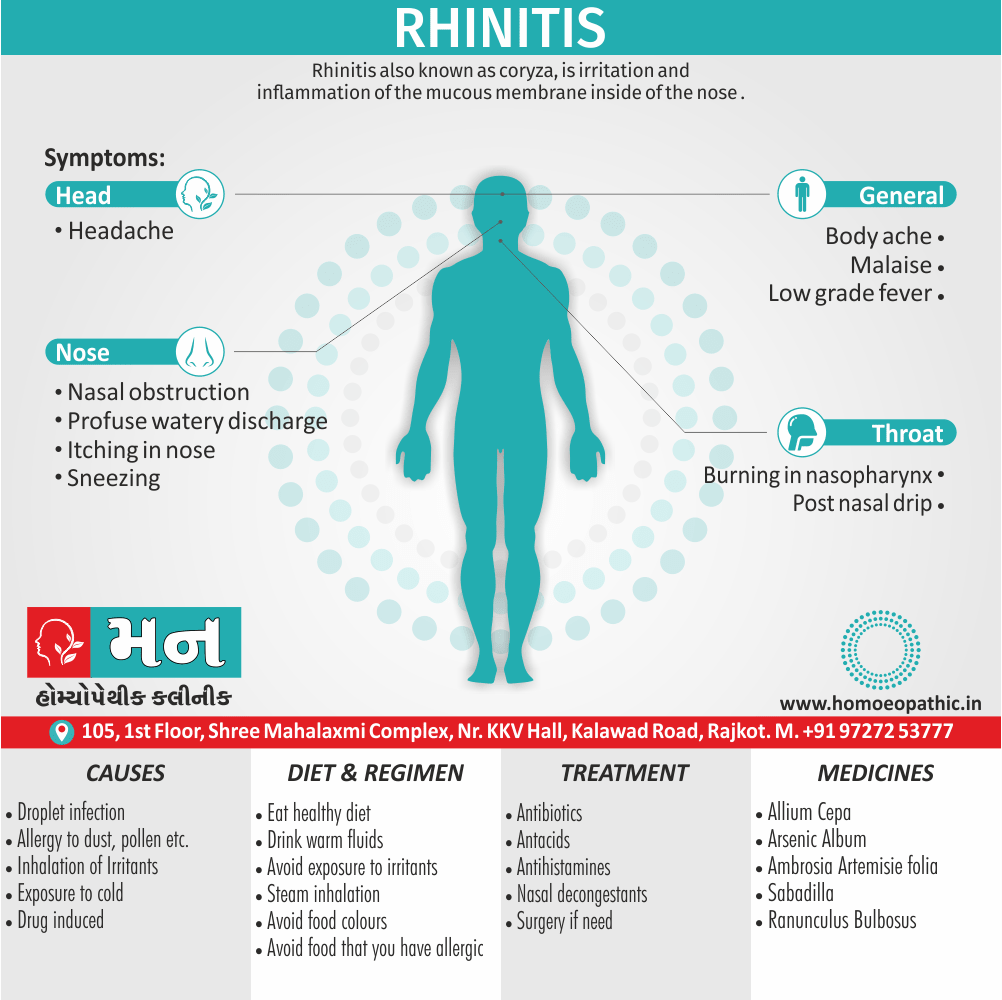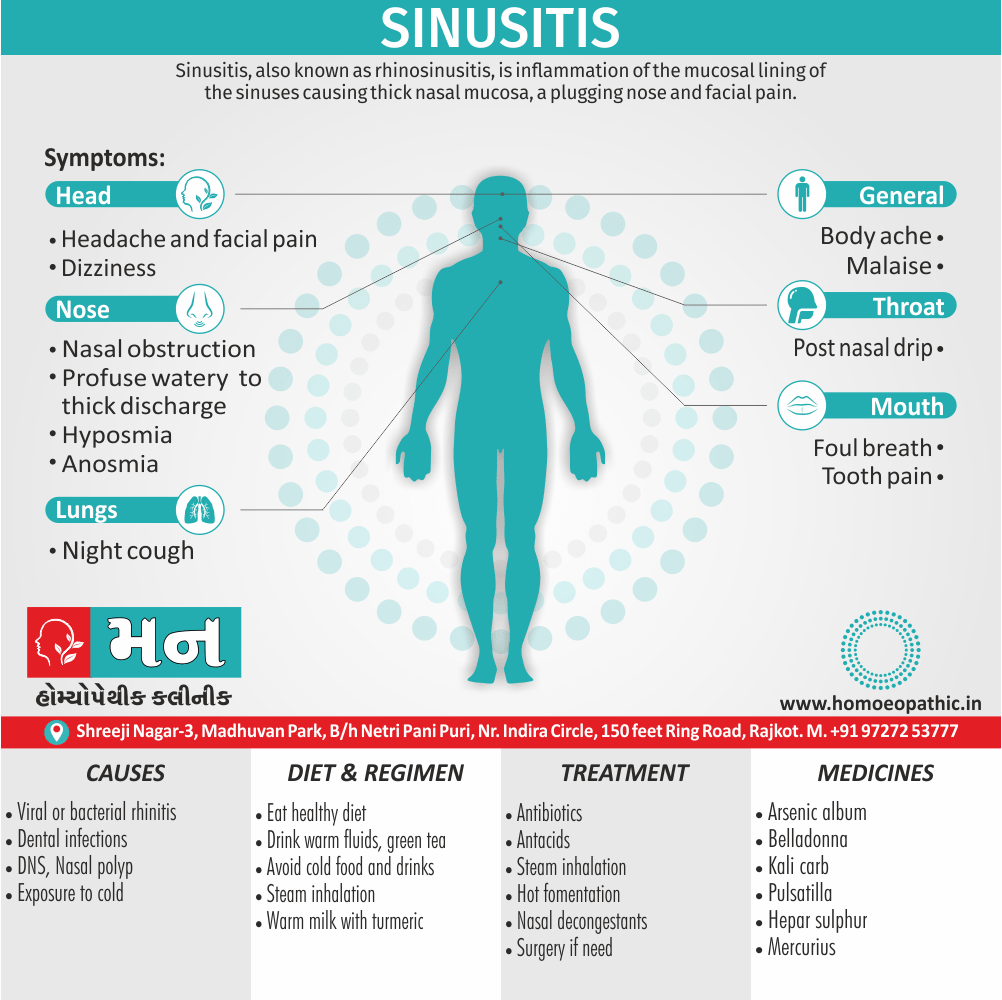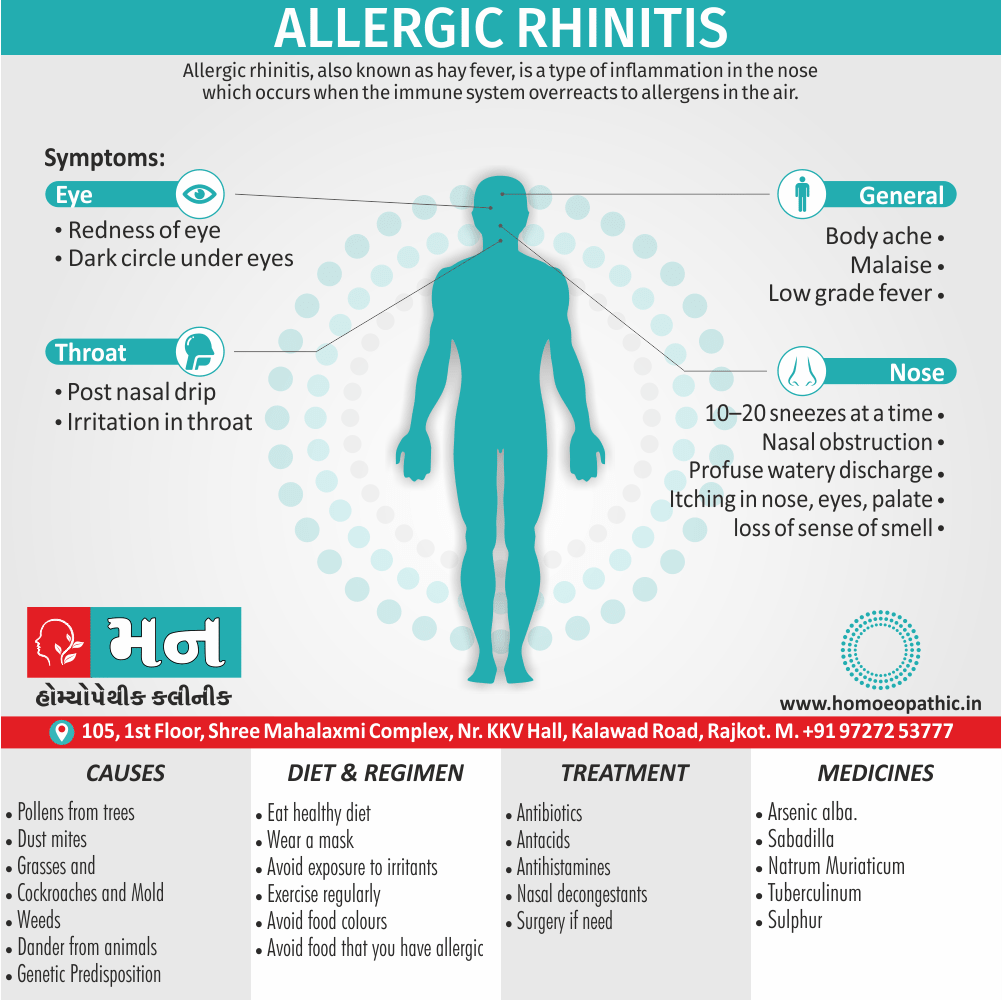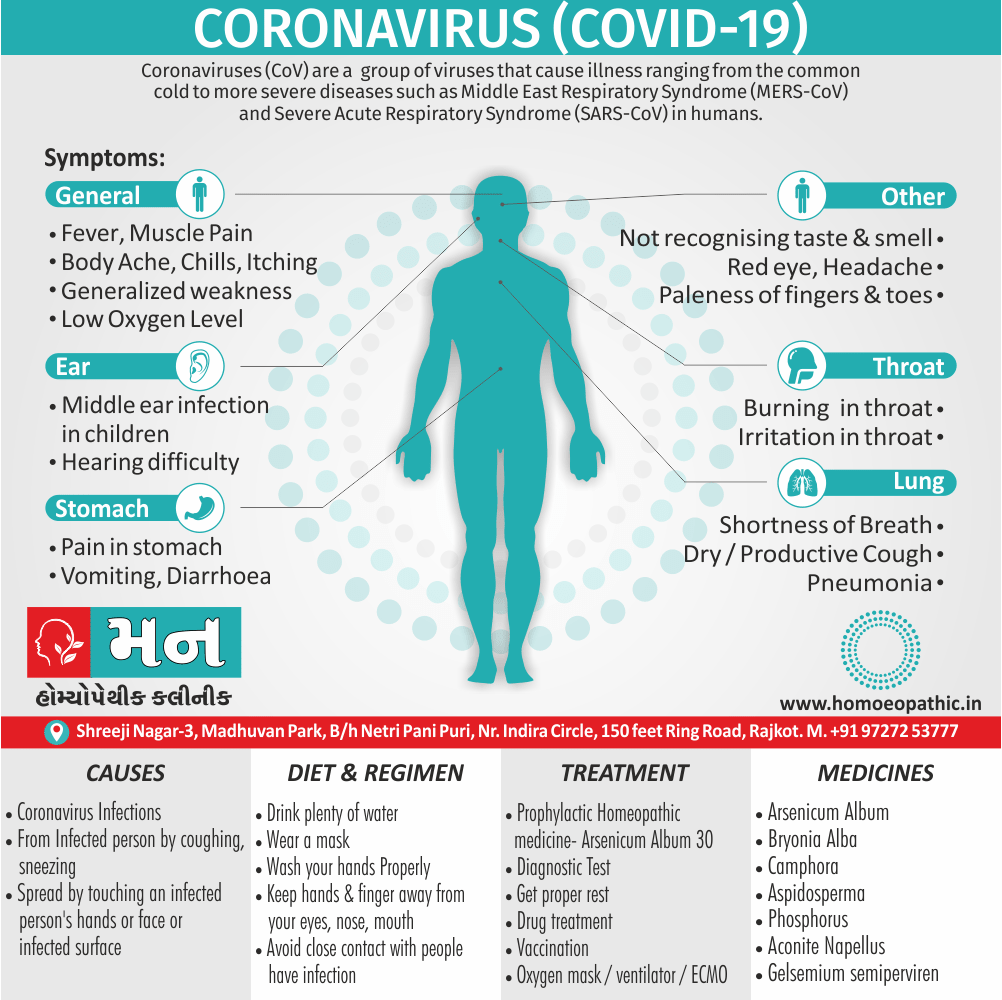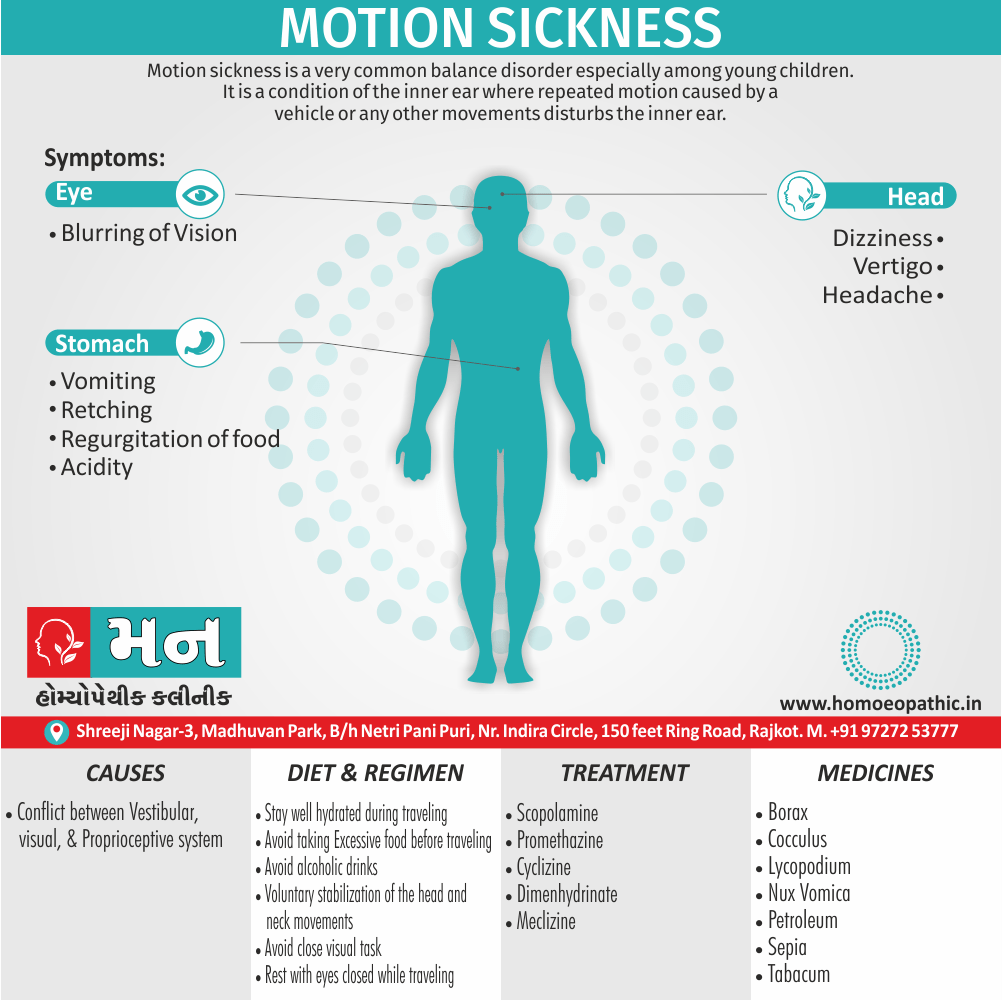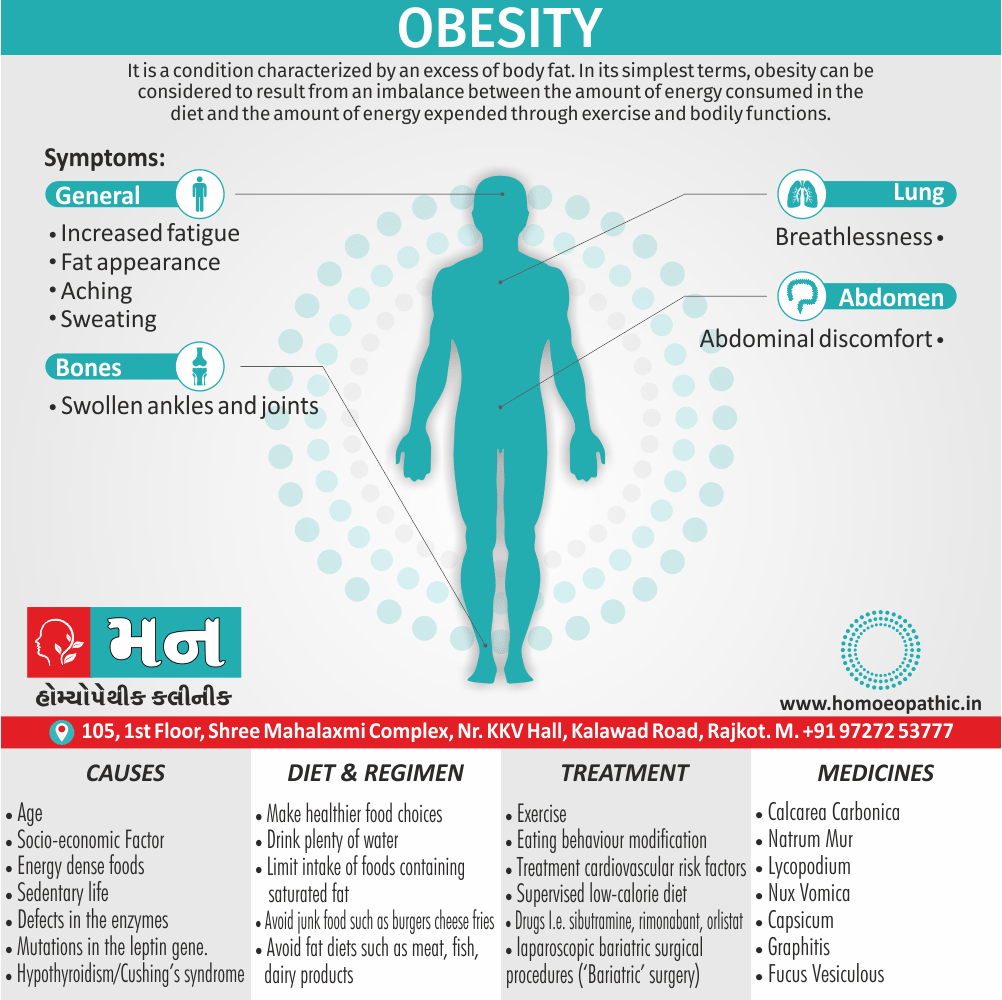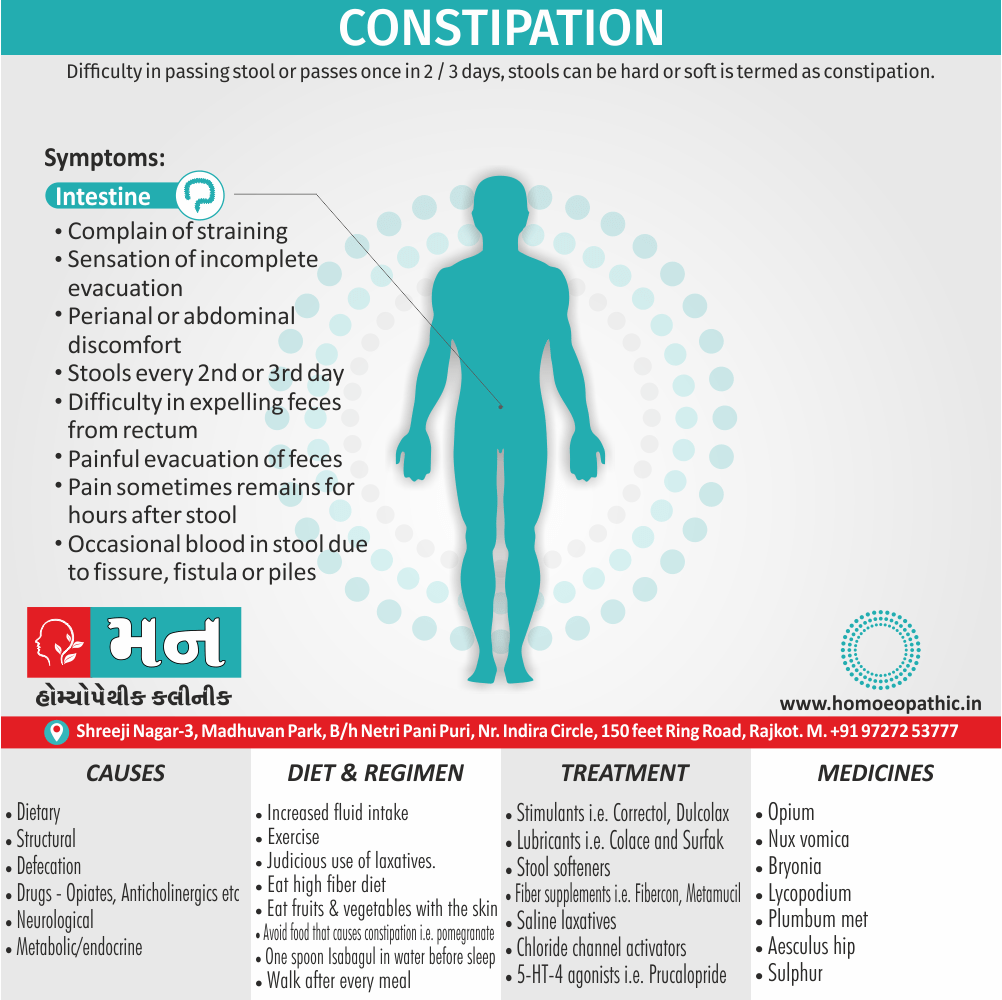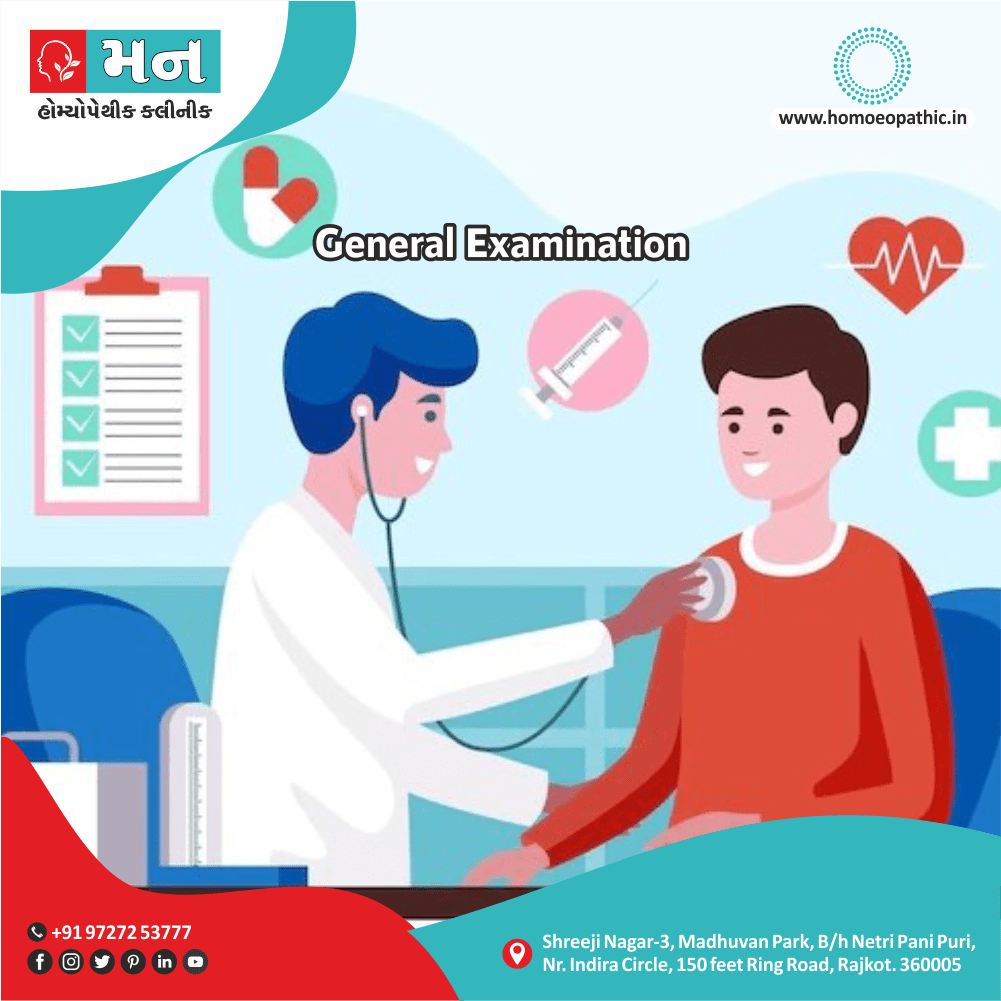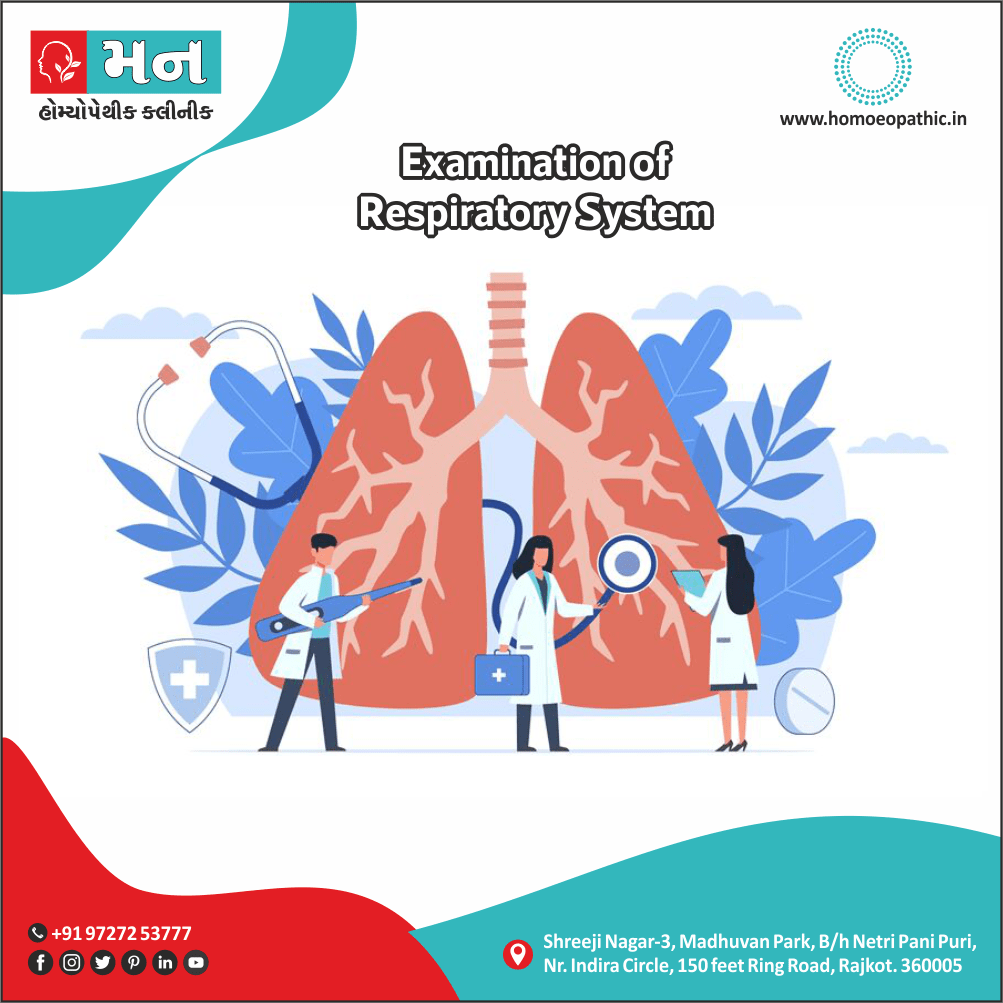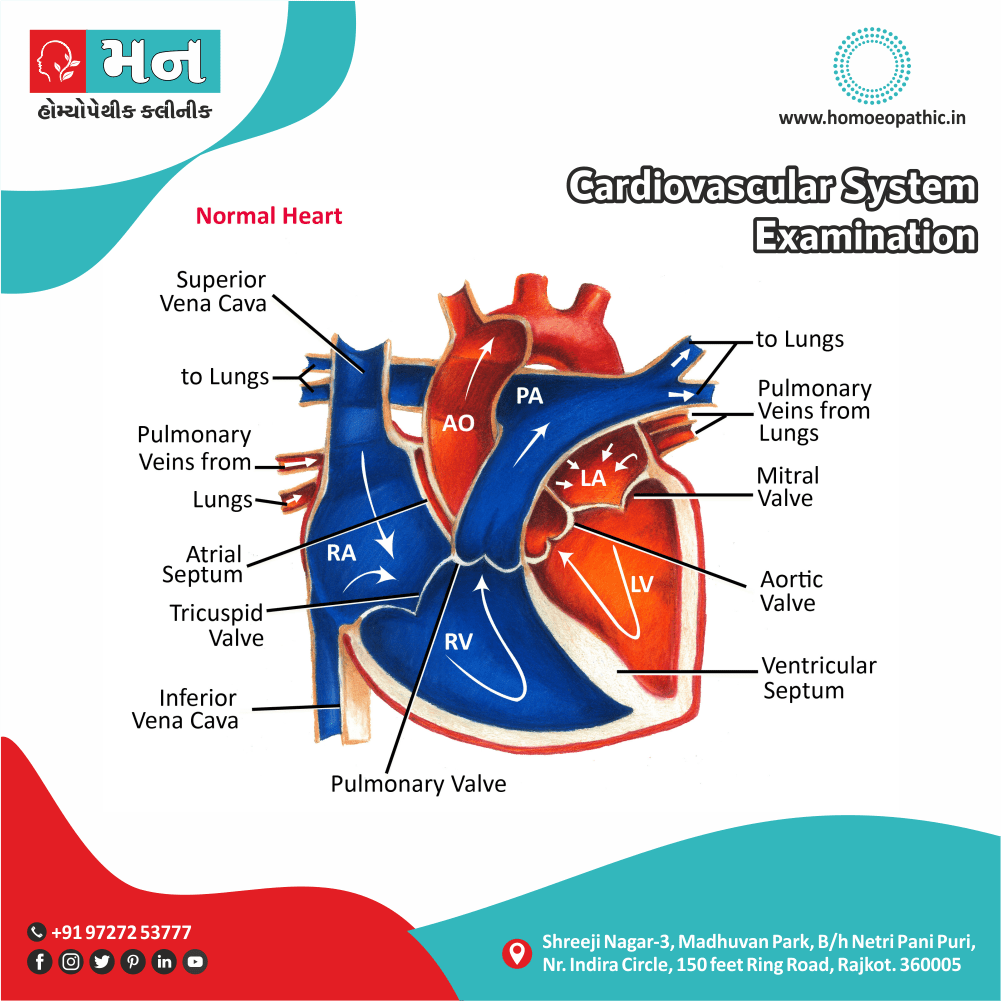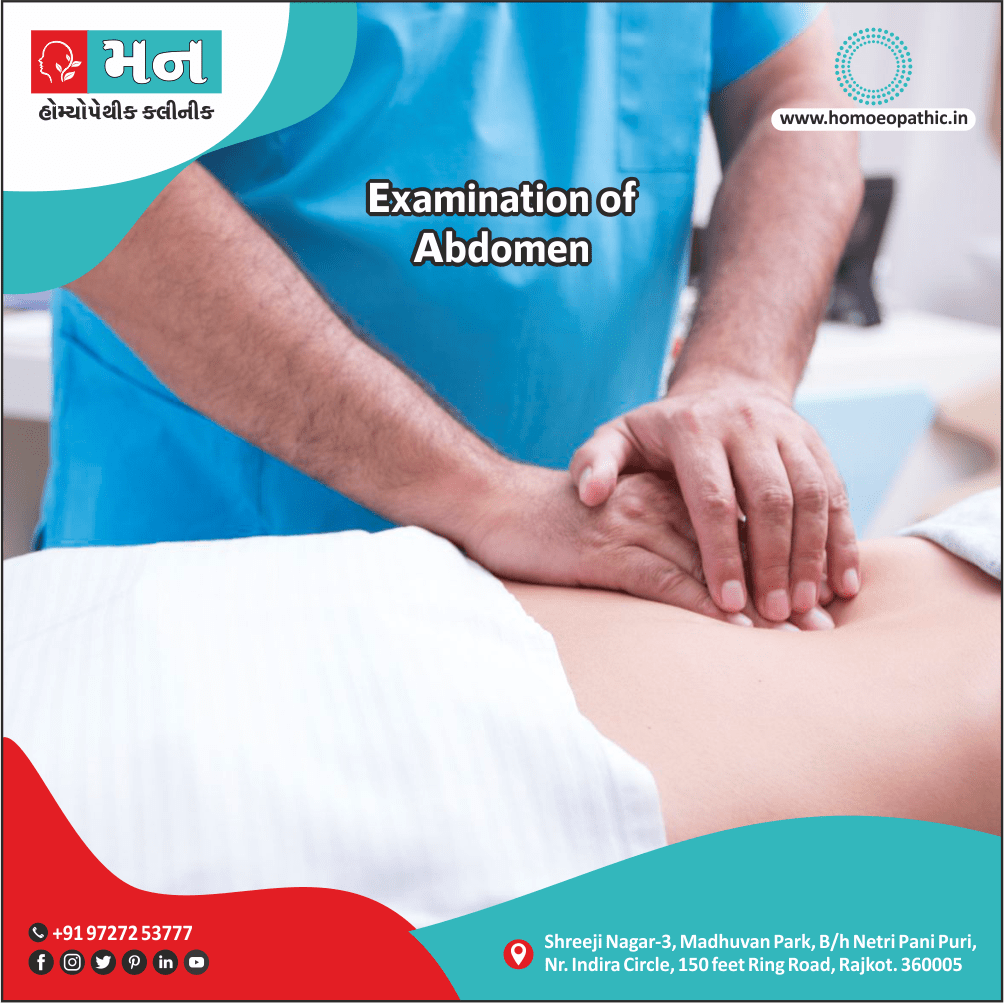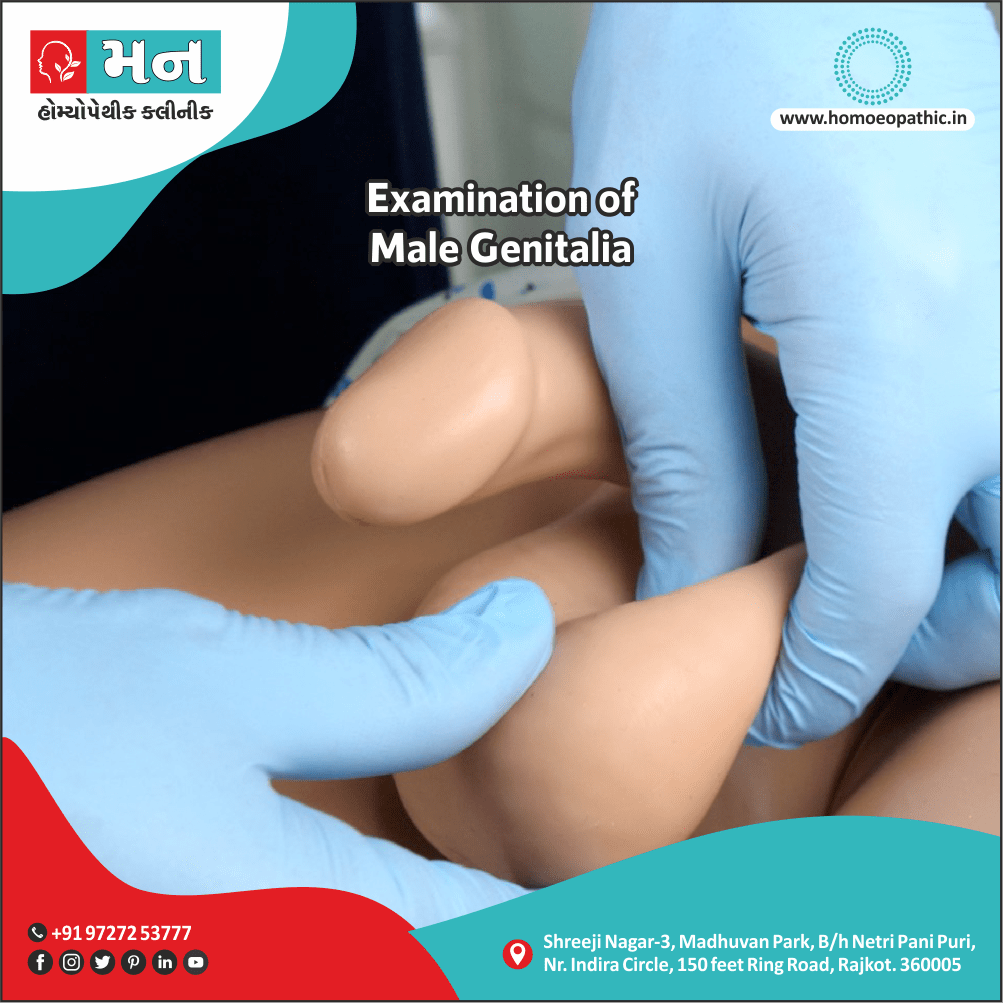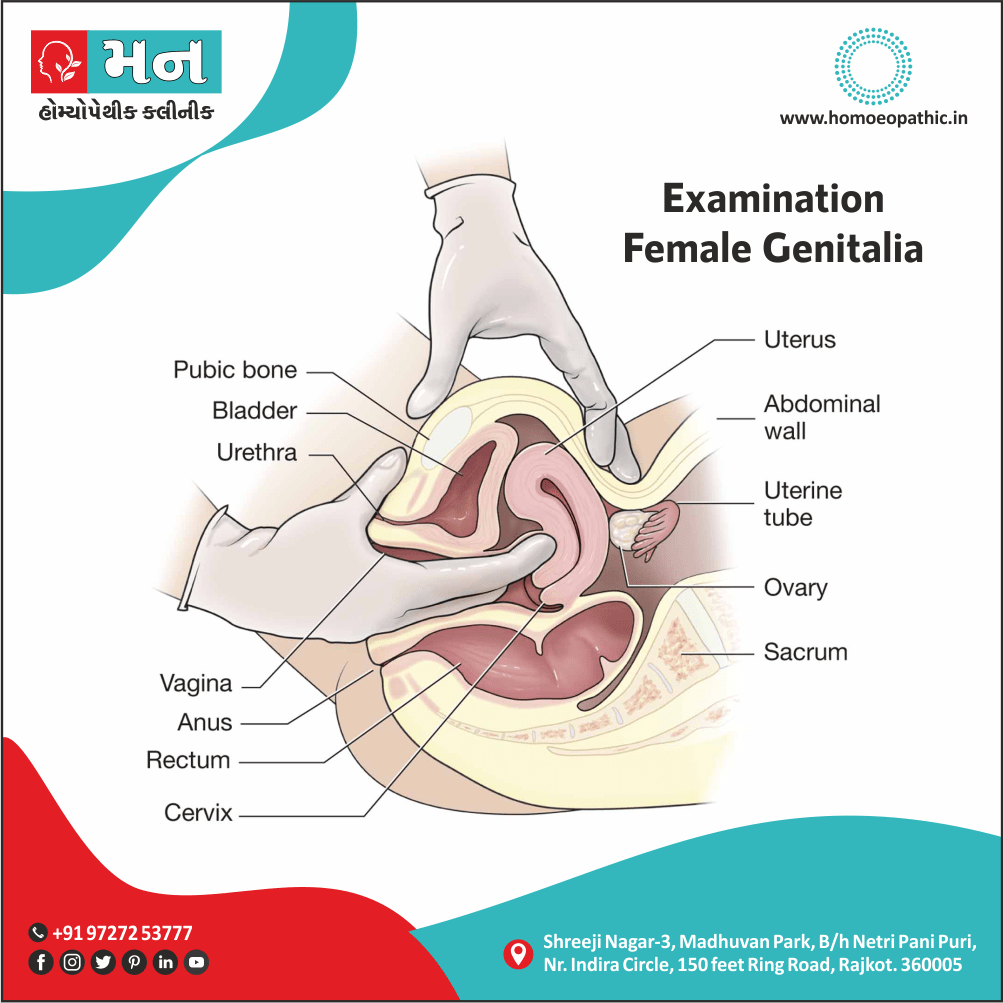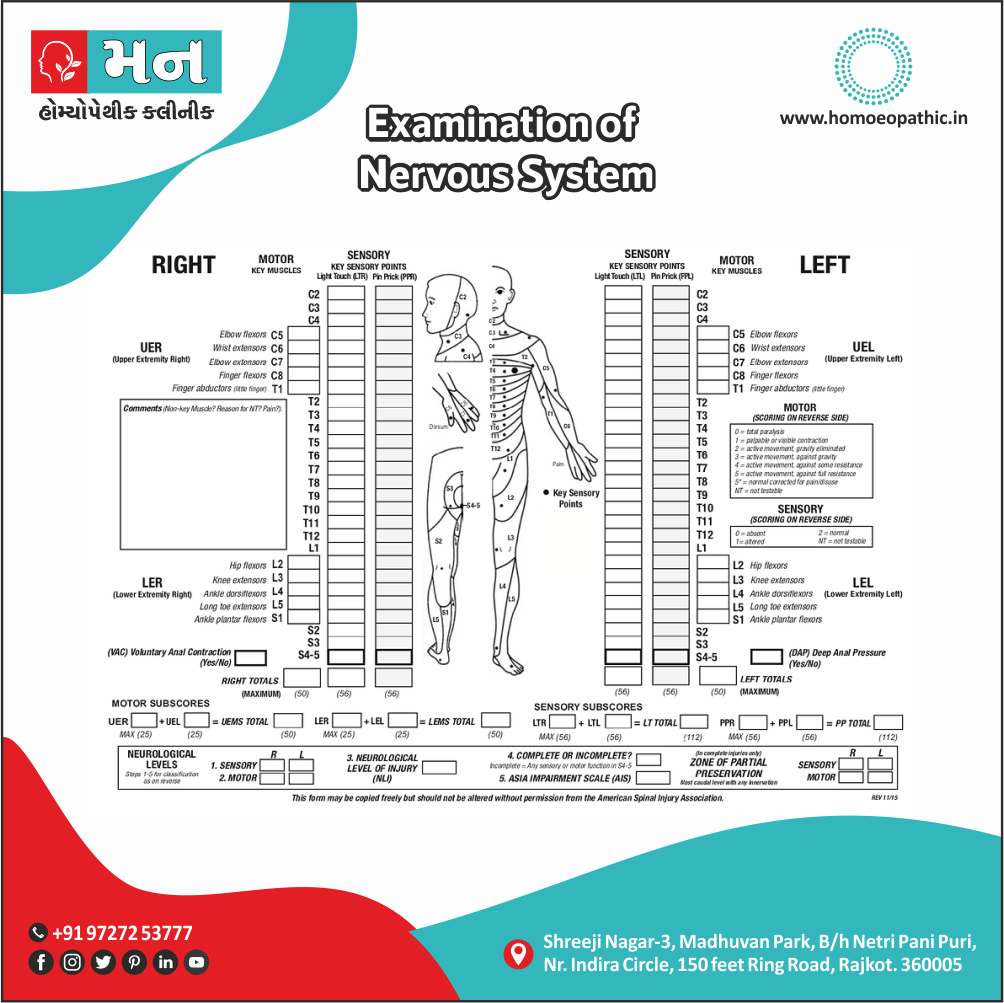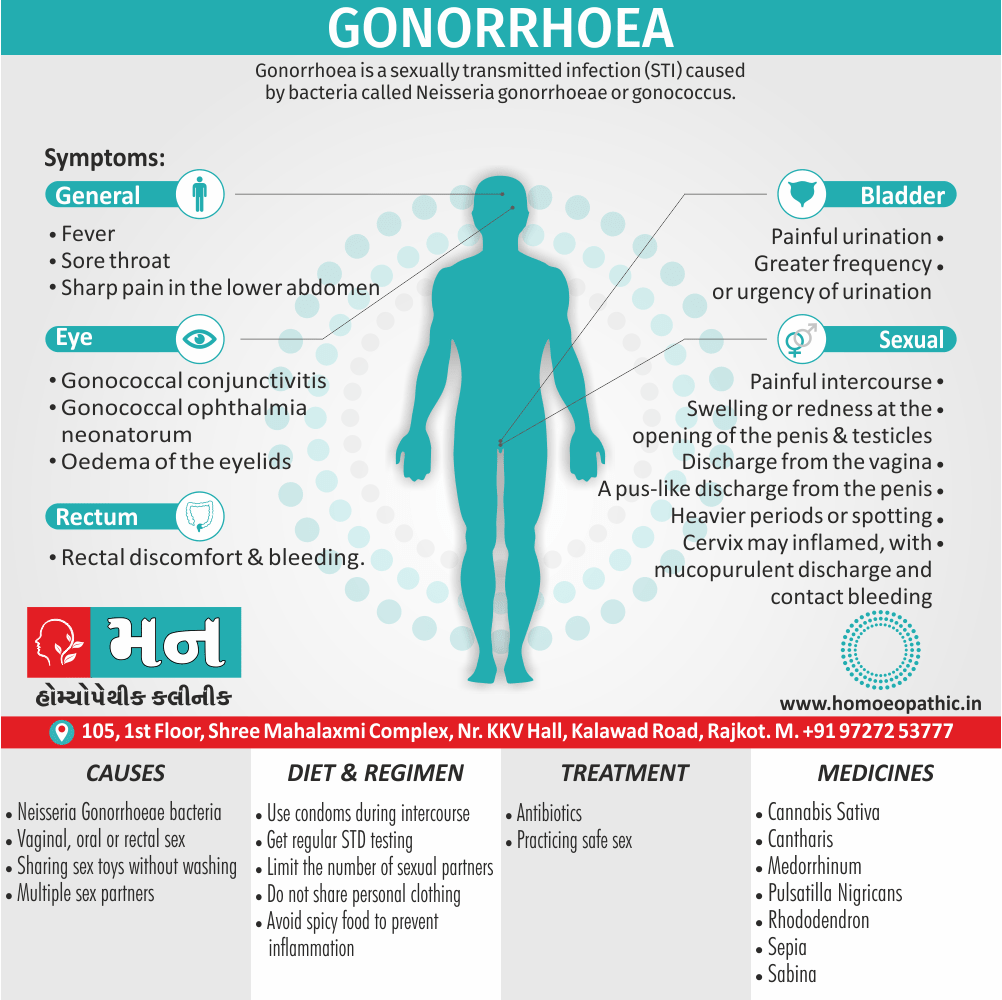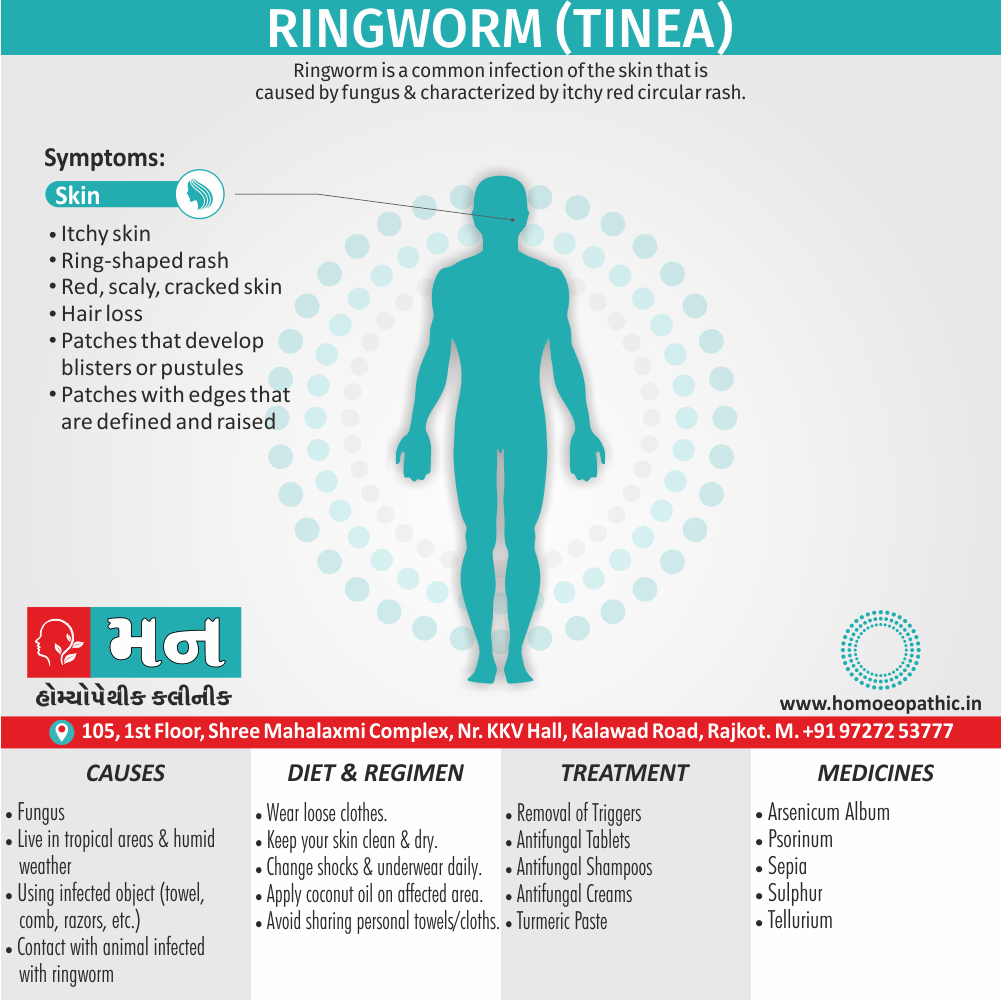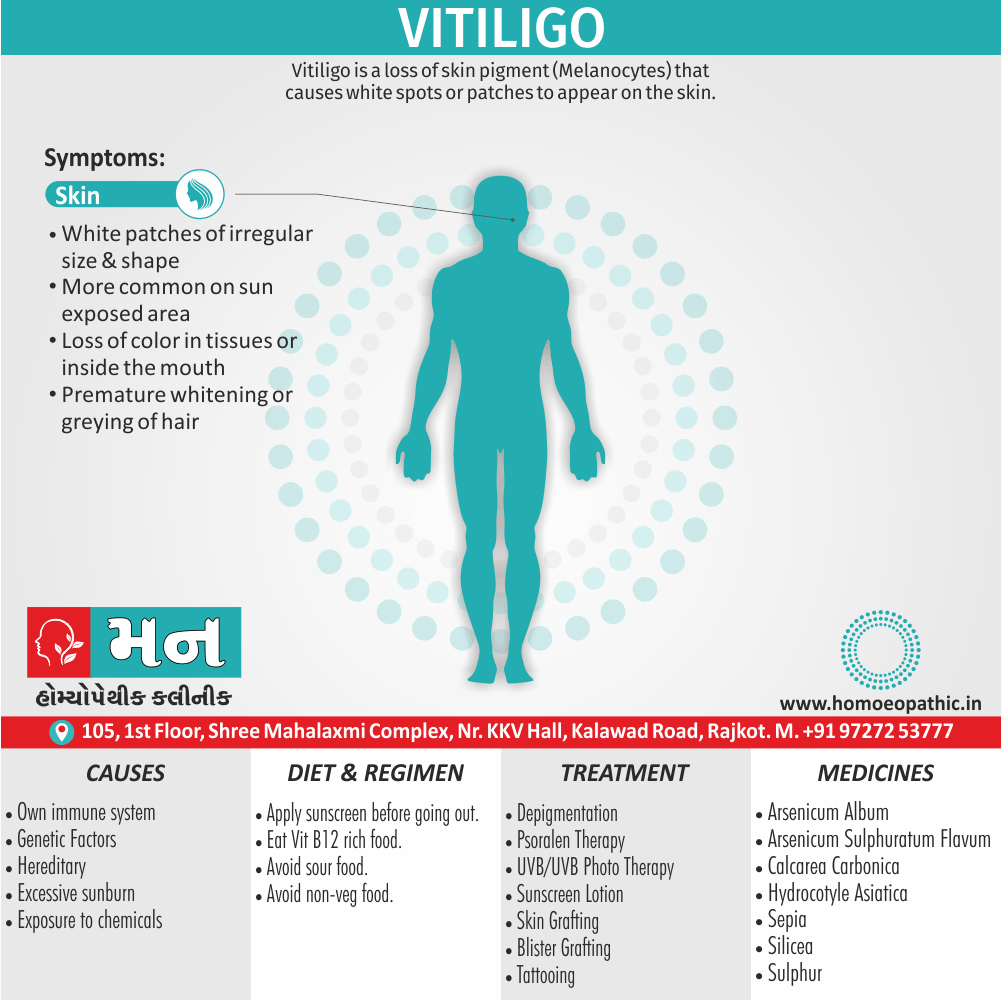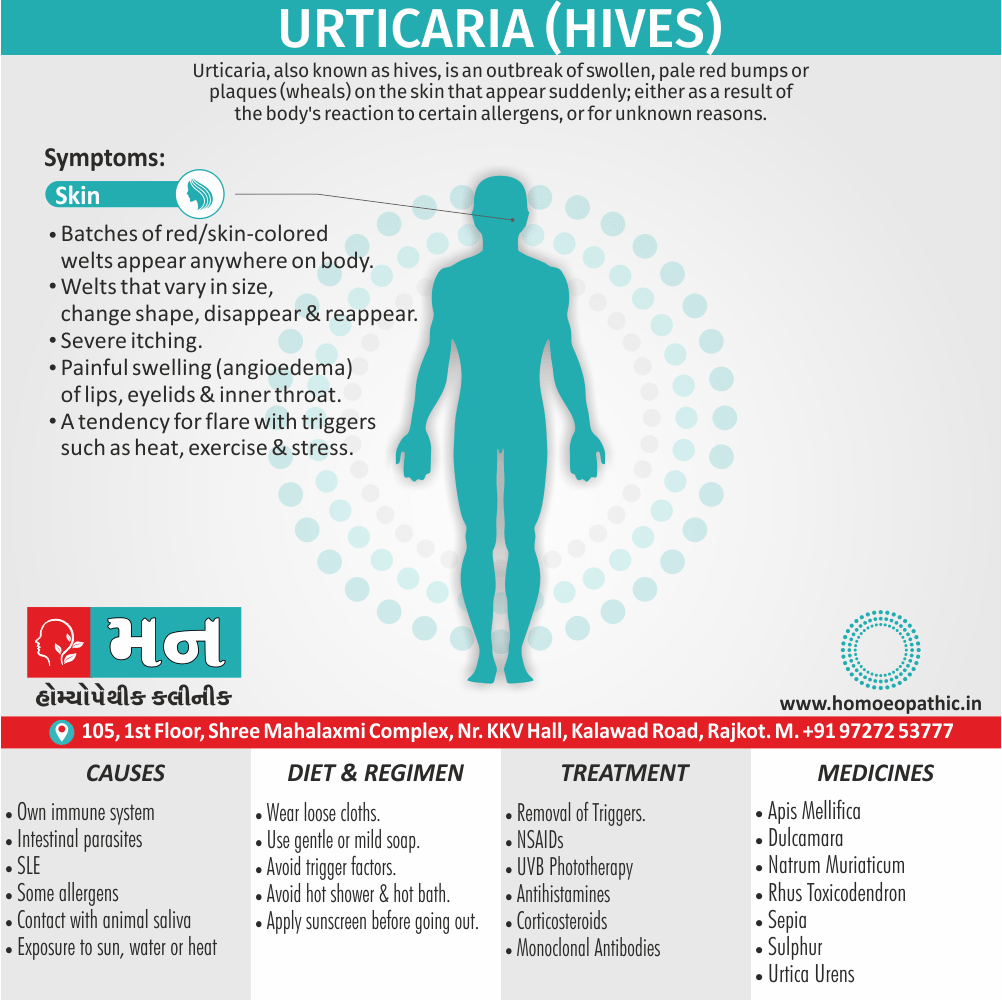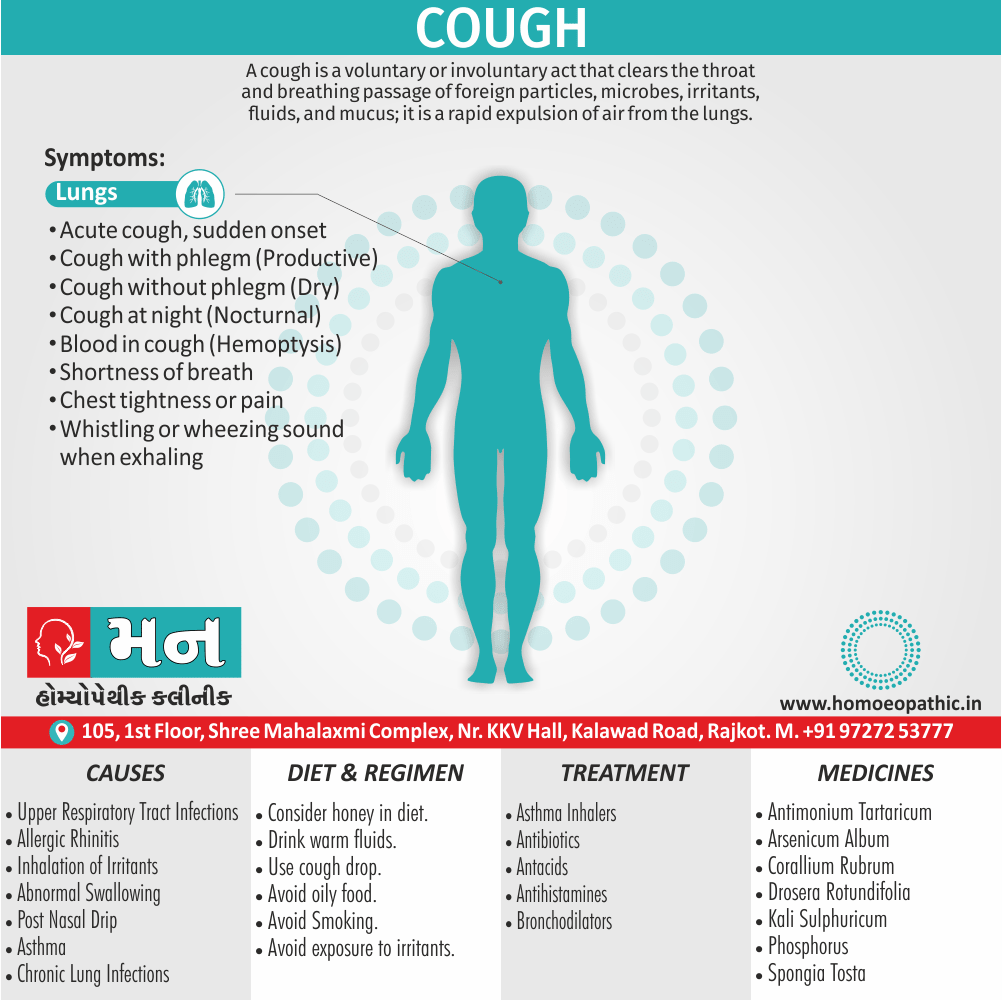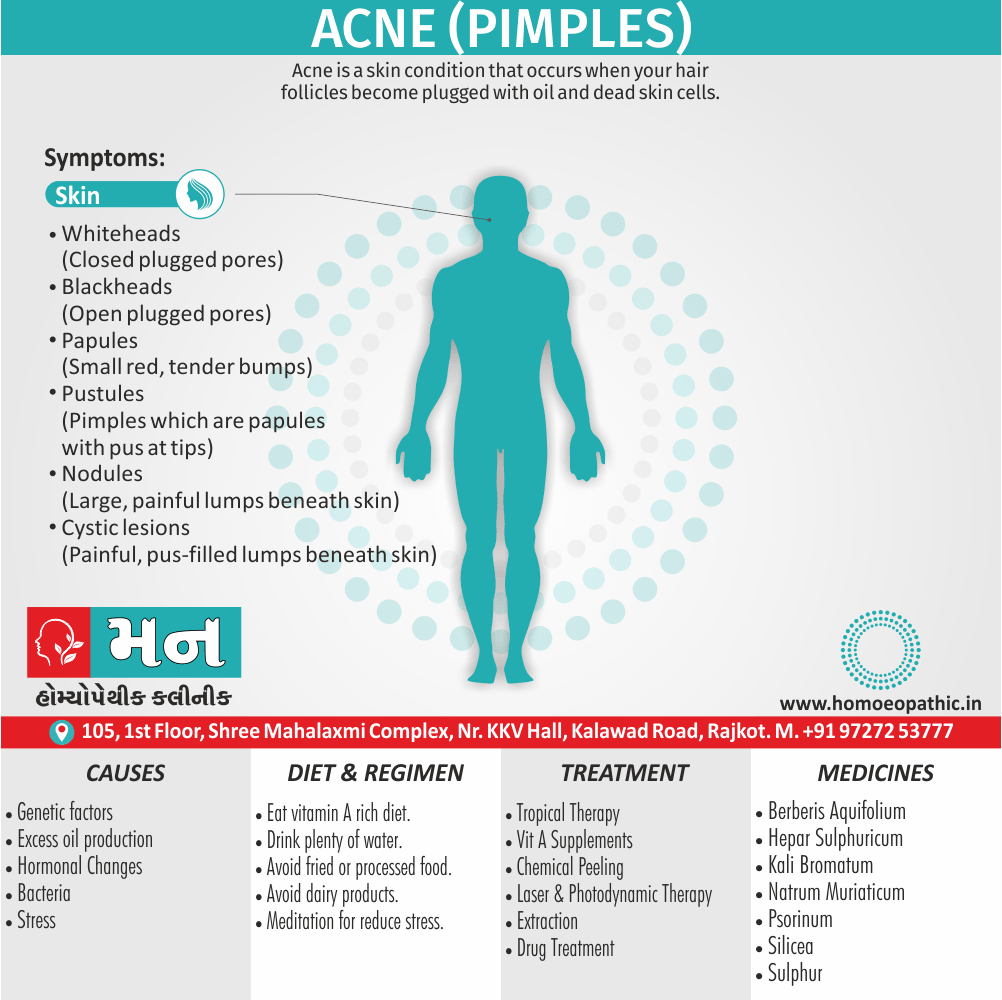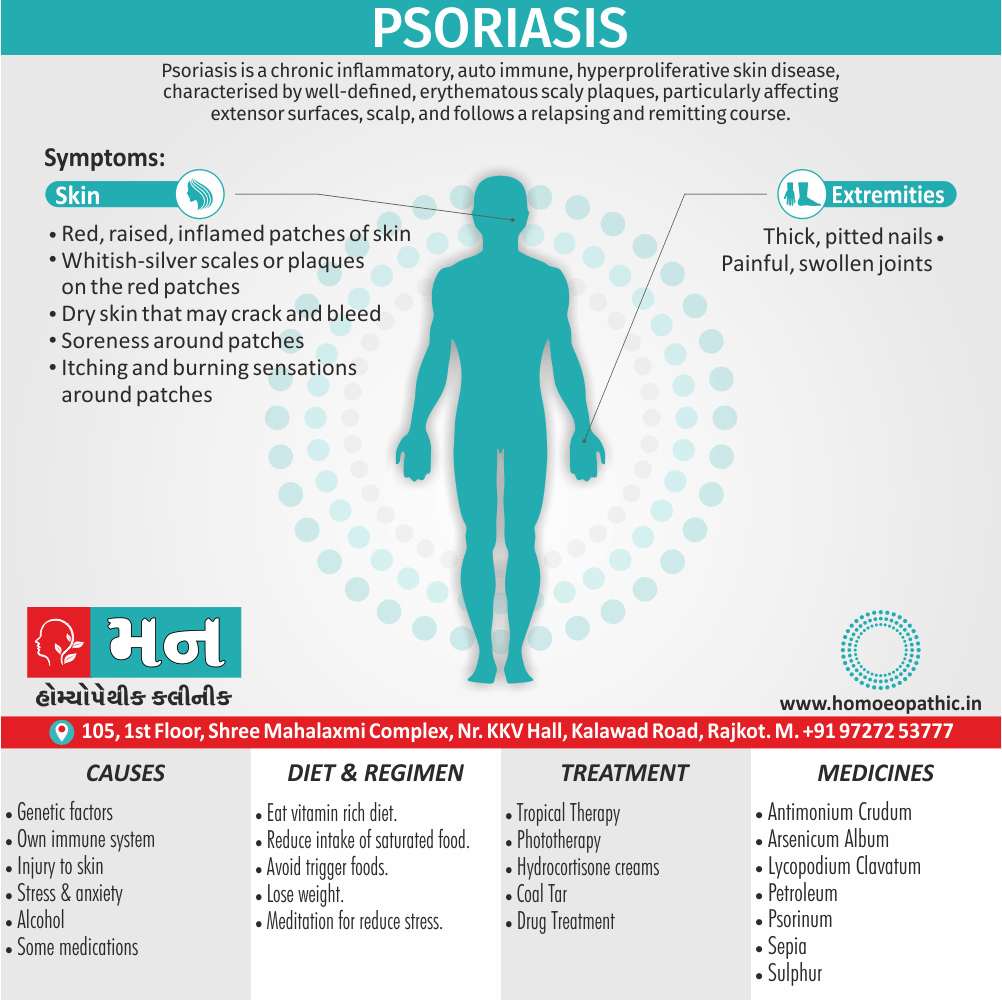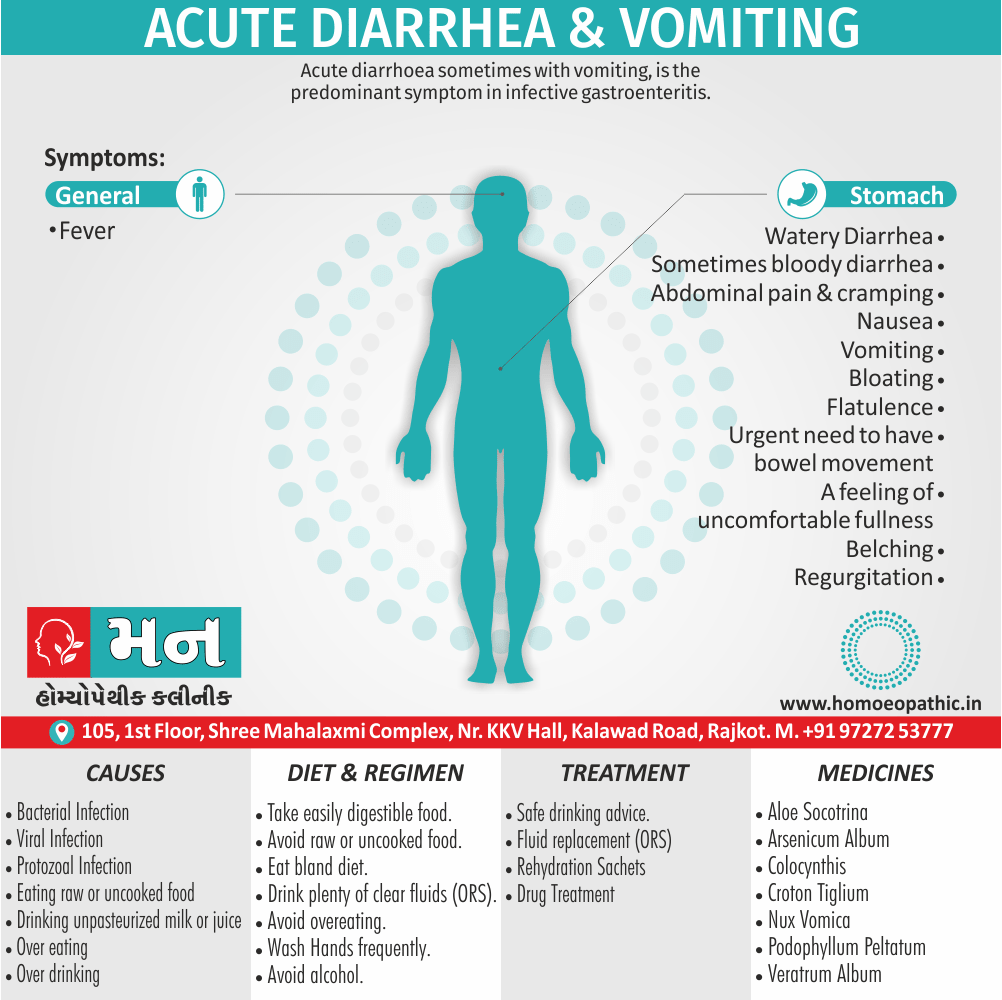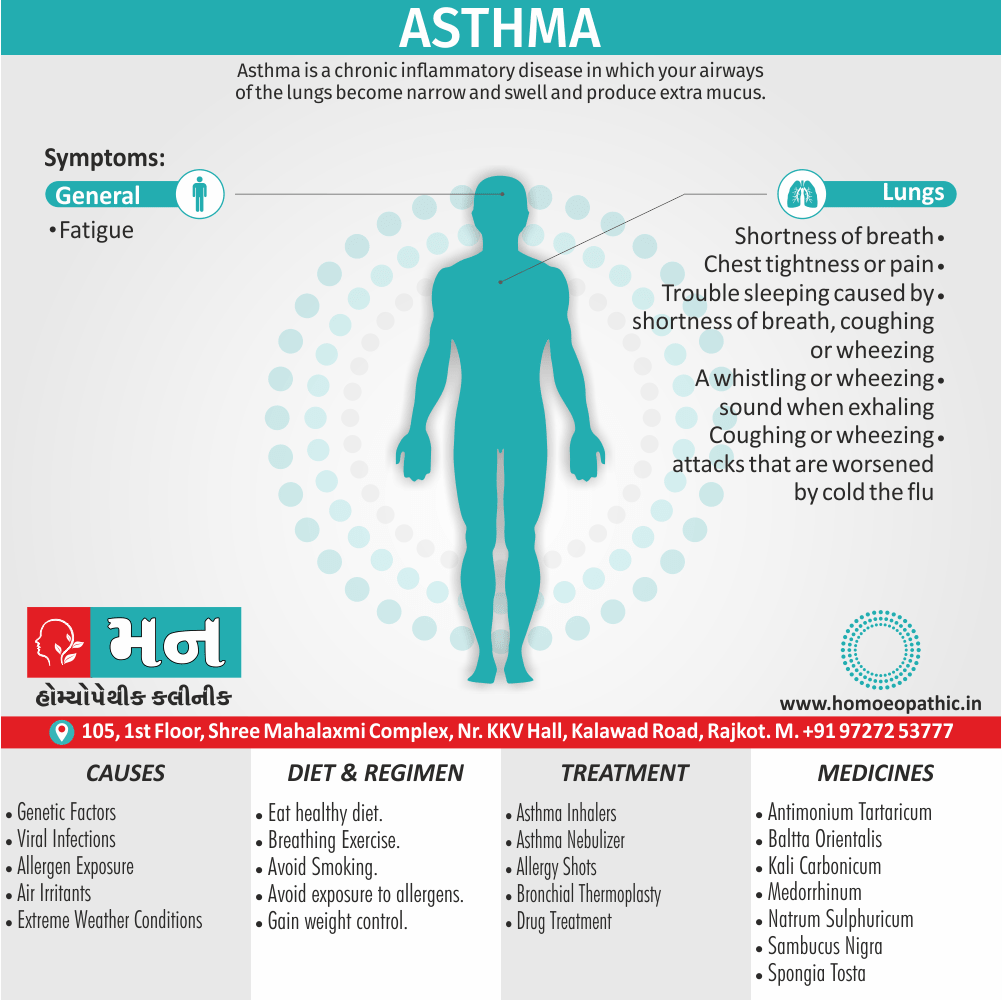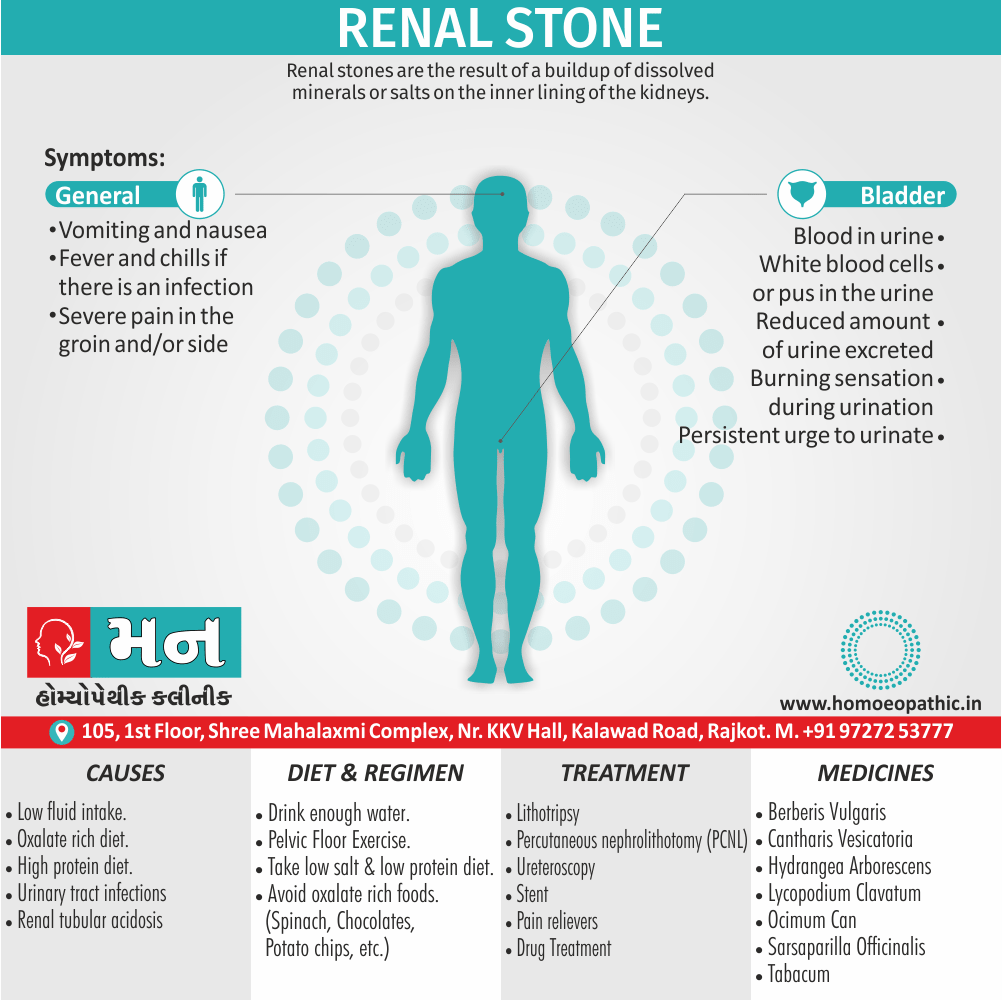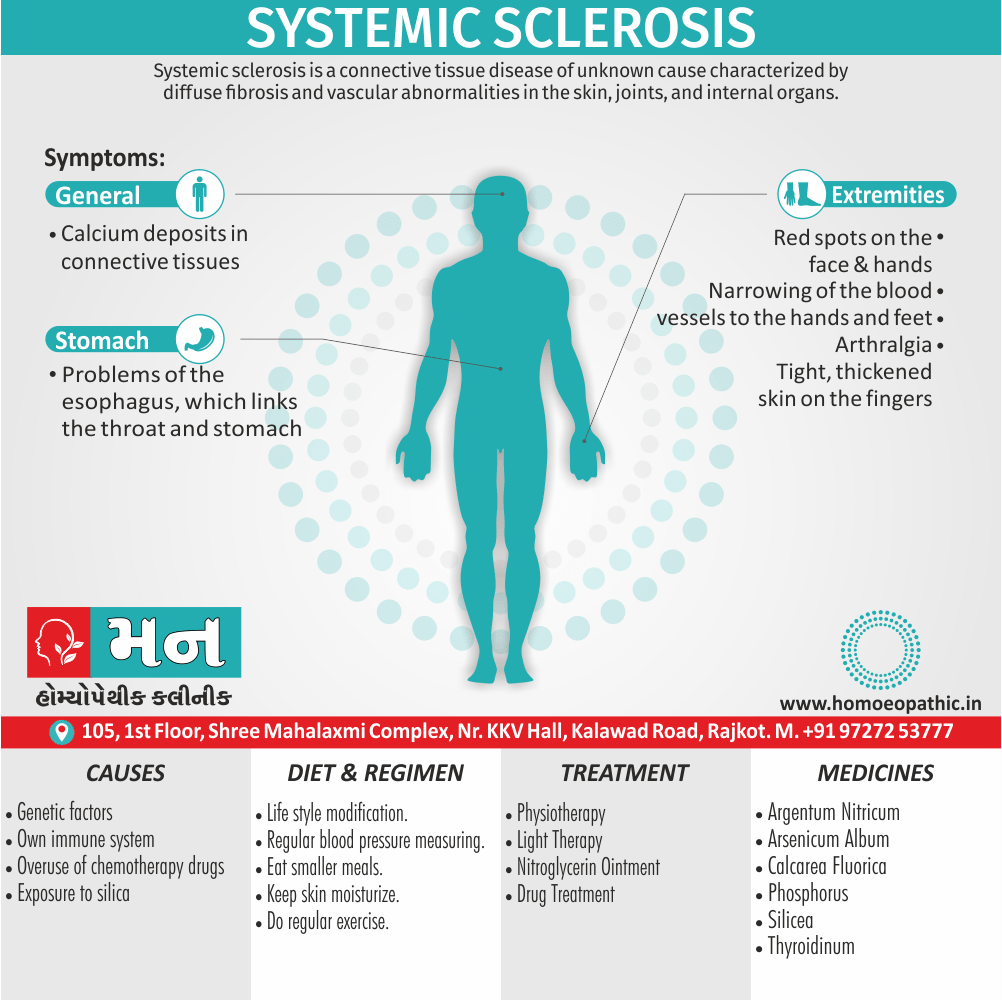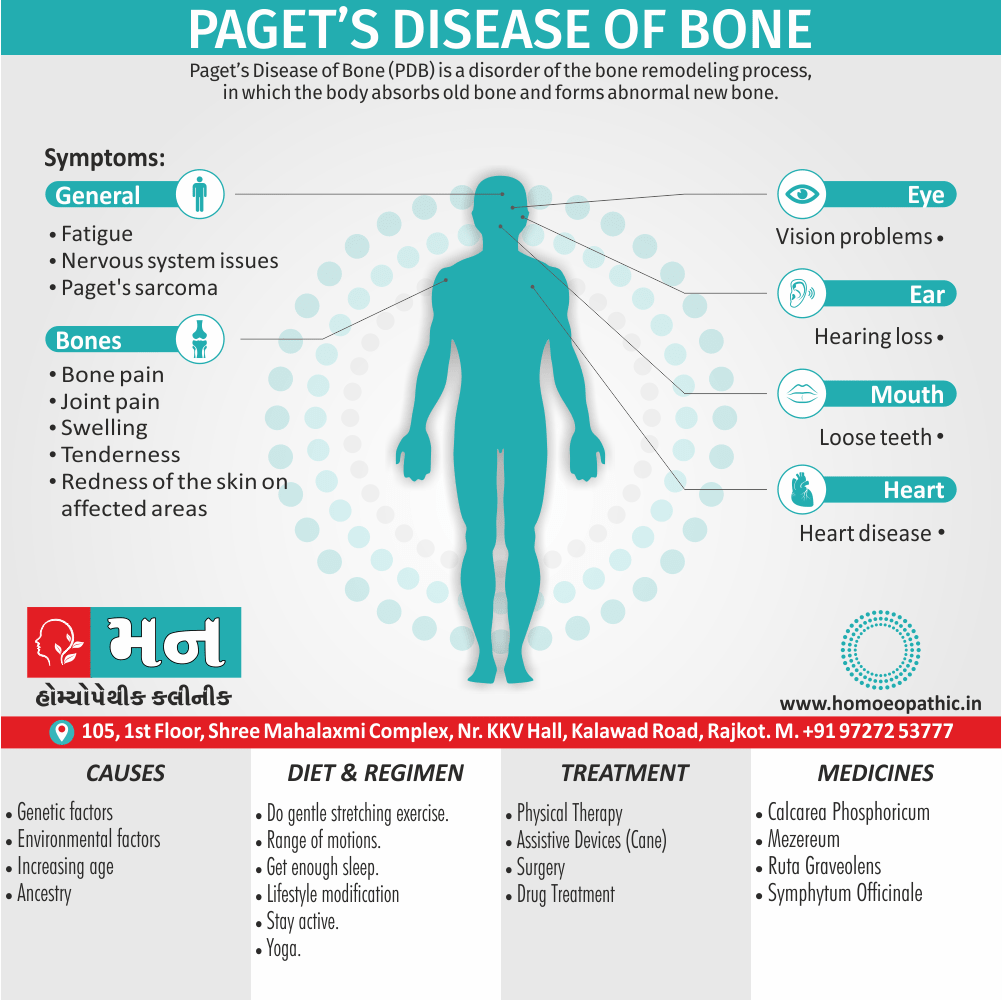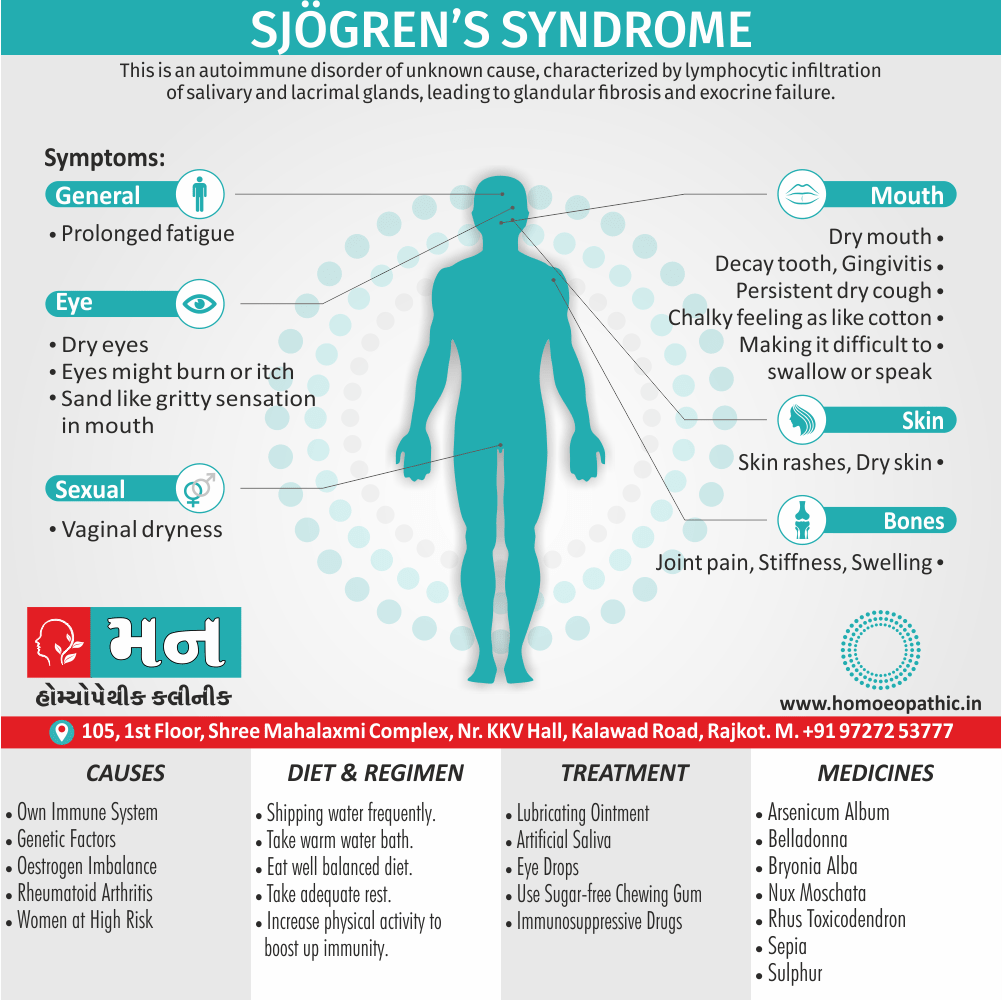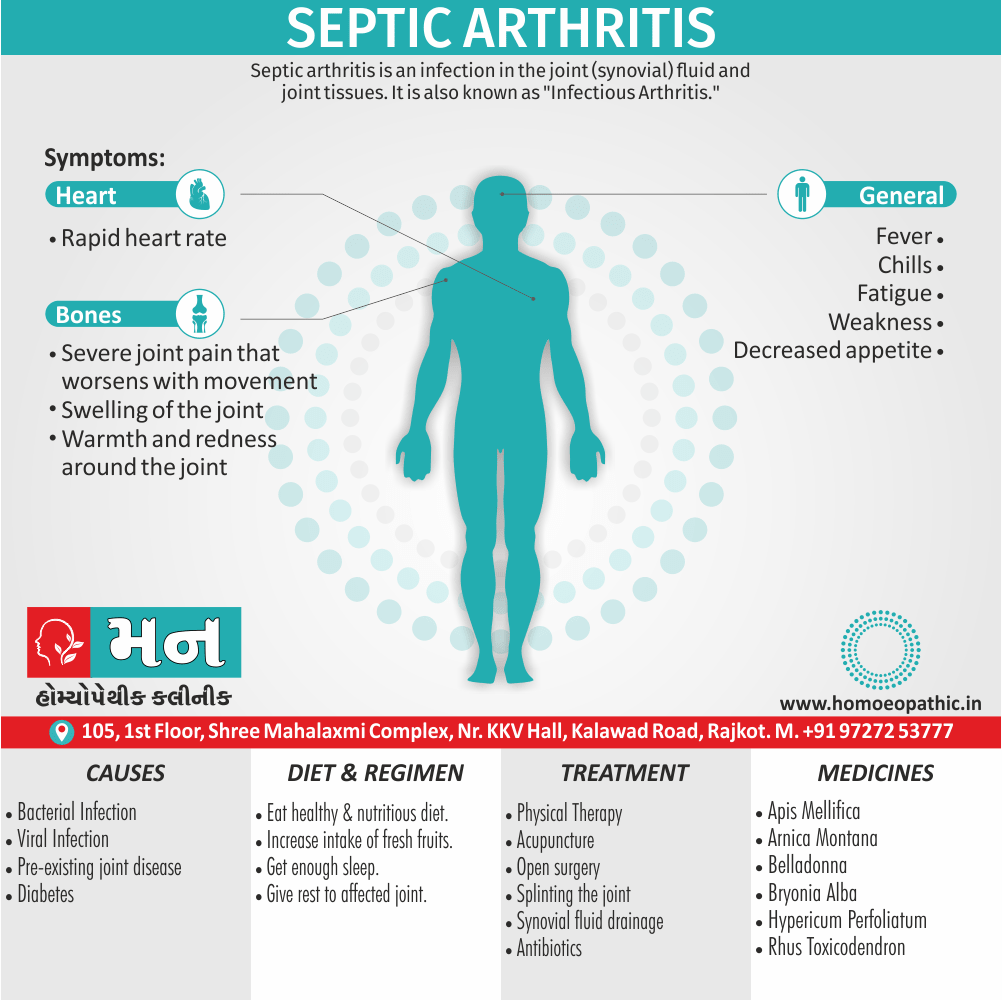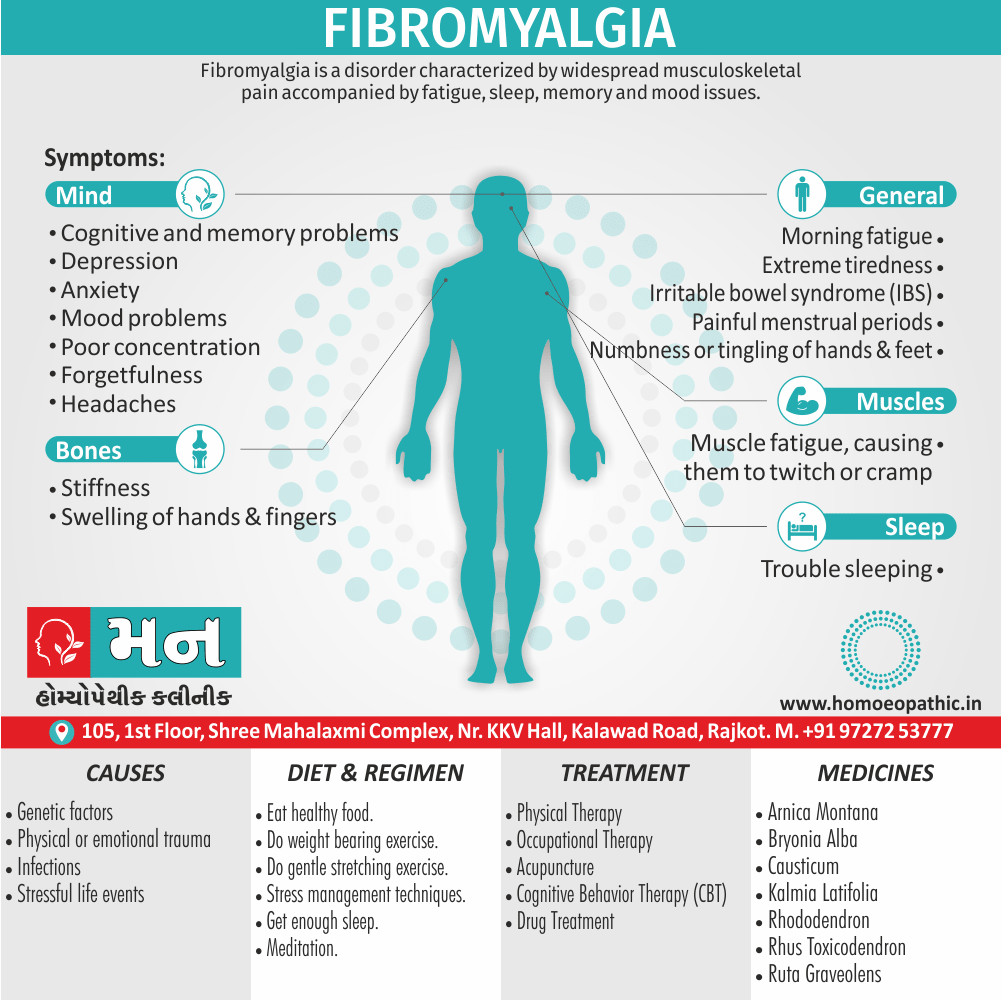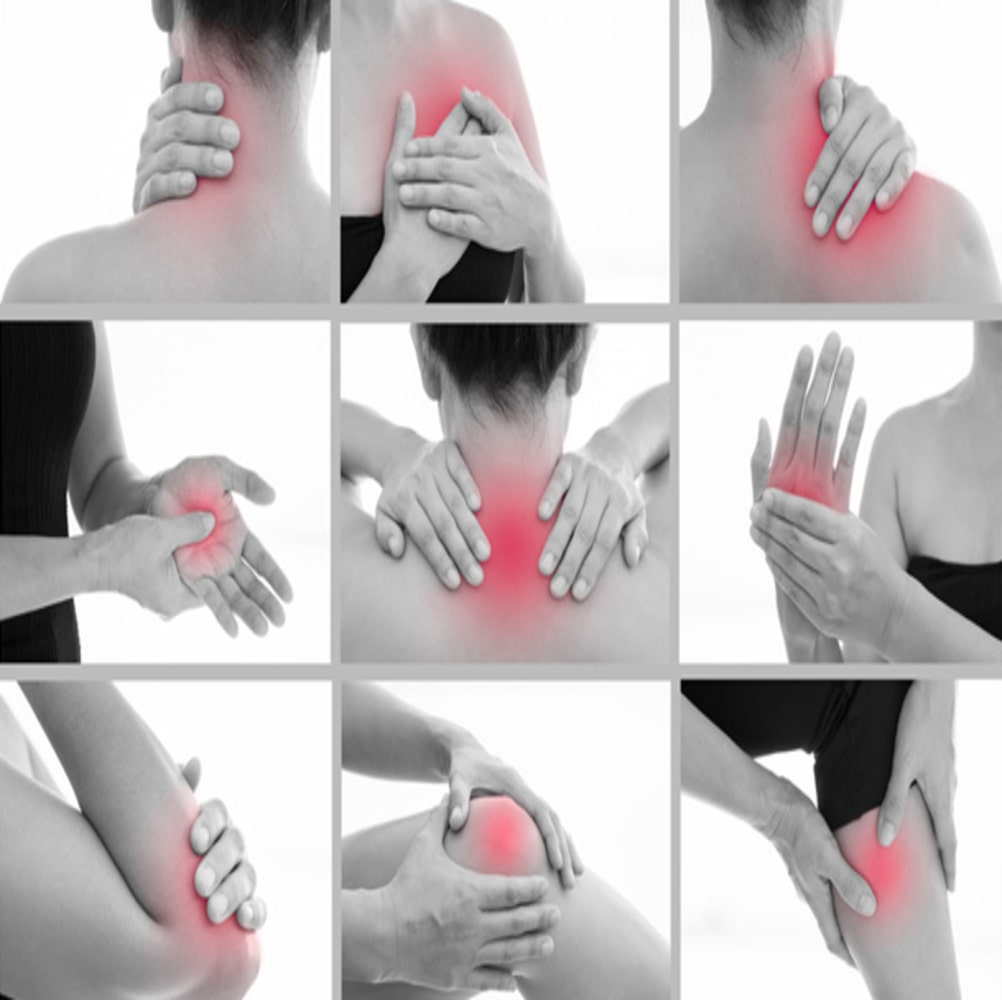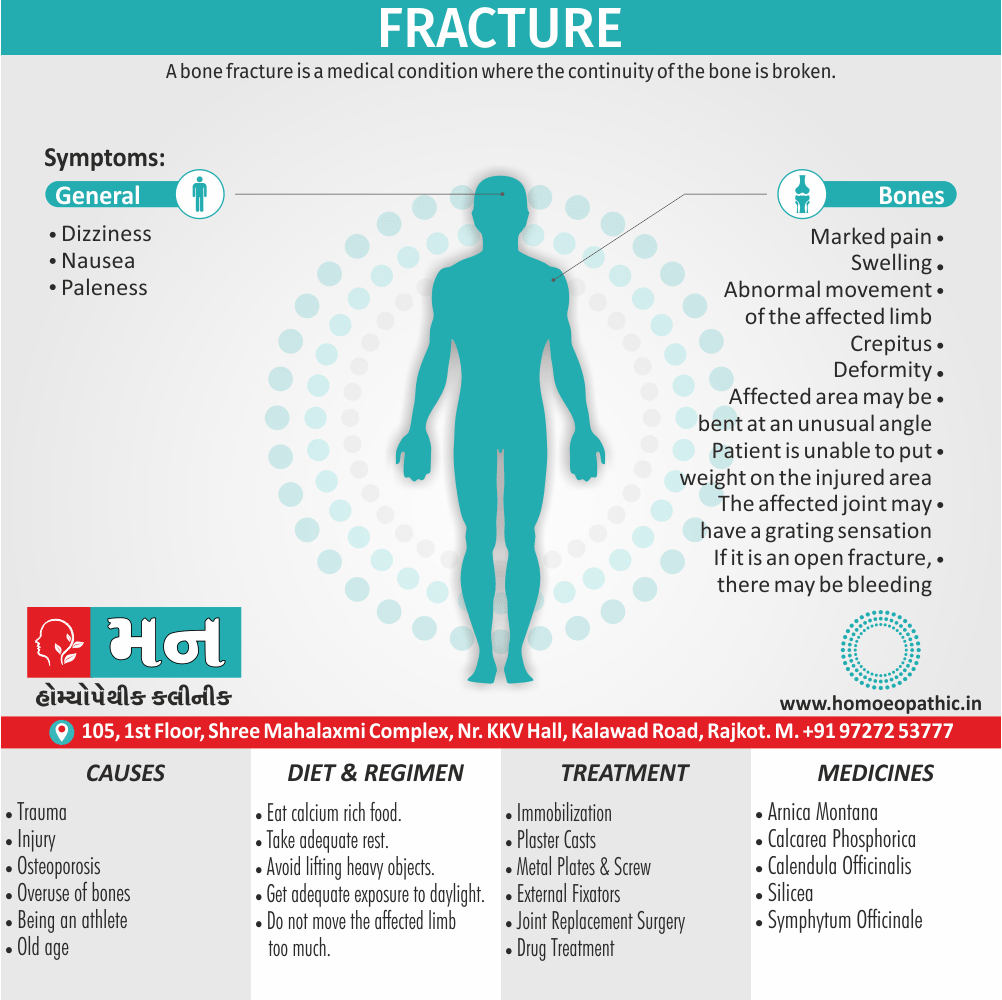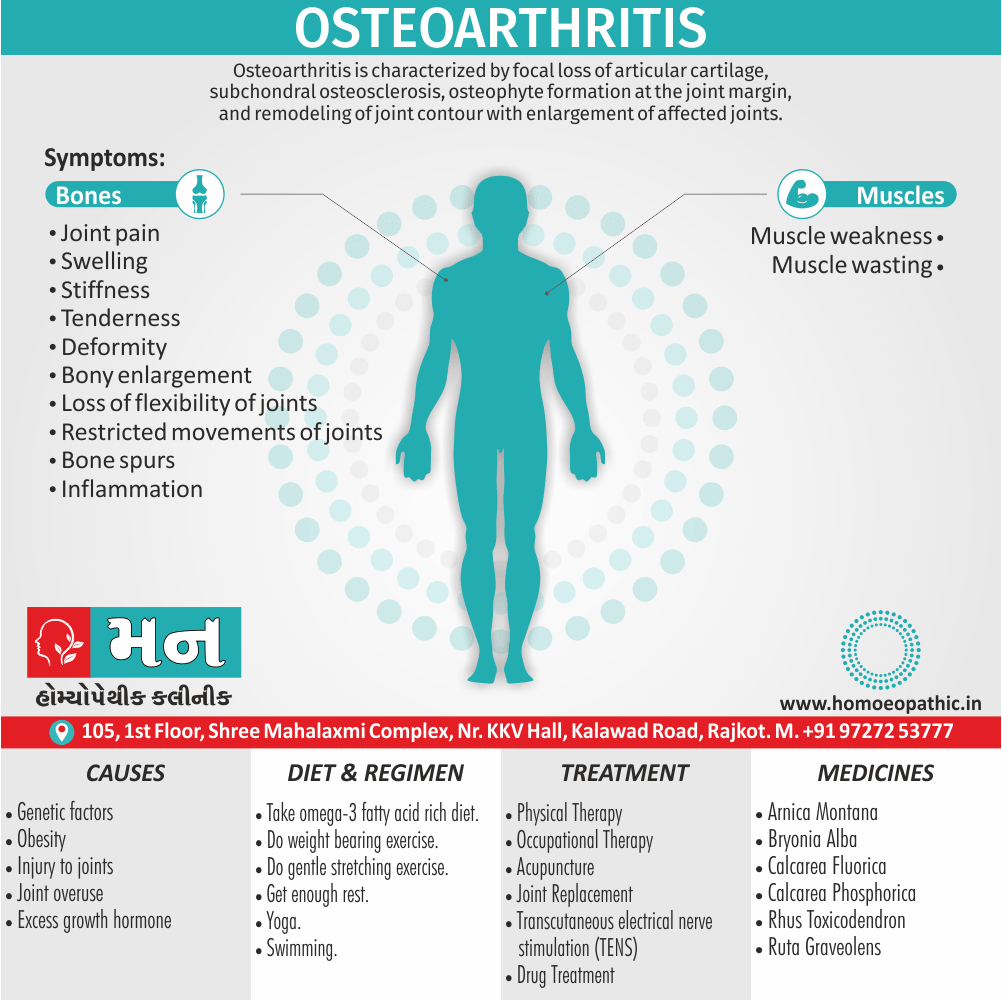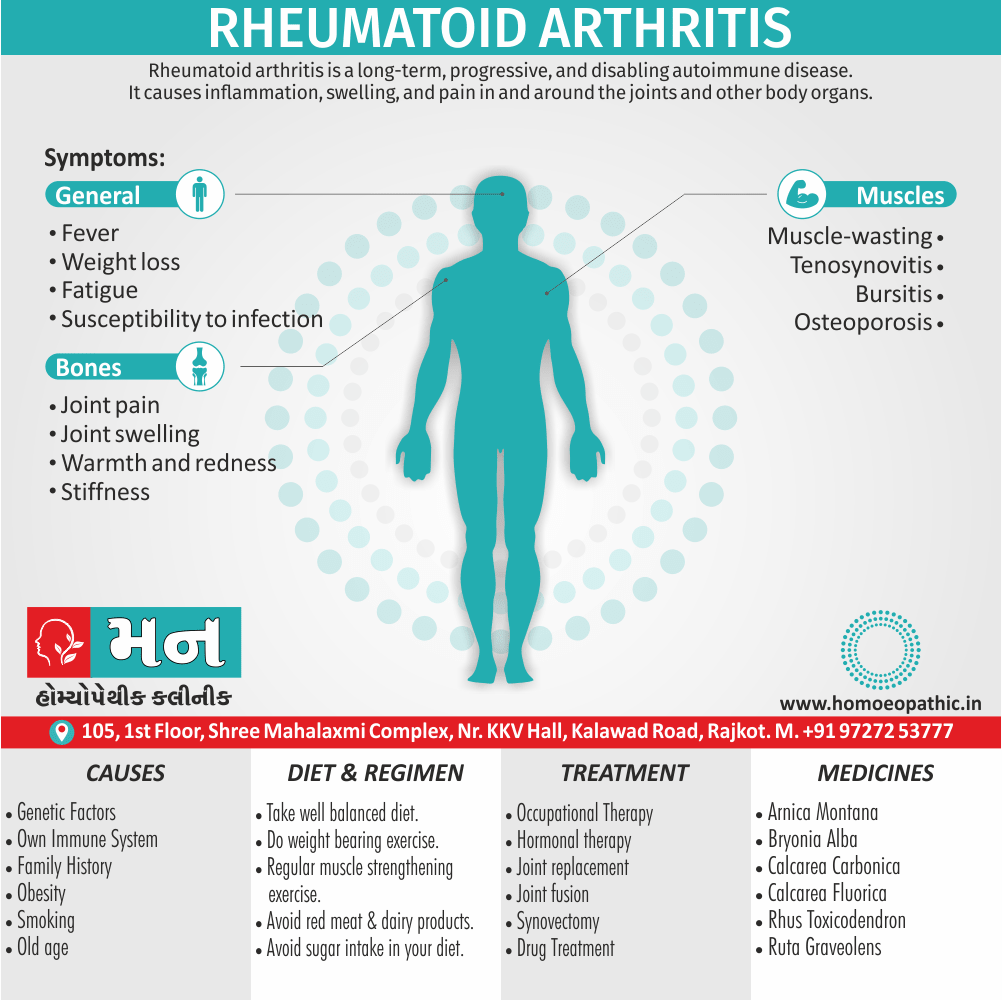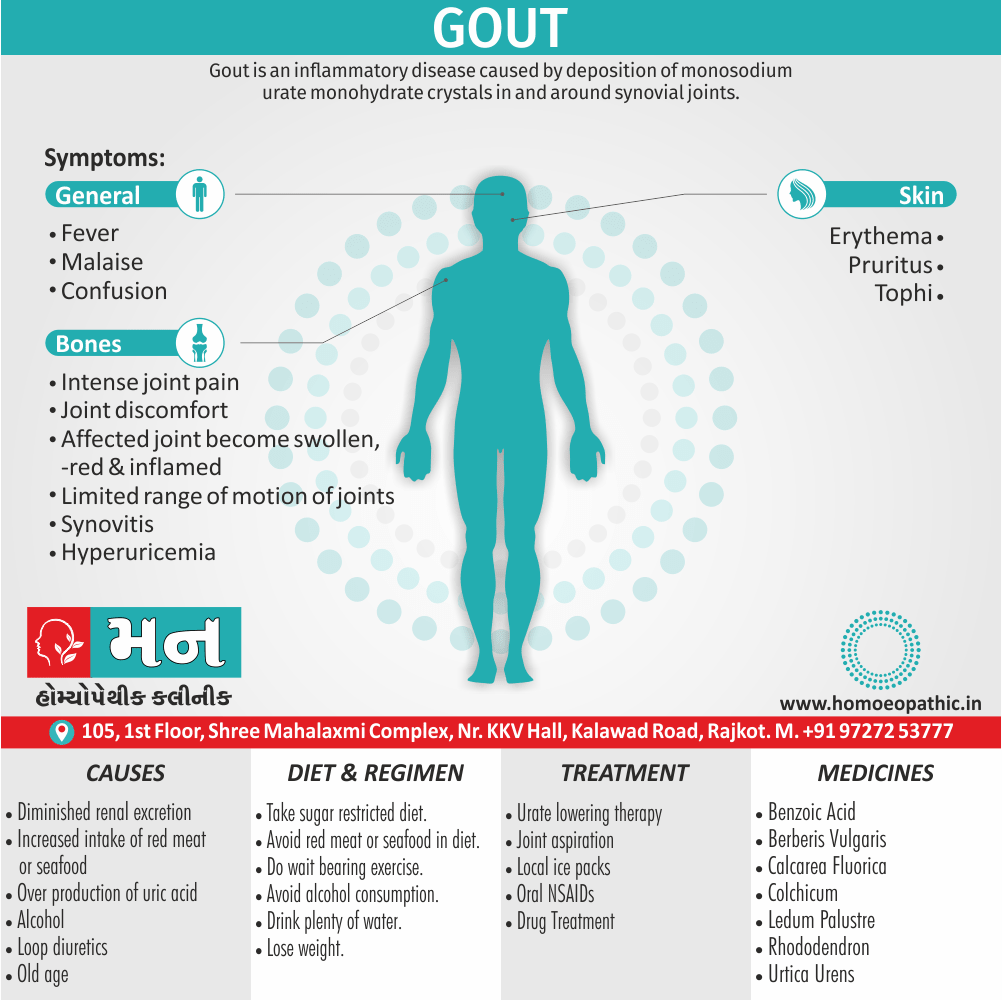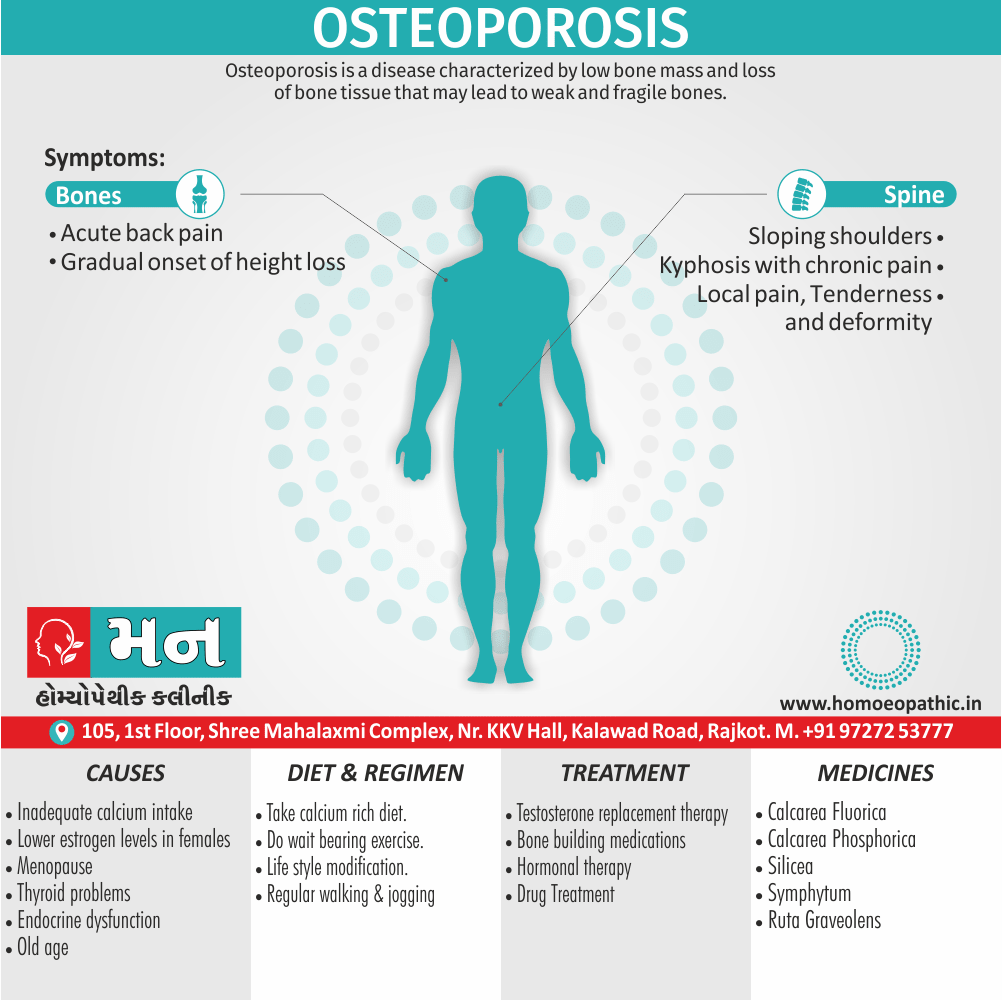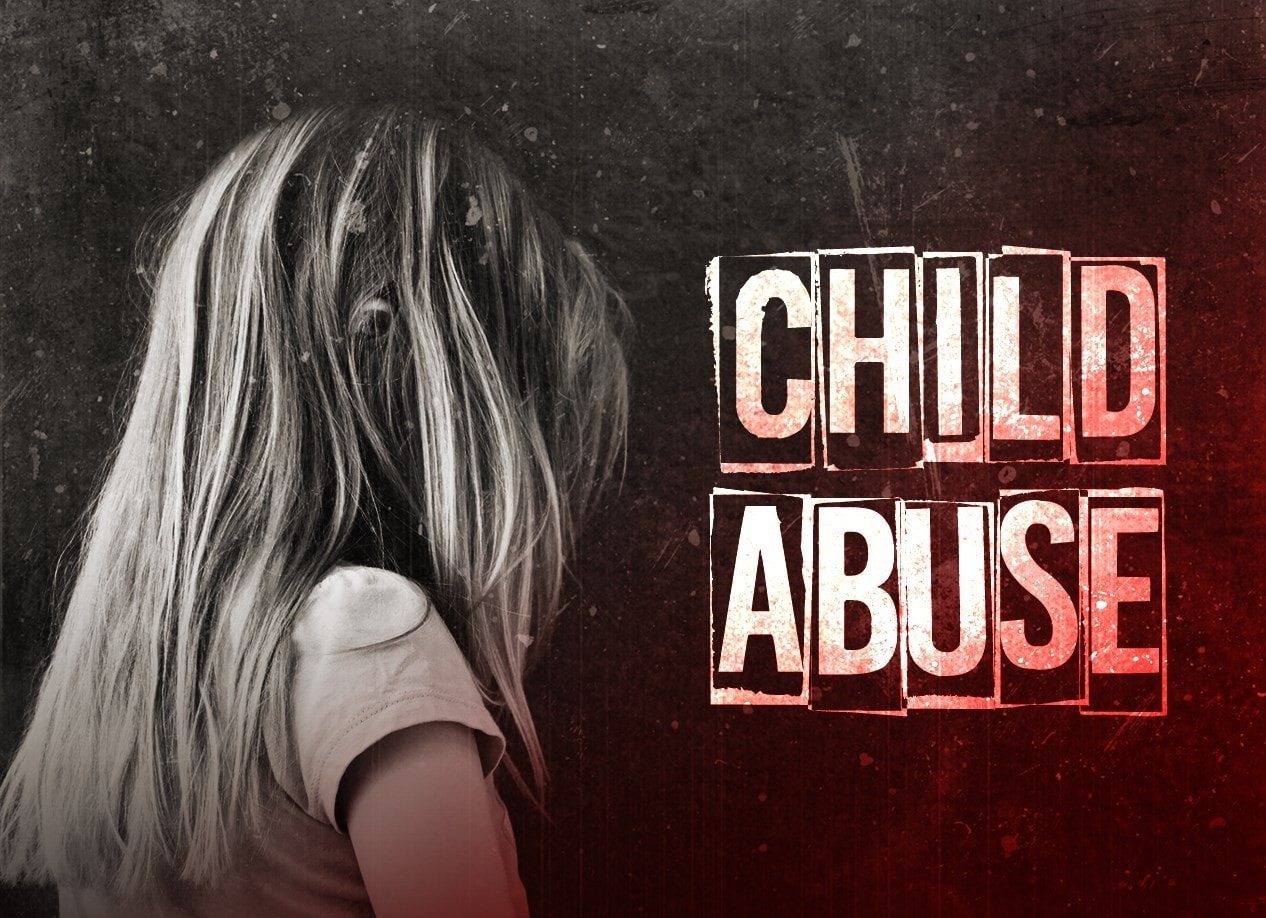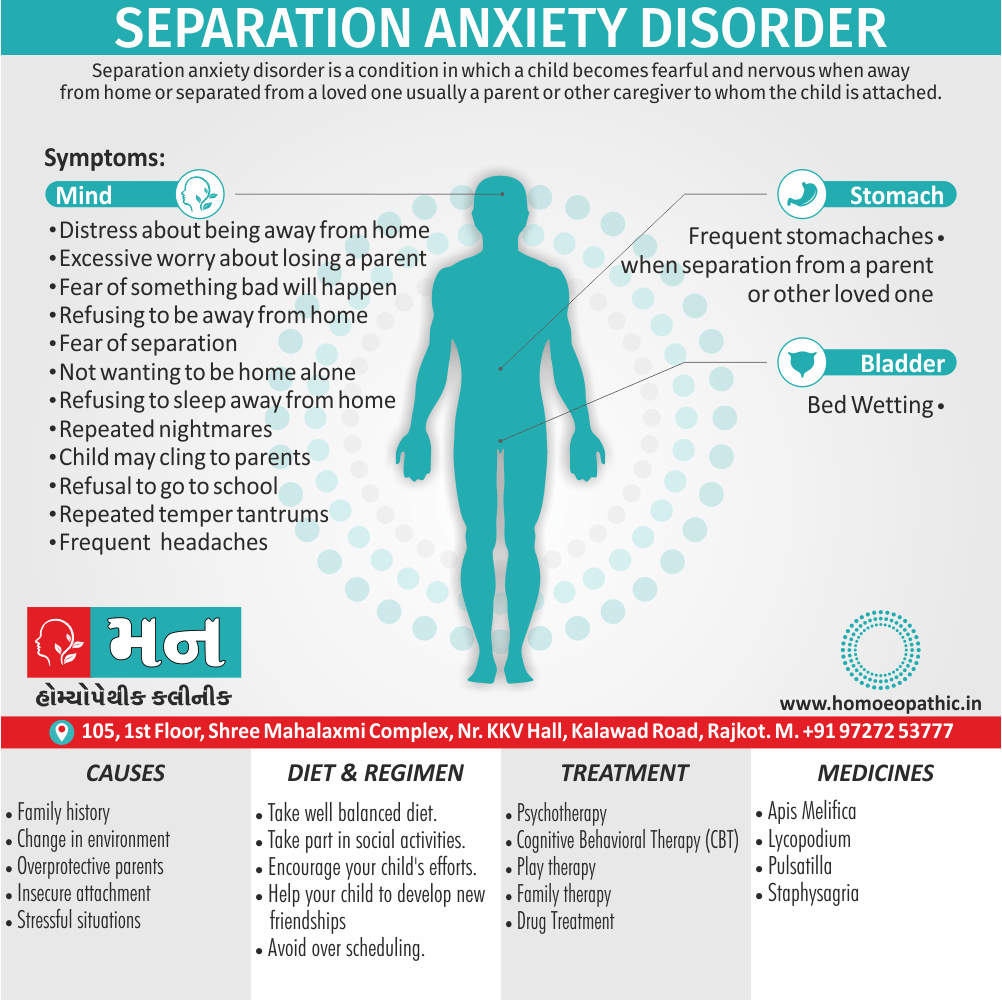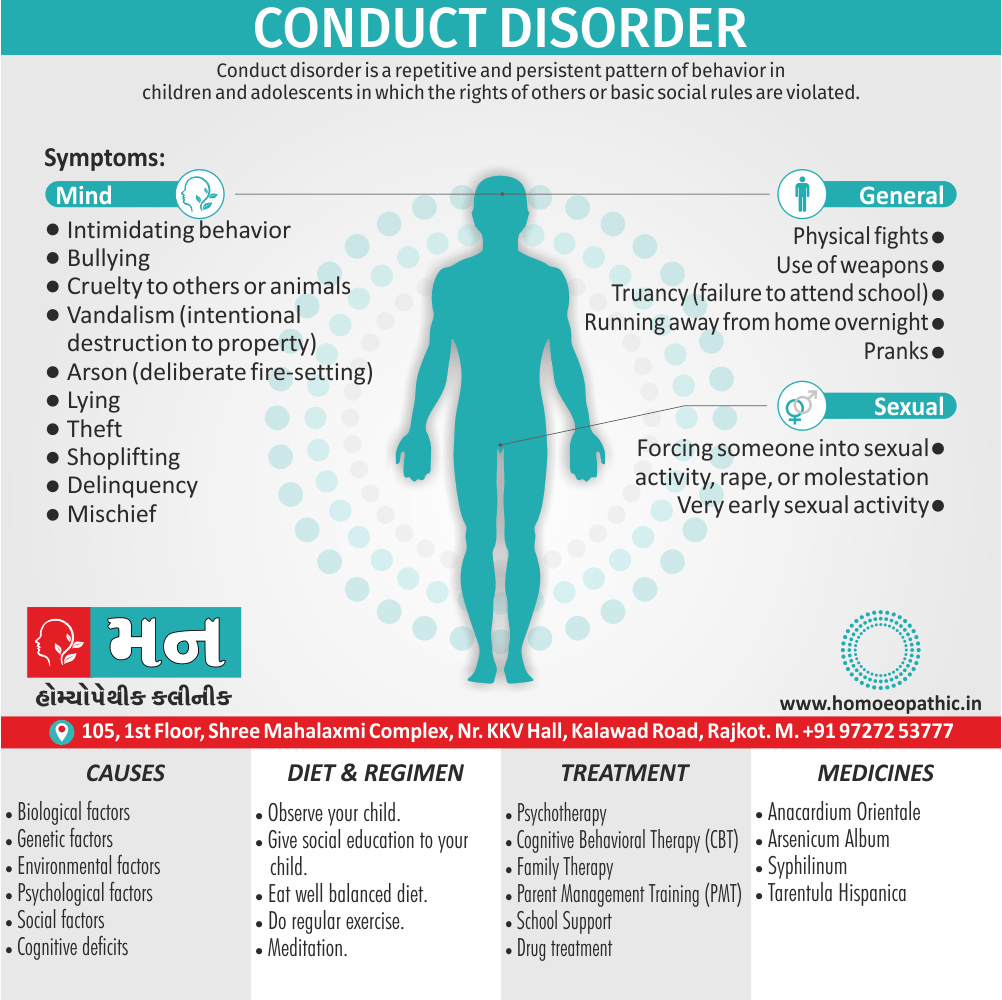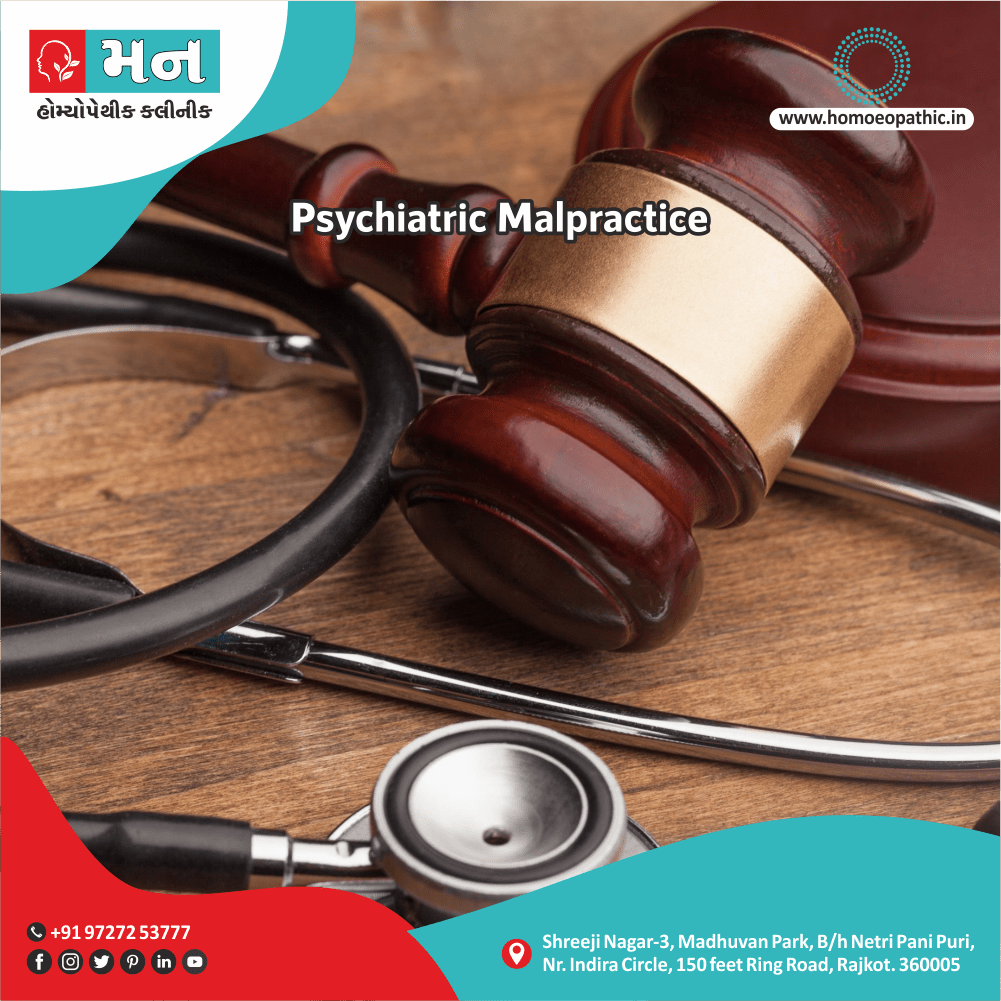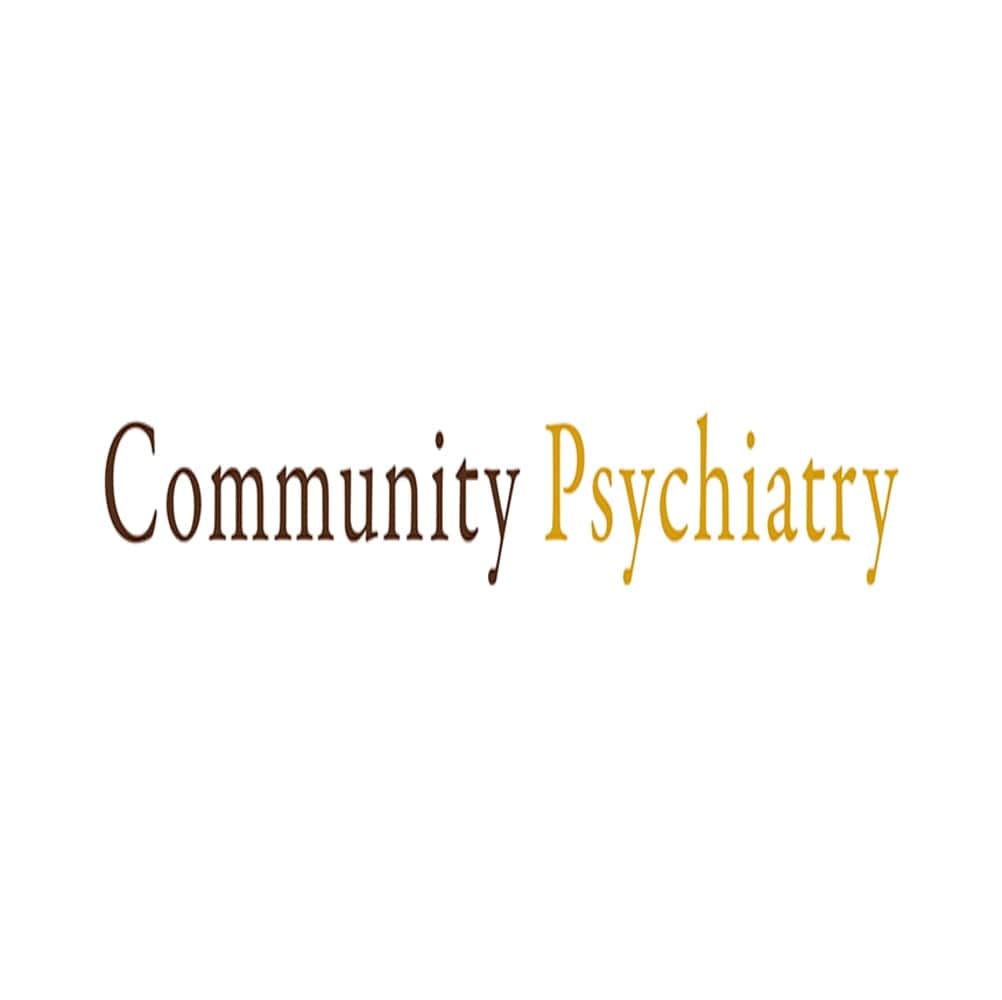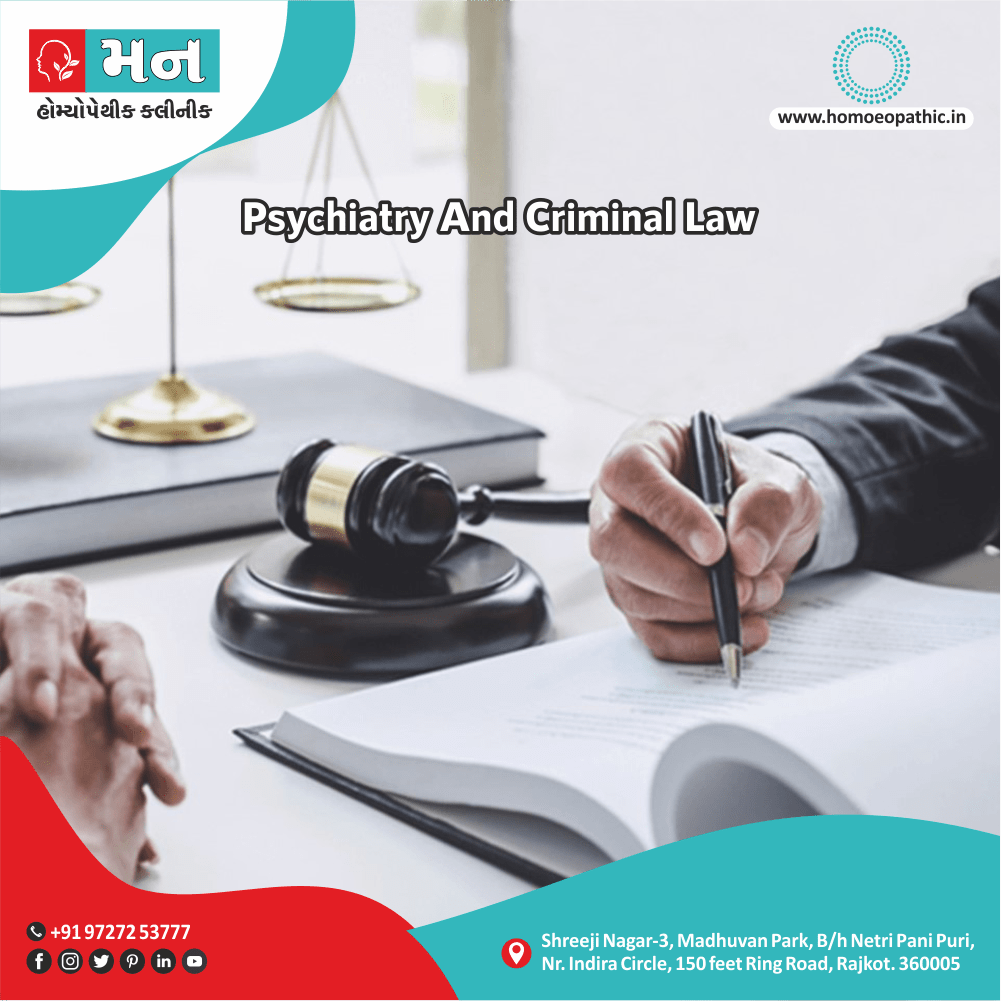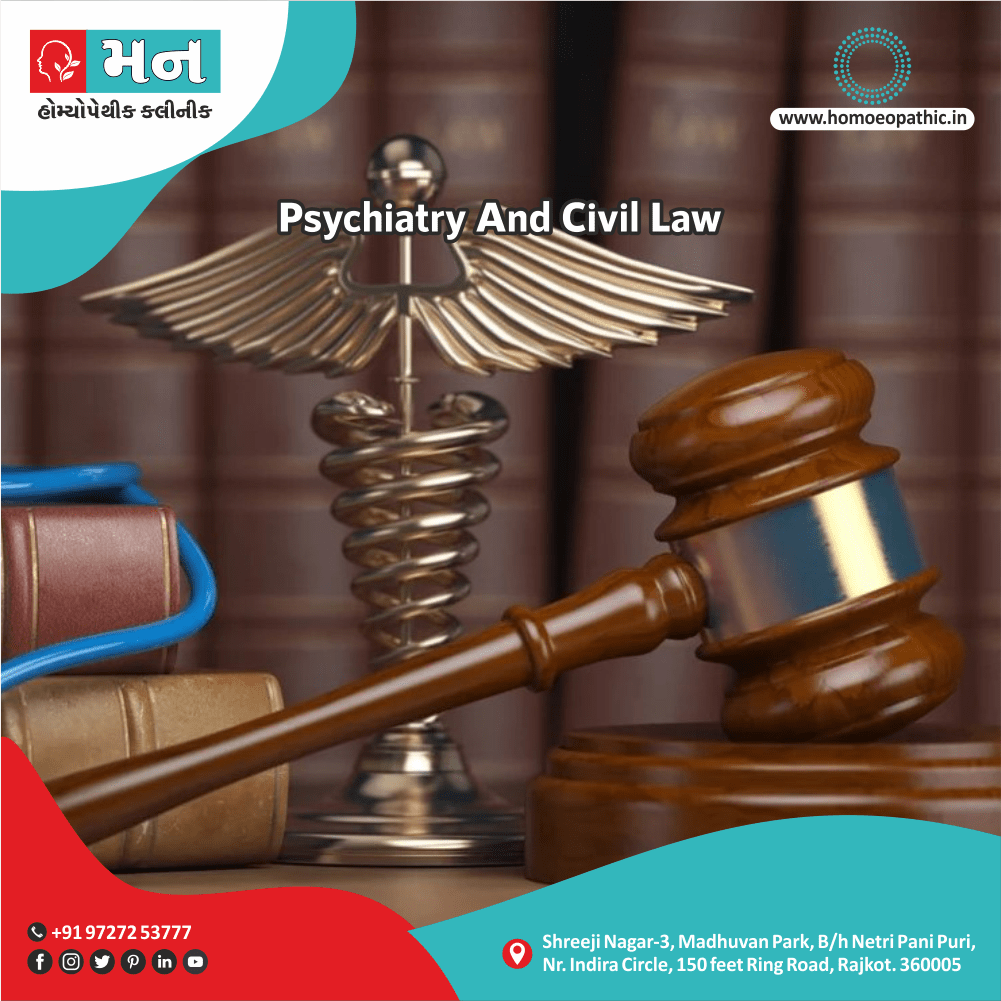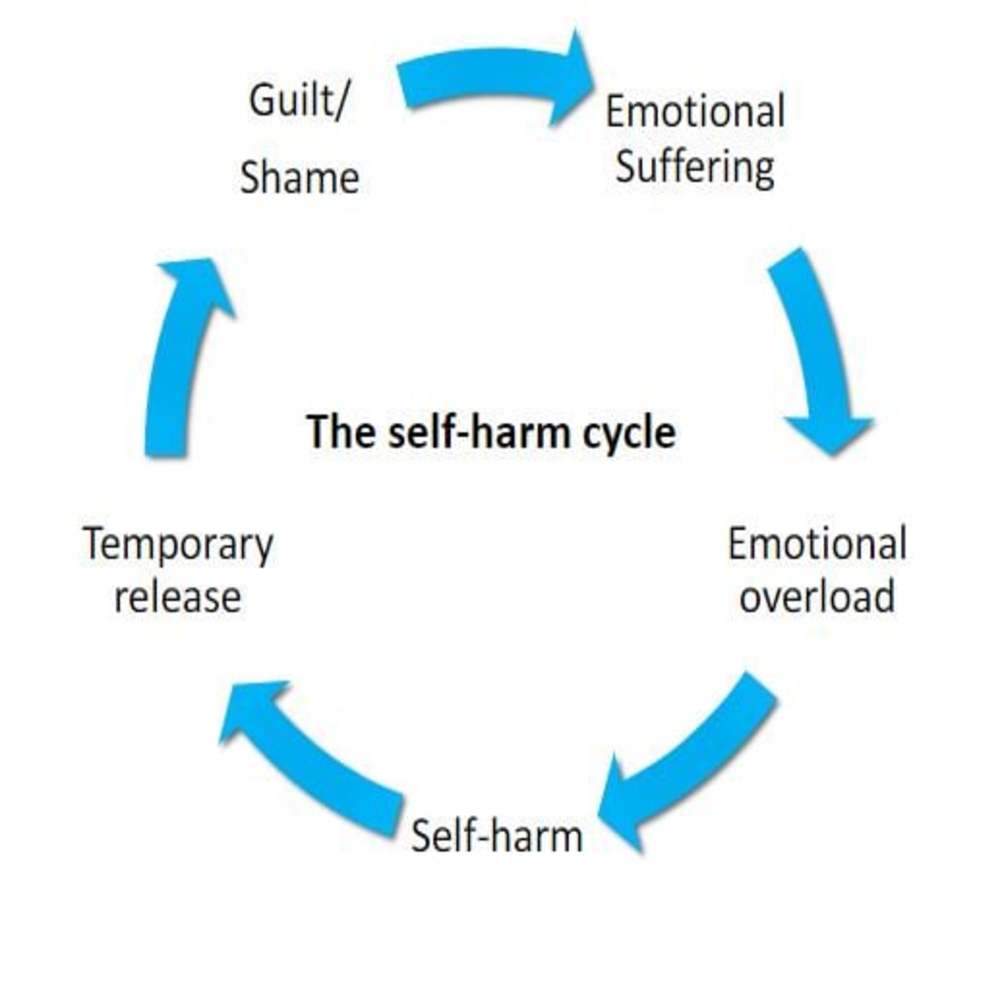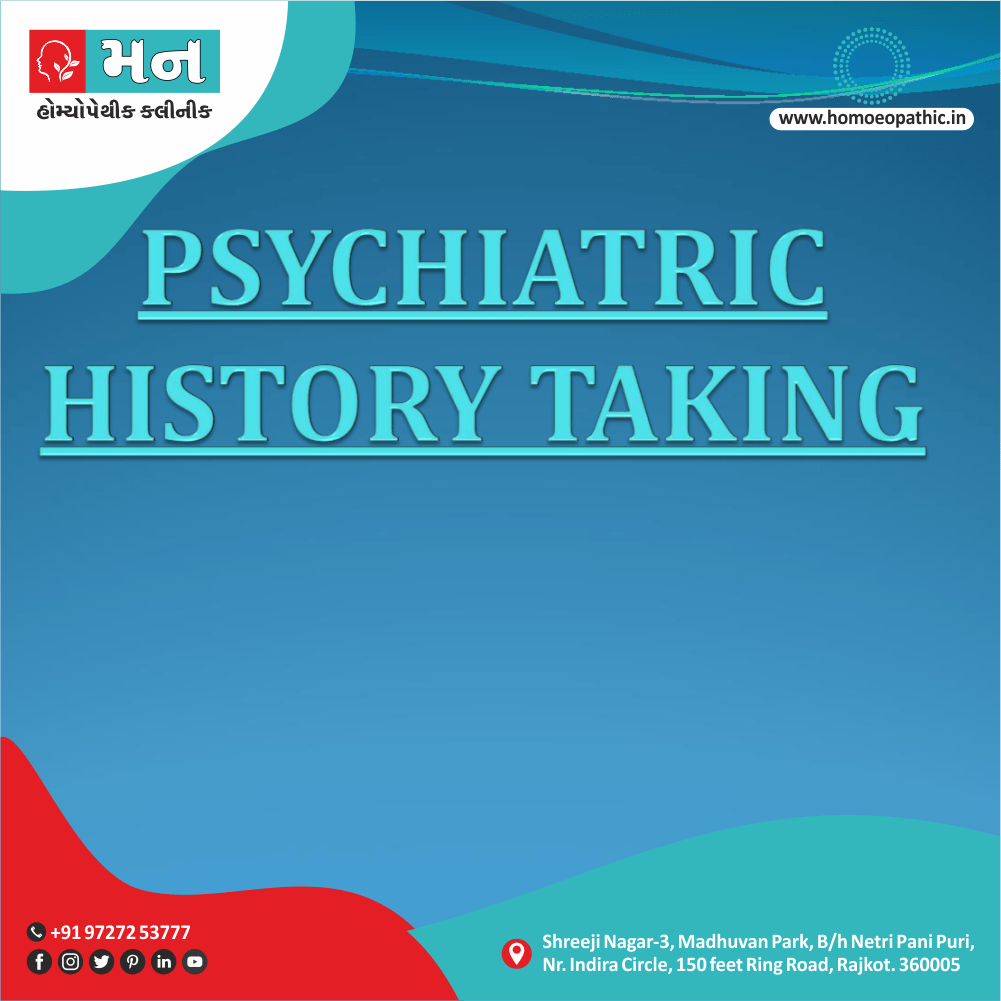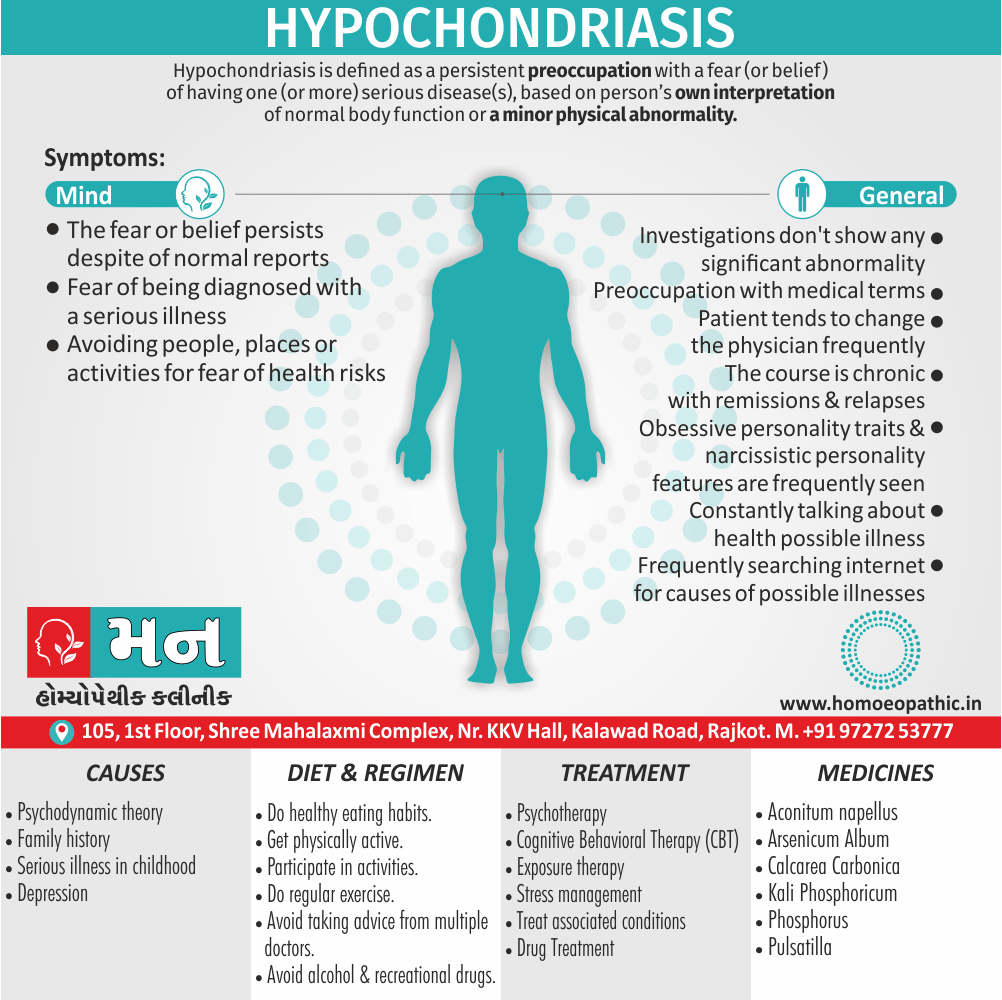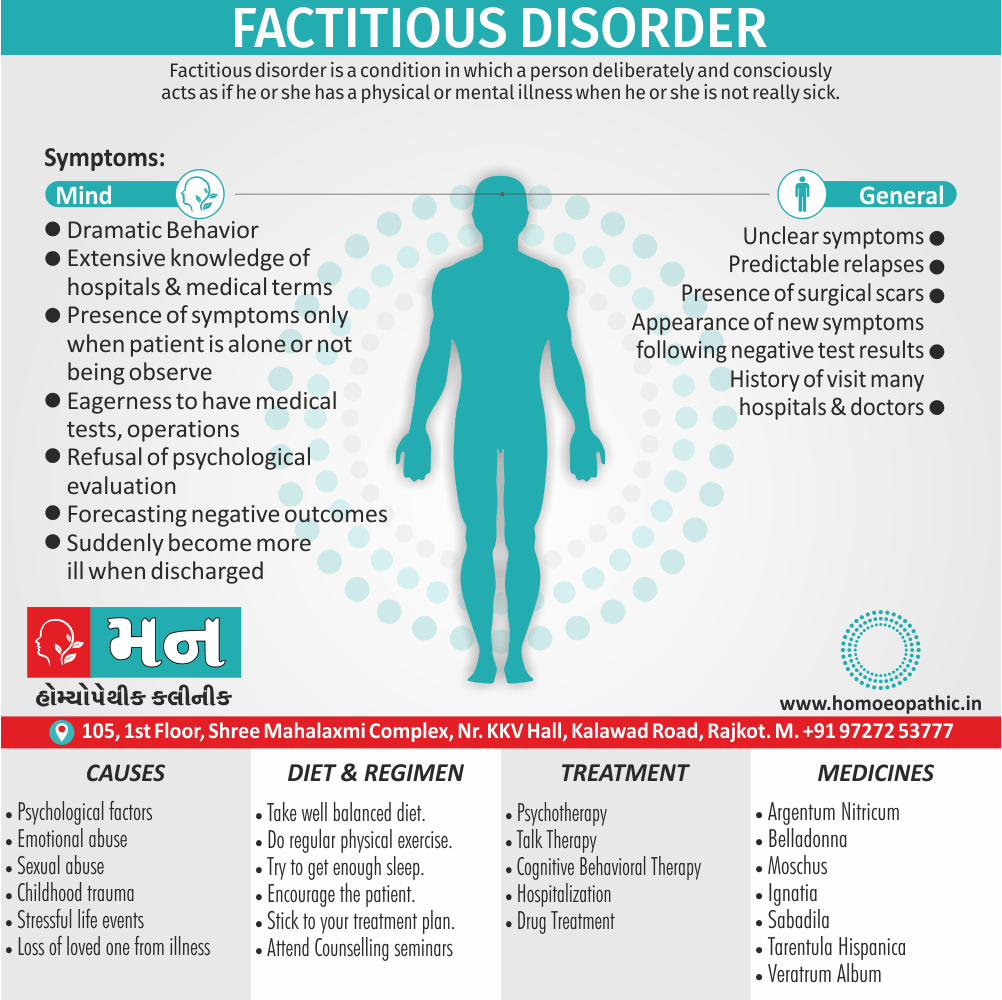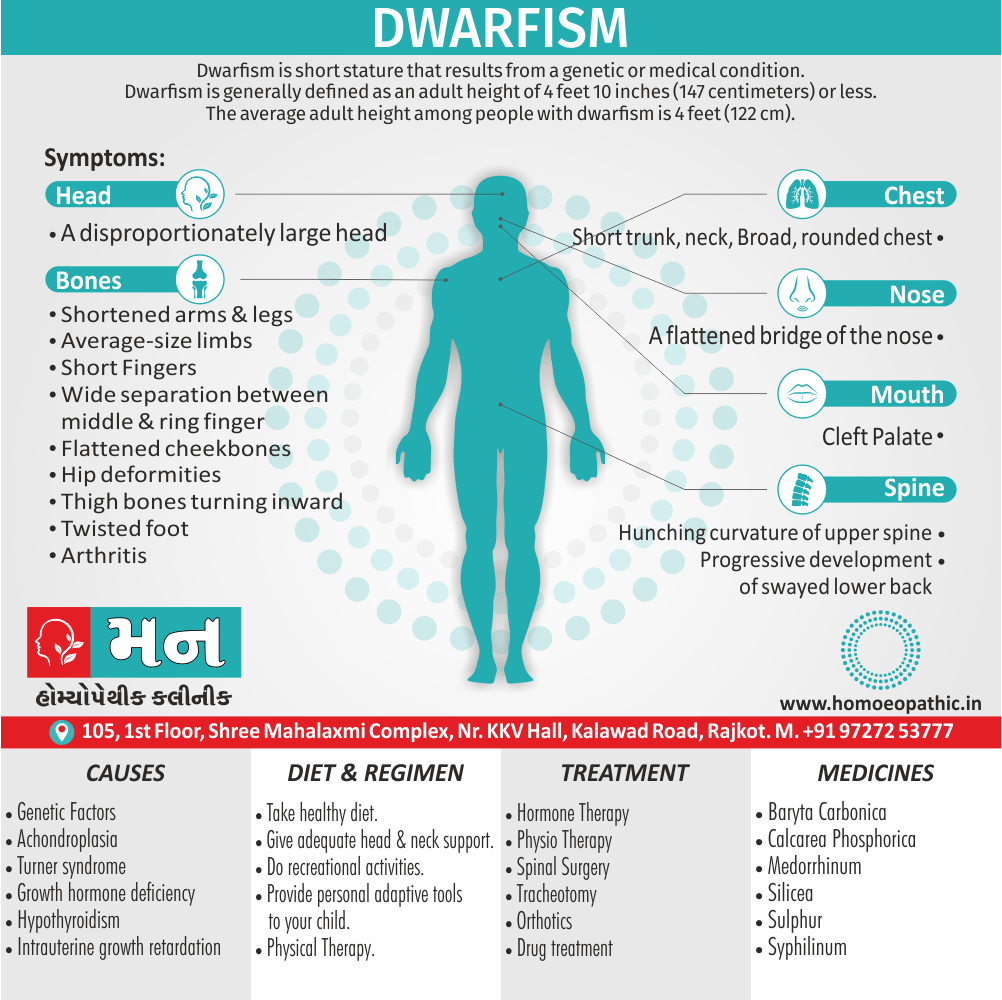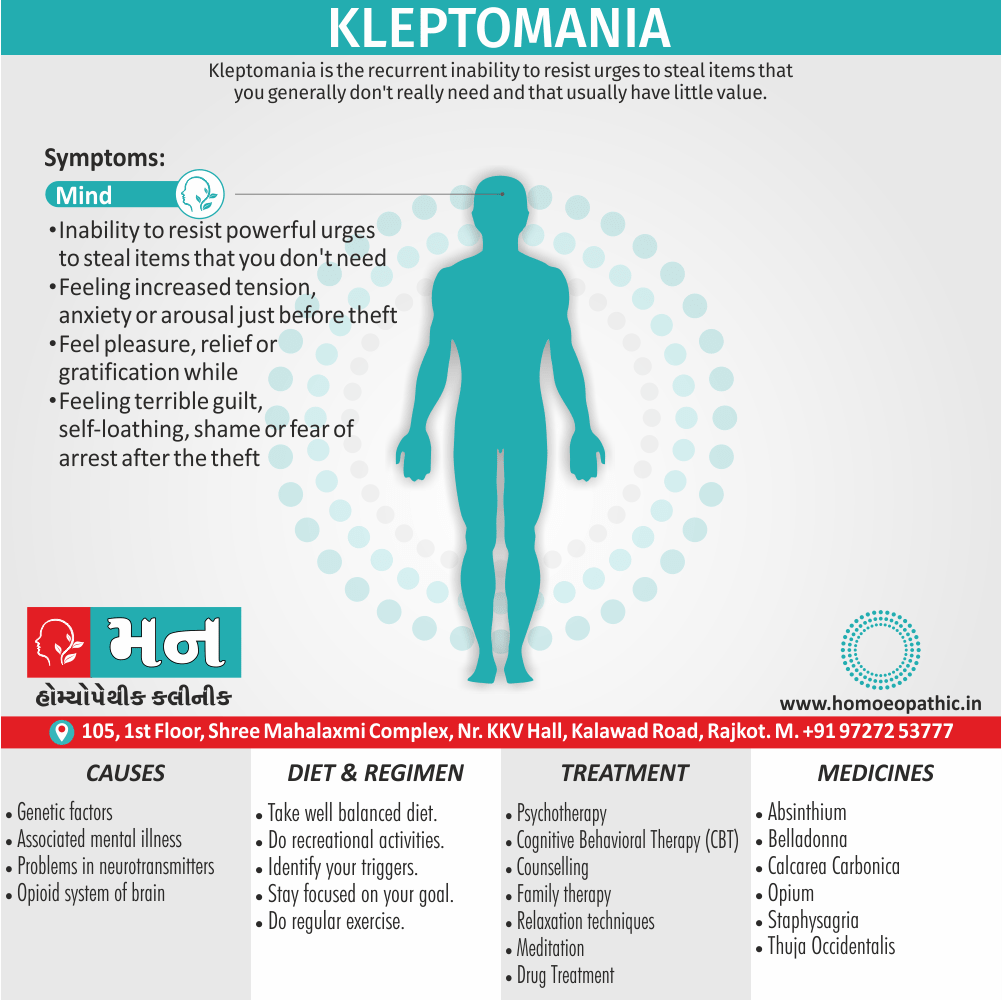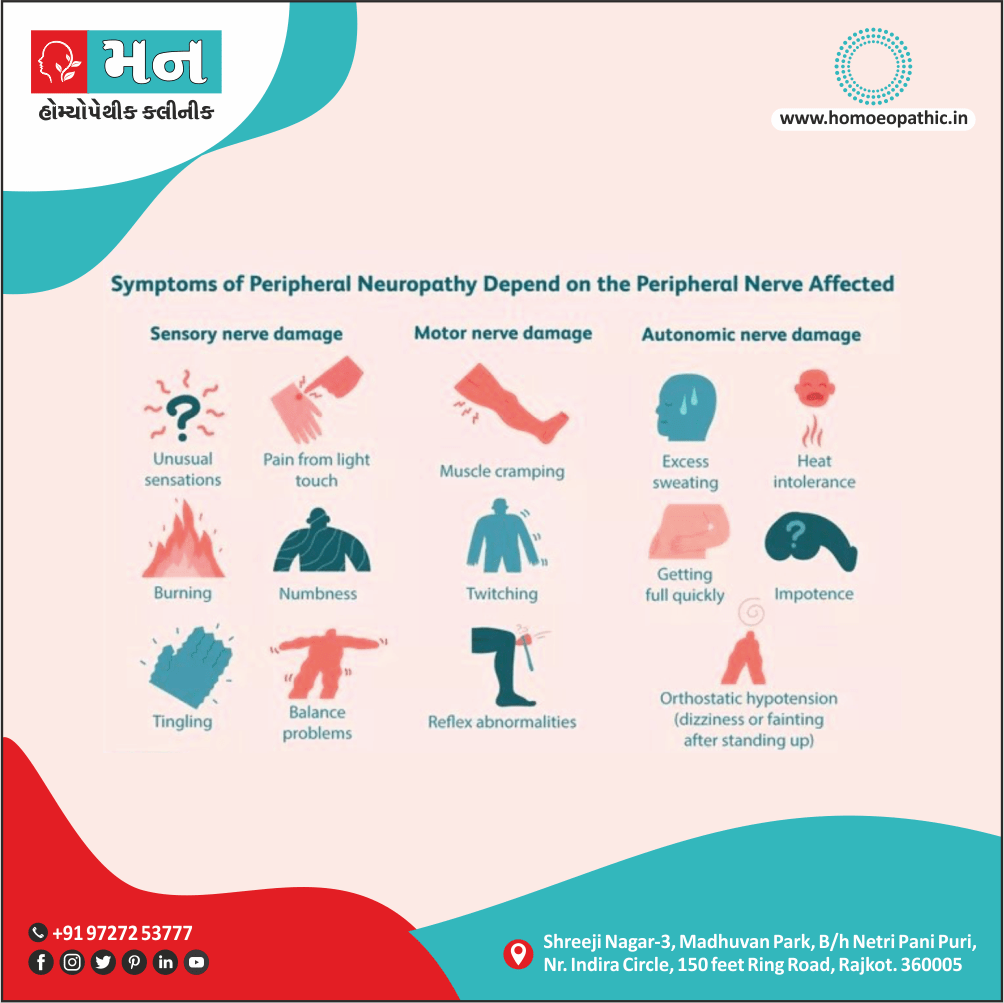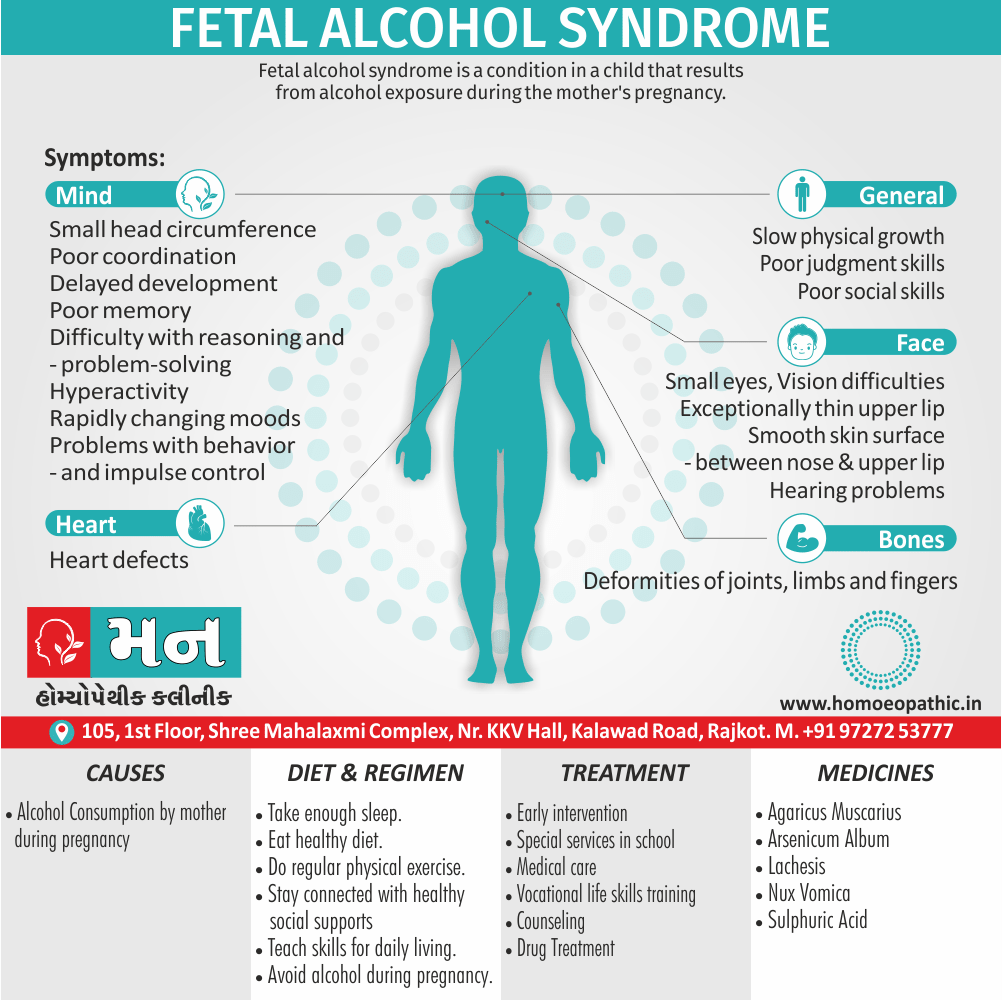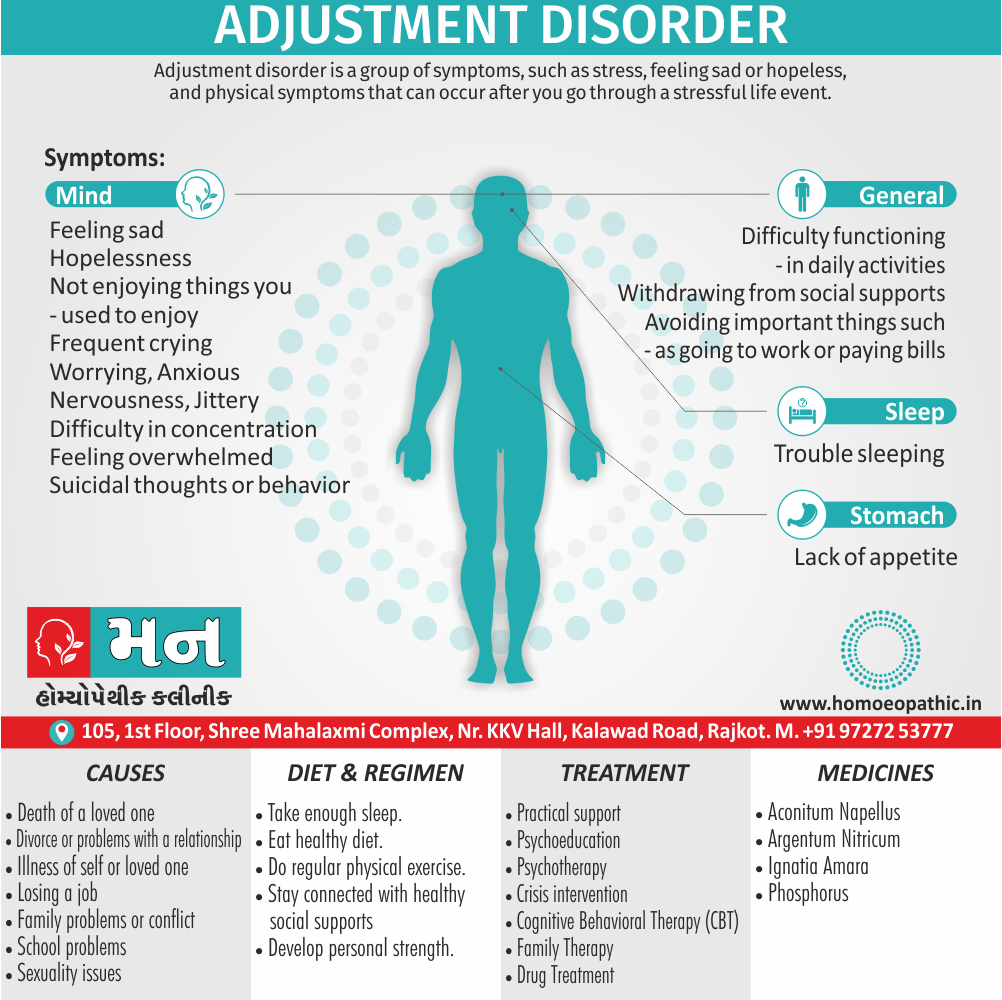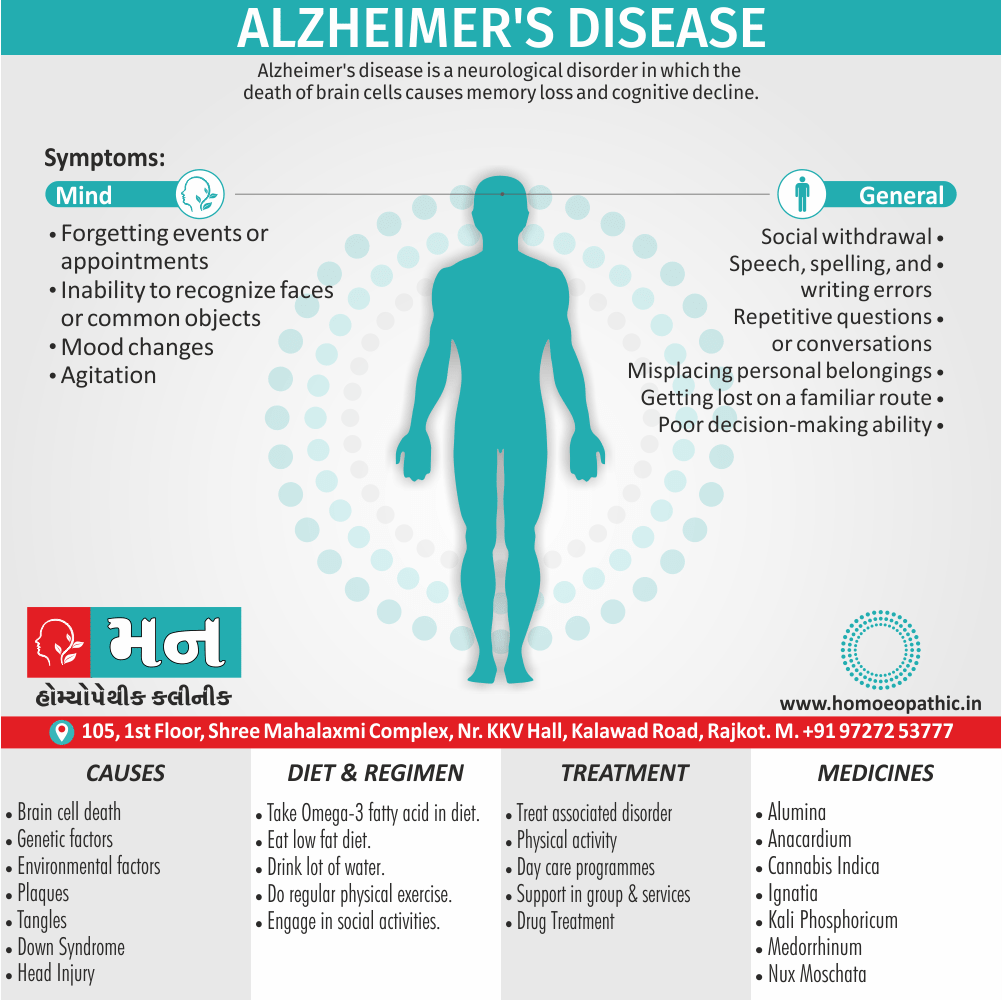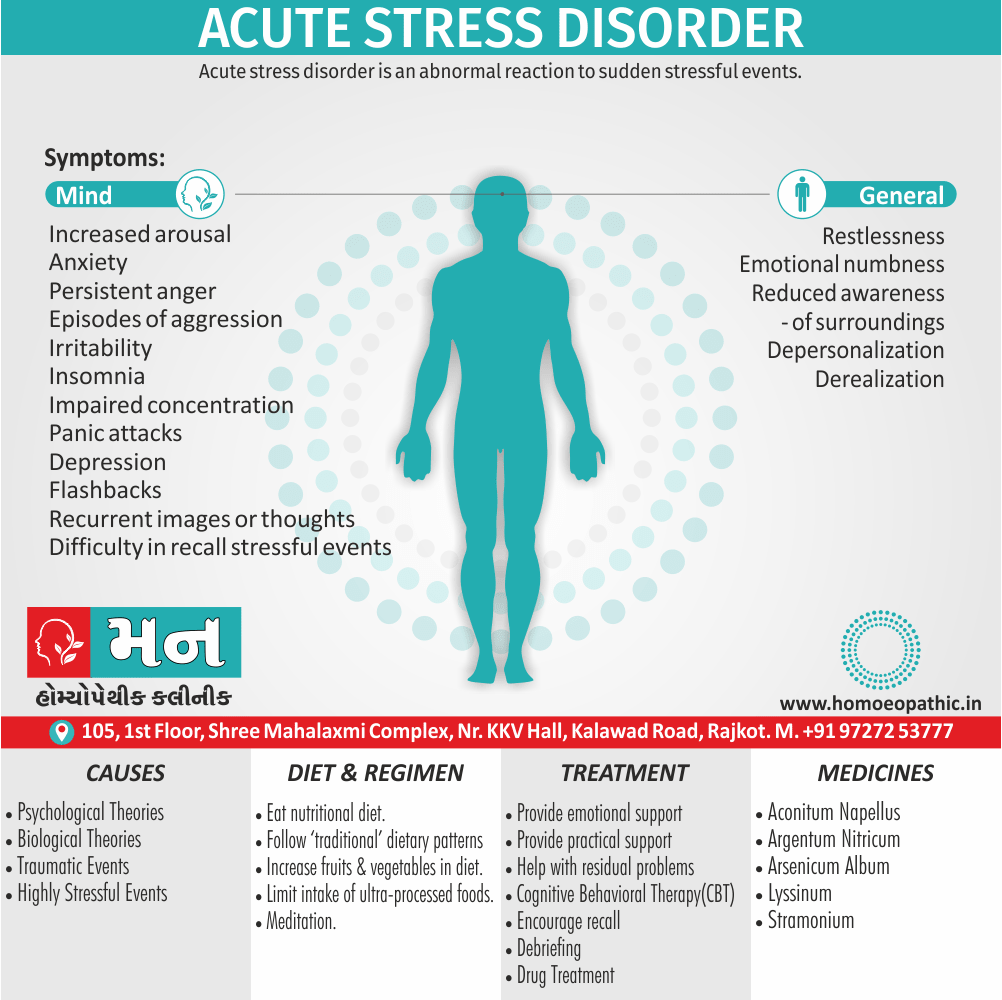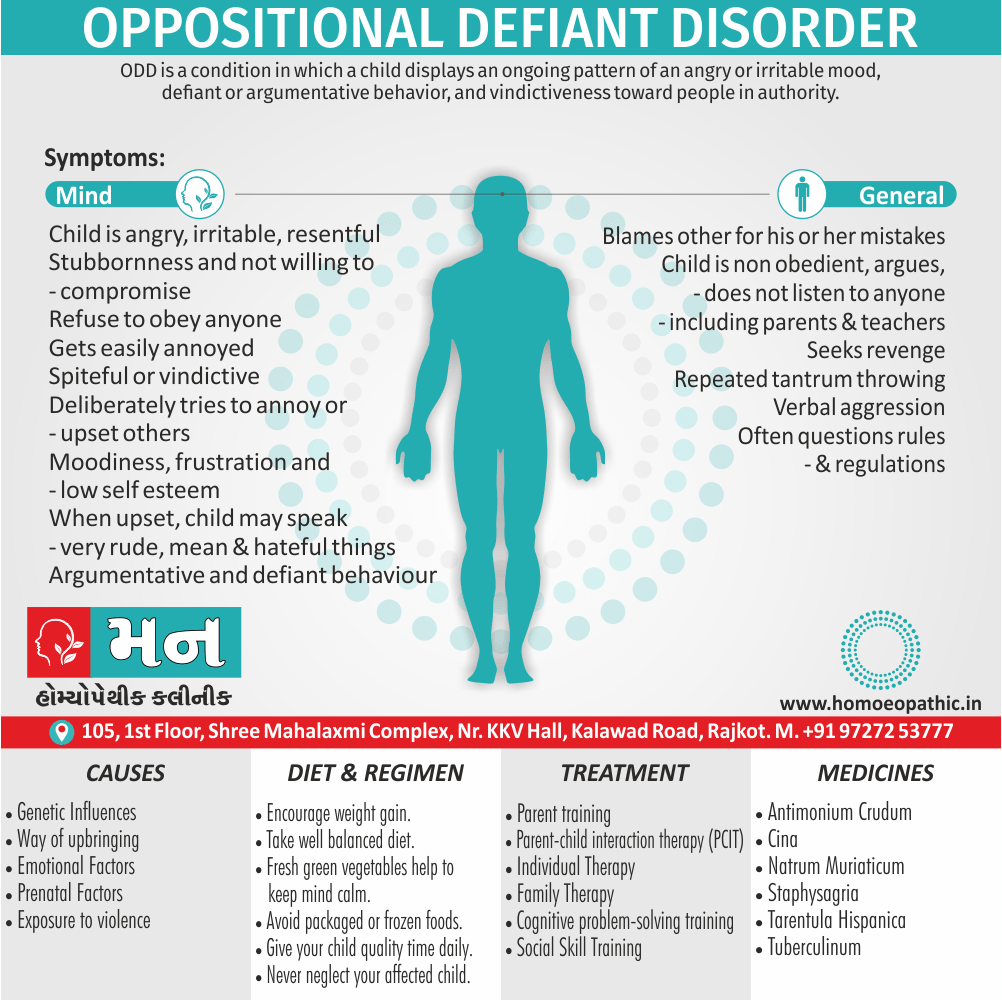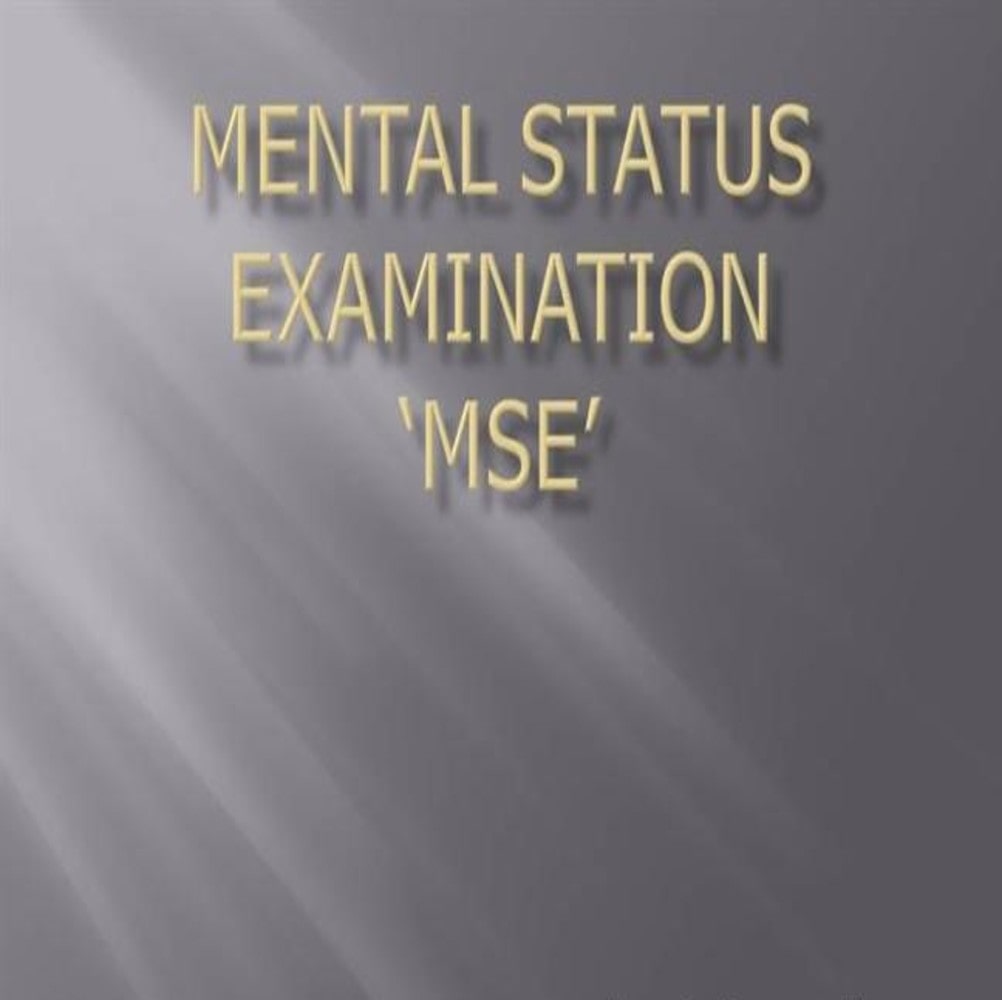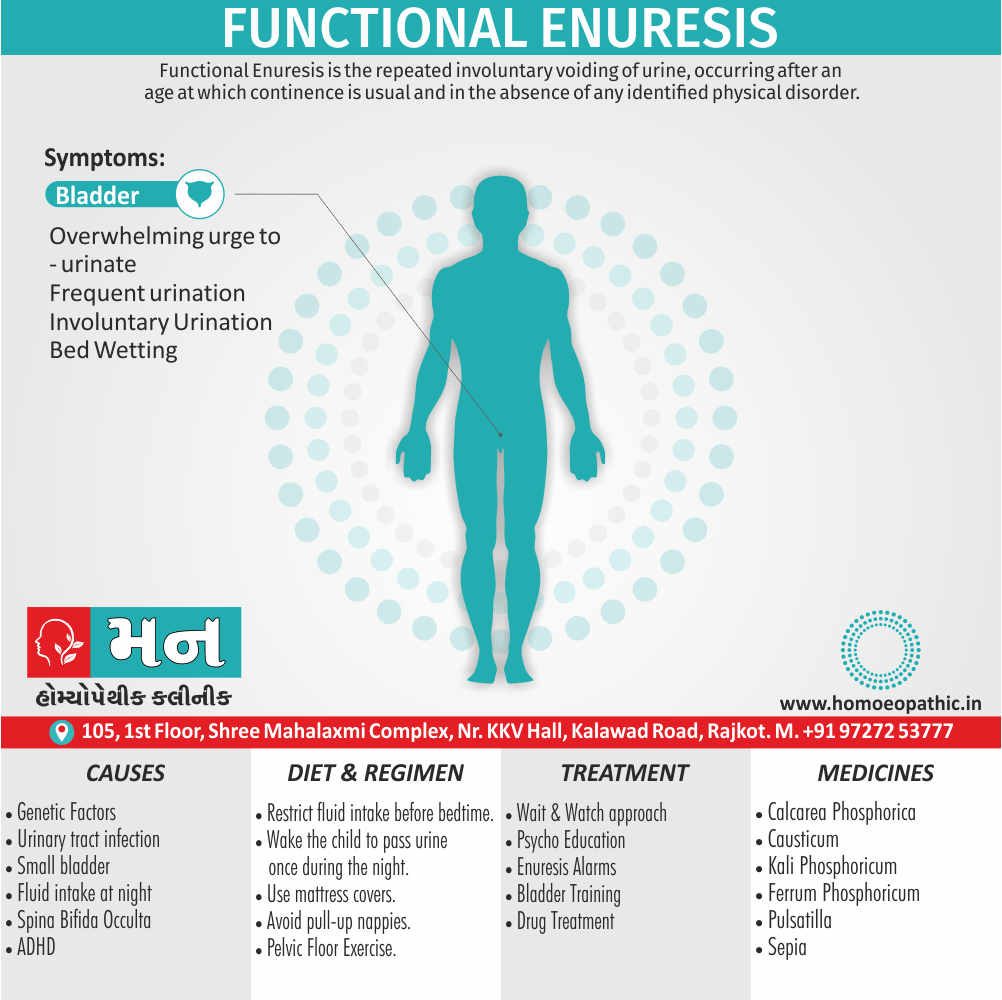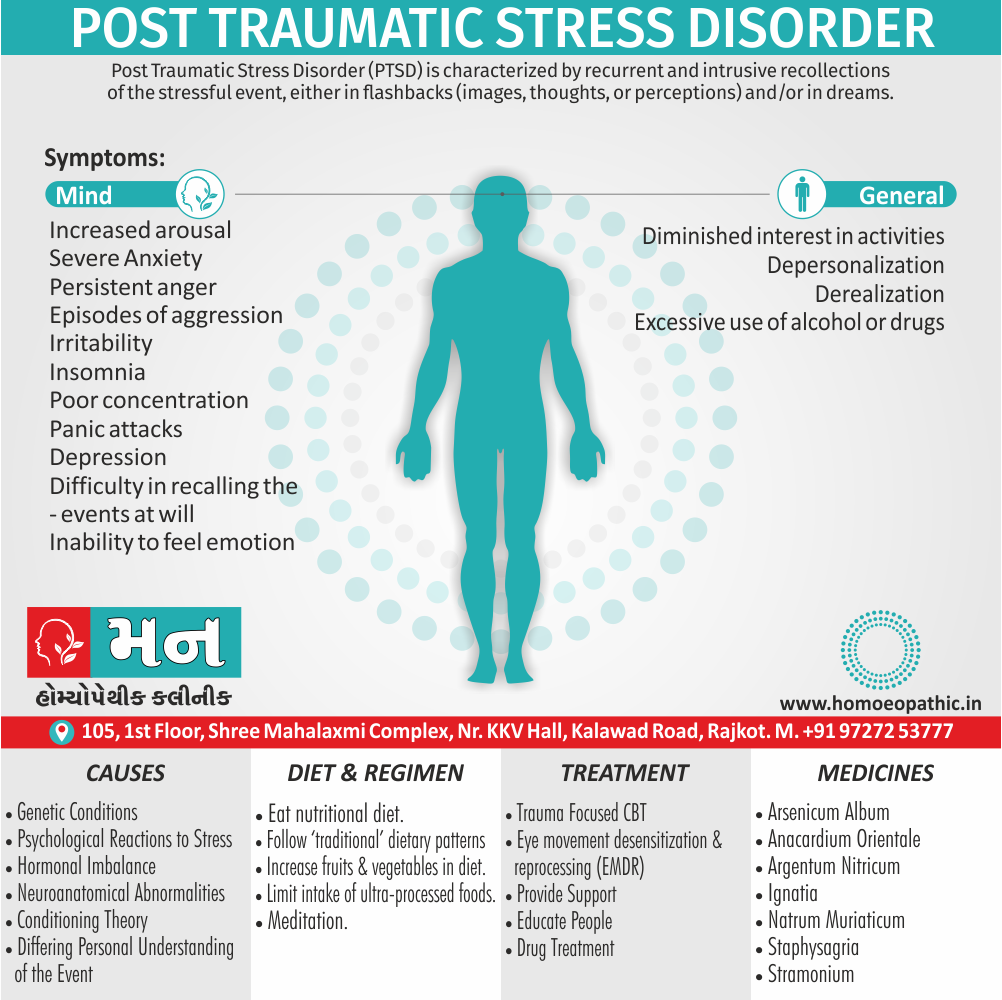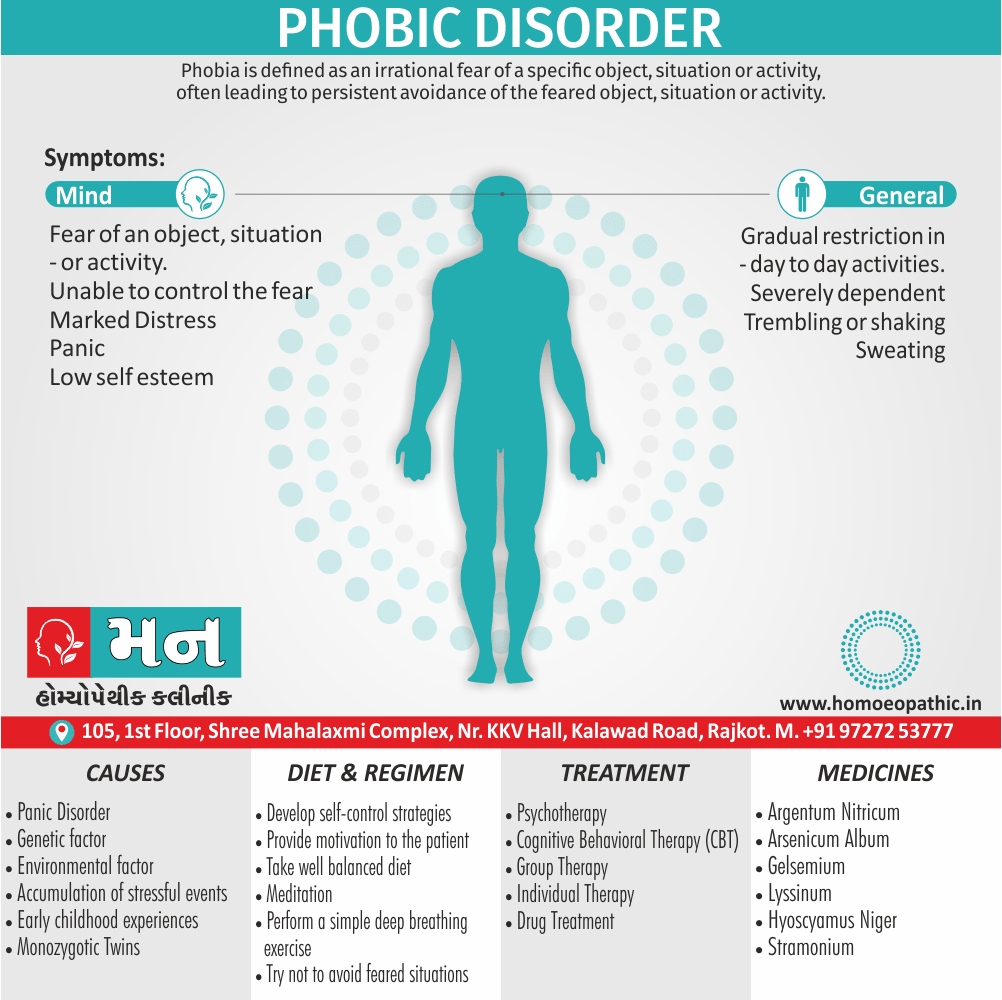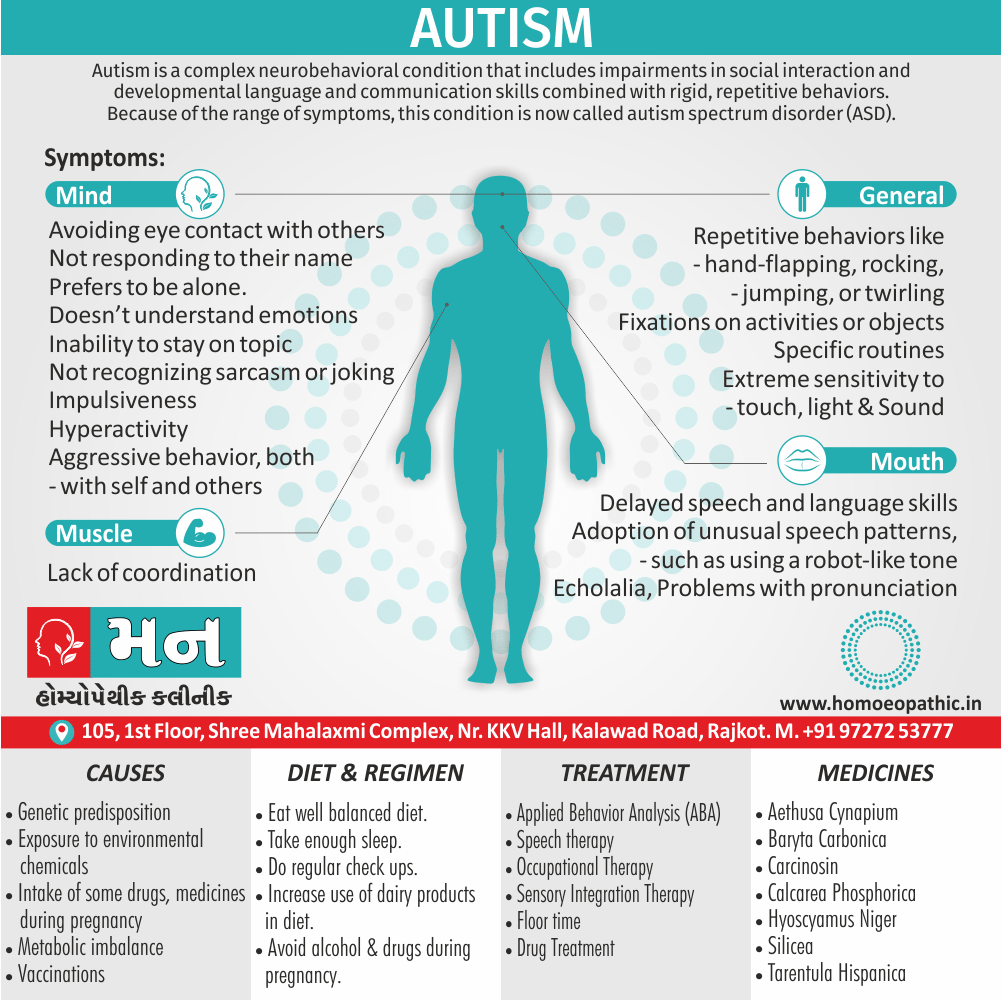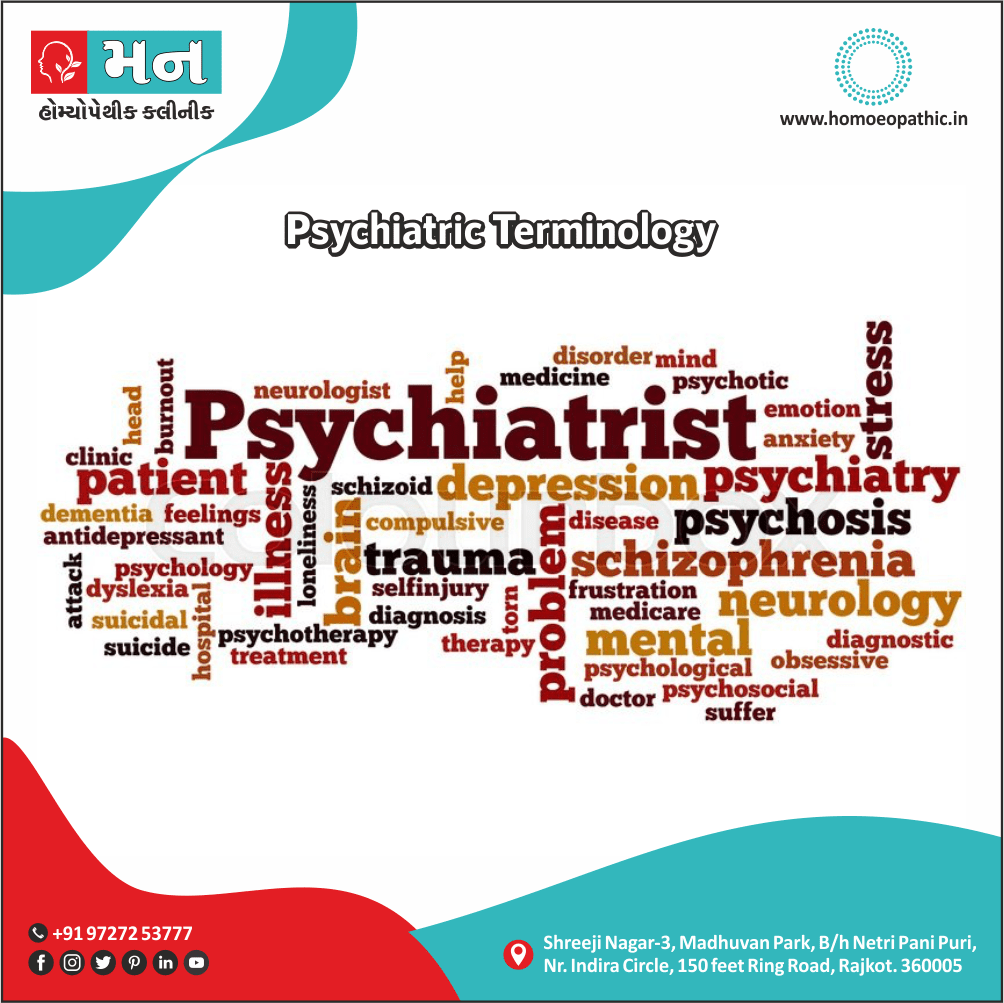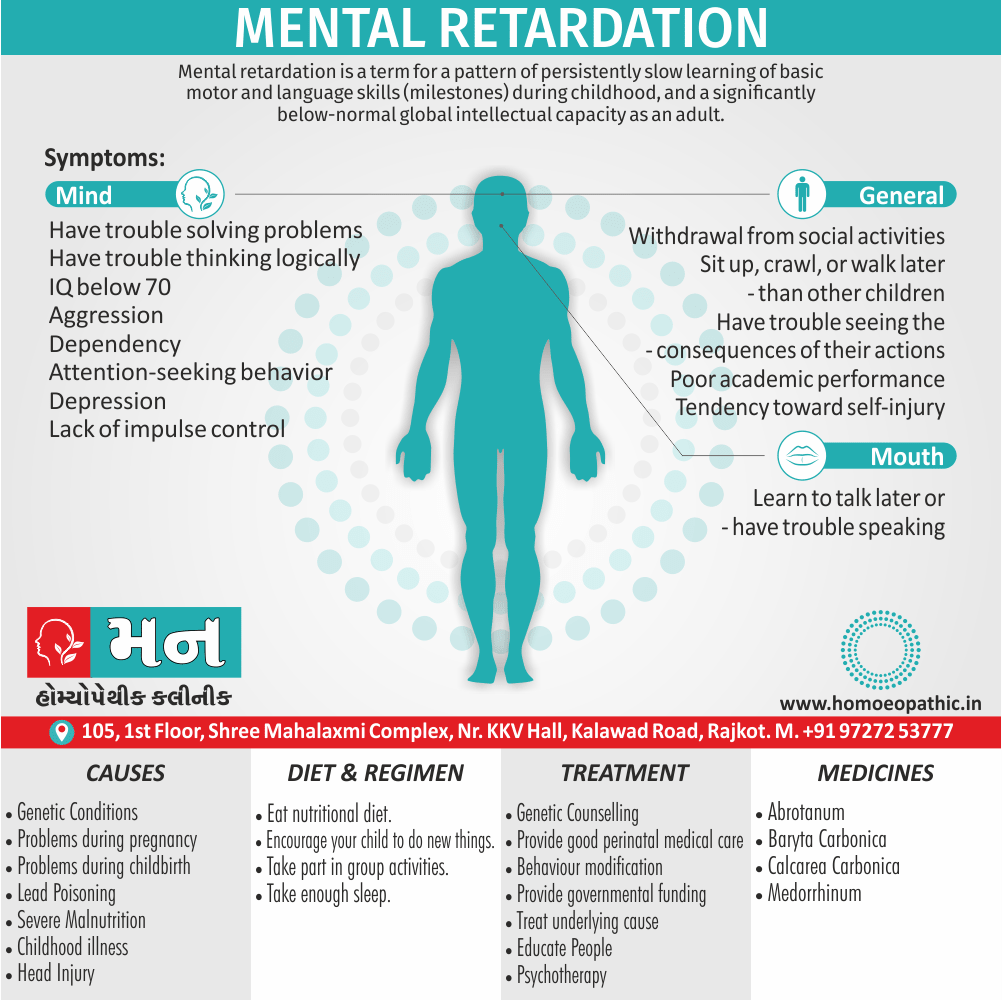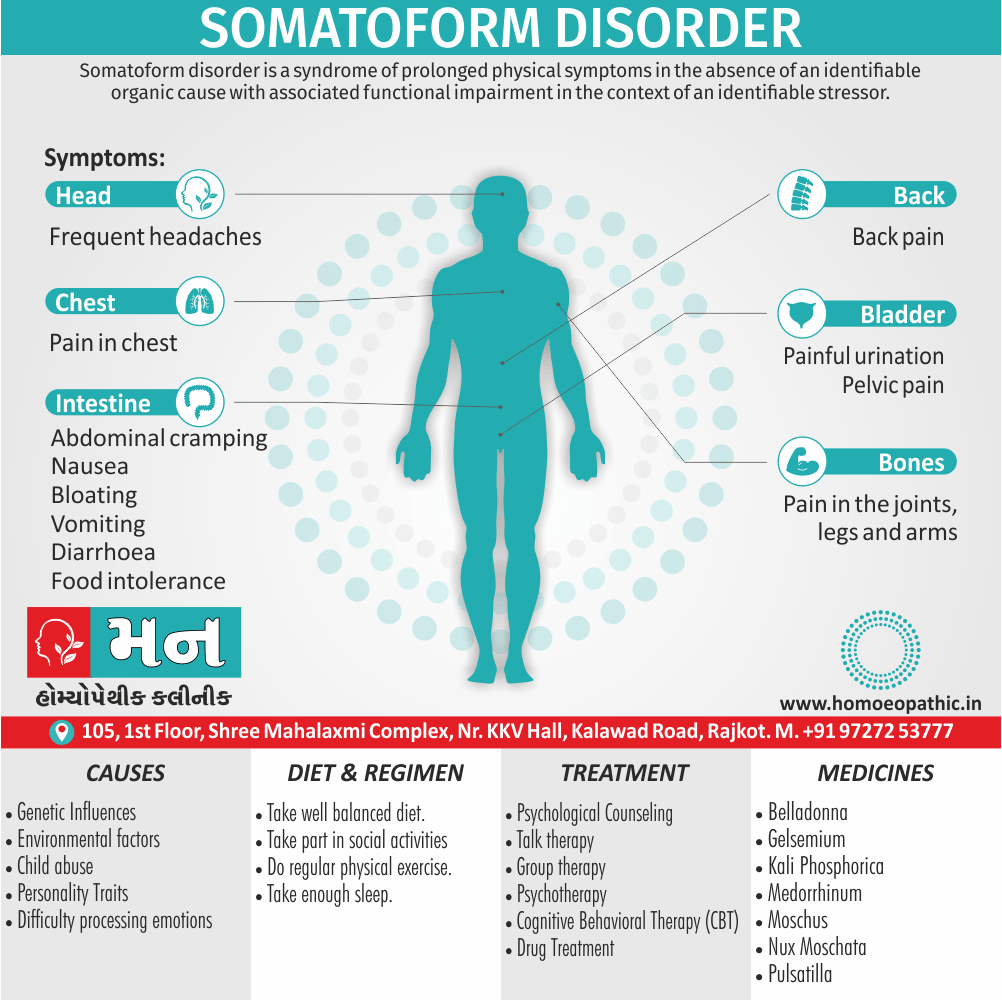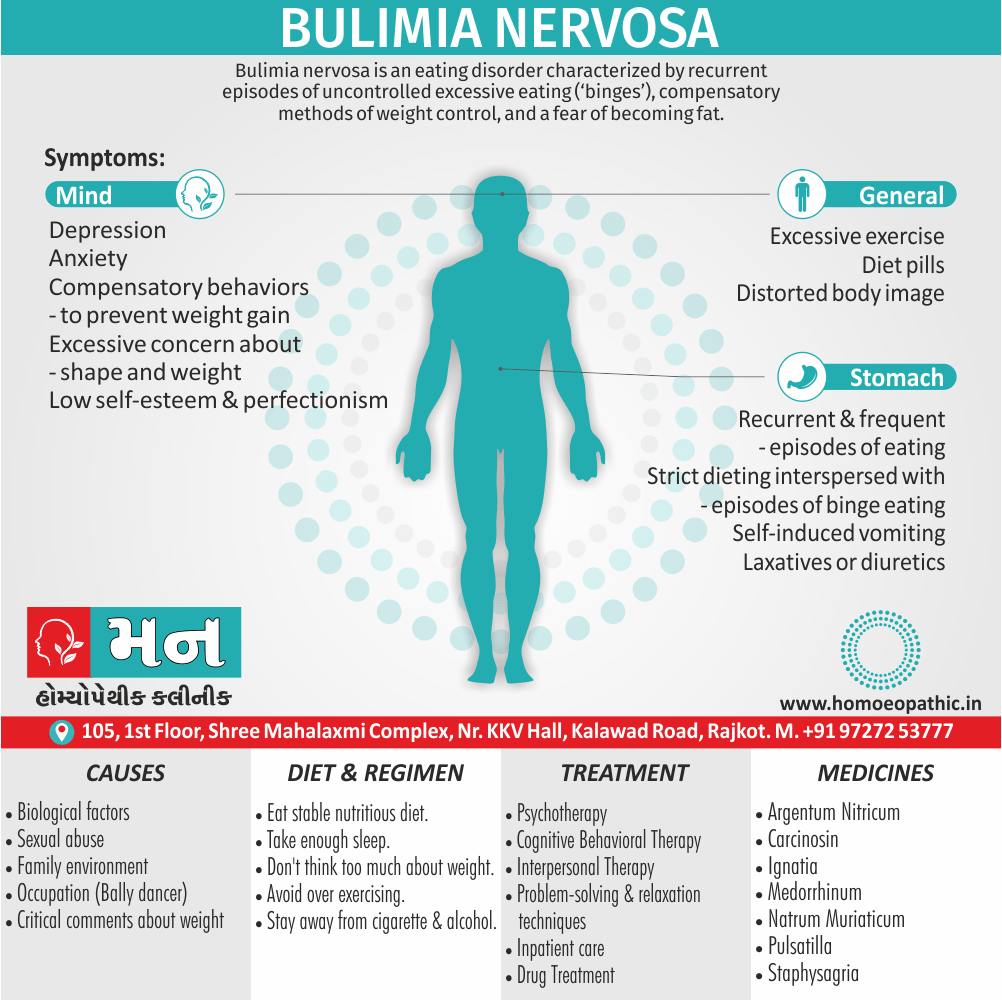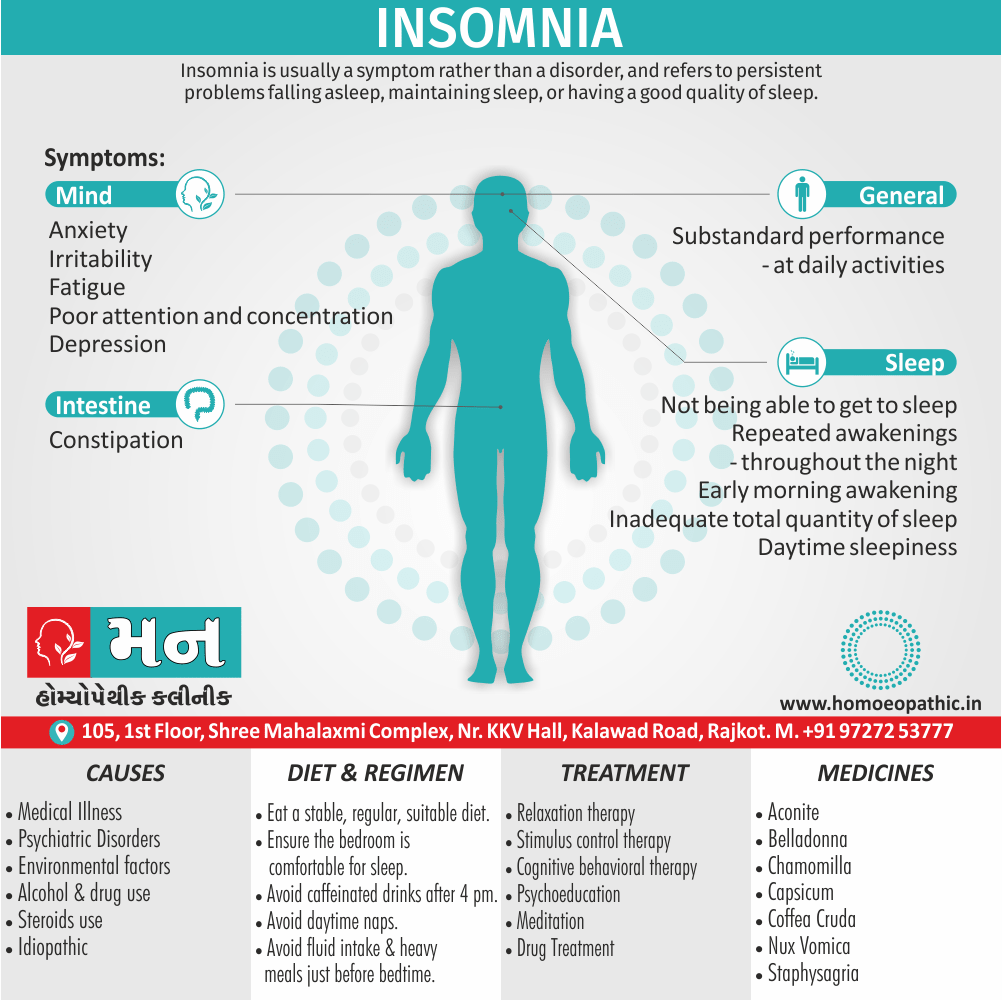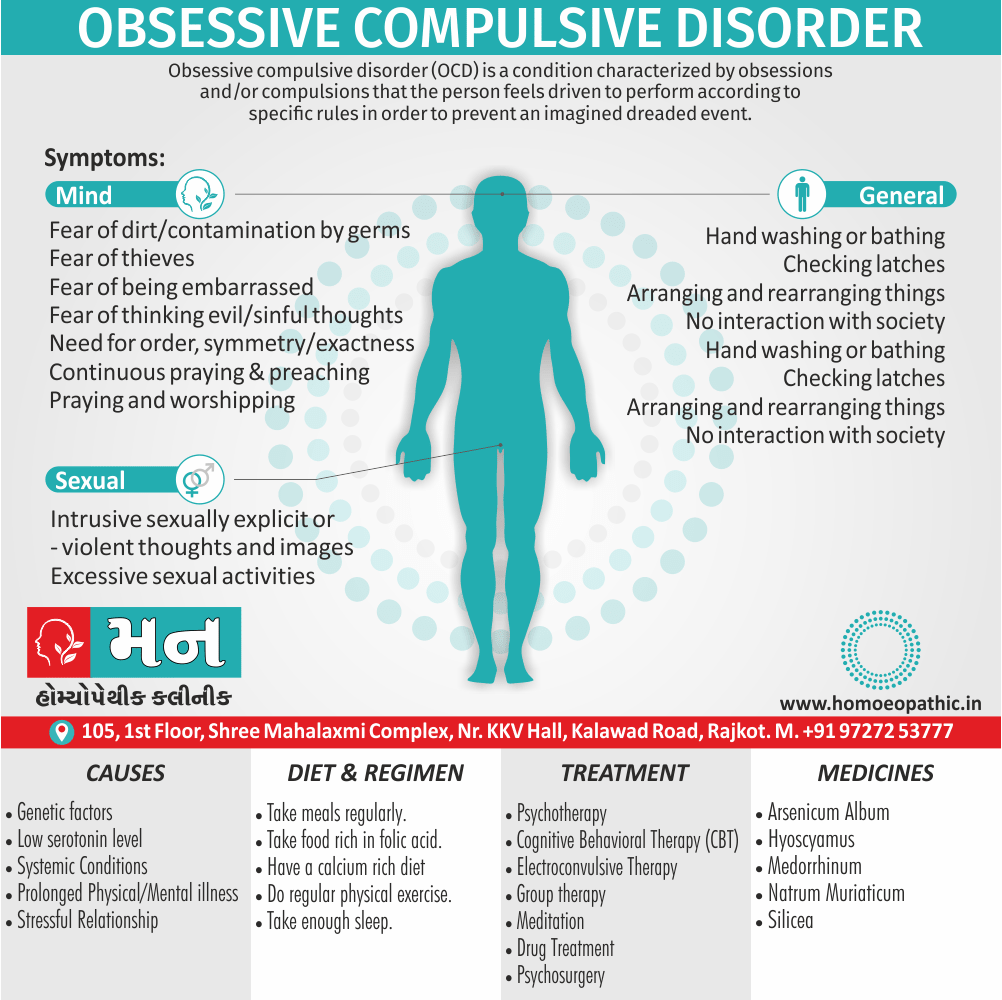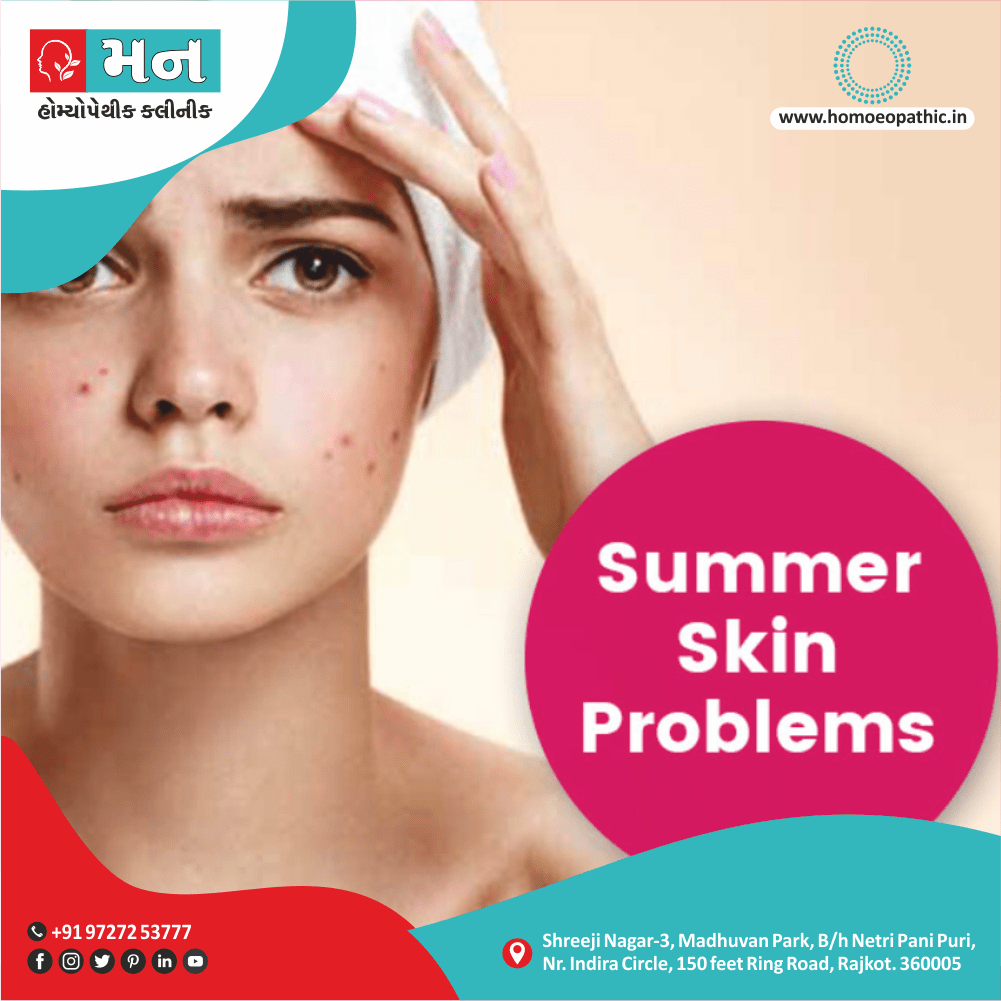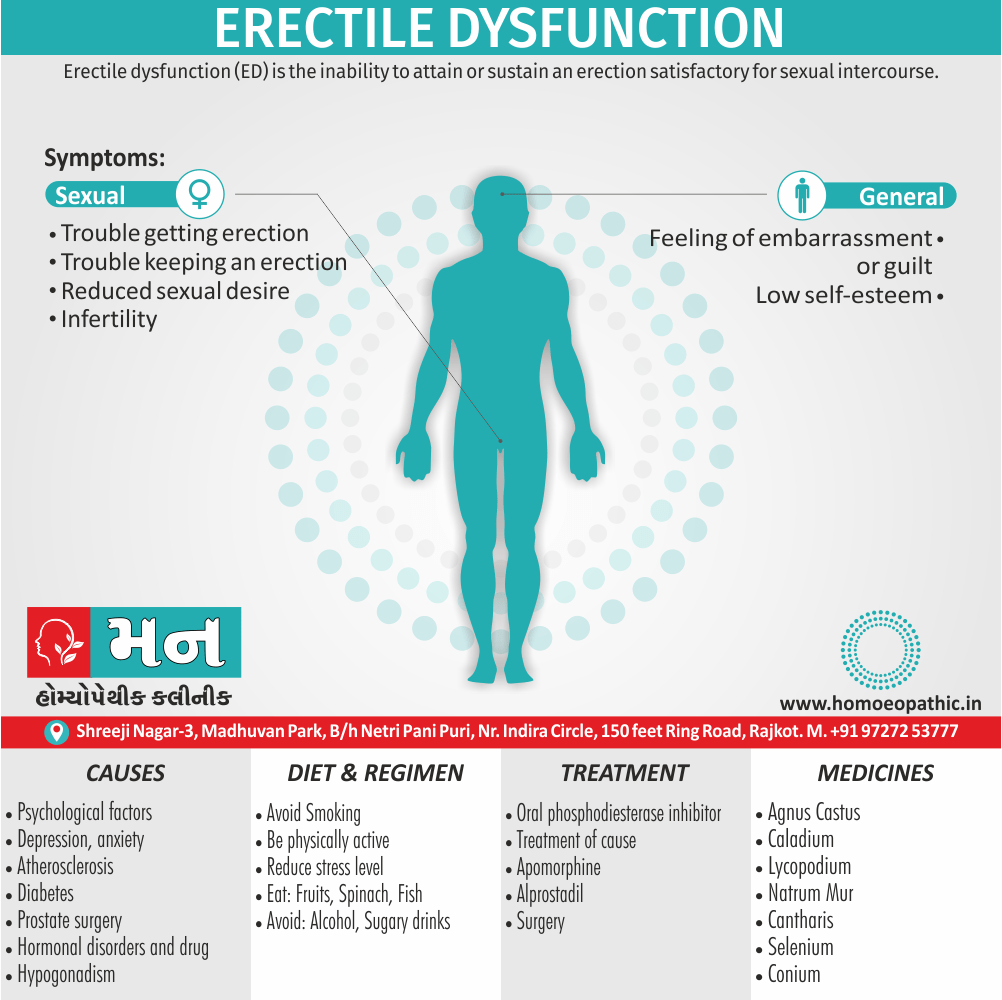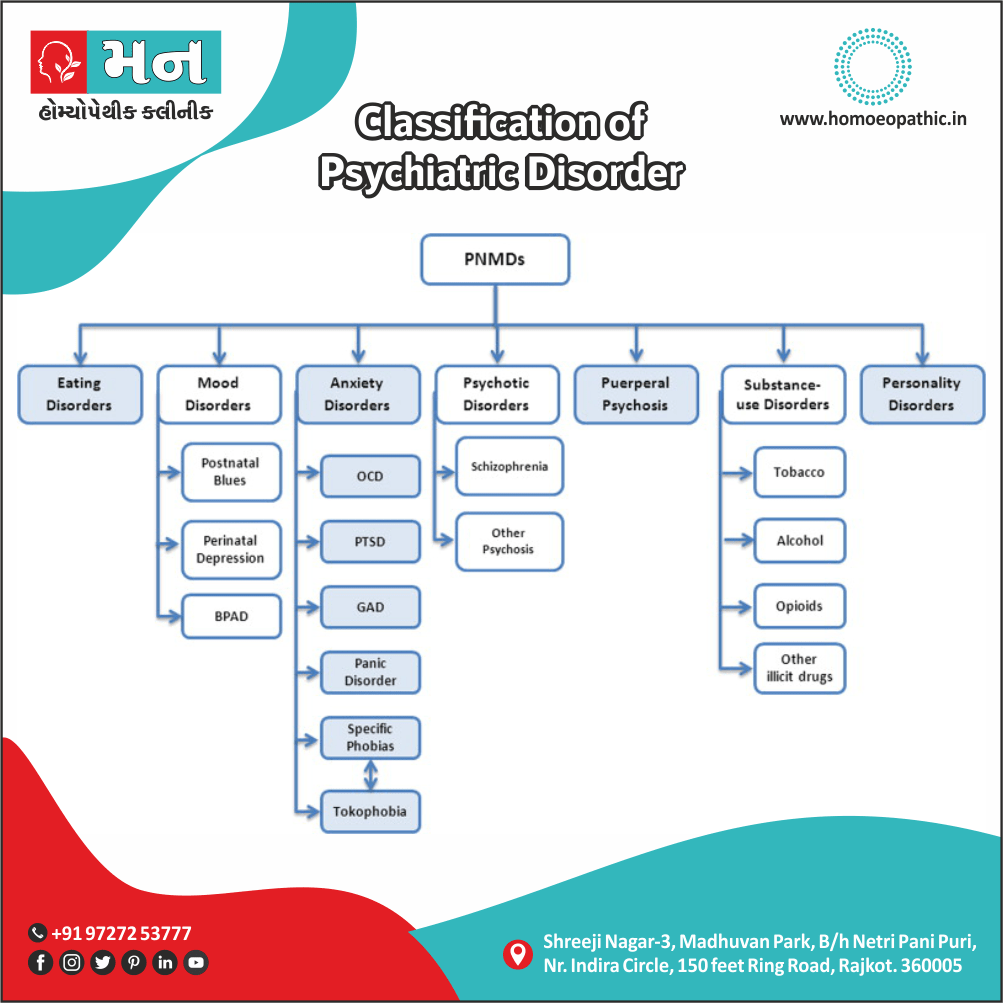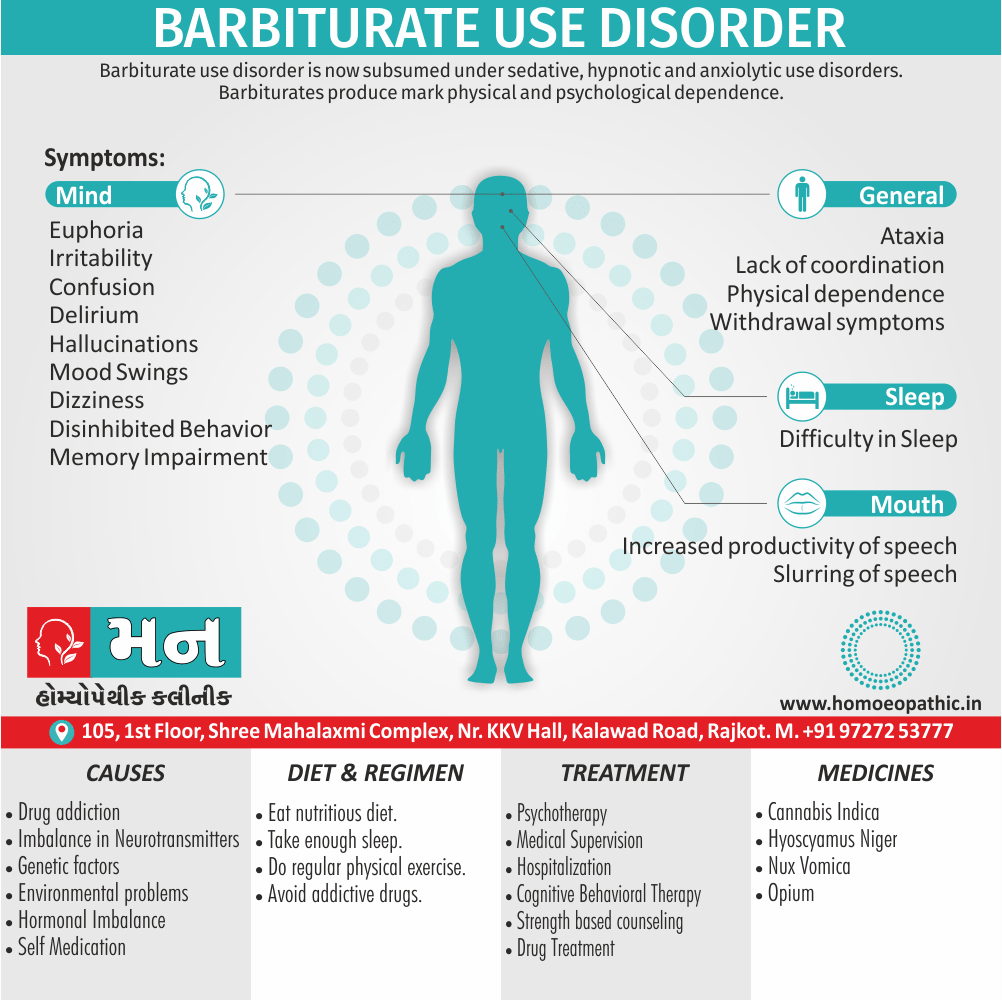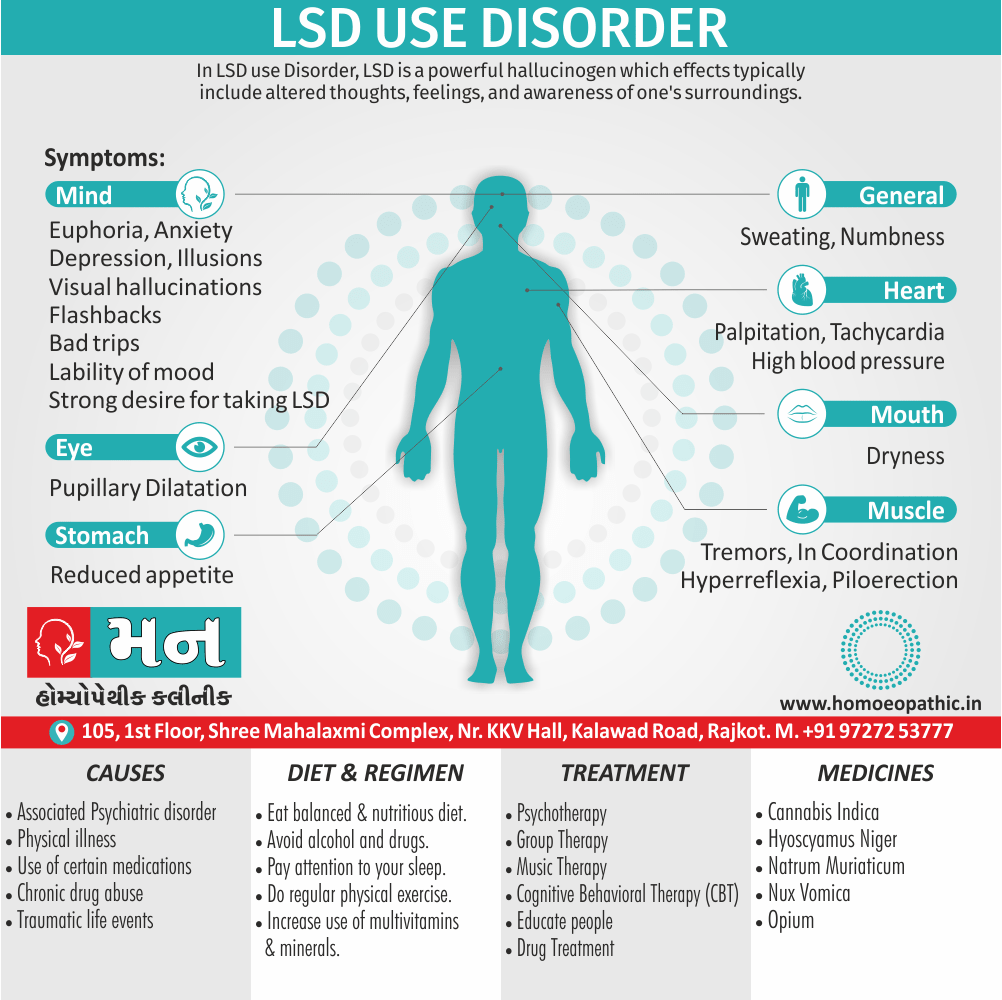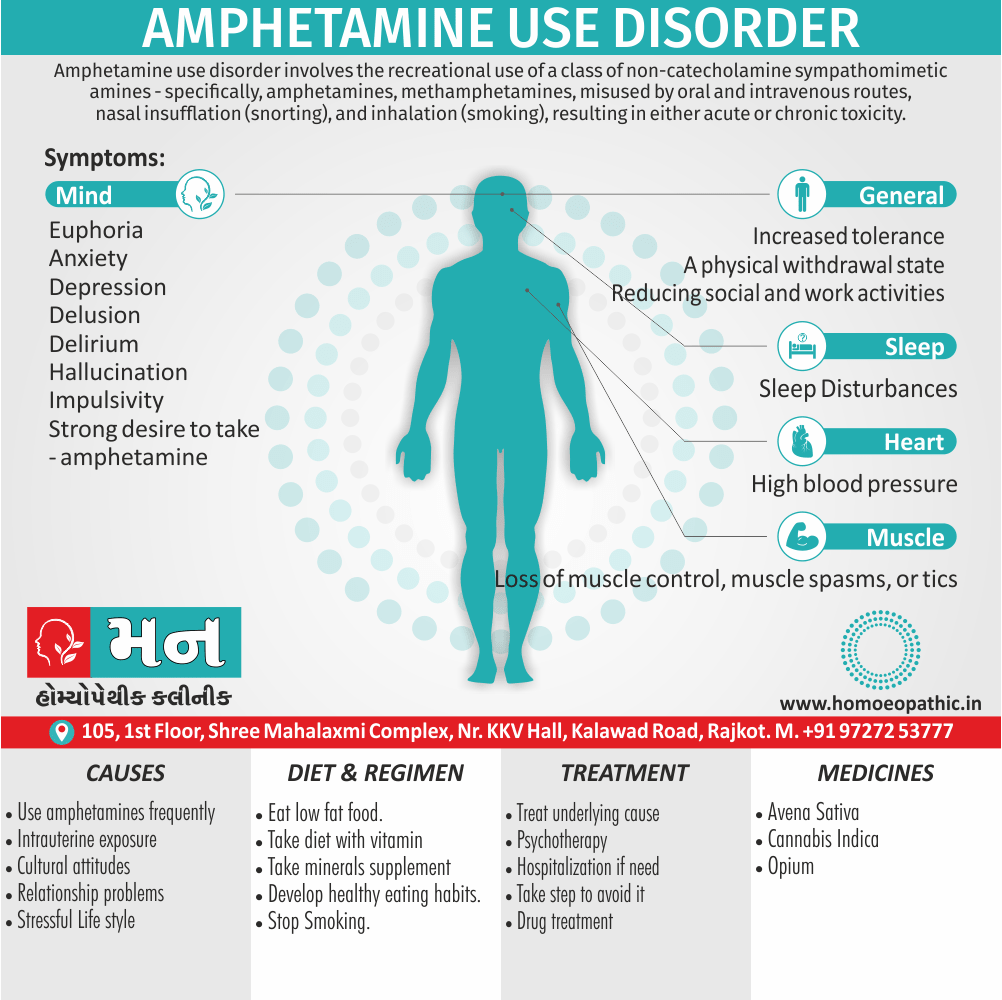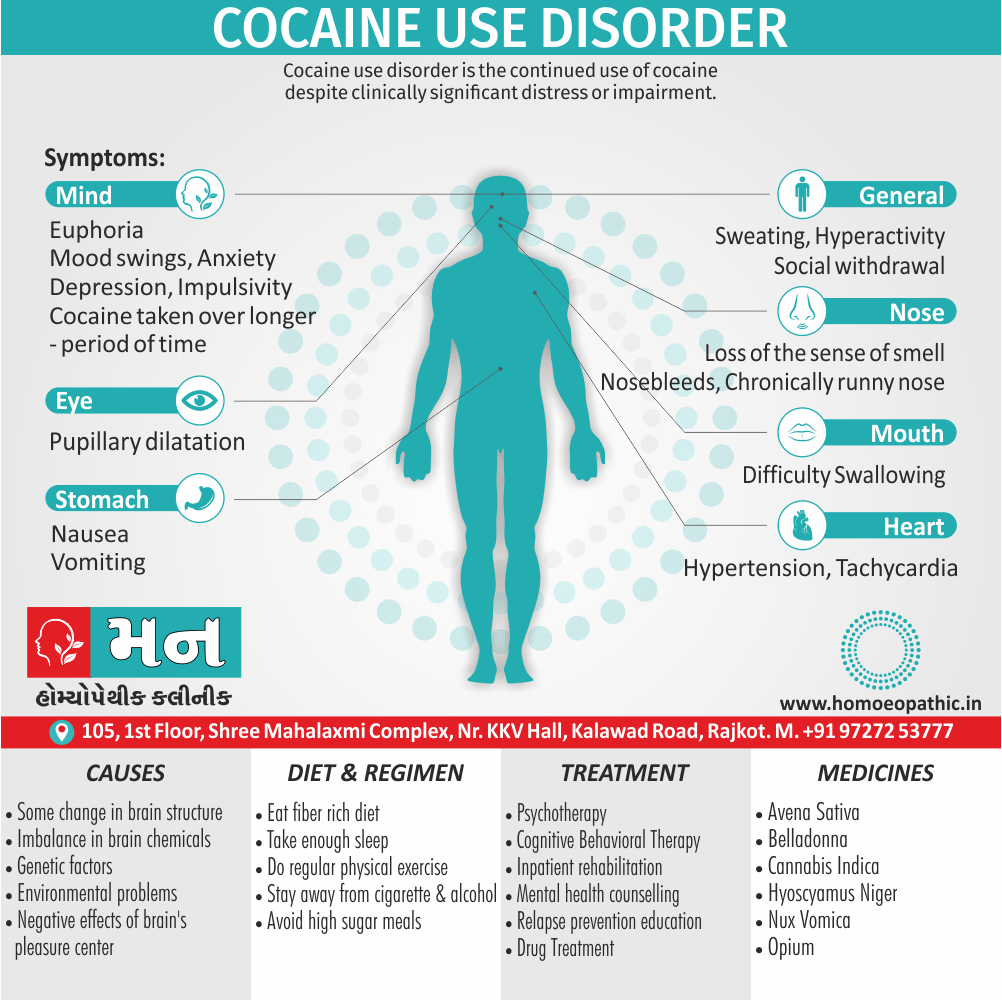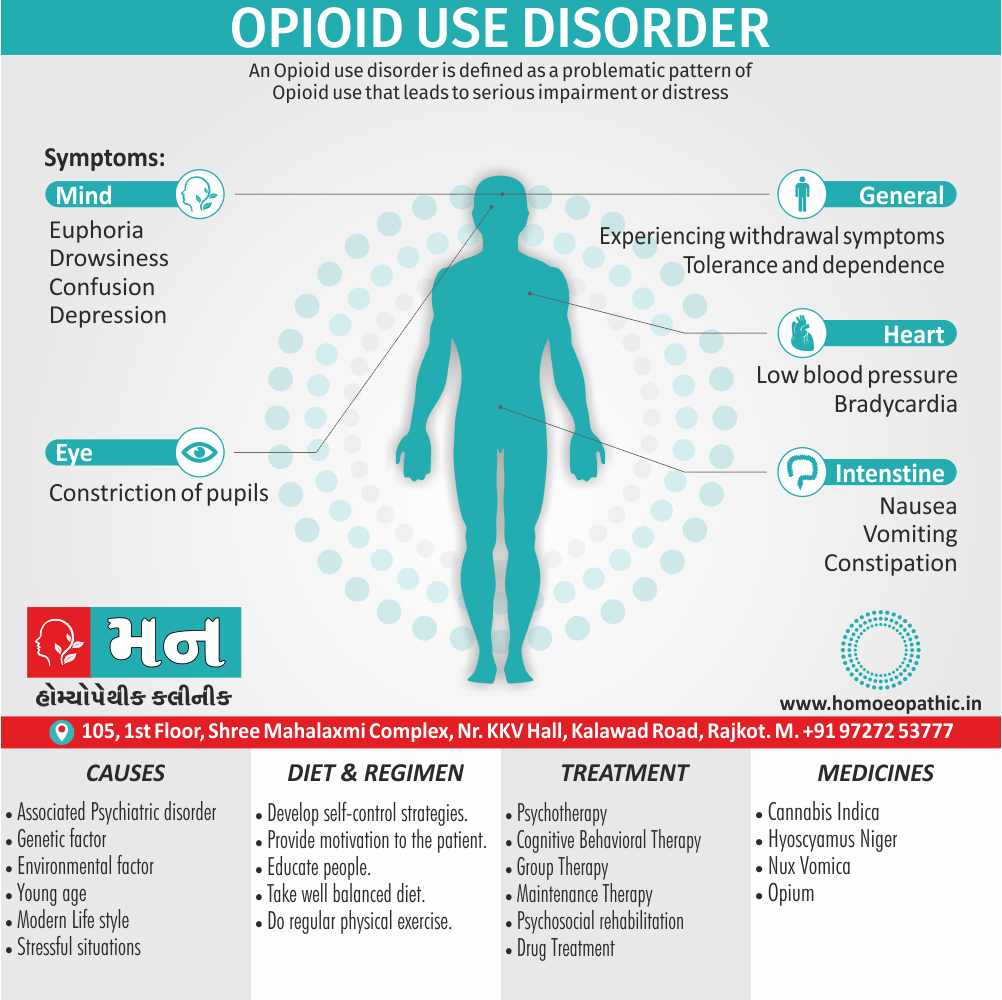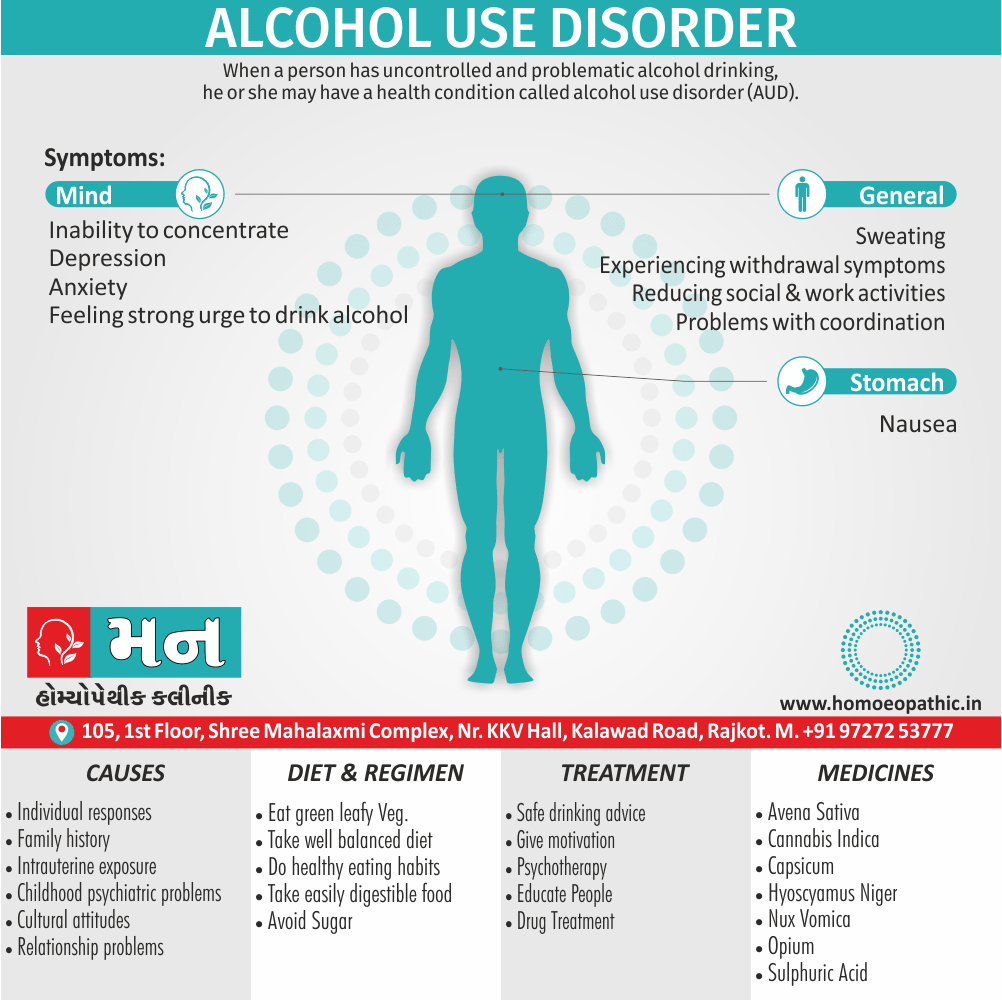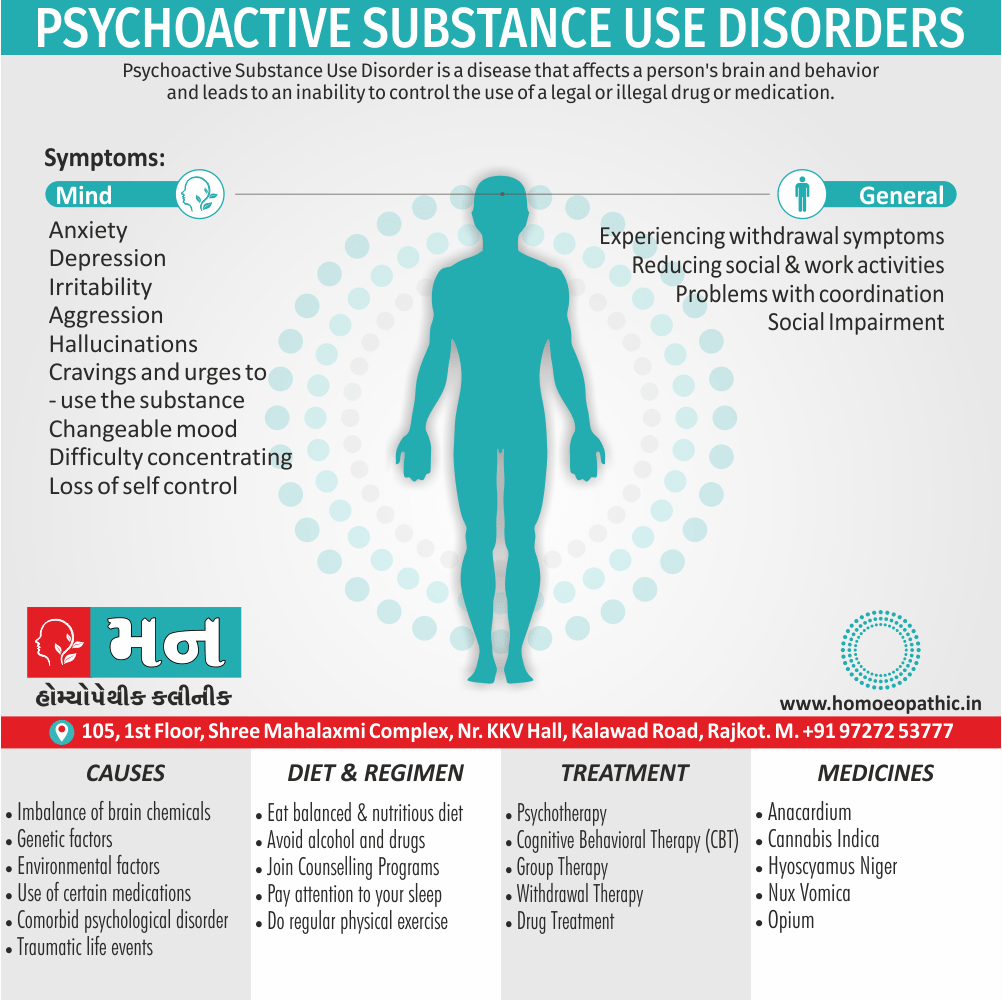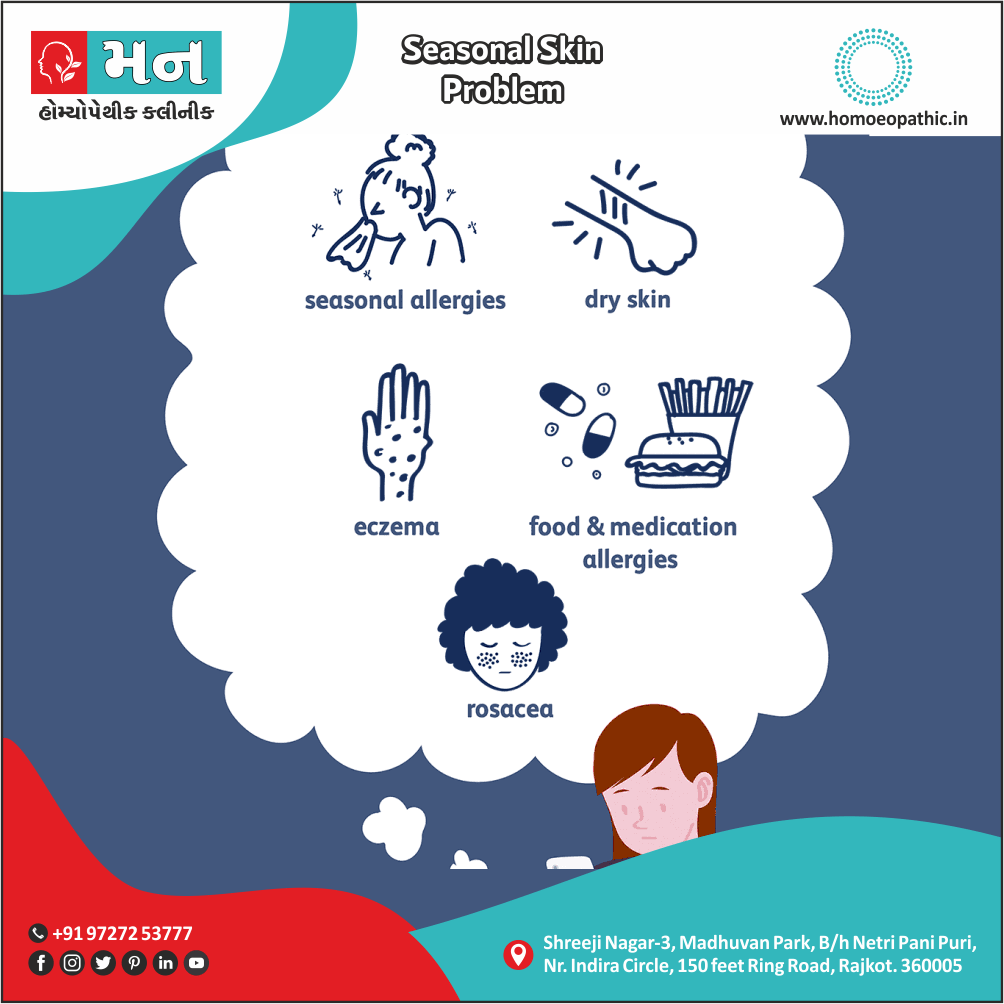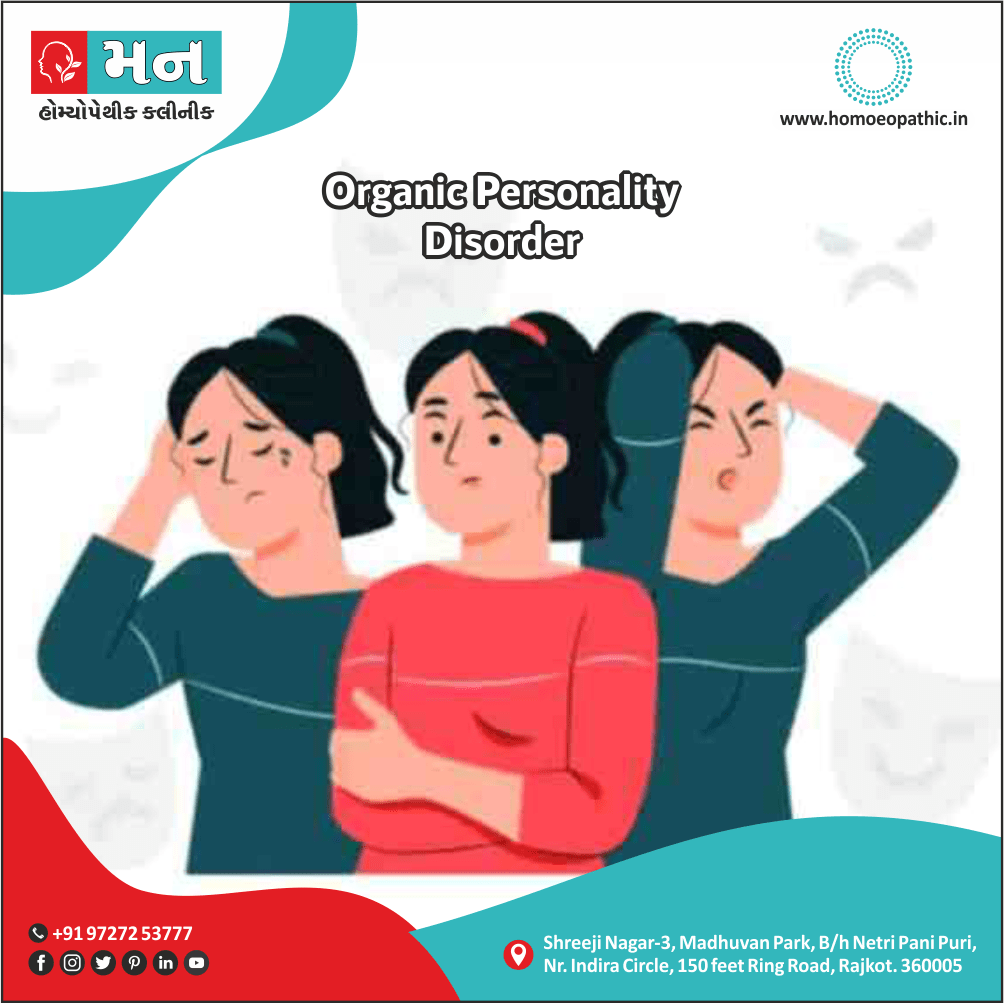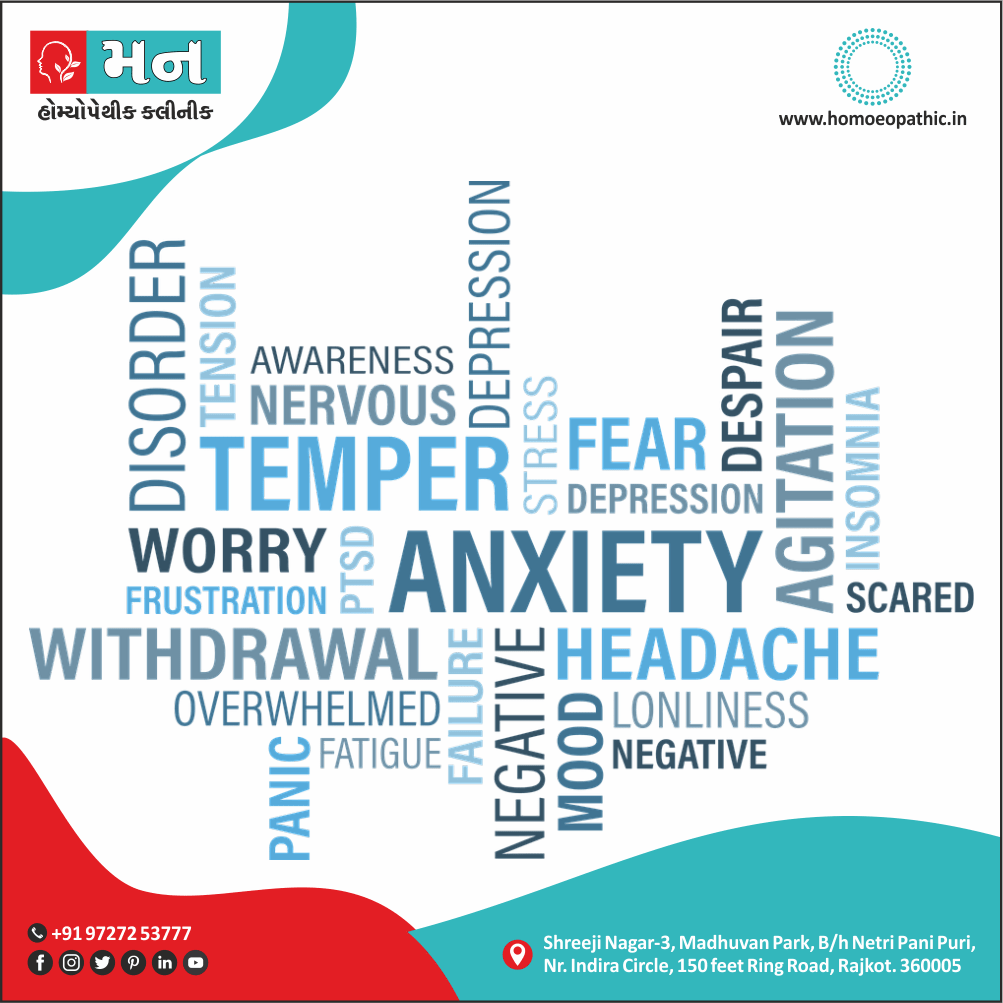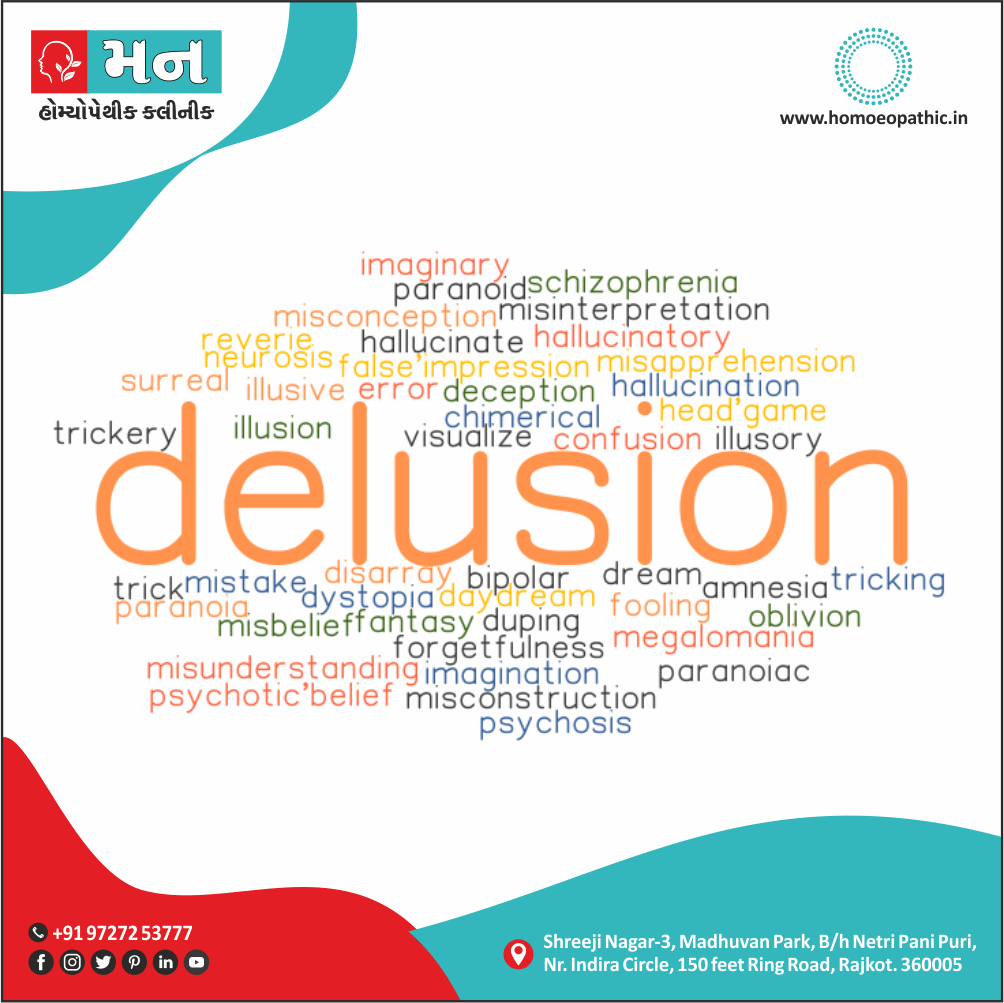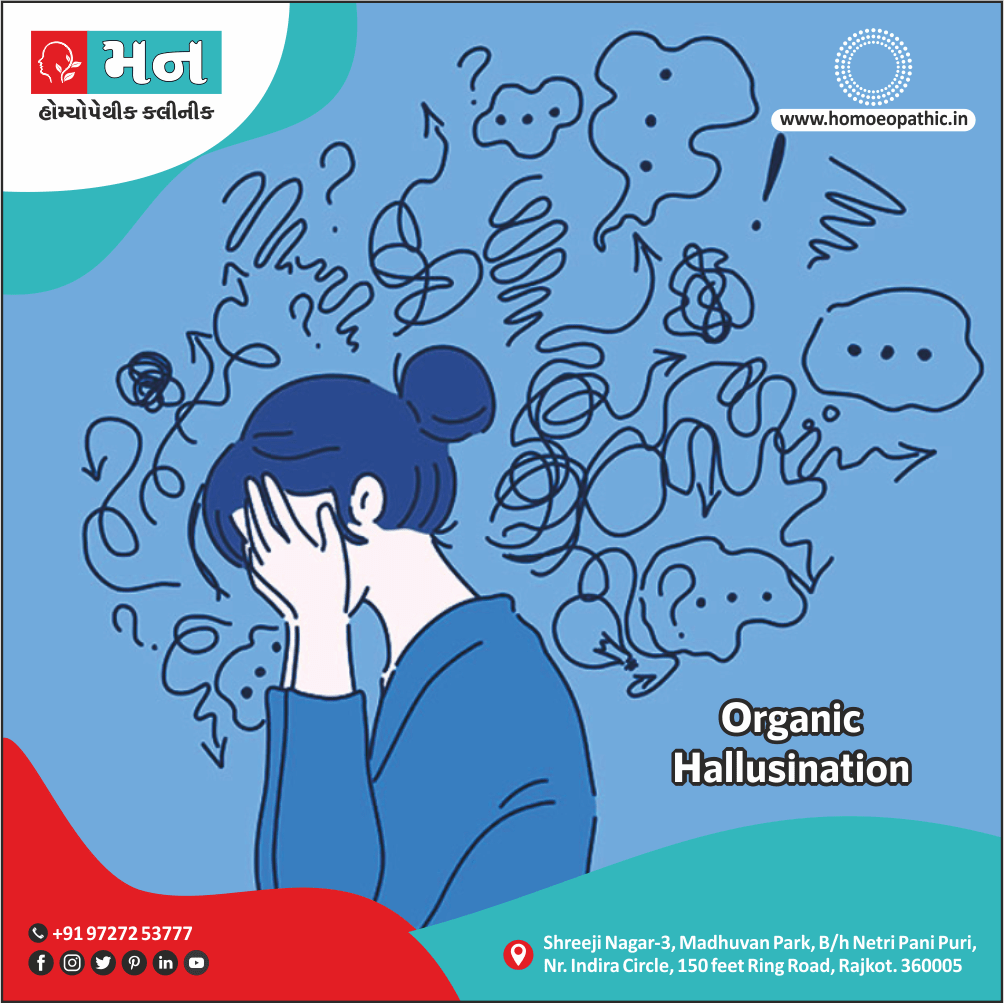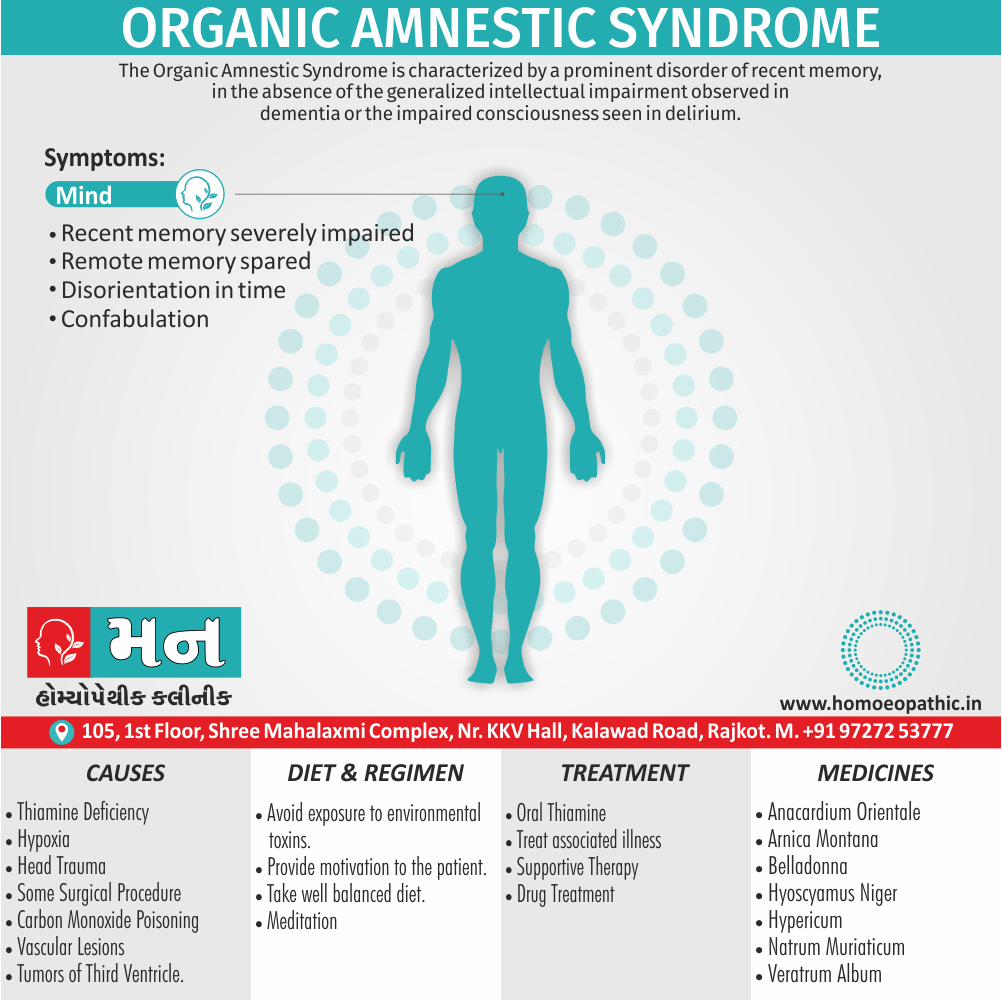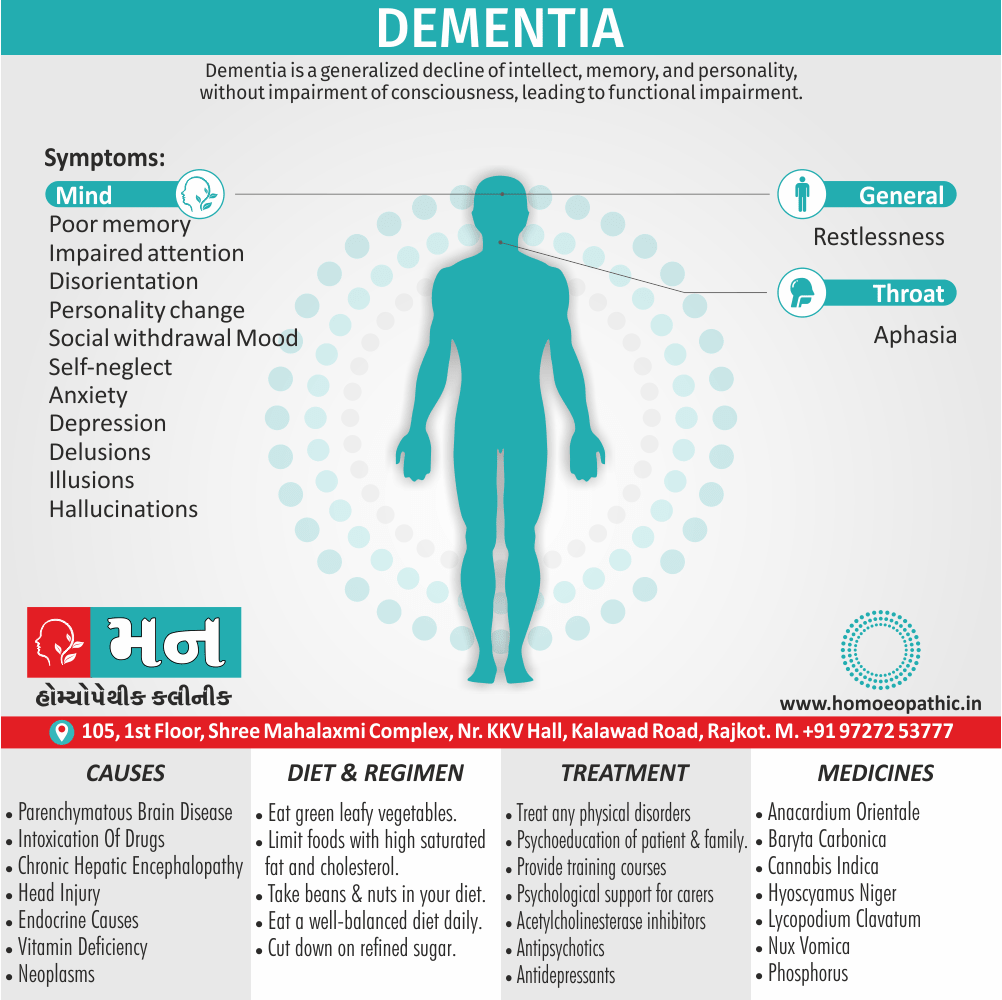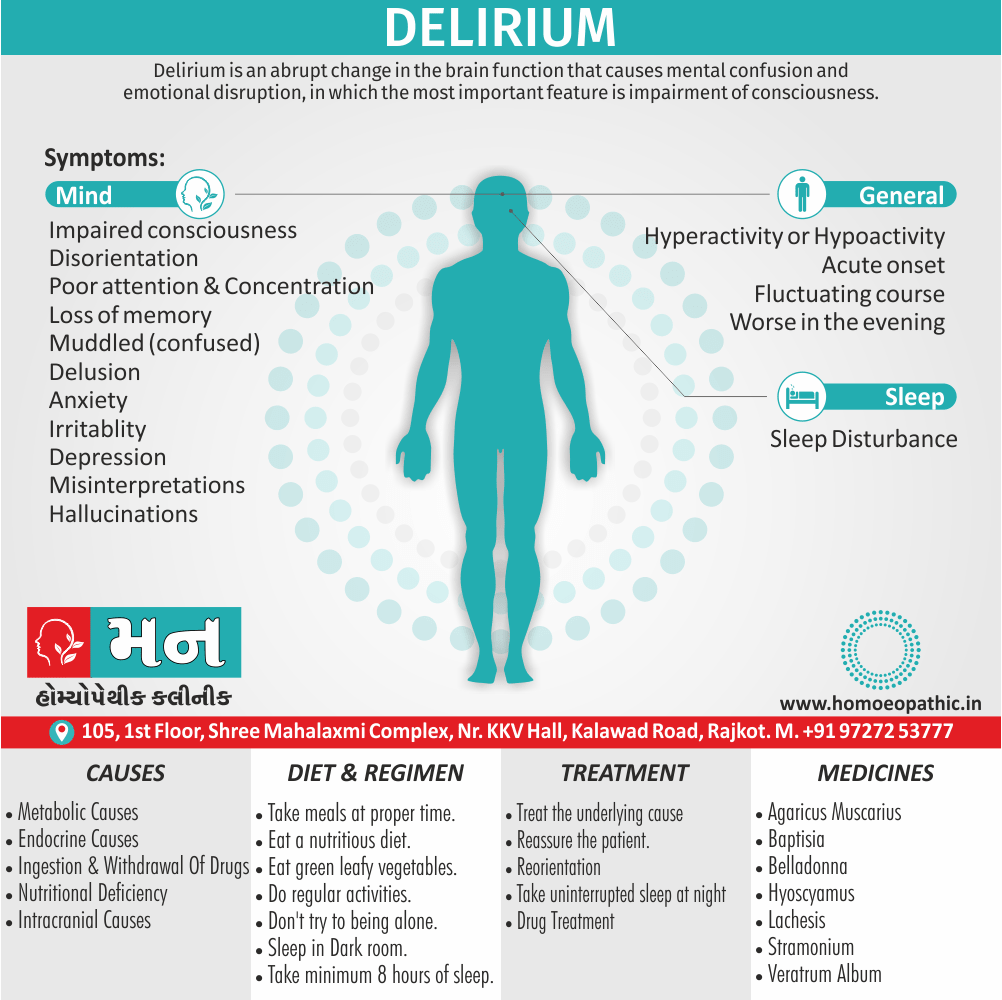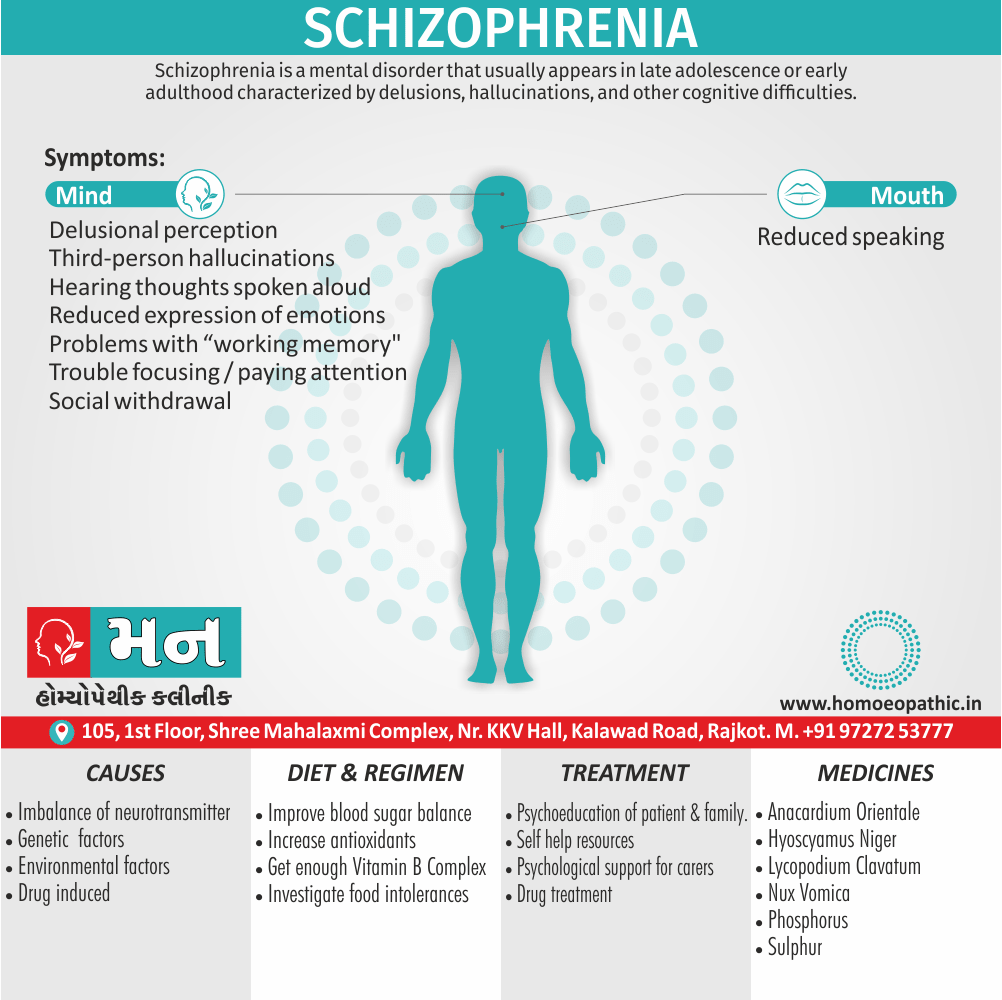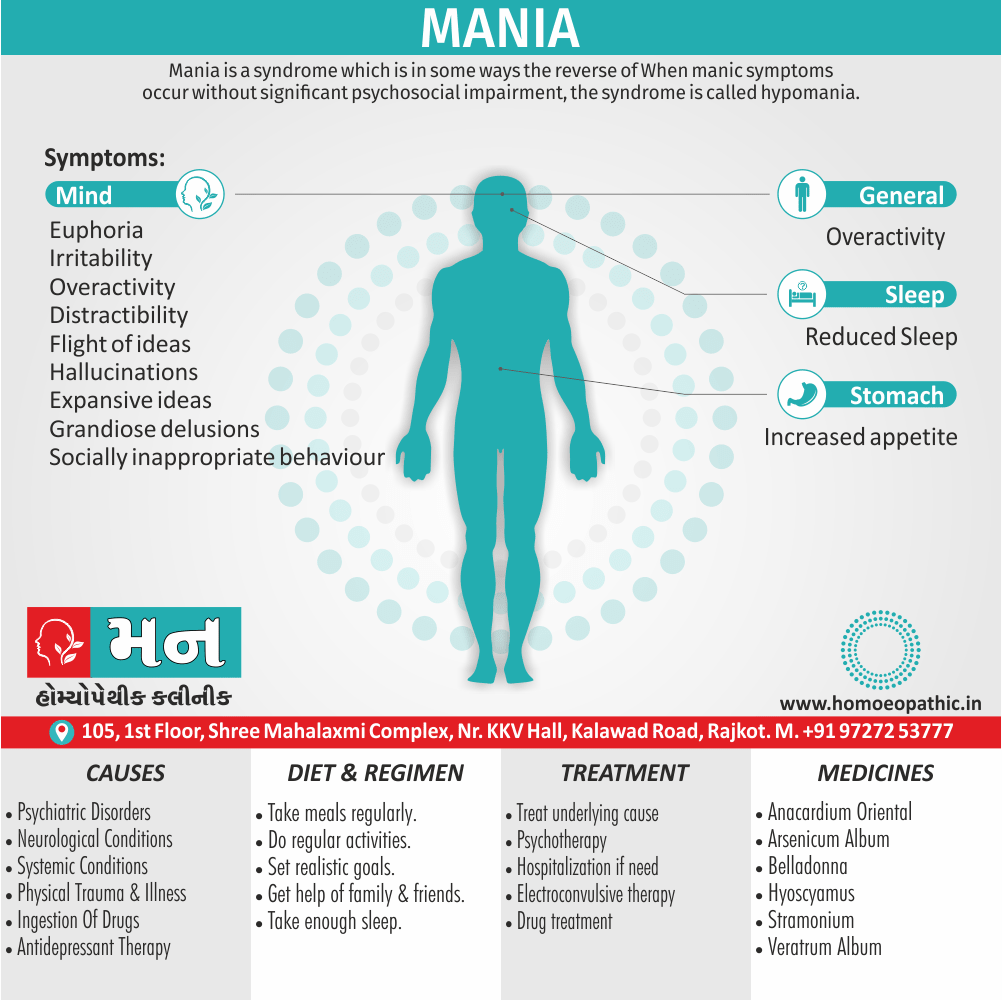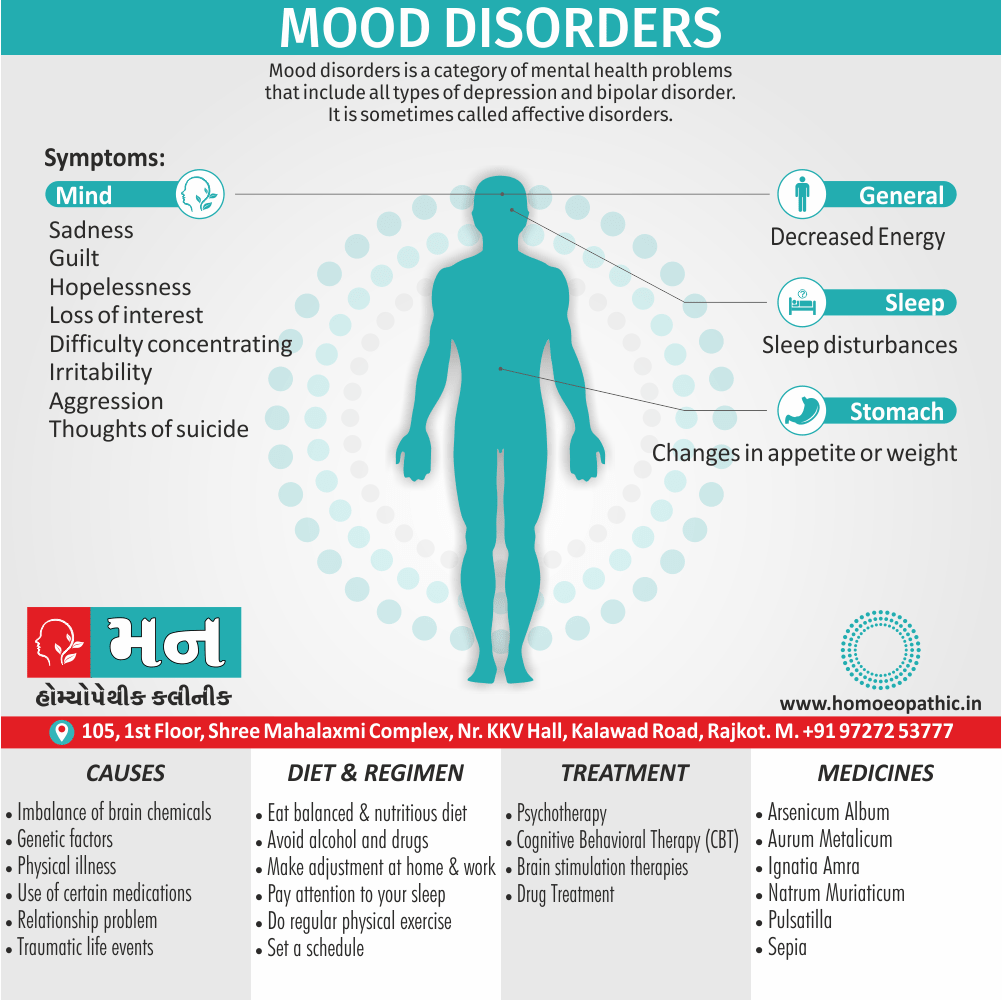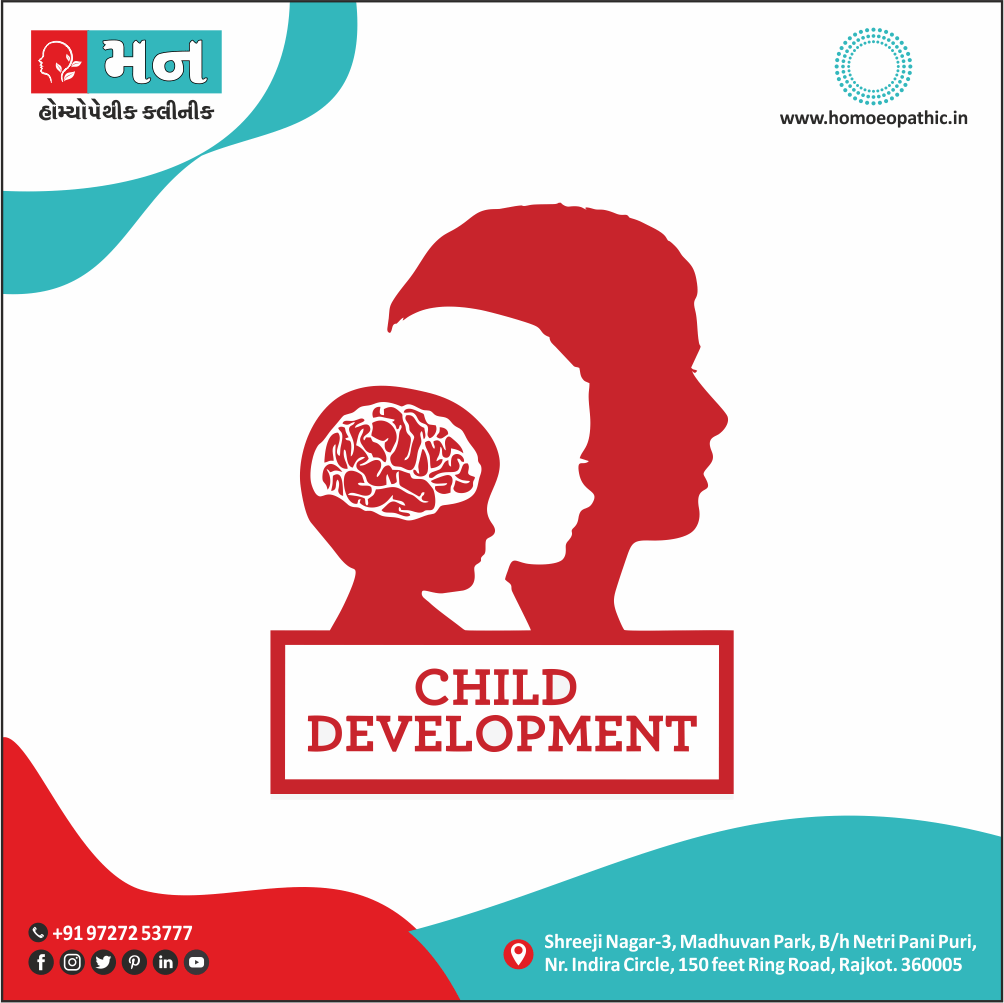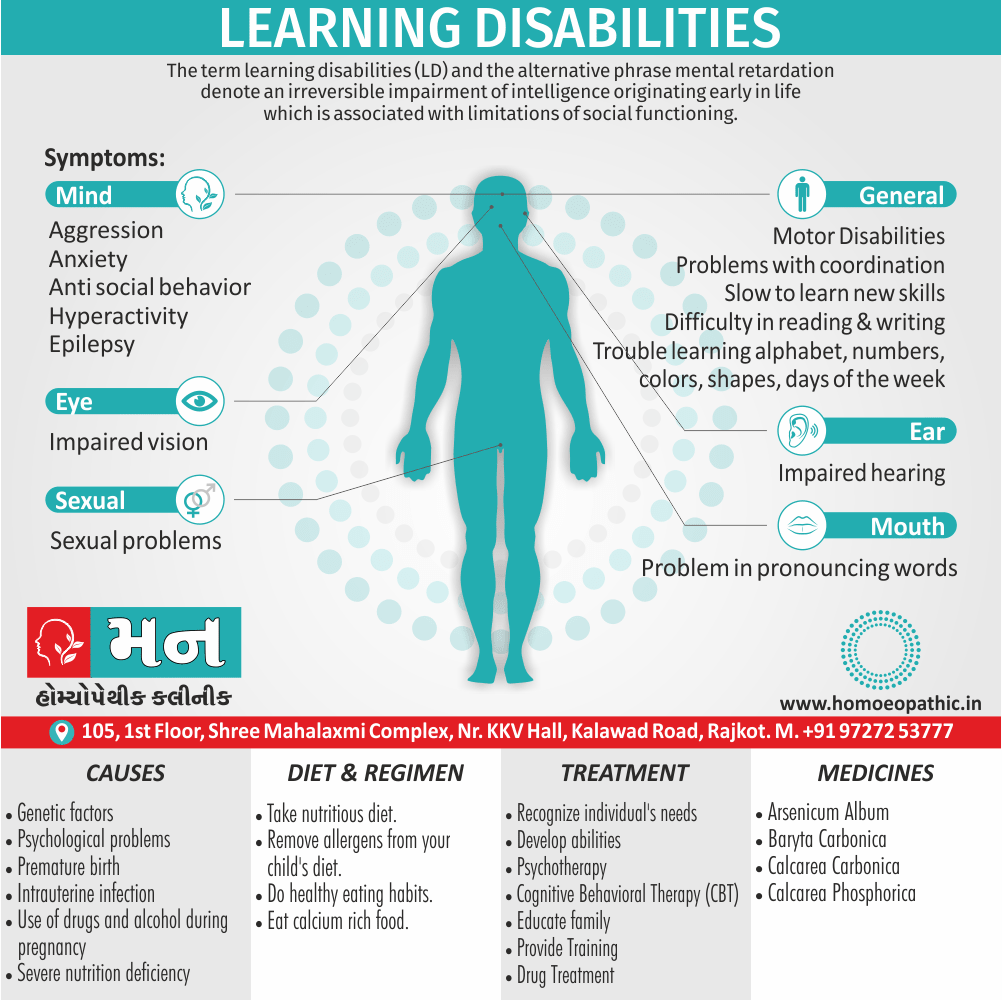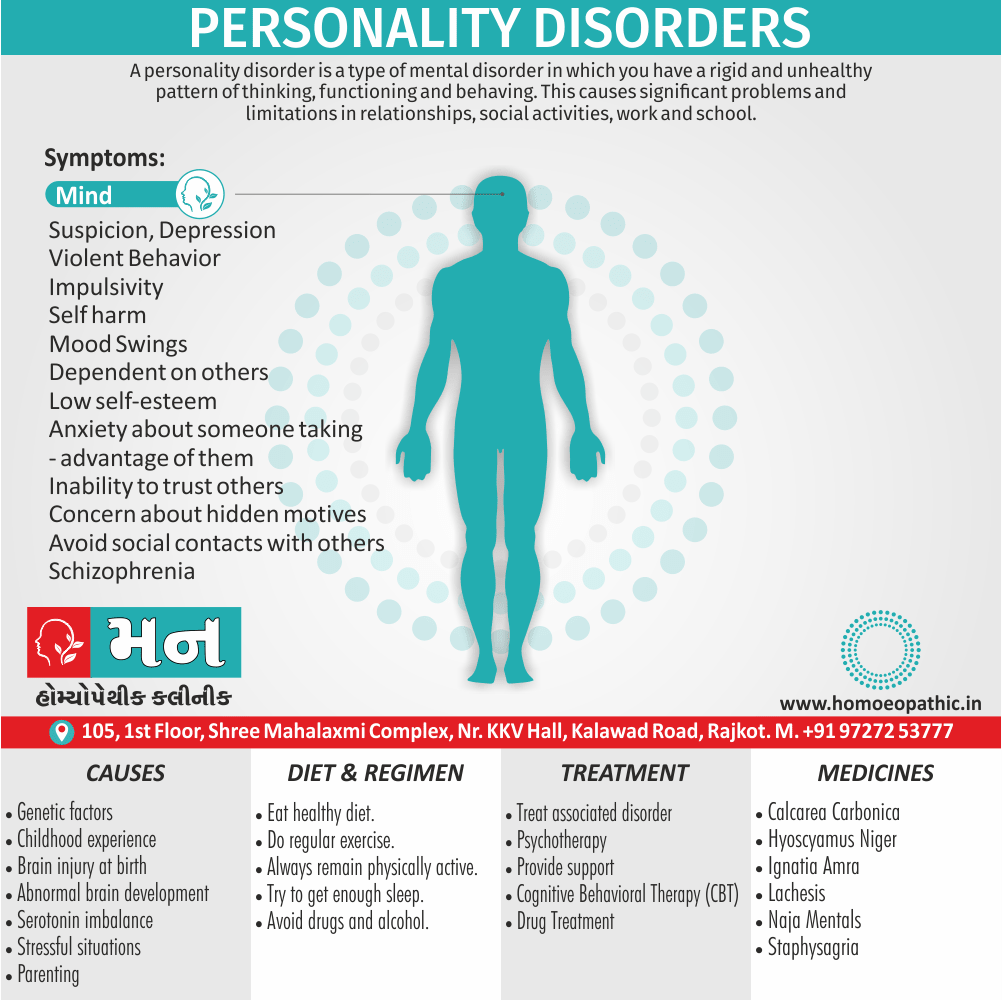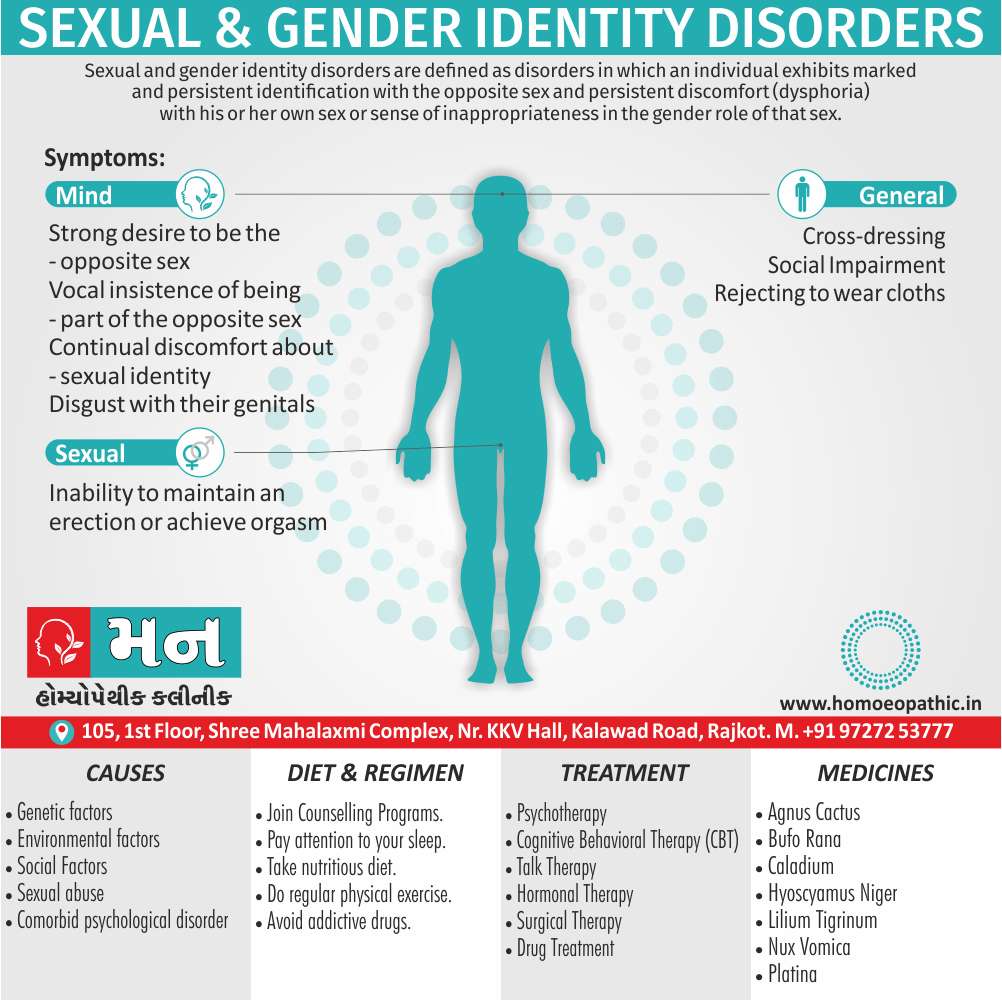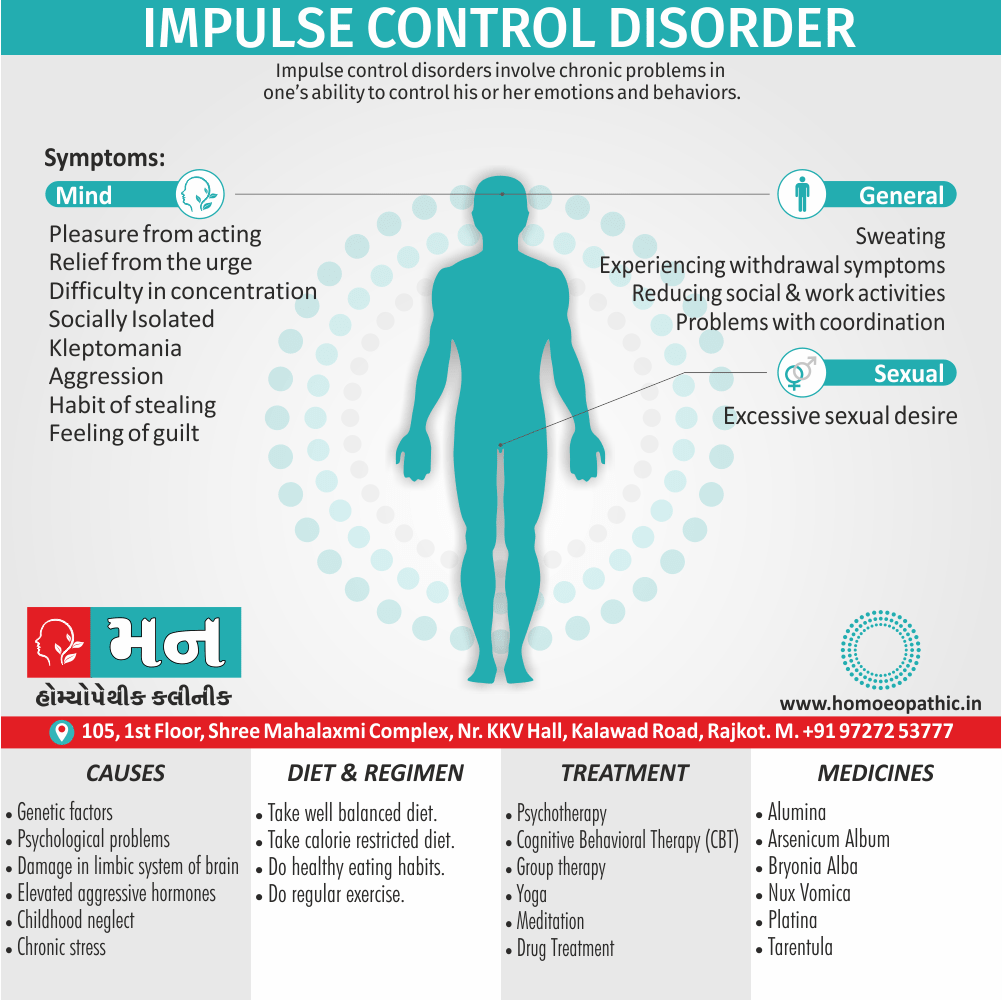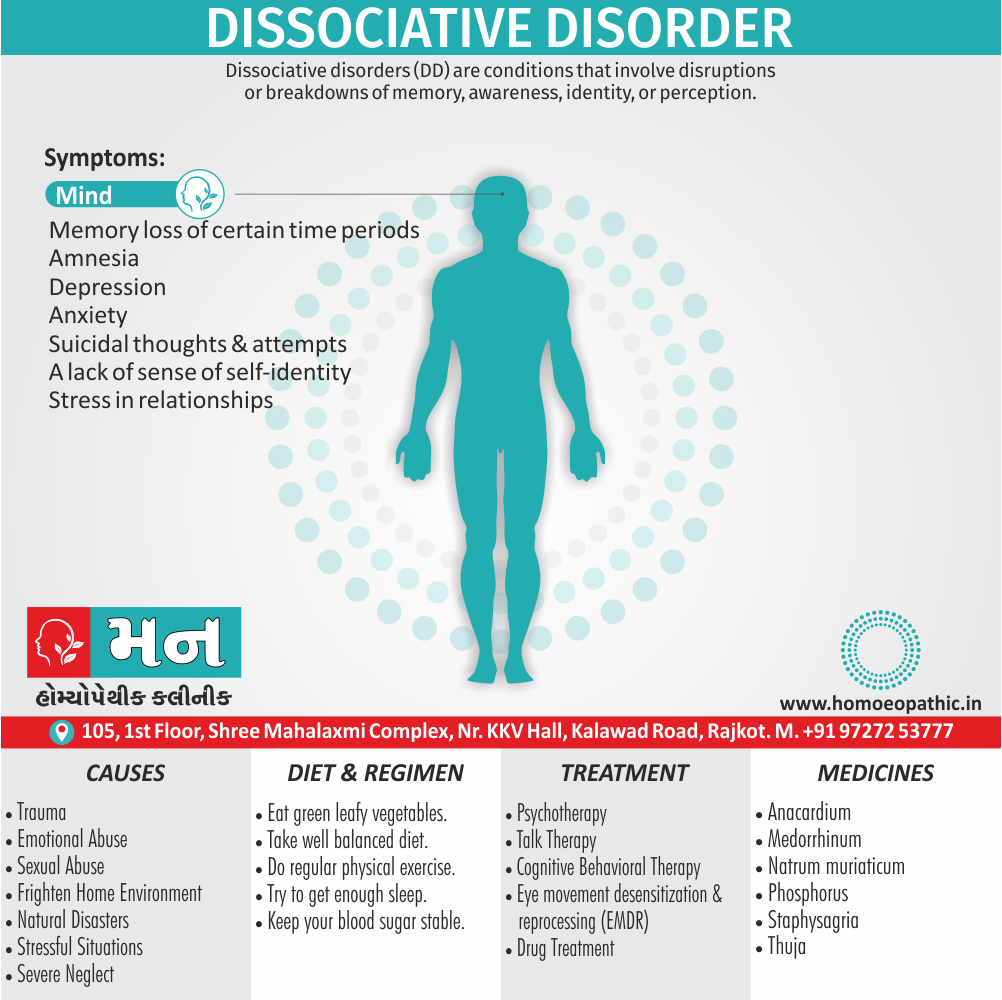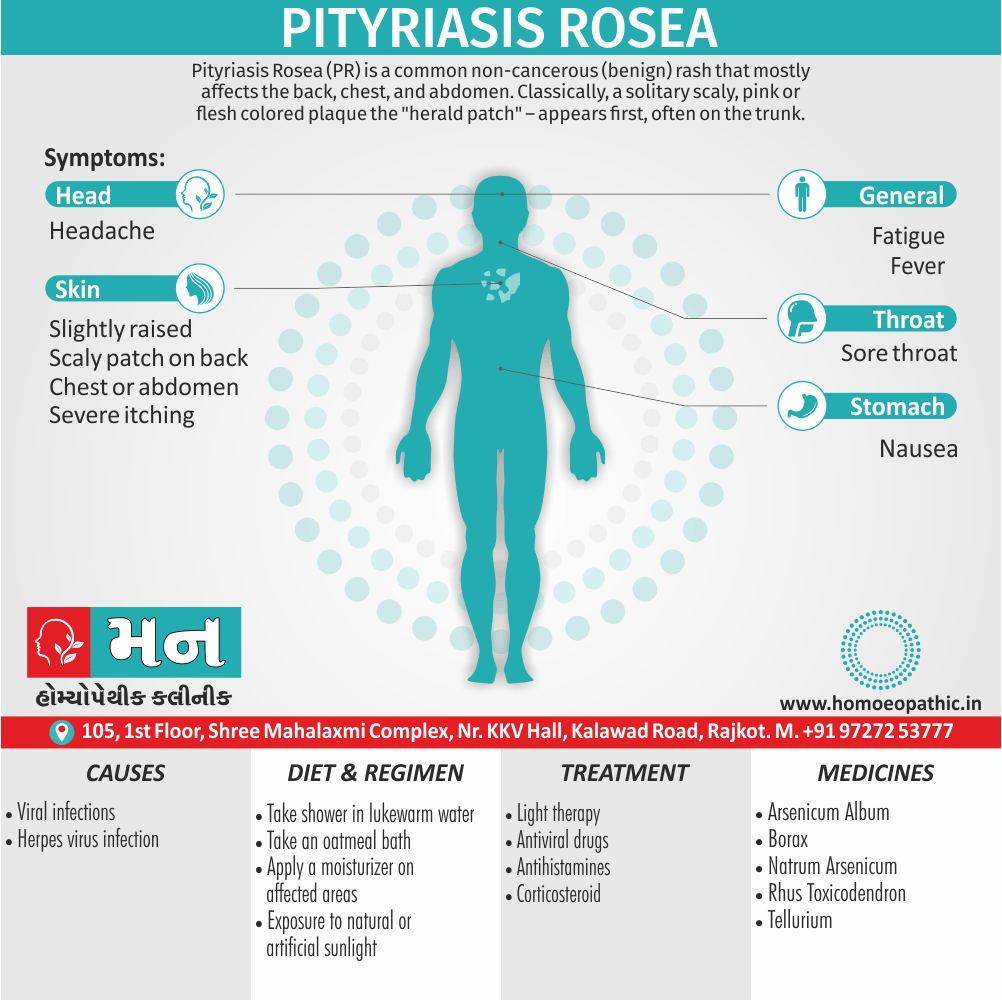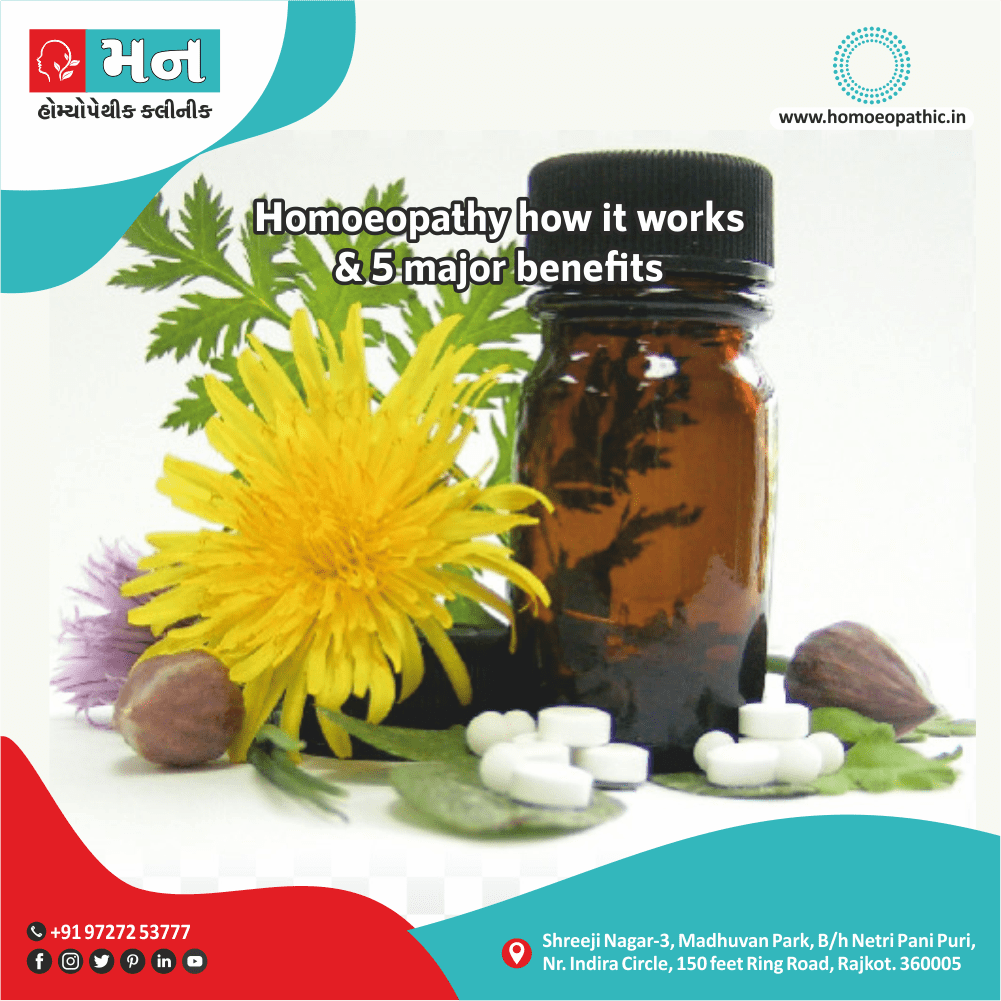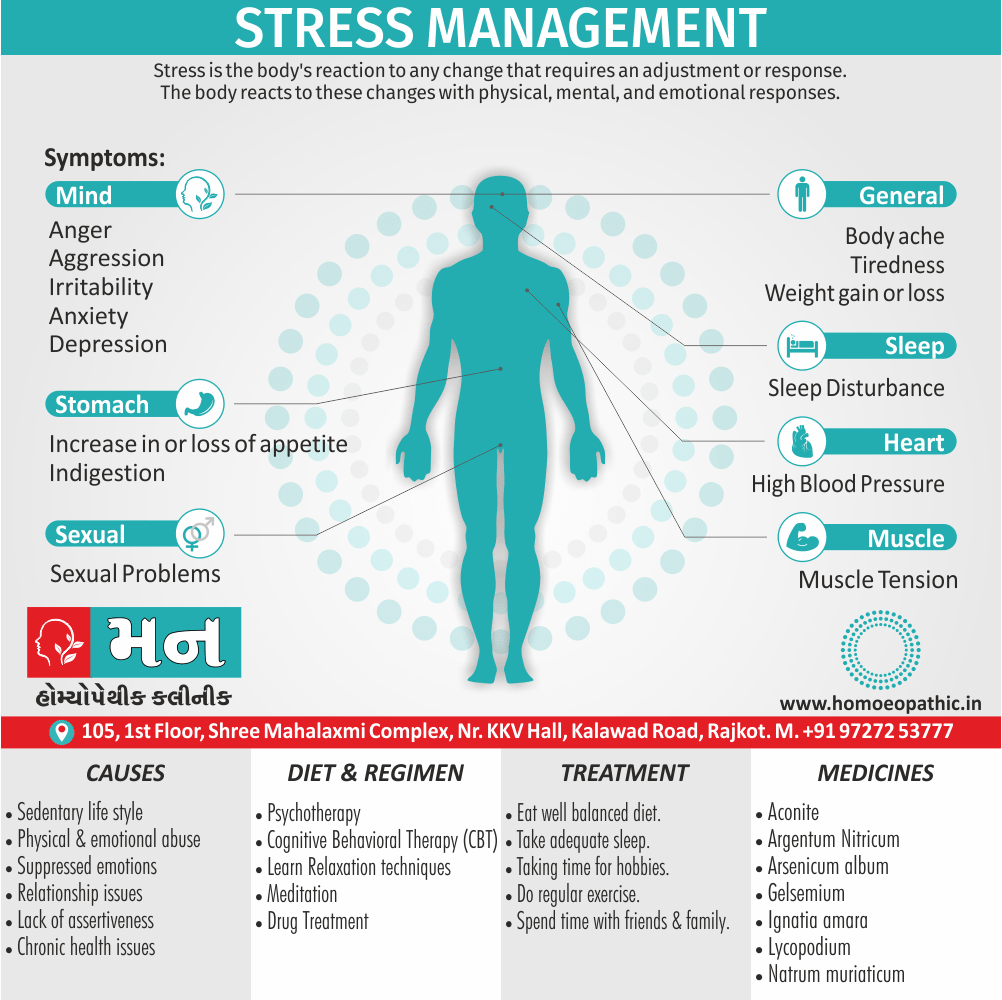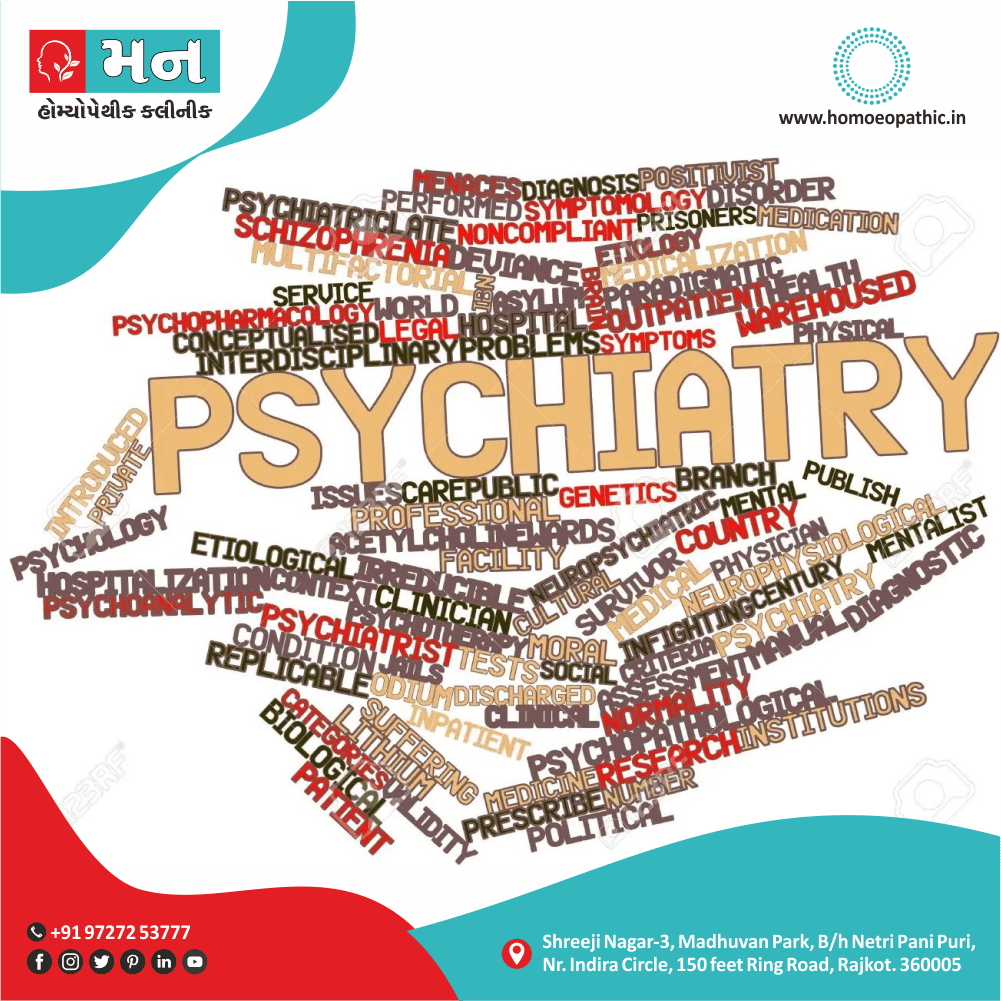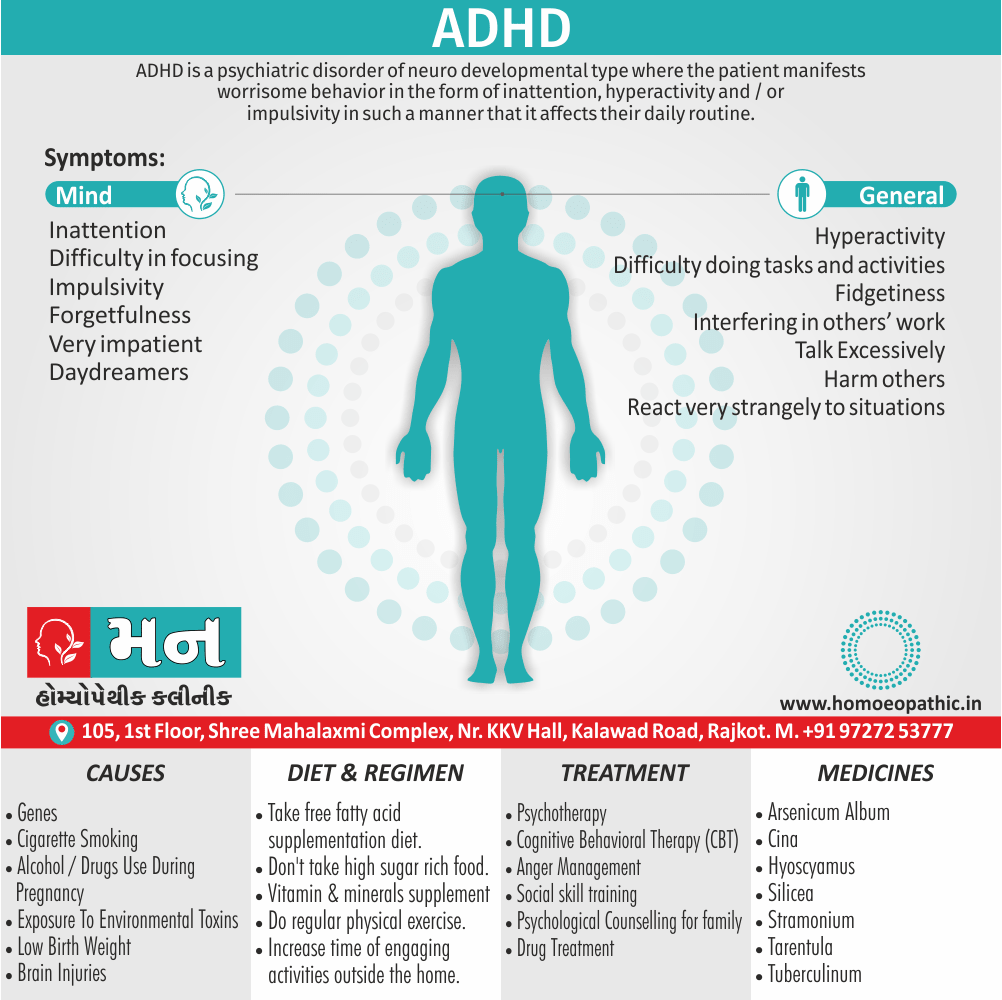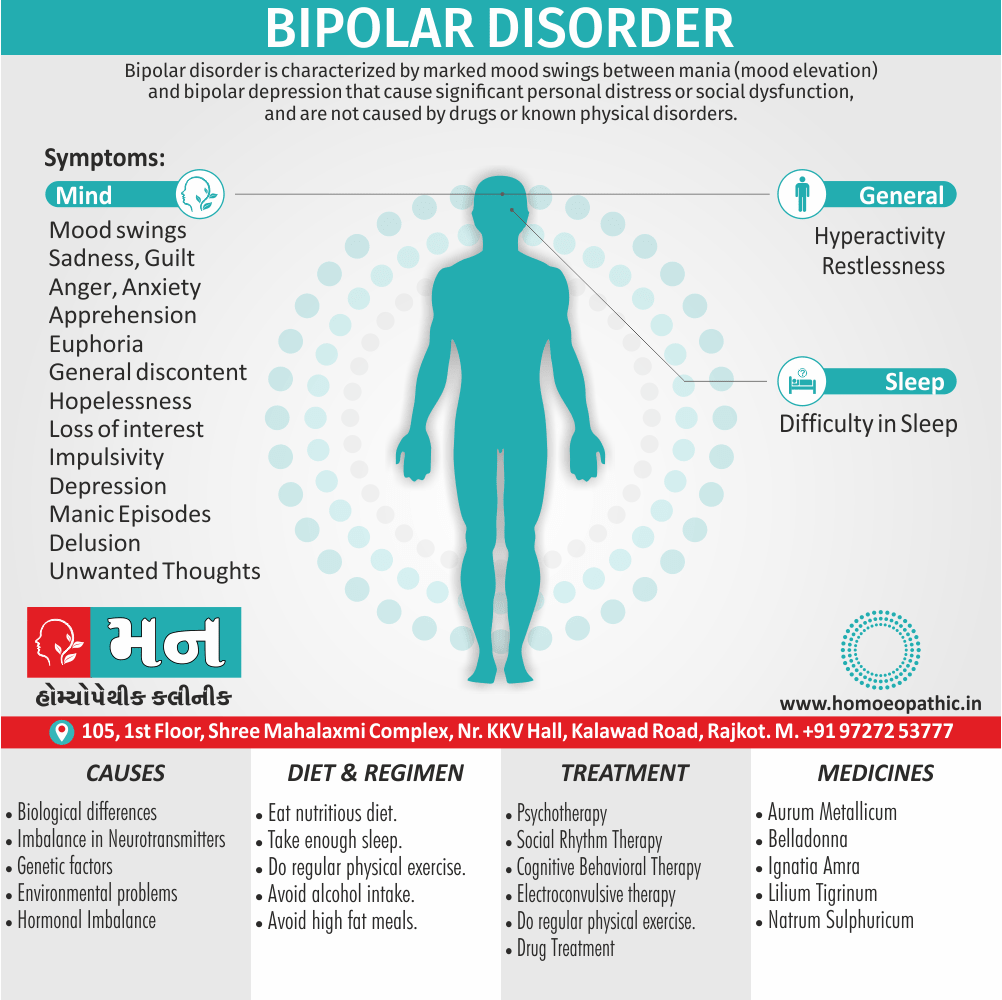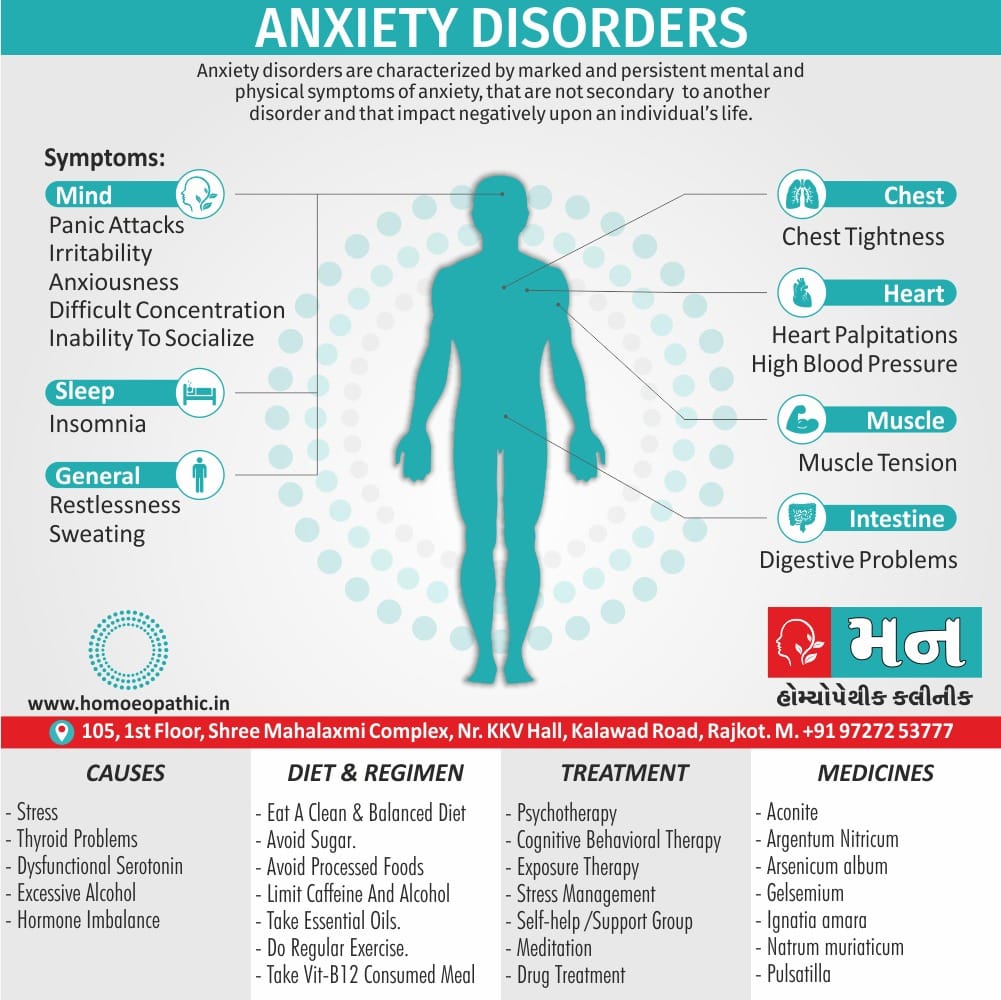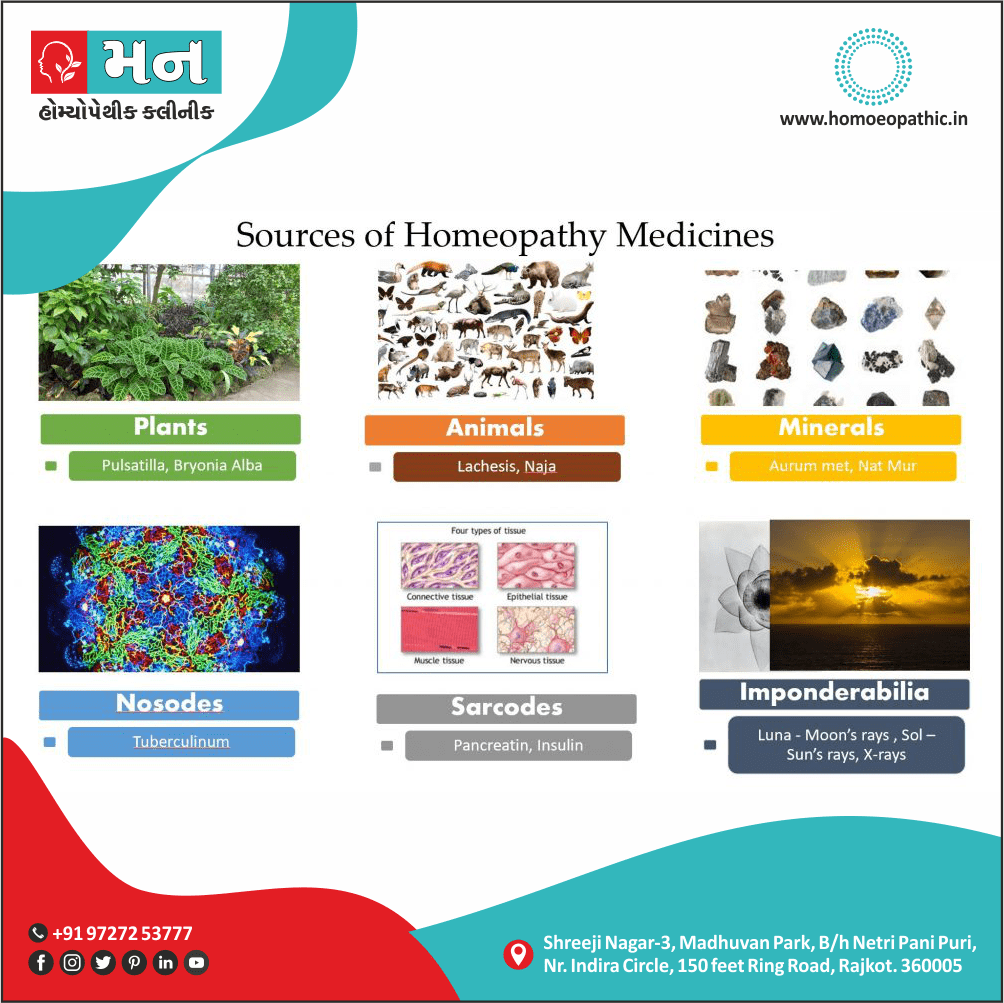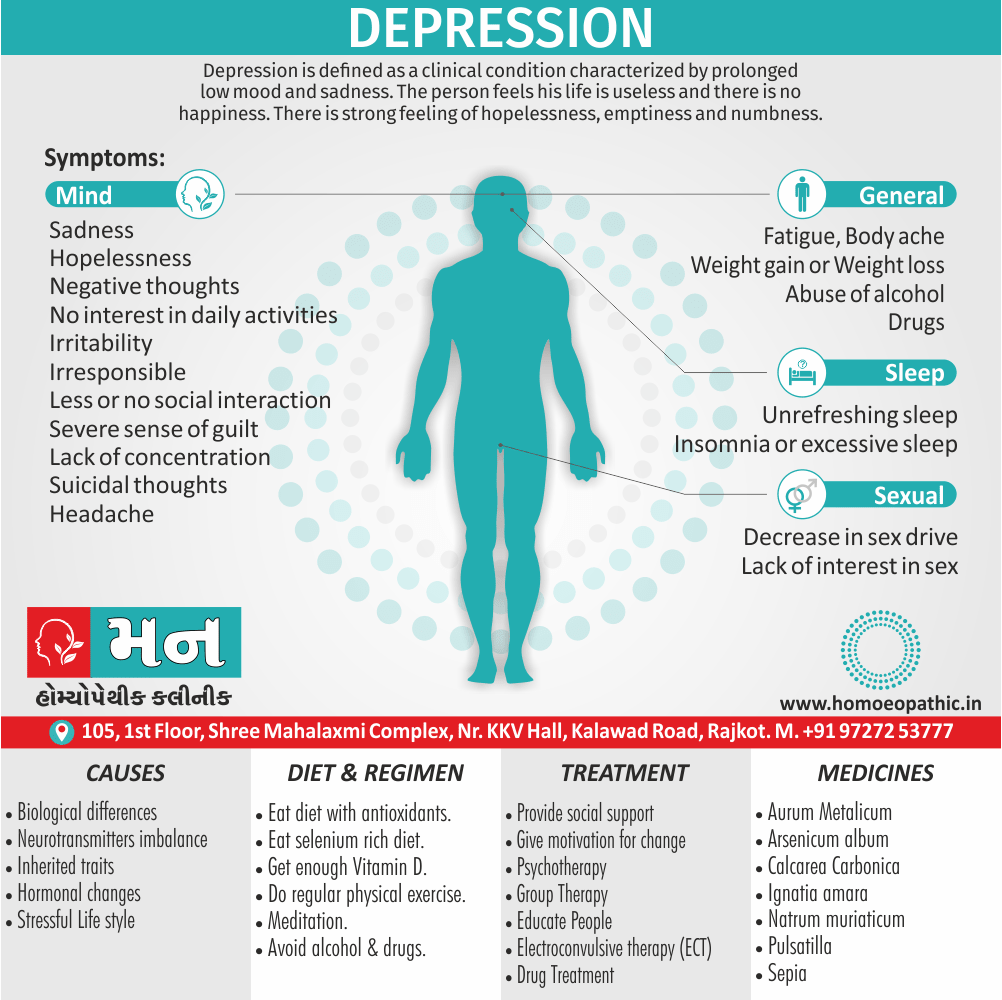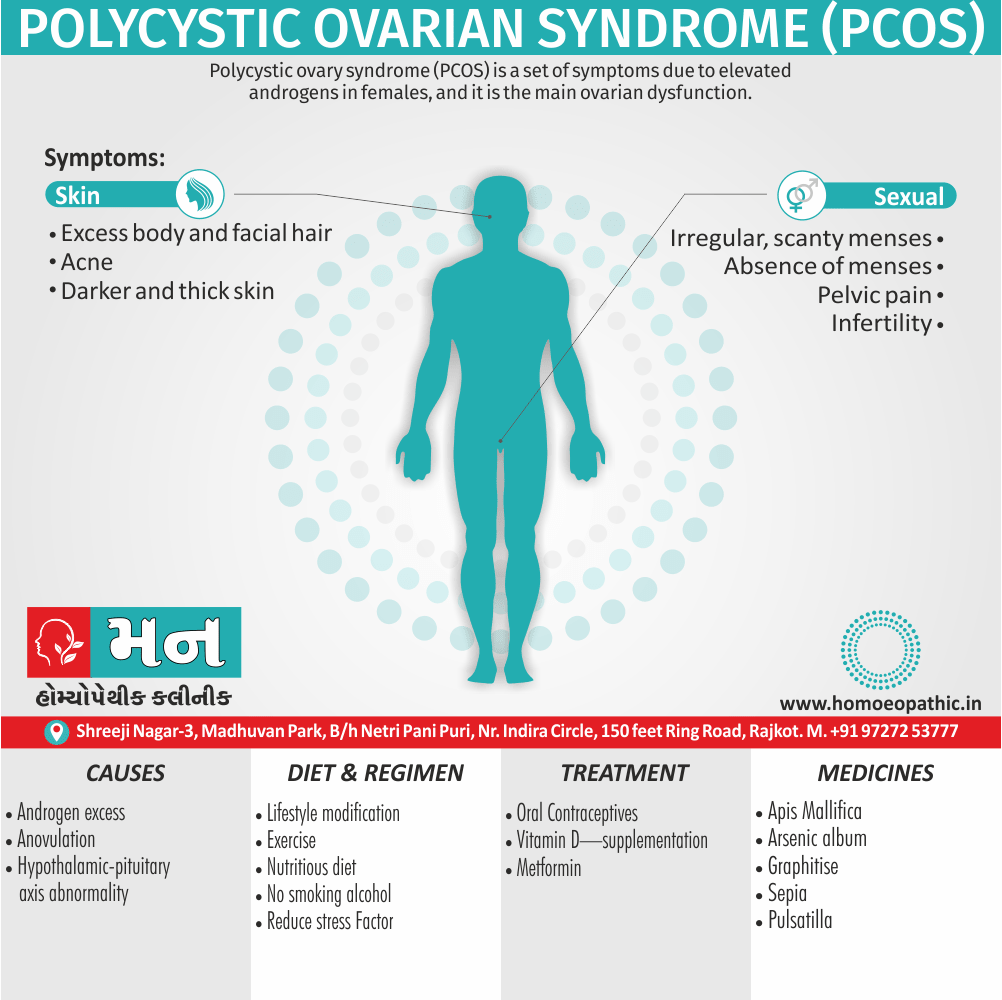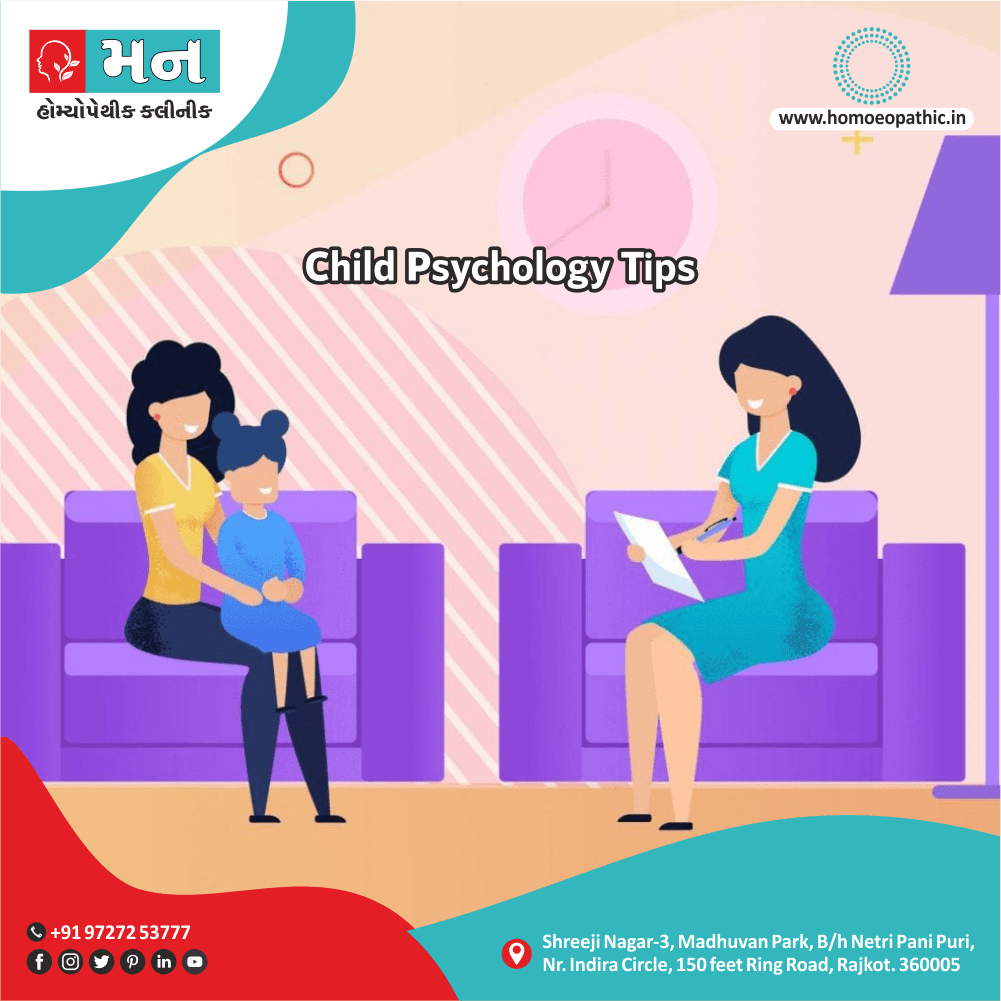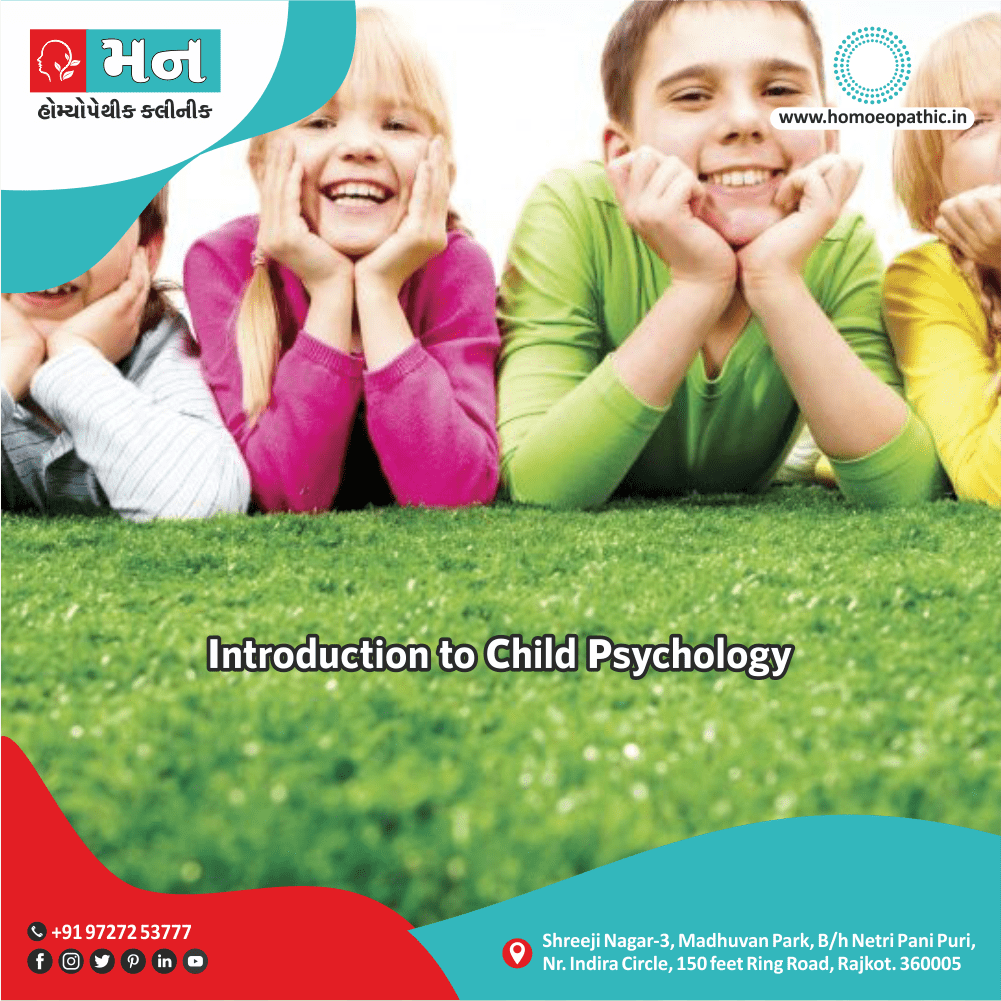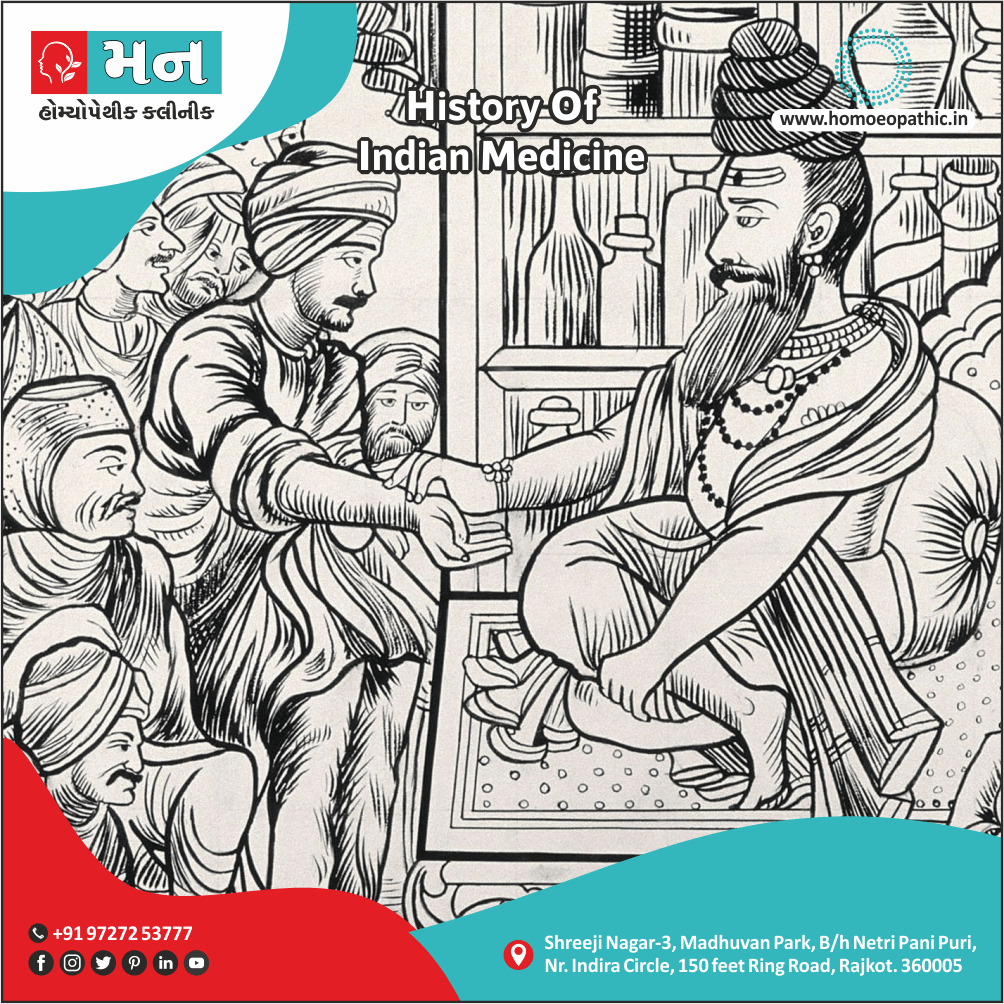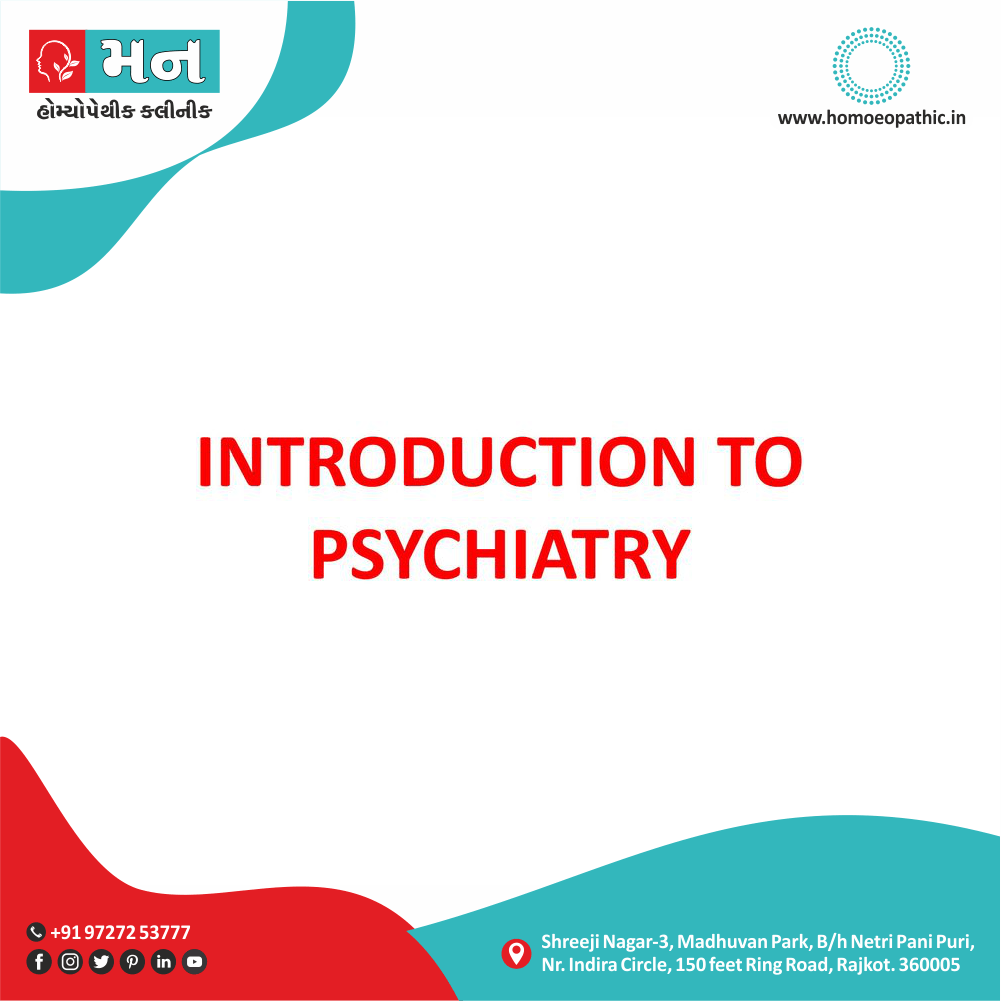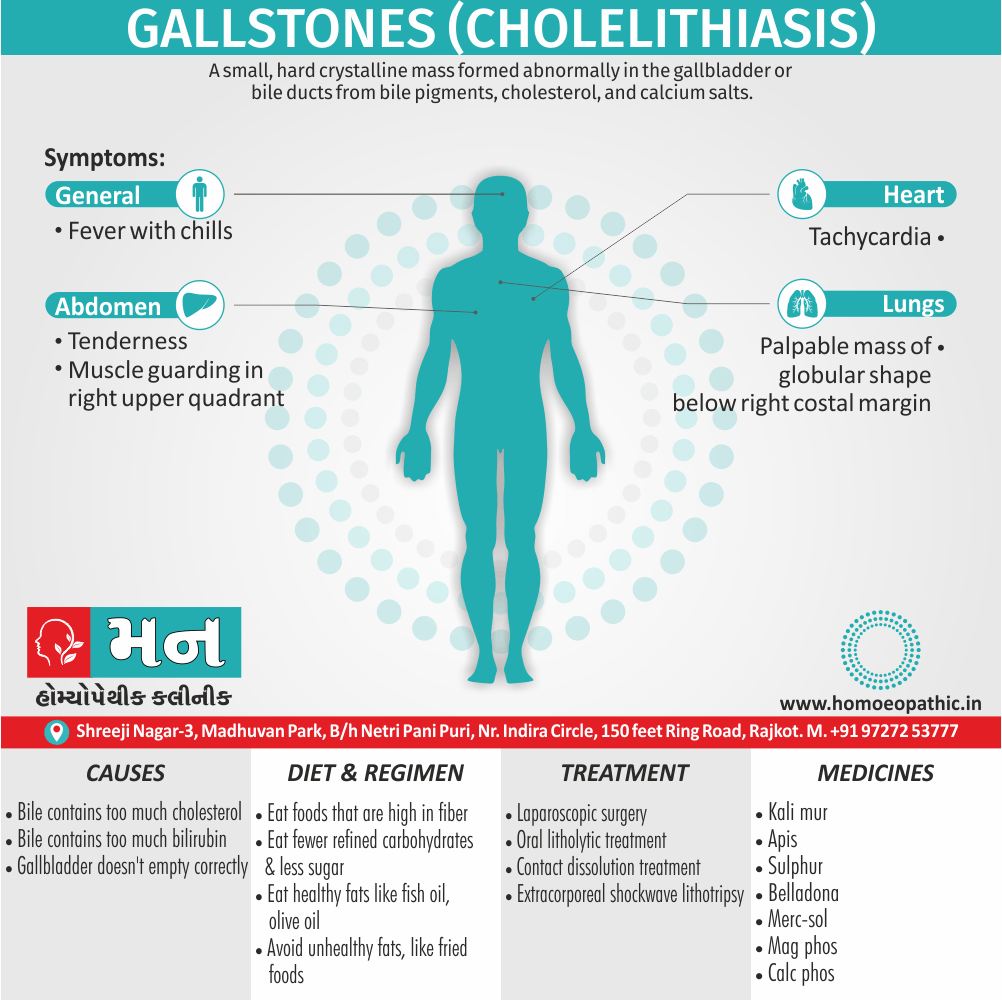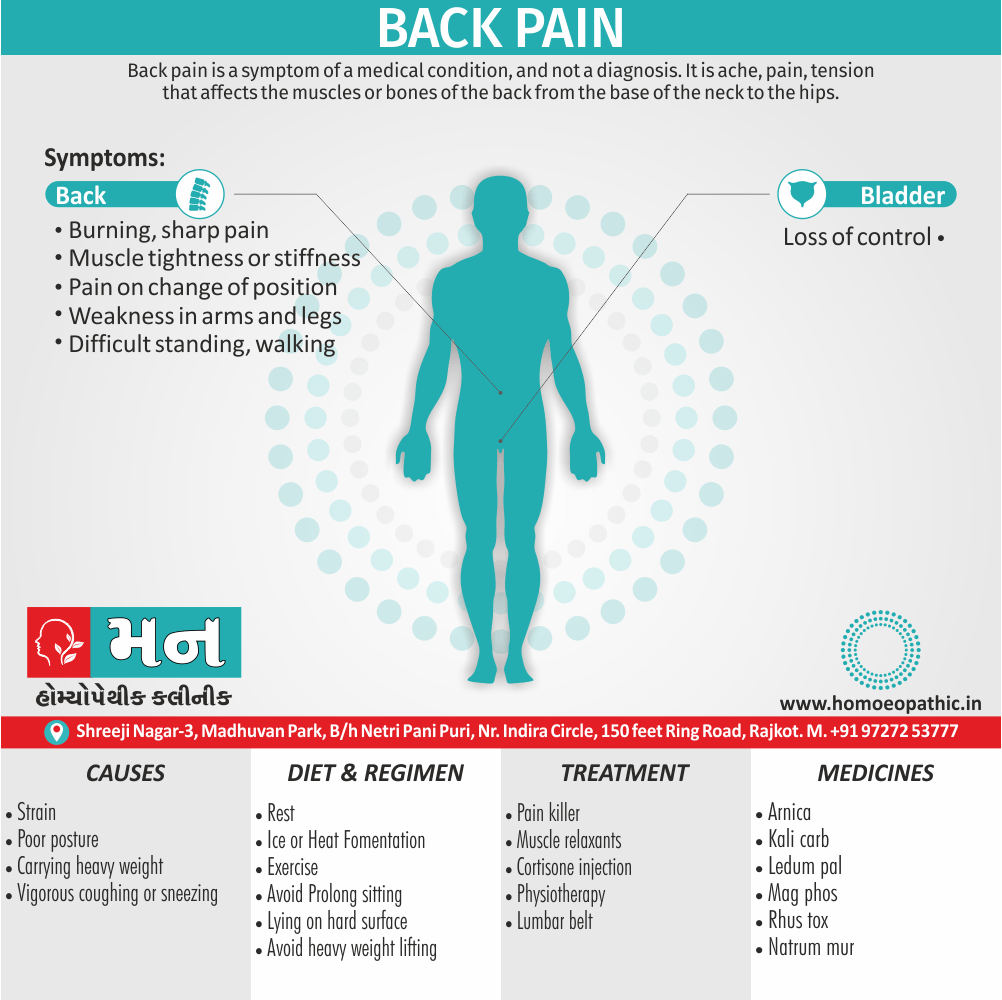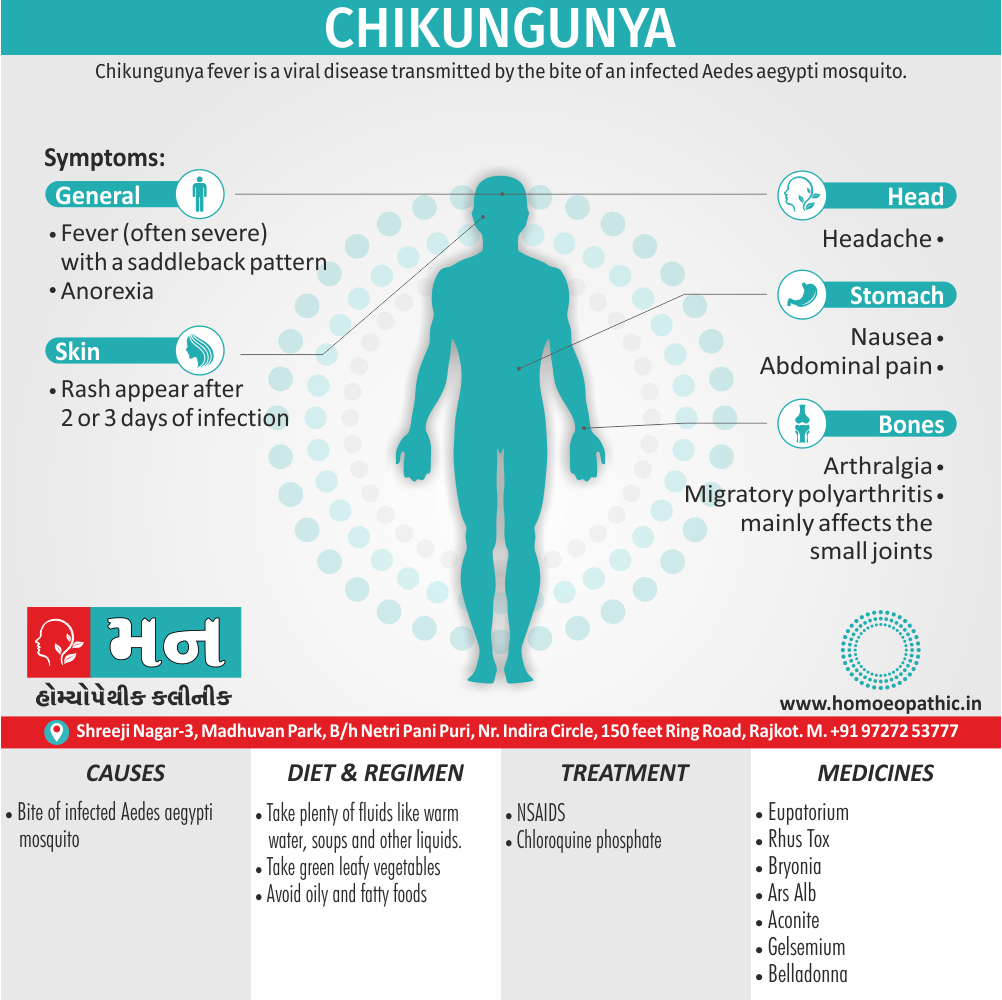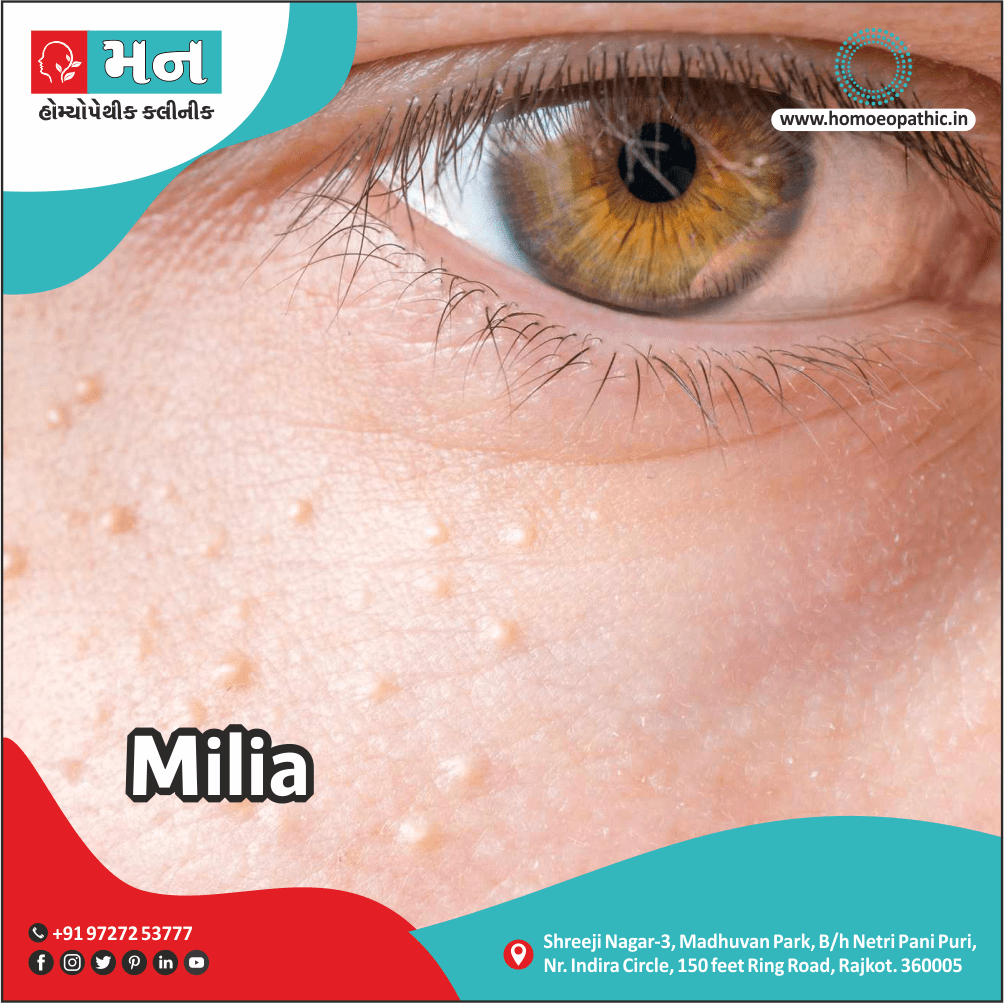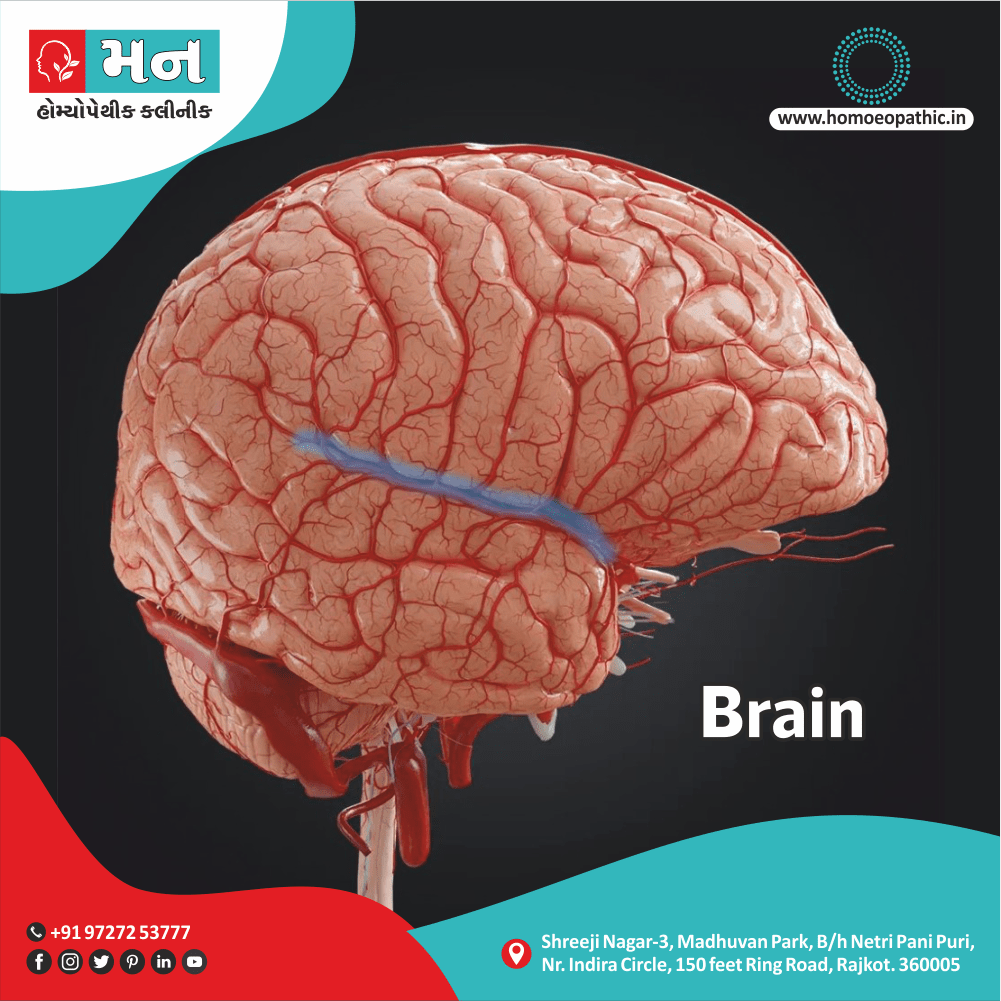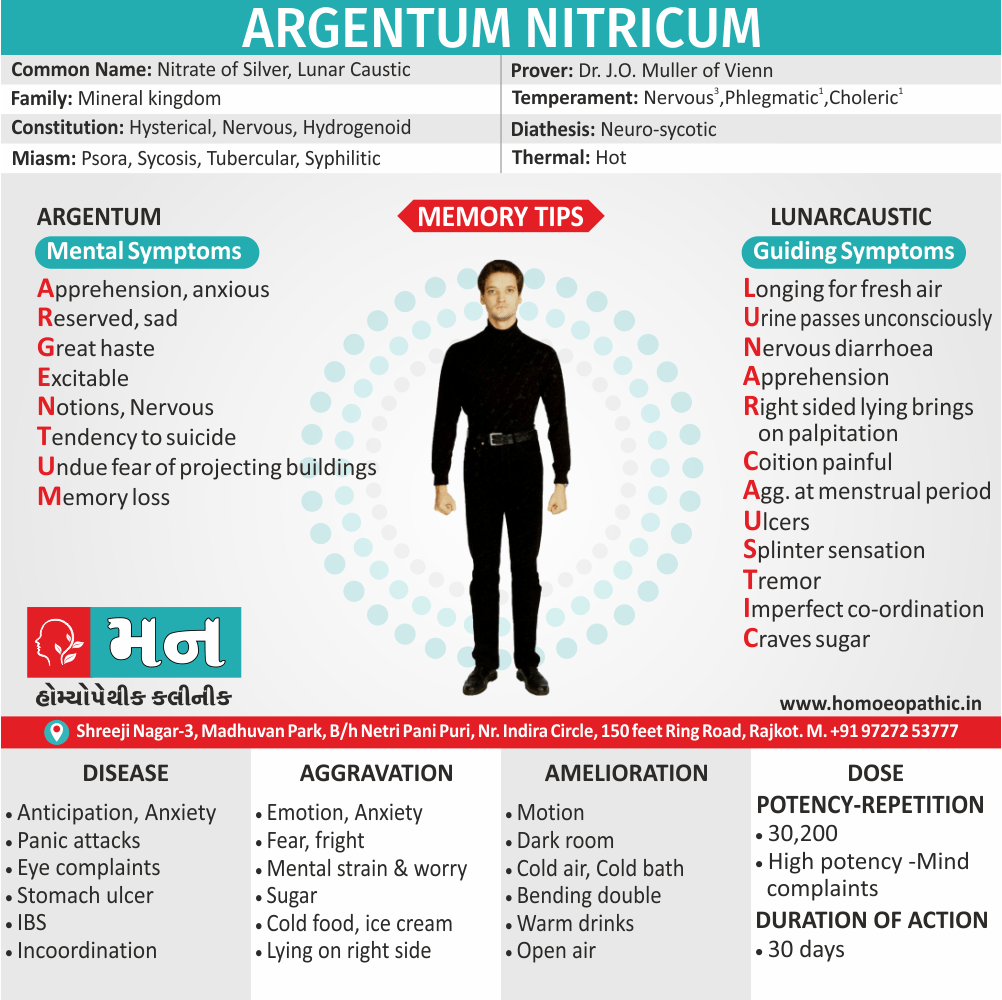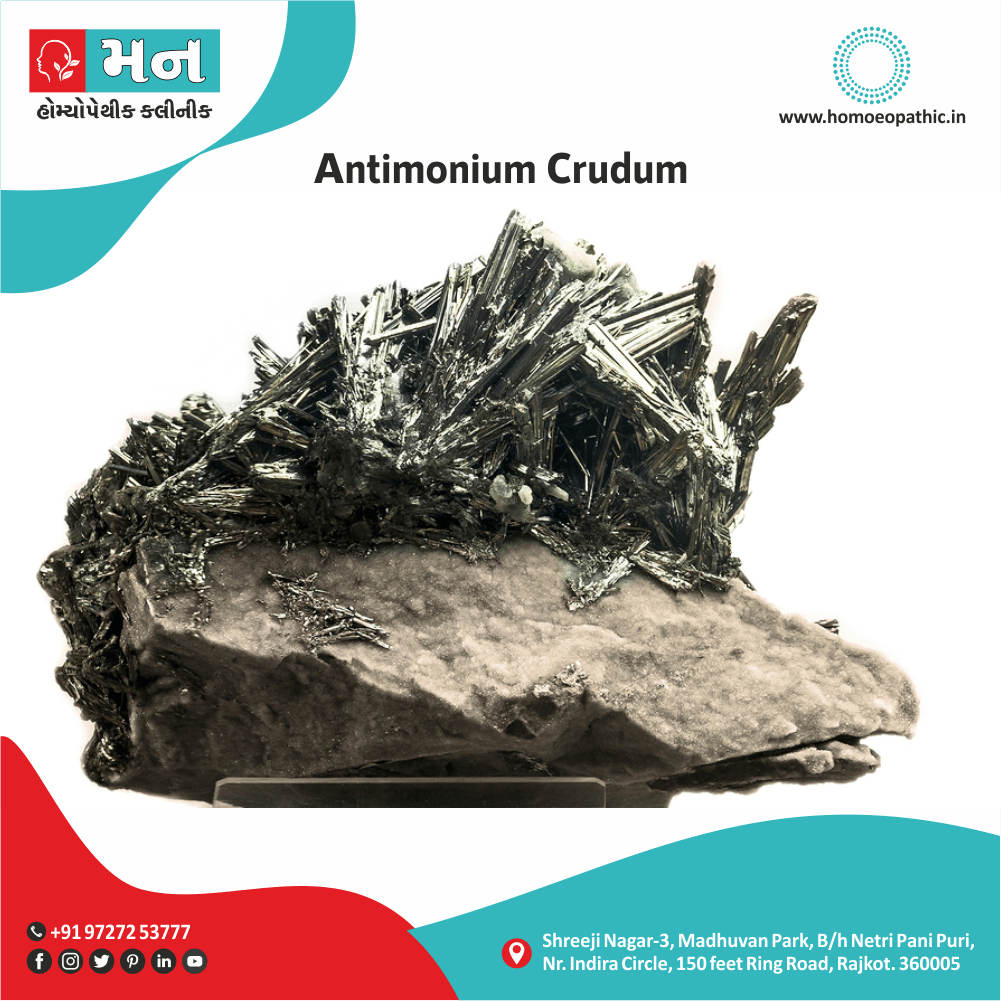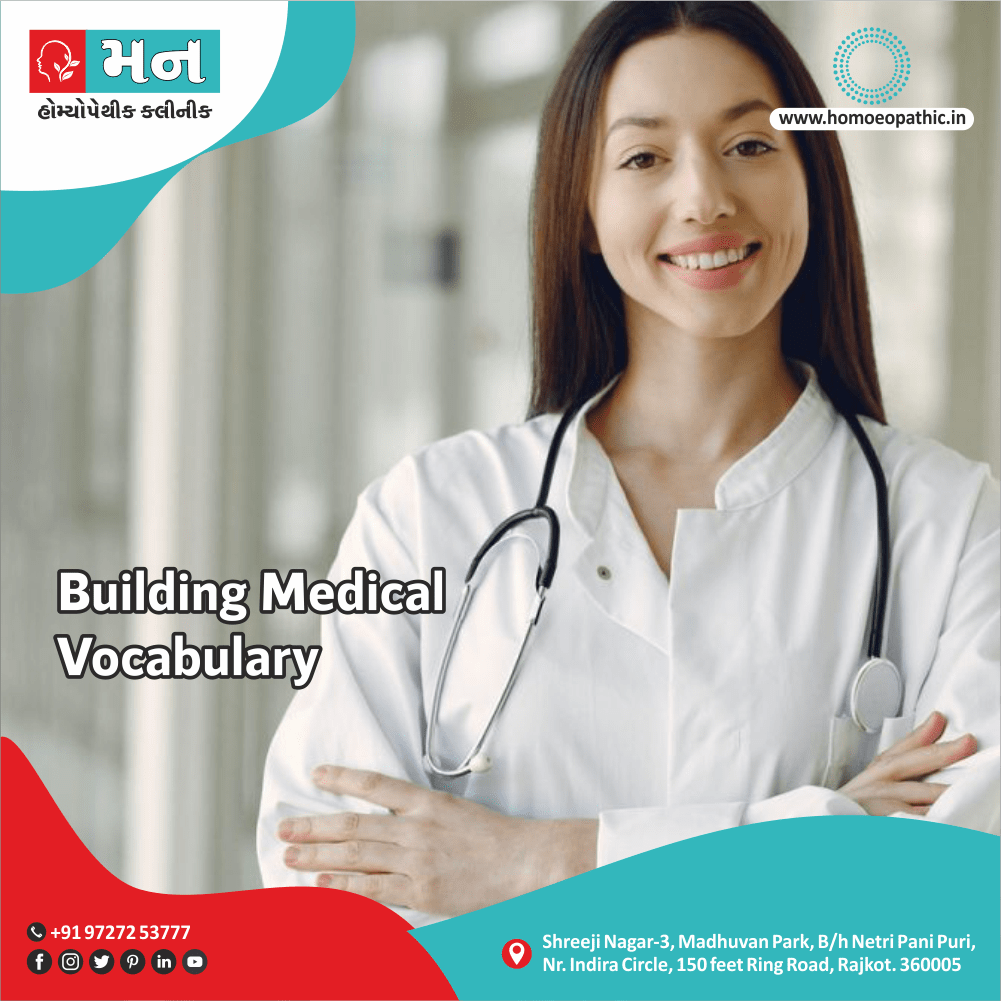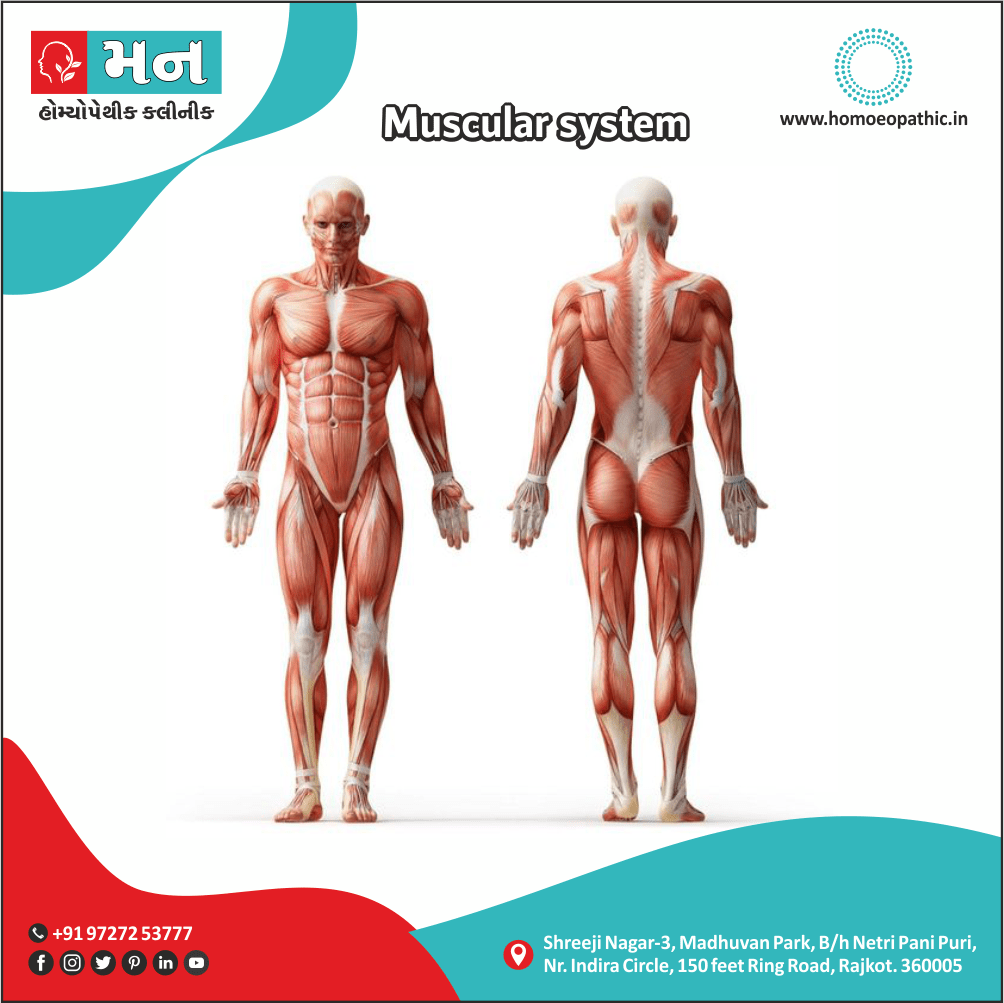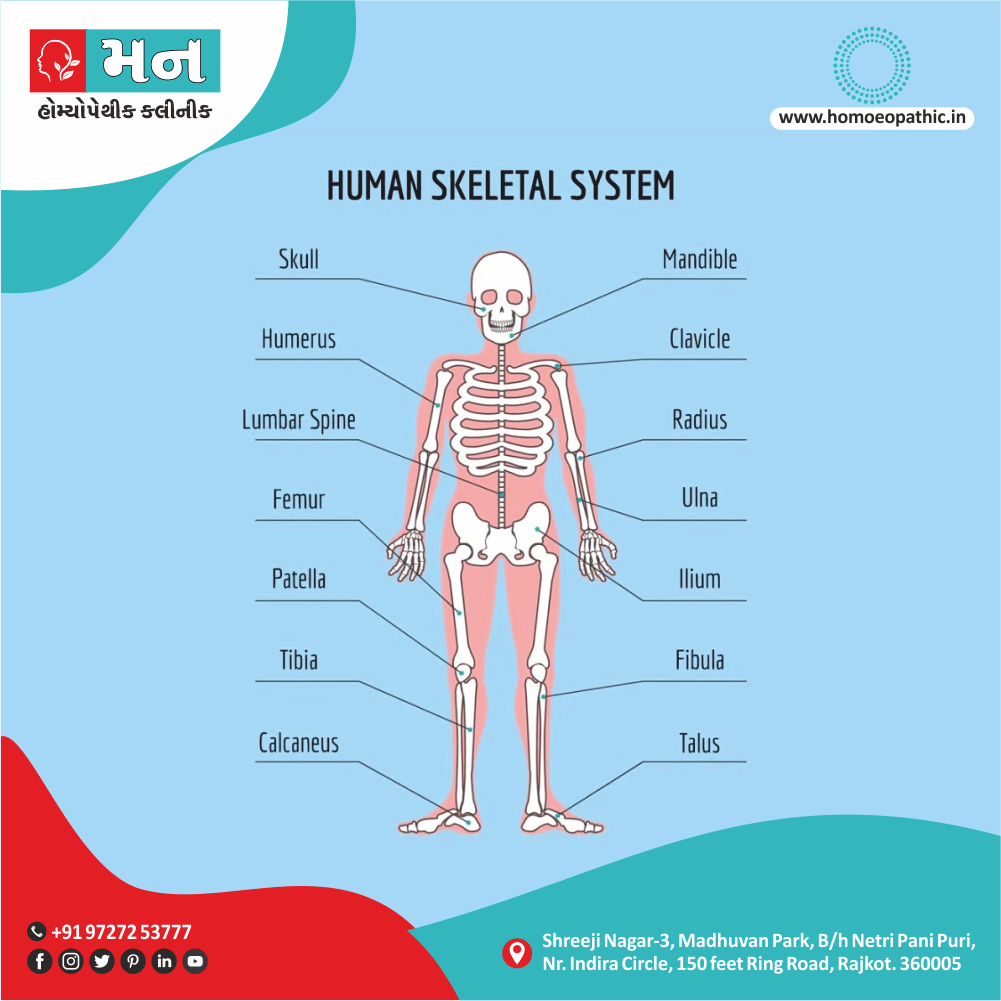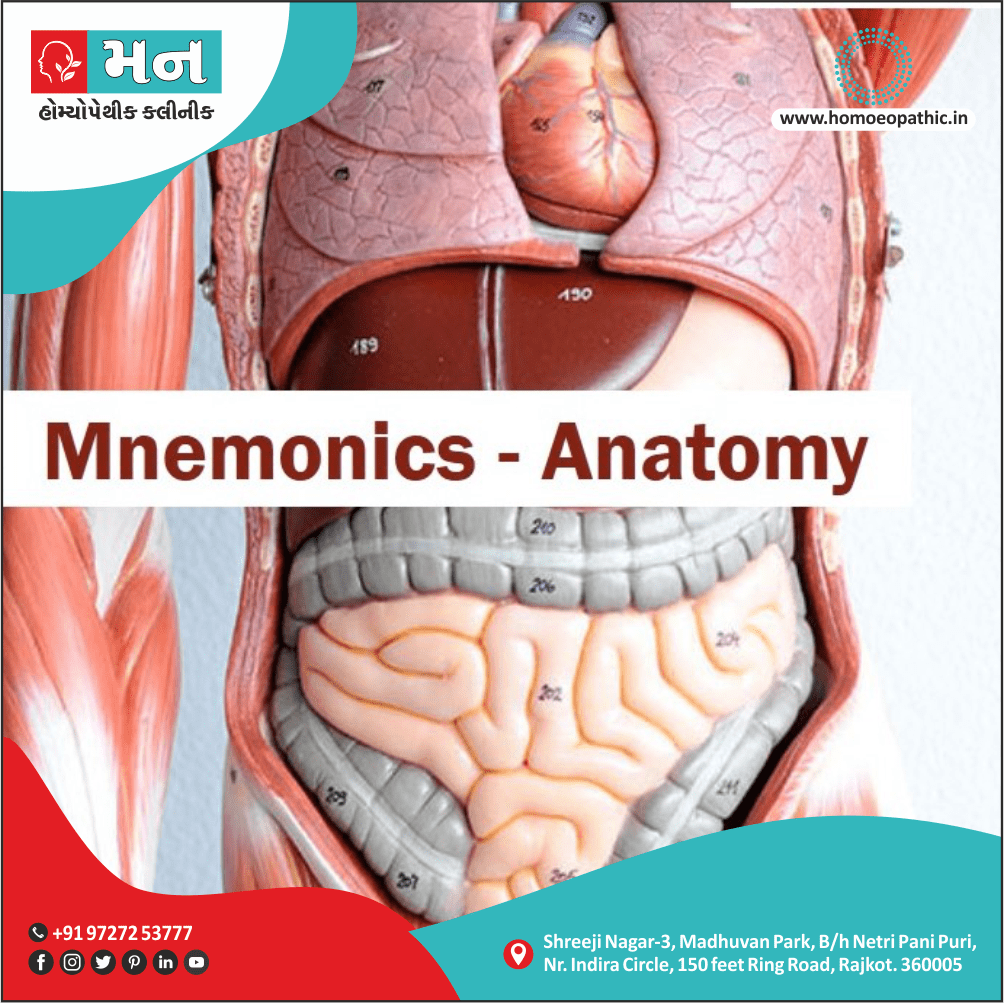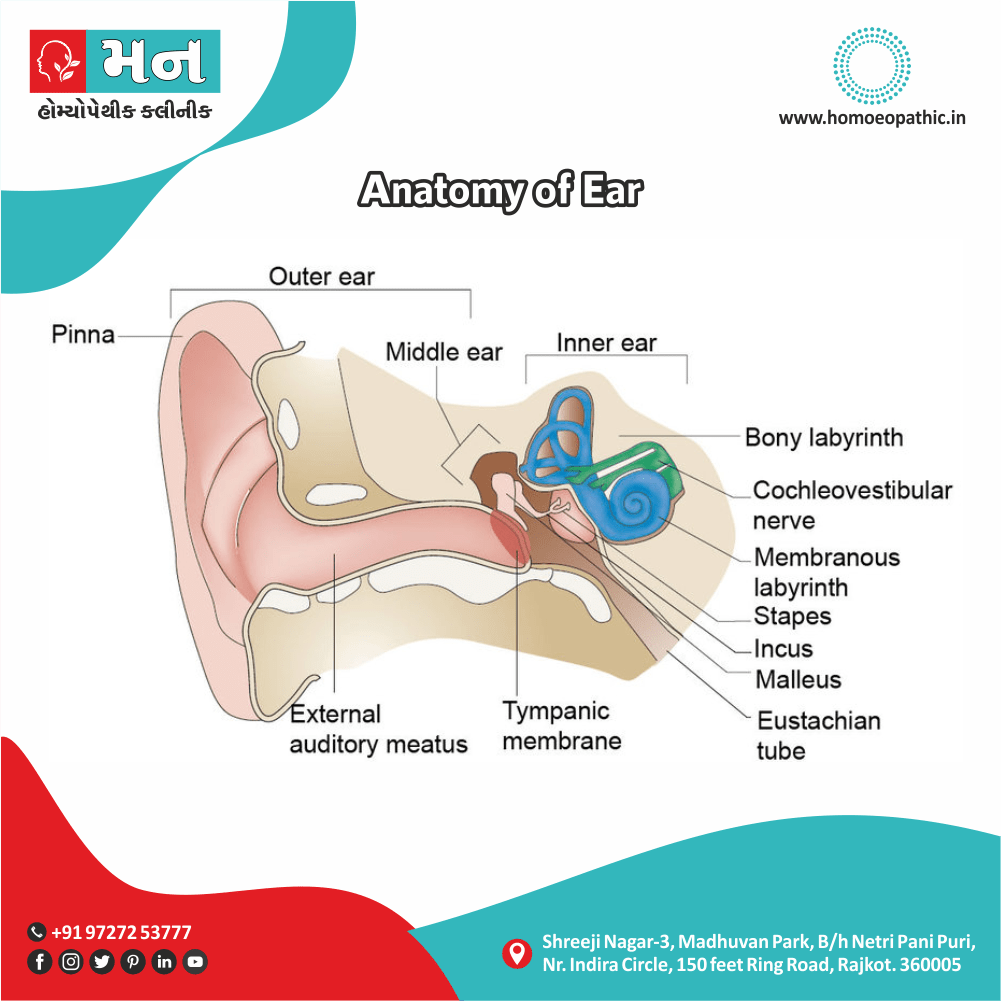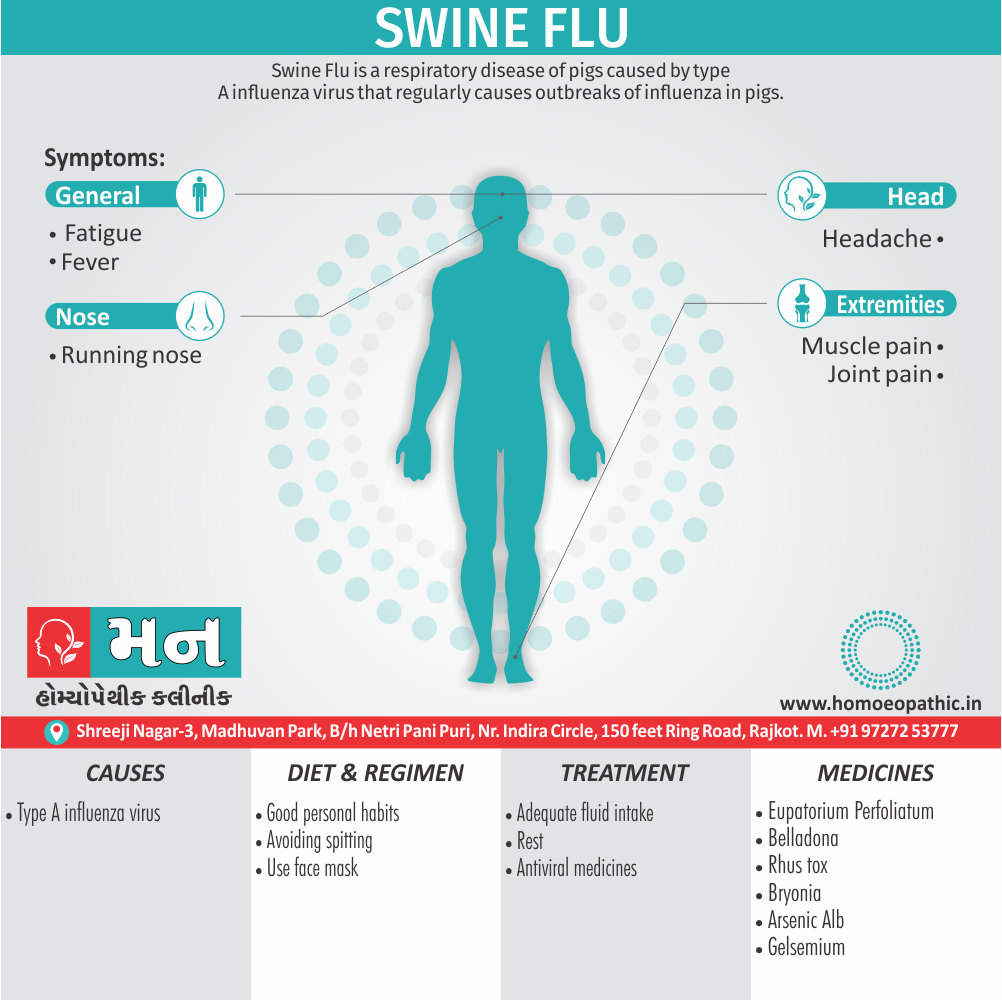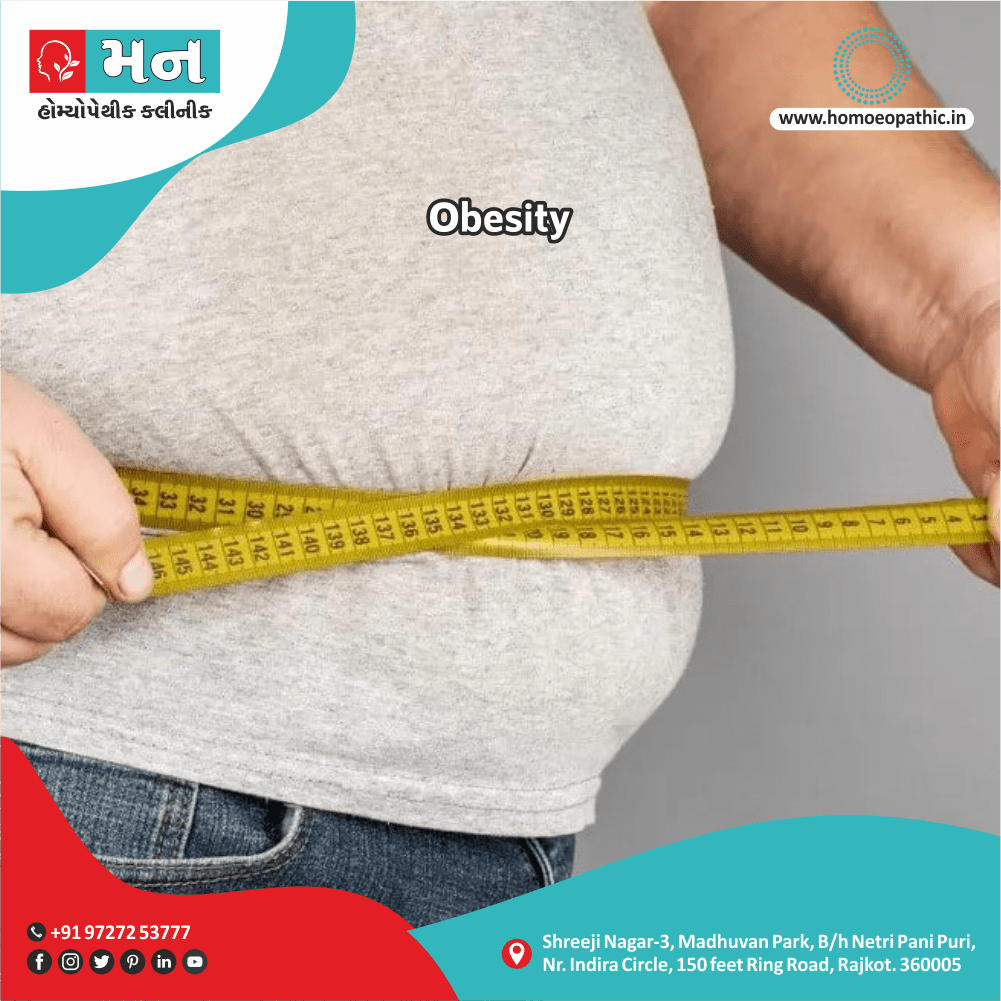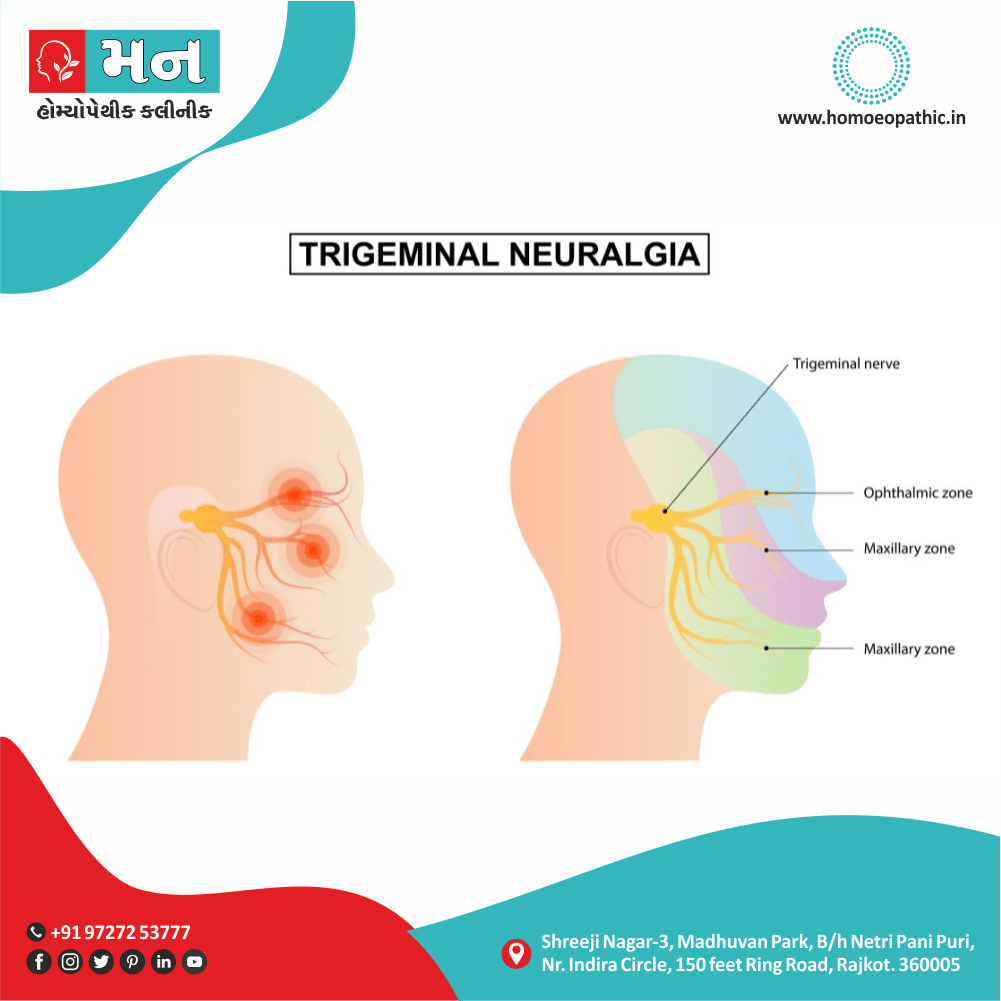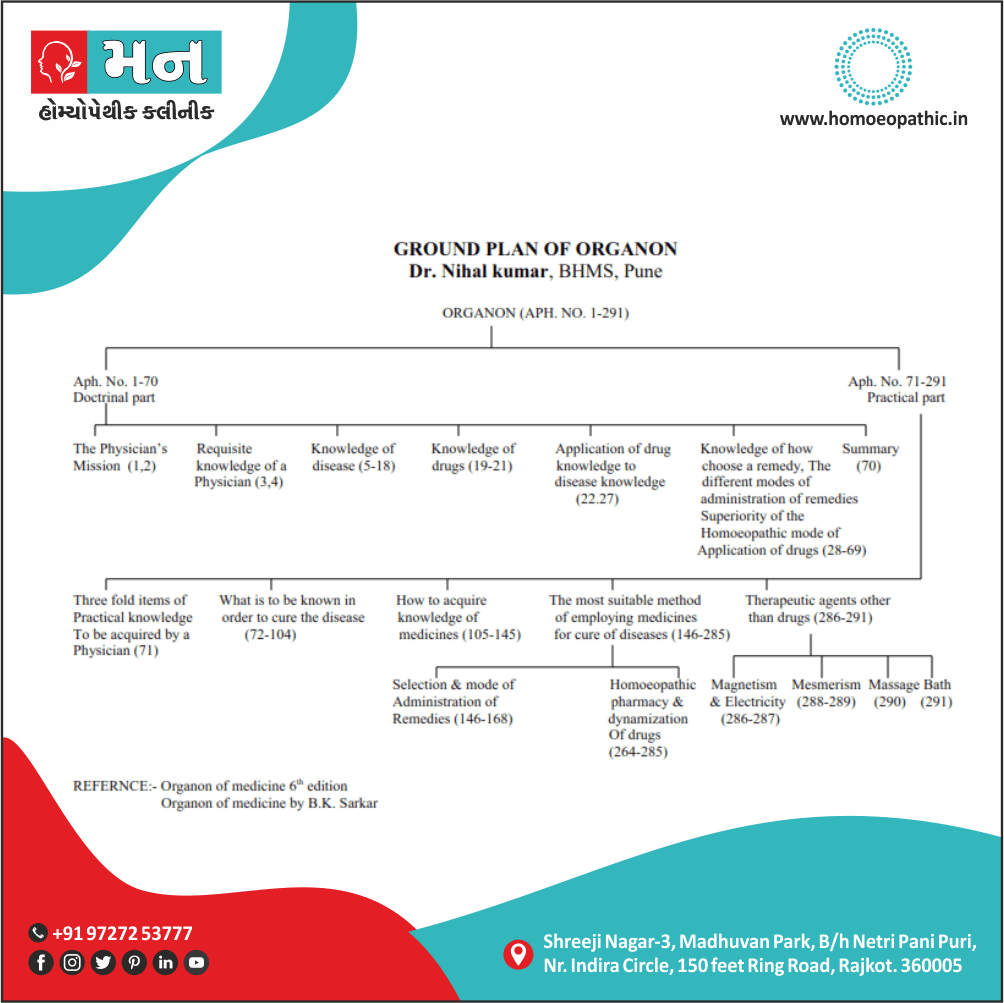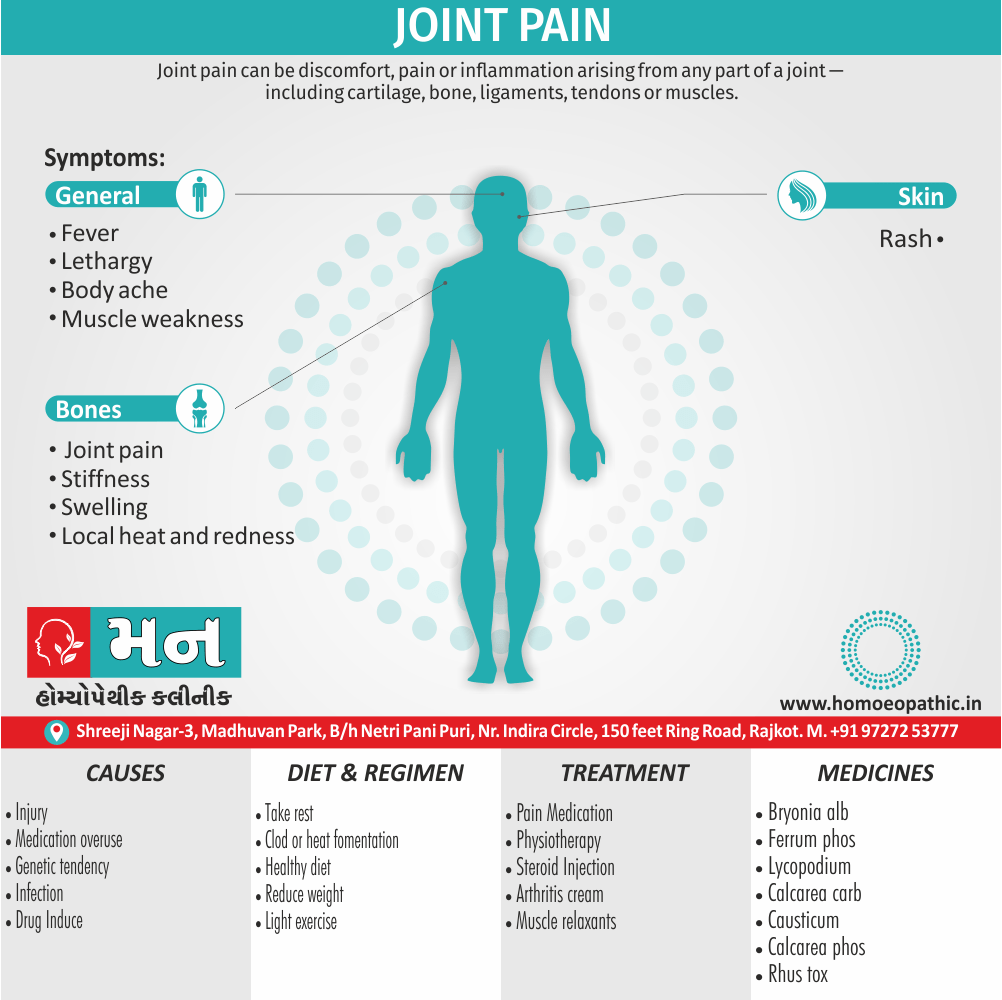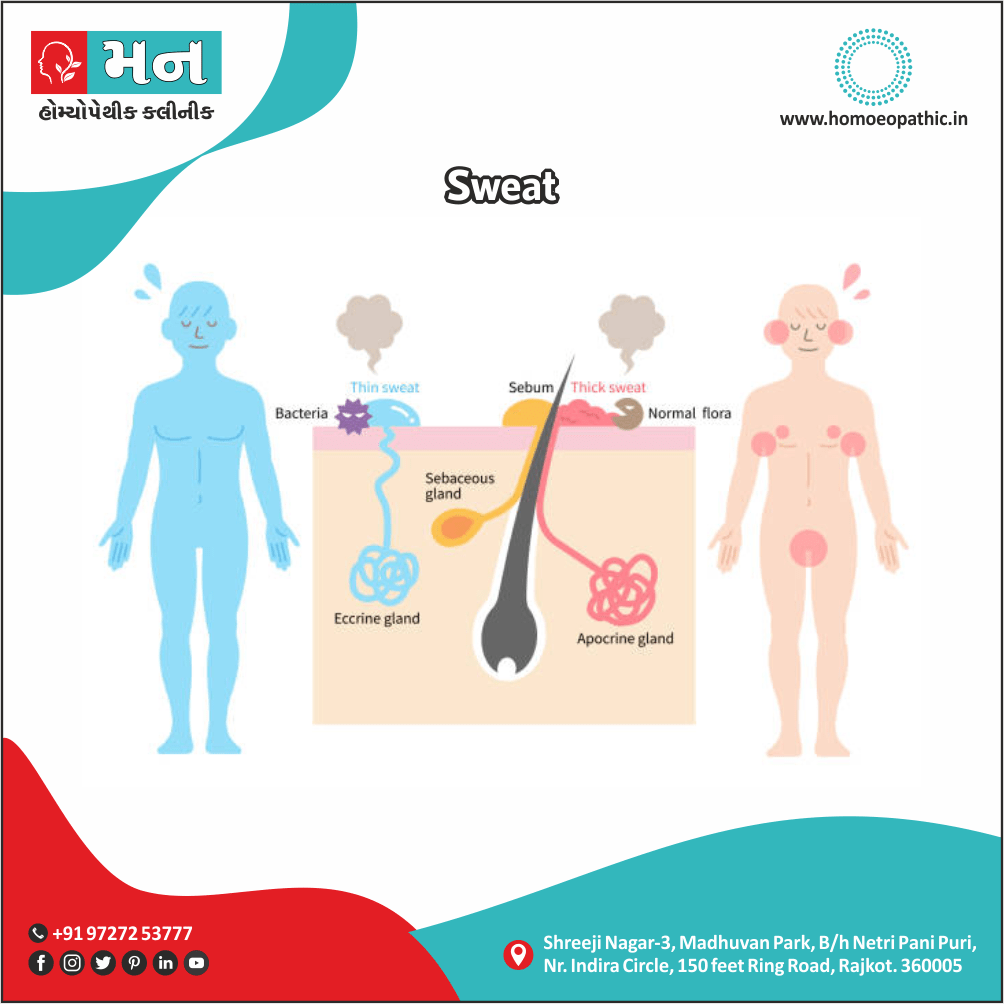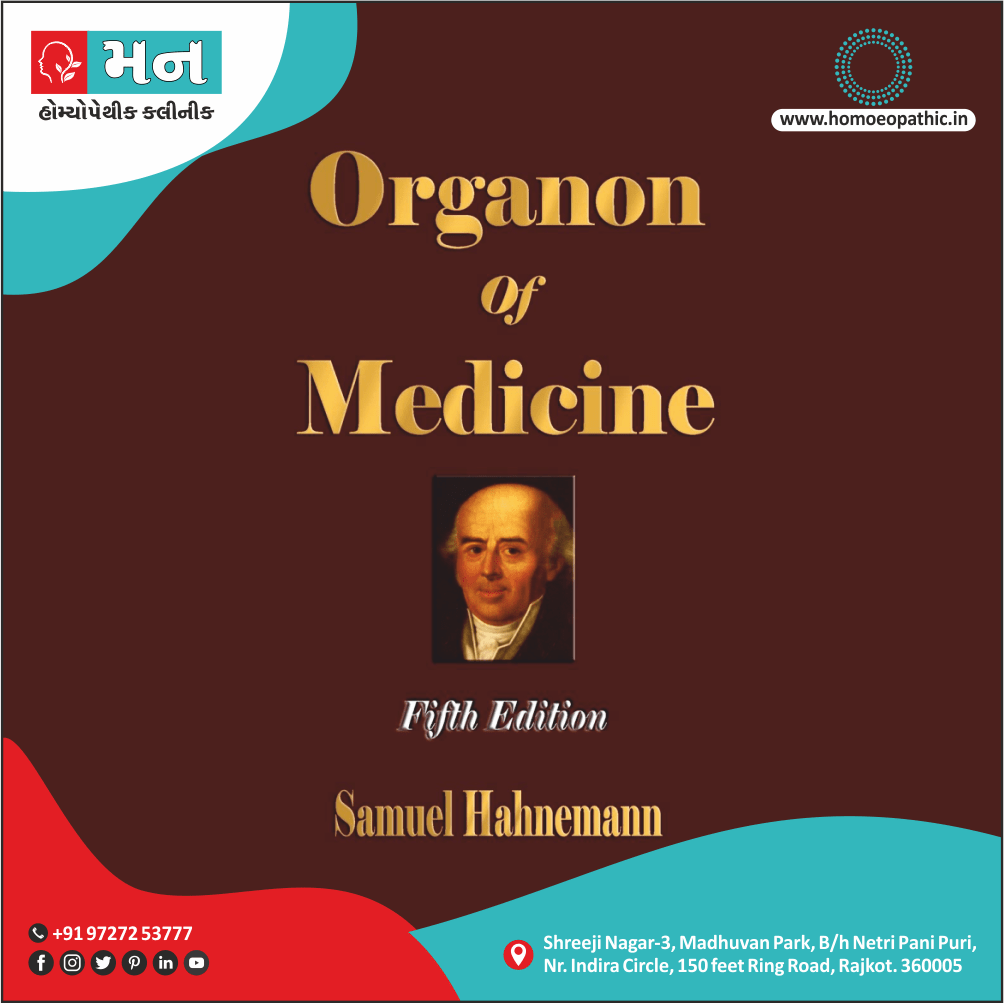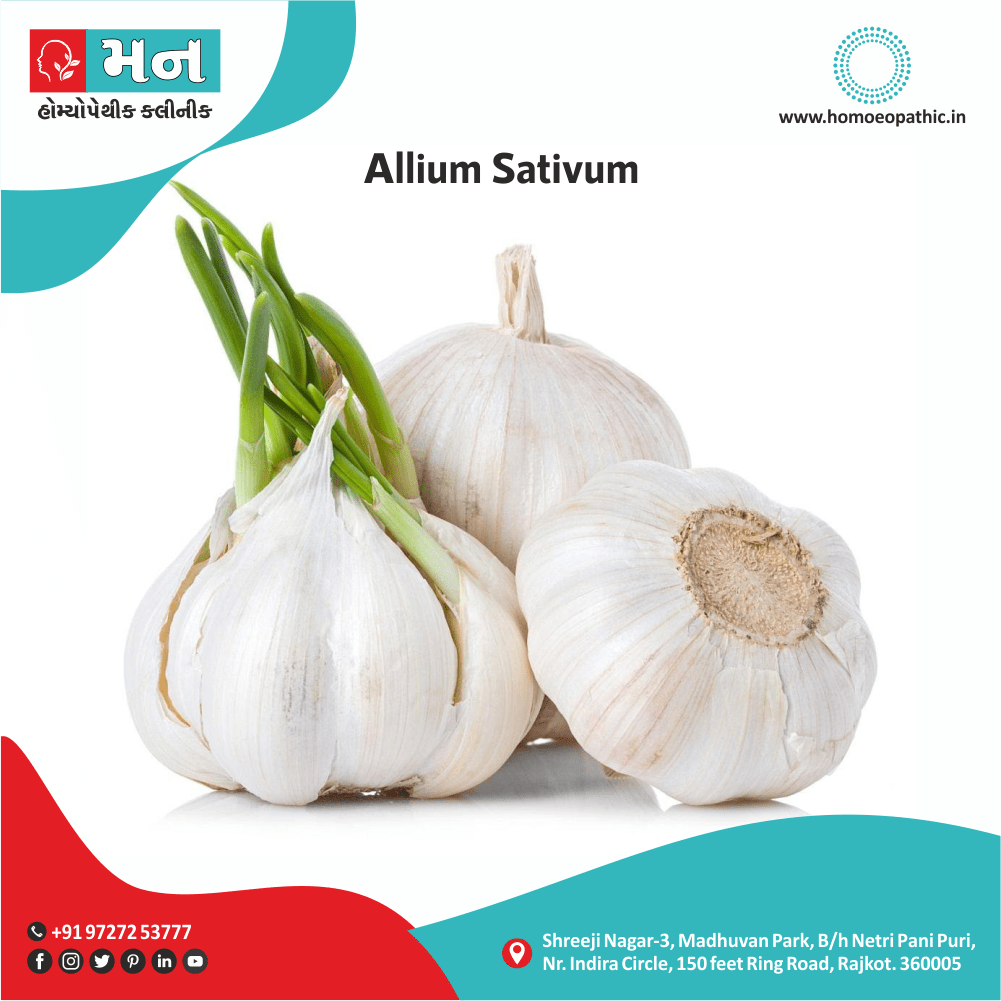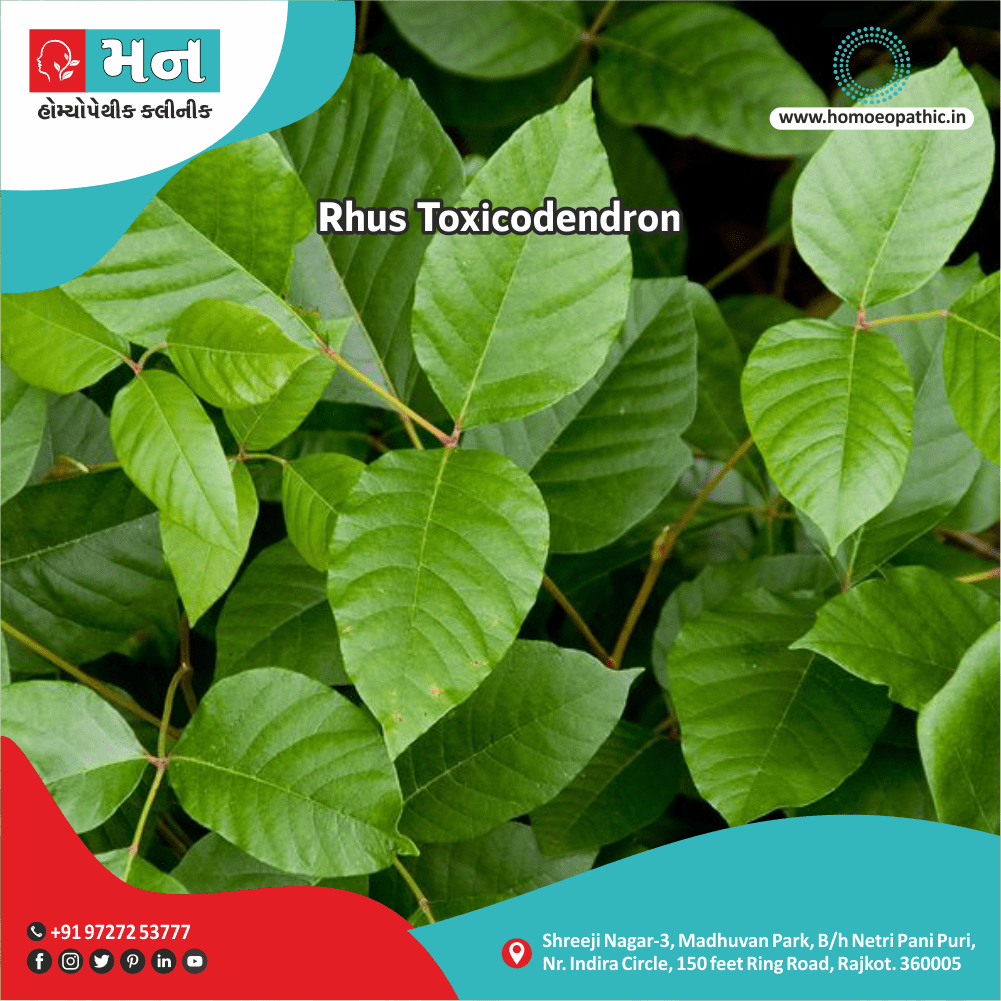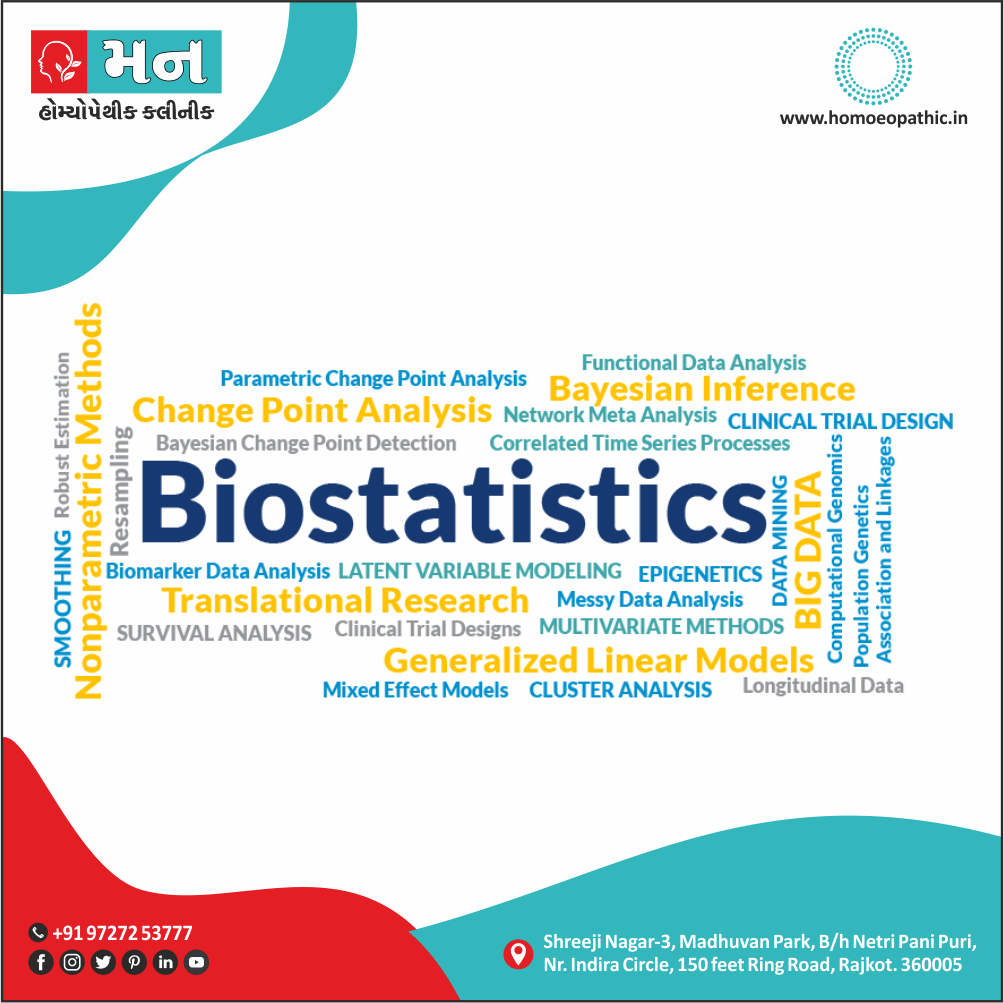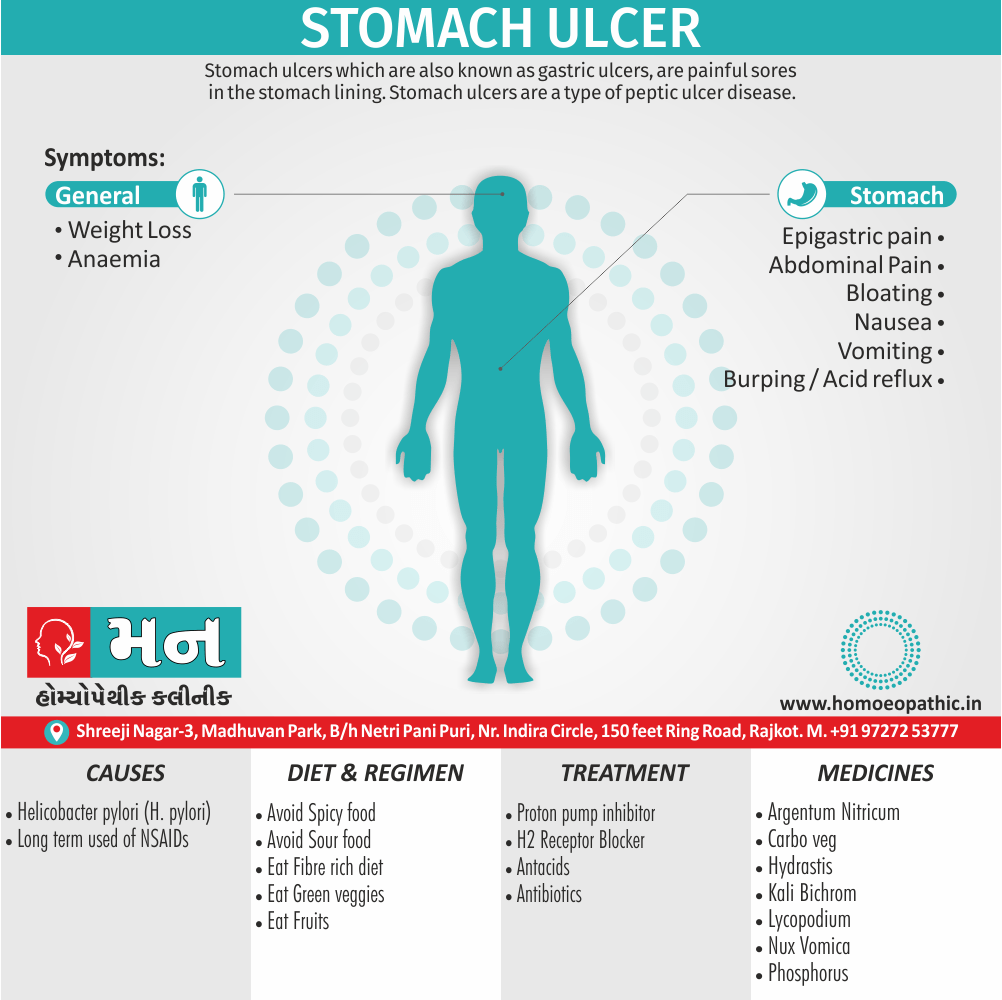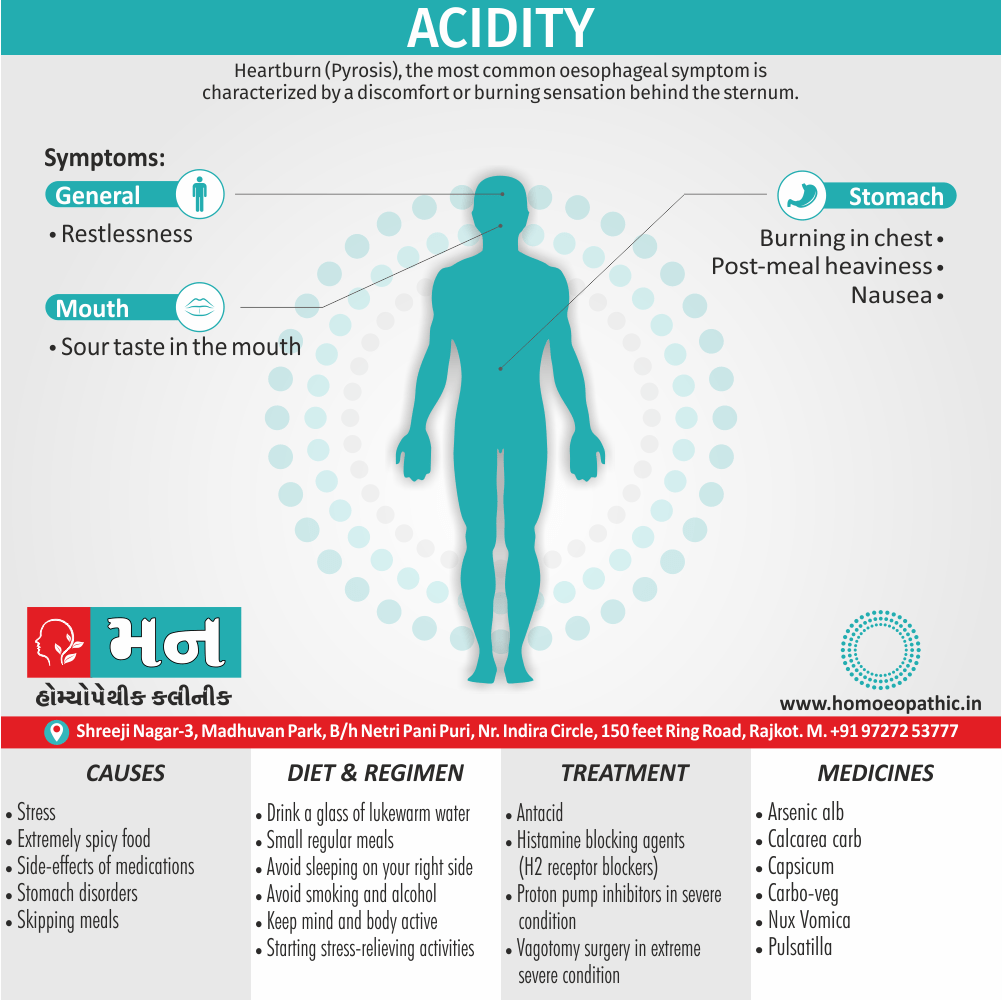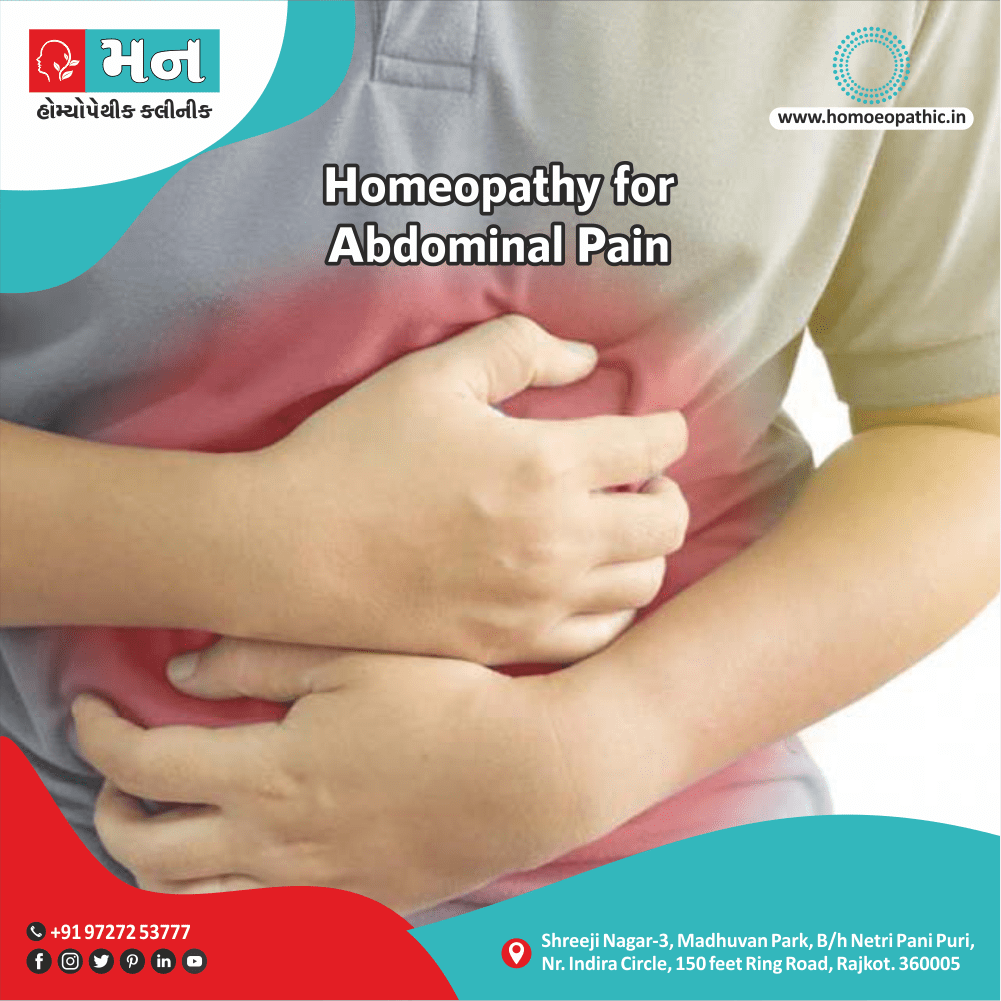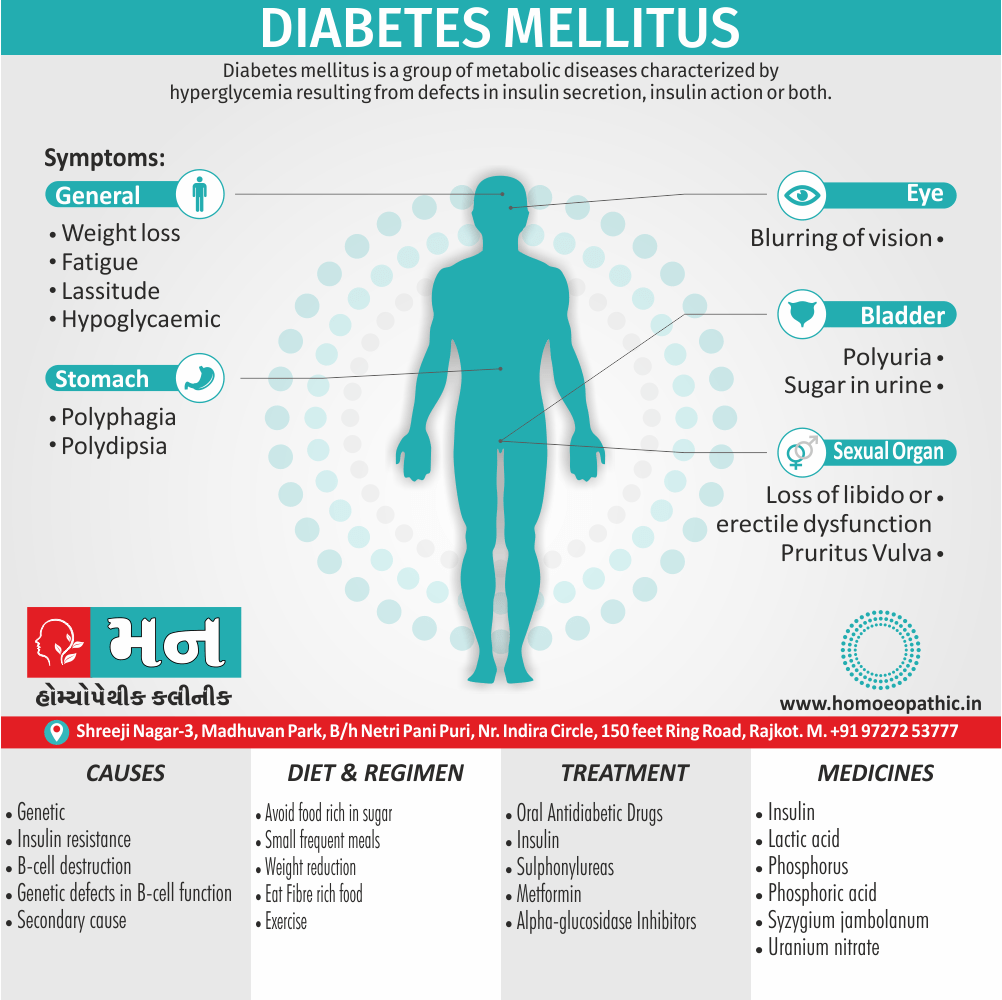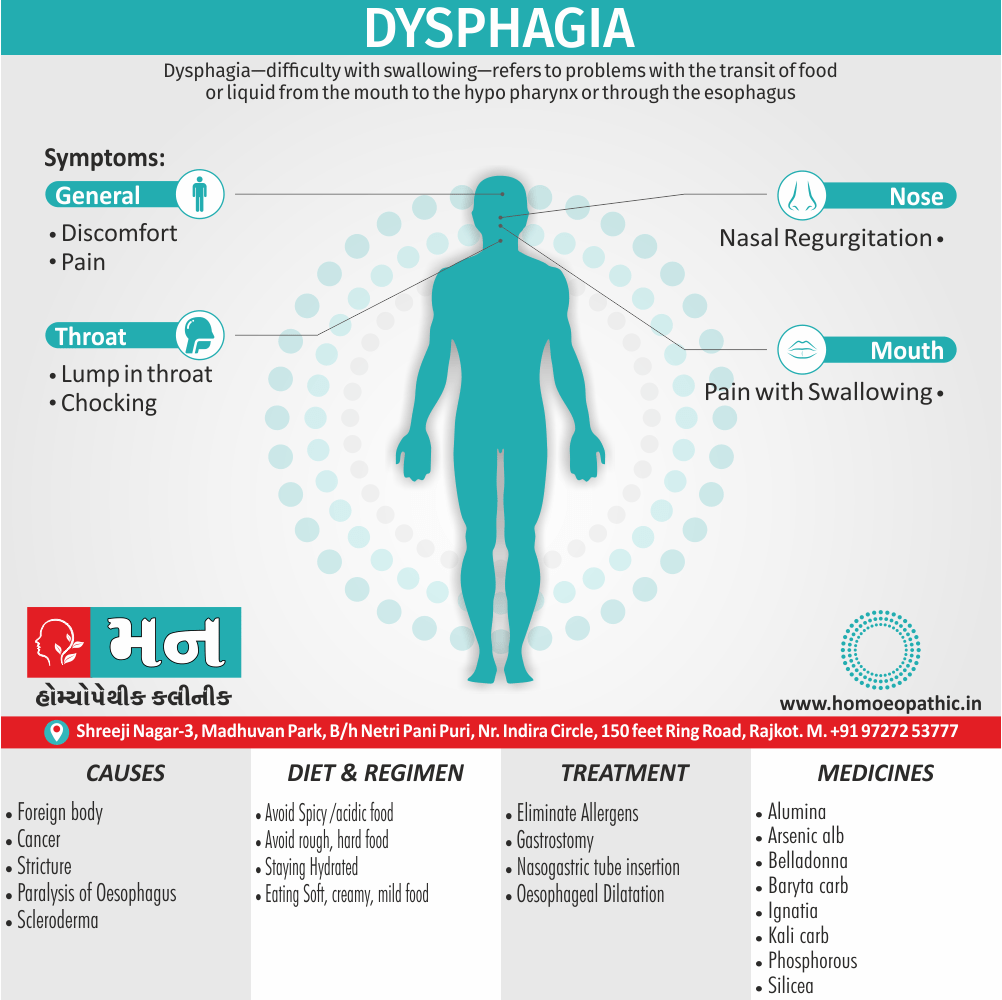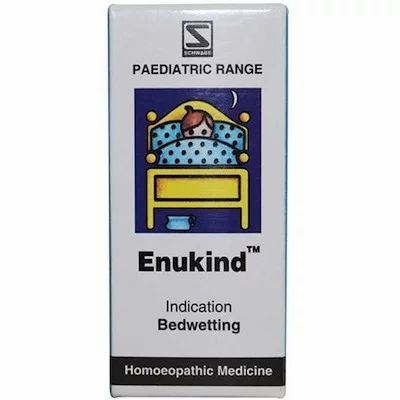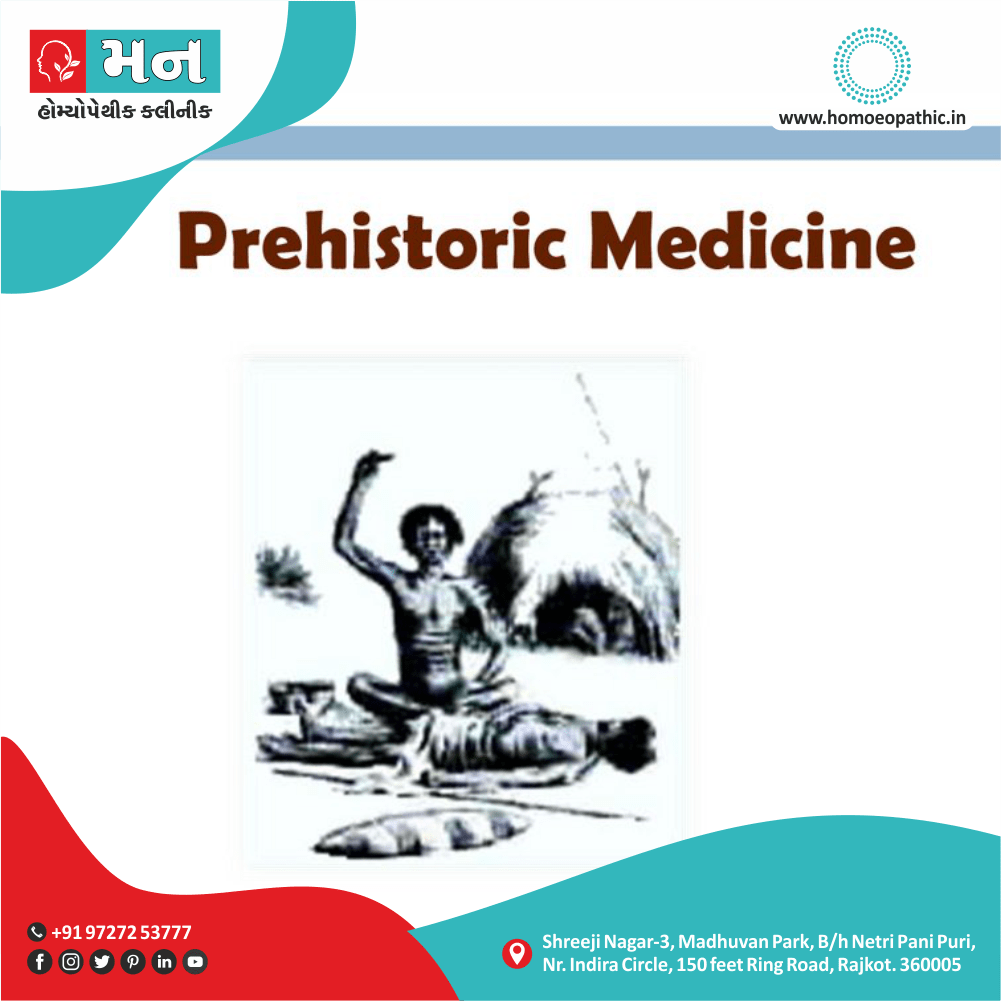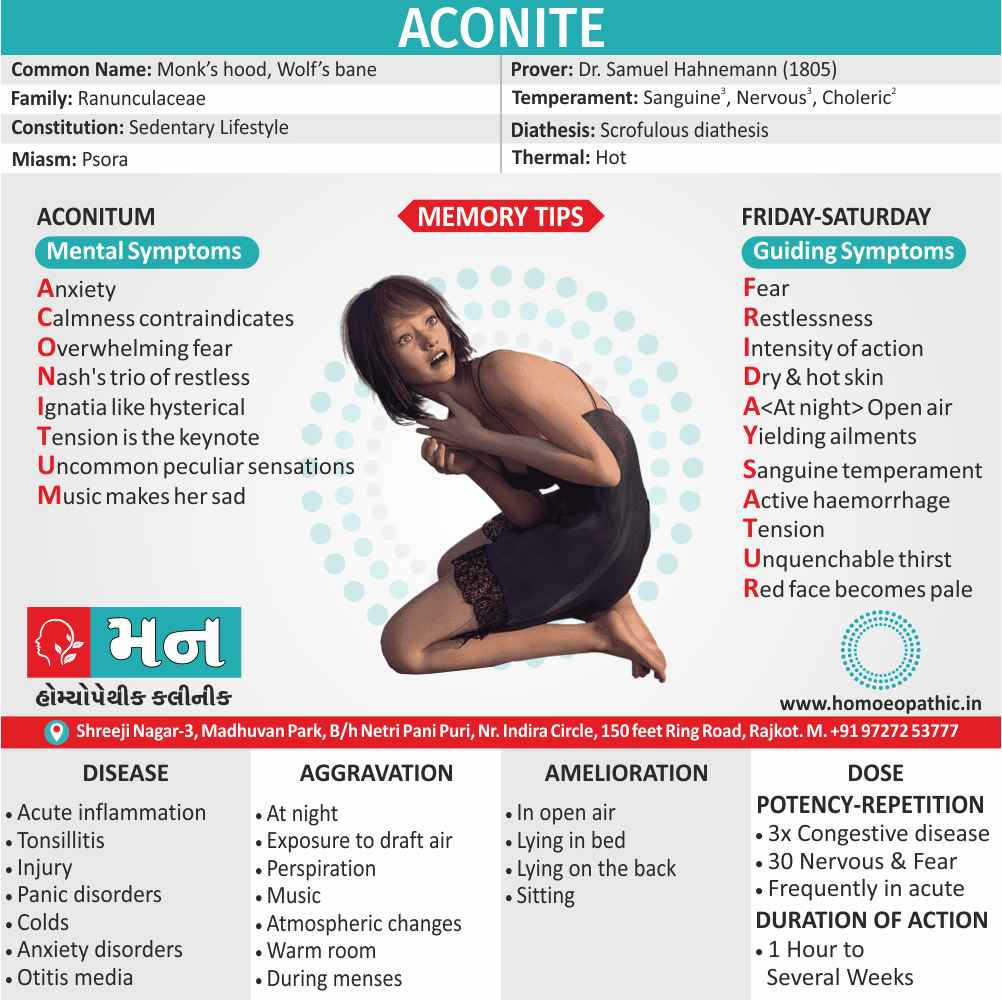Definition:
Down syndrome is a genetic disorder caused when abnormal cell division results in an extra full or partial copy of chromosome 21 and associated with intellectual disability. [3]
Overview
Epidemiology xxx
Causes
Types
Risk Factors
Pathogenesis xxx
Pathophysiology
Clinical Features xxx
Sign & Symptoms
Clinical Examination
Diagnosis
Differential Diagnosis
Complications xxx
Investigations
Treatment
Prevention
Homeopathic Treatment
Diet & Regimen
Do’s and Dont’s xxx
Terminology xxx
References
FAQ
Also Search As xxx
Overview
Down’s syndrome was described by John Langdon Down in 1887, but it was not until 1959 when it was discovered to be (in the majority of cases) caused by the chromosomal abnormality trisomy 21.
Down’s syndrome is the most common autosomal trisomy, and the most prevalent cause of moderate to profound learning disability.
The natural prevalence of Down’s syndrome is 1 in 600 live births, but this has been significantly reduced by prenatal screenings.
The rate of Down’s syndrome increases with increasing maternal age, such that the risk is 1 in 37 births once the mother is age 44. [1]
Epidemiology xxx
Indian epidemiology then other
Causes
There are three types of chromosomal aberrations in Down’s syndrome:
1. Non disjunction (94% of cases):
- One pair of chromosome 21 fail to separate at meiosis, such that one gamete has two chromosome 21s, additionally, rising to three after fertilization. [1]
- Furthermore, Trisomy-21 is the commonest where karyotype of mother is normal. [2]
2. Translocation (5%):
- An extra chromosome 21 is joined on to another chromosome (usually 14, 15, or 22), so that whilst the child has 46 chromosomes, there are three copies of the chromosome 21 material. [1]
- Lastly, The translocation is inherited, with asymptomatic carriers containing only 45 chromosomes. [2]
3. Mosaicism (1%):
- This is due to non disjunction at mitosis. Moreover, Some of the cells in the body have three chromosome 21s and others have two.
- The clinical phenotype is often less severe. [1]
- Both normal also trisomic cells are present. [2]
Types
Types of Down Syndrome
There are three types of Down syndrome: Trisomy 21 (nondisjunction), Mosaicism, and Translocation.
Trisomy 21 (Nondisjunction)
- Down syndrome is usually caused by an error in cell division called “nondisjunction.” Nondisjunction results in an embryo with three copies of chromosome 21 instead of the usual two. Prior to or at conception, a pair of 21st chromosomes in either the sperm or the egg fails to separate.
Mosaicism
- Mosaicism (or mosaic Down syndrome) exists when there are a mixture of two types of cells, some containing the usual 46 chromosomes and some containing 47. Those cells with 47 chromosomes contain an extra chromosome 21.
Translocation
- In translocation, which accounts for about 4% of cases of Down syndrome, the total number of chromosomes in the cells remains 46. However, an additional full or partial copy of chromosome 21 attaches to another chromosome, usually chromosome 14. The presence of the extra full or partial chromosome 21 causes the characteristics of Down syndrome. (6)
Risk Factors
Risk factors of Down Syndrome
- There are no environmental factors such as toxins or carcinogens that can cause Down syndrome, nor do lifestyle choices (such as drinking, smoking, or taking drugs) play a part. The only known non-genetic risk factor for having a child with Down syndrome is what is sometimes referred to as advanced maternal age (being over 35).
- This doesn’t mean, however, that having a baby before age 35 is a reliable strategy for preventing Down syndrome. Roughly 80% of children with Down syndrome are born to women who are younger than 35.
- Some women over the age of 35 (or with other risk factors) may choose to have prenatal testing, such as amniocentesis, to screen for Down syndrome. The American College of Obstetricians and Gynecologists recommends, in fact, that all women be offered these options.
- The decision of whether or not to do this is very personal and should be made with the assistance of genetic counseling. Such tests do pose notable risks that are worth knowing more about before you make your decision. (4)
Pathogenesis xxx
Tab Content
Pathophysiology
Pathophysiology of Down Syndrome
- Down syndrome is the consequence of trisomy of human chromosome 21 and is the most common genetic form of intellectual disability.
- Additional copy of chromosome 21 results in elevated expression of many of the genes encoded on this chromosome leading to varying expression of genes associated with this chromosome.
- Mechanisms leading to trisomy 21 include meiotic non-disjunction during meiosis I and meiosis II,Robertosonian translocation and mosaicism.
- In addition increased maternal age leads to rapid degradation of cellular proteins involved in spindle formation sister chromatids in oocytes during cell cycle.
- Absence of chiasmata and sub optimally placed chiasmata are thr major mechanisms involved in non-disjunction of chromosome 21.
- Immaturity of the feto placental until has been proposed as an explanation fro the unconjugated oestriol levels and increased hCG levels in Down’s syndrome pregnancies.
- Reduced synthesis of AFP by the fetal liver is also thought to contribute to low AFP in Down’s syndrome pregnancies,
- Robertsonian translocation occurs when the long arms of 2 acrocentric chromosomes fuse at the centromeres and the 2 short arms are lost.
- Mosaicism does not have any maternal association and it its a post fertilization mitotic error.
- Disabilities found in Down syndrome patients are thought to arise secondary to varied genetic expression associated with the presence an extra 21st chromosome. (5)
Clinical Features xxx
Tab Content
Sign & Symptoms
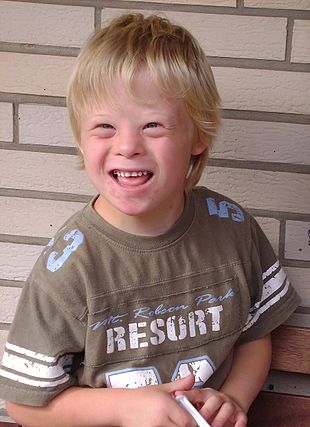
Down Syndrome Child
Sign & Symptoms of Down Syndrome
External abnormalities at birth:
- Flat occiput
- Round face
- Flat nasal bridge
- Short ears
- Oblique palpebral fissures
- Epicanthal folds
- Small mouth
- High-arched palate
- Macroglossia
- Short, broad hands
- Single transverse palmar crease
- Curved fifth finger
- Hypotonia also Hyperflexibility
- Brushfield spots in the iris
- Congenital heart disease (40%)
- Deafness (also recurrent otitis media)
- Either Duodenal atresia or Hirschsprung’s disease
Later physical problems:
- Delayed motor milestones
- Short stature also obesity
- Immunocompromised—high risk of bronchopneumonia
- Visual problems
- Leukaemia
- Atlantoaxial instability
- Hypothyroidism (25%)
- Epilepsy
Behavioral and Psychiatric characteristics:
- Moderate to severe LD
- Speech also language delay
- Early-onset Alzheimer’s disease
- Obsessional also stubborn behaviors [1]
Learning disability i.e.:
In Down’s syndrome the degree of LD varies considerably from person to person; usually the IQ is between 20 also 50, but in 15 per cent it is greater than 50.
Many people are able to self-care (with prompting) by adolescence, and the majority to live with their families.
Temperament i.e.:
The temperament of children with Down’s syndrome is usually affectionate also easy going, and many show an interest in music.
Moreover, Most have some obsessional characteristics and behaviours, and may be very stubborn about their daily routine, but these are usually subclinical problems.
Behavior problems i.e.:
They are less frequent than in most other forms of LD; additionally, nevertheless about a quarter of children with Down’s syndrome are chaotic and difficult to engage.
They relish attention and do very well with behavioral therapy approaches.
Ageing i.e.:
In the past, many people with Down’s syndrome died in infancy, but with improved medical care about half now live beyond the age of 50.
Besides this, Signs of ageing appear prematurely and Alzheimer-like neuropathological changes are found in the brain of most of those dying at the age of 40 years or more.
However, for unknown reasons, survivors do not show signs of dementia until later, with a mean age of onset of about 50 years.
Co-morbidities i.e.:
In brief, The most common psychiatric co-morbidities are ADHD, depression, OCD, and schizophrenia. [1]
Clinical Examination
Clinical examination of Down Syndrome
Down syndrome symptoms vary from person to person and can range from mild to severe. However, children with Down syndrome have a widely recognized appearance. The head may be smaller than normal and abnormally shaped. For example, the head may be round with a flat area on the back. The inner corner of the eyes may be rounded instead of pointed. Common physical signs include:
- Decreased muscle tone at birth
- Excess skin at the nape of the neck
- Flattened nose
- Separated joints between the bones of the skull (sutures)
- Single crease in the palm of the hand
- Small ears
- Small mouth
- Upward slanting eyes
- Wide, short hands with short fingers
- White spots on the colored part of the eye (Brushfield spots)
Physical development is often slower than normal. Most children with Down syndrome never reach their average adult height.
Children may also have delayed mental and social development. Common problems may include:
- Impulsive behavior
- Poor judgment
- Short attention span
- Slow learning
As children with Down syndrome grow and become aware of their limitations, they may also feel frustration and anger.
Many different medical conditions are seen in people with Down syndrome, including:
- Birth defects involving the heart, such as an atrial septal defect or ventricular septal defect
- Dementia may be seen
- Eye problems, such as cataracts (most children with Down syndrome need glasses)
- Early and massive vomiting, which may be a sign of a gastrointestinal blockage, such as esophageal atresia and duodenal atresia
- Hearing problems, probably caused by regular ear infections
- Hip problems and risk of dislocation
- Long-term (chronic) constipation problems
- Sleep apnea (because the mouth, throat, and airway are narrowed in children with Down syndrome)
- Teeth that appear later than normal and in a location that may cause problems with chewing
- Underactive thyroid (hypothyroidism)
The condition is characterized by a combination of major and minor differences in structure. Often Down syndrome is associated with some impairment of cognitive ability and physical growth as well as facial appearance. Down syndrome can be identified during pregnancy or at birth.
Individuals with Down syndrome can have a lower-than-average cognitive ability, often ranging from mild to moderate learning disabilities. Developmental disabilities often manifest as a tendency toward concrete thinking or naïveté. A small number have severe to profound mental disability.
Many of the common physical features of Down syndrome also appear in people with a standard set of chromosomes. They may include a single transverse palmar crease (a single instead of a double crease across one or both palms), an almond shape to the eyes caused by an epicanthic fold of the eyelid, up slanting Palpebral fissures, shorter limbs, poor muscle tone, a larger than normal space between the big and second toes, and protruding tongue. Health concerns for individuals with Down syndrome include a higher risk for congenital heart defects, gastroesophageal reflux disease, recurrent ear infections, obstructive sleep apnea, and thyroid dysfunctions.
Early childhood intervention, screening for common problems, medical treatment where indicated, a conducive family environment, and vocational training can improve the overall development of children with Down syndrome. Although some of the physical genetic limitations of Down syndrome cannot be overcome, education and proper care will improve quality of life. (6)
Diagnosis
Screening tests:
Women aged 30–35 years or above might receive genetic screening during pregnancy. This is because the chance of having a child with Down syndrome increases as women age.
Screening tests include:
- Nuchal translucency testing: especially, At 11–14 weeks, an ultrasound can measure the clear space in folds of tissue behind the neck of a developing fetus.
- Triple screen or quadruple screen: especially, At 15–18 weeks, this measures the quantities of various substances in the mother’s blood.
- Integrated screen: This combines results from first-trimester blood and screening tests, with or without nuchal translucency, with second-trimester quadruple screening results.
- Cell-free DNA: This is a blood test that analyzes fetal DNA present in the mother’s blood.
- Genetic ultrasound: especially, At 18–20 weeks, doctors combine a detailed ultrasound with blood test results.
Screening is a cost-effective and less invasive way to determine whether more invasive diagnostic tests are needed.
However, unlike diagnostic tests, they cannot confirm whether Down syndrome is present.
Diagnostic tests:
Diagnostic tests are more accurate for detecting Down syndrome. A healthcare professional will usually perform such tests inside the uterus.
However, they increase the risk of miscarriage, fetal injury, and preterm labor.
Diagnostic tests include:
- Chorionic villus sampling: At 8–12 weeks, a doctor might obtain a tiny sample of placenta for analysis, using a needle inserted into the cervix or the abdomen.
- Amniocentesis: At 15–20 weeks, they may obtain a small amount of amniotic fluid for analysis, using a needle inserted into the abdomen.
- Percutaneous umbilical blood sampling: After 20 weeks, the doctor may take a small sample of blood from the umbilical cord for analysis, using a needle inserted into the abdomen.
A healthcare professional can also diagnose Down syndrome after a baby is born by inspecting their physical characteristics, blood, and tissue. [3]
Differential Diagnosis
Differential diagnosis of Down Syndrome
- Edwards syndrome (trisomy 18)
- Patau syndrome (trisomy 13) (6)
Complications xxx
Complications are what happen after you have a disease. They are the negative consequences of the disease process.
Investigations
Investigation of Down Syndrome
- The following lab tests are done for the patients of Down syndrome to rule out conditions associated with down syndrome:
- CBC with differentials to rule out Leukemia
- To rule out hypothyroid, the following tests are performed at birth, 6 months, 1 year and then annually:
- Cytogenetic studies
- Cytogenetic studies are performed for the confirmation of down syndrome
- Karyotyping must be performed to determine the risk of recurrence
- Measurement of Immunoglobulin G
- Subsequent low level of IgG subclass 4 are correlated with bacterial infections
- The Mosaic trisomy 21 that includes:
- Lymphocyte preparations
- FISH
- Buccal mucosa cellular preparations
- Scoring frequency of trisomic cells
- Interphase fluorescence in situ hybridization (FISH)
- Interphase fluorescence in situ hybridization is used for early and rapid detection of trisomy 21
- The FISH test is beneficial in the diagnosis of Down syndrome in prenatal and neonatal period
- The FISH test needs to be confirmed by a complete karyotype analysis as it does not provide information about the trisomy 21 to weather if it is secondary to a translocation. (6)
Treatment
There is no specific treatment for Down syndrome. People who have the condition will receive care for any health problems, as other people do.
However, healthcare professionals may recommend additional health screening for issues common to the condition.
Early intervention can help a person maximize their potential and prepare them to take up an active role in the community.
Physicians, special educators, speech therapists, occupational therapists, and physical therapists, as well as social workers, can all help.
The National Institute for Child Health and Human Development:
It urge all specialists to provide stimulation and encouragement.
Children with specific learning and development difficulties may be eligible for educational support, either in a mainstream or specialized school.
In recent years, the tendency has been to attend mainstream schools, often with additional support to help them integrate and progress.
Some children will make use of an Individualized Education Program (in other words; IEP), which various specialists will support. [3]
Prevention
Prevention of Down Syndrome
At the time of this writing, there is no cure for Down syndrome. However, the million-dollar question is, can Down syndrome be prevented? Unfortunately, there is no definitive prevention method that can be used to prevent Down syndrome from occurring. However, there are certain steps that expectant mothers can take to lower their risks of having a child with Down syndrome.
Folic acid
- Studies have shown that pregnant mothers who take vitamins and folic acid supplements may reduce the risk of having babies with Down syndrome. Folic acid is known to help prevent Down syndrome as well as prevent neural tube defects in babies.
- Studies have shown that parents who have a folic acid deficiency are more likely to conceive a child who has Down syndrome. This is why taking supplements of folic acid during pregnancy may help reduce the risk of developing Down syndrome in the growing fetus.
Having a baby before 35
- The older the mother is, the higher the risk of Down syndrome in babies becomes. A mother planning to conceive may have a lower risk of having a baby with Down syndrome if they choose to get pregnant before the age of 35.
Family history
- Although Down syndrome is not a condition that is usually inherited, it pays to schedule a check-up for both parents before conceiving. Although this will not prevent Down syndrome, seeing a doctor will help parents who are planning to conceive understand the risks of Down syndrome.
Final thoughts
- At the moment, no method can prevent Down syndrome. However, couples that are planning to conceive may take steps to reduce the risk of Down syndrome in their babies.
- If you are planning to have a child, and you have a family history of Down syndrome, it is a good idea to see a doctor before trying to have a baby. For women trying to conceive, it is best to have a baby before the age of 35. Lastly, taking folic acid while pregnant and in the months leading up to the pregnancy will help lower the risk of babies having Down syndrome.(7)
Homeopathic Treatment
Homoeopathic Treatment:
Homeopathic Treatment of Down Syndrome
Homeopathy treats the person as a whole. It means that homeopathic treatment focuses on the patient as a person, as well as his pathological condition. The homeopathic medicines selected after a full individualizing examination and case-analysis.
Which includes
- The medical history of the patient,
- Physical and mental constitution,
- Family history,
- Presenting symptoms,
- Underlying pathology,
- Possible causative factors etc.
A miasmatic tendency (predisposition/susceptibility) also often taken into account for the treatment of chronic conditions.
What Homoeopathic doctors do?
A homeopathy doctor tries to treat more than just the presenting symptoms. The focus is usually on what caused the disease condition? Why ‘this patient’ is sick ‘this way’?
The disease diagnosis is important but in homeopathy, the cause of disease not just probed to the level of bacteria and viruses. Other factors like mental, emotional and physical stress that could predispose a person to illness also looked for. Now a days, even modern medicine also considers a large number of diseases as psychosomatic. The correct homeopathy remedy tries to correct this disease predisposition.
The focus is not on curing the disease but to cure the person who is sick, to restore the health. If a disease pathology not very advanced, homeopathy remedies do give a hope for cure but even in incurable cases, the quality of life can greatly improve with homeopathic medicines.
Homeopathic Medicines for Down Syndrome:
The homeopathic remedies (medicines) given below indicate the therapeutic affinity but this is not a complete and definite guide to the homeopathy treatment of this condition. The symptoms listed against each homeopathic remedy may not be directly related to this disease because in homeopathy general symptoms and constitutional indications also taken into account for selecting a remedy, potency and repetition of dose by Homeopathic doctor.
So, here we describe homeopathic medicine only for reference and education purpose. Do not take medicines without consulting registered homeopathic doctor (BHMS or M.D. Homeopath).
Medicines:
Following medicines are commonly used in homeopathy as constitutional or specific or both in Down syndrome individuals:
- Baryta carb
- Calcarea carb
- Calcarea phos
- Causticum
- Phosphorus
- Silicea
- Syphilinum
- Thuja occidentalis
- Tuberculinum
Diet & Regimen
Diet & Regimen of Down Syndrome
- Eating six small meals a day, instead of three larger meals
- Waiting to drink liquids until at least 30 minutes after a meal
- Lying down for 30 minutes after you eat a meal
- Eating more protein, fiber, and fat
- Eating less carbohydrates and choosing foods that contain complex carbohydrates—such as whole grains, fruits, and vegetables—rather than foods that contain simple sugars—such as candies, cookies, sugary drinks, and other foods and drinks that have added sugar
- Avoiding milk and milk products
- Adding pectin or guar gum—plant extracts used as thickening agents—to your food (8)
Do’s and Dont’s xxx
Tab Content
Terminology xxx
Tab Content
References
Reference
- Psychiatry, Fourth Edition- Oxford Medical Publications – SRG- by Geddes, Jonathan Price, Rebecca McKnight / Ch 26.
- A Short Textbook of Psychiatry by Niraj Ahuja / Ch 3.
- https://www.medicalnewstoday.com/articles/145554.php
- Down Syndrome: Causes and Risk Factors (verywellhealth.com)
- Down syndrome pathophysiology – wikidoc
- Types of Down Syndrome – Central Mississippi Down Syndrome Society (cmdss.org)
- How To Prevent Down Syndrome: Is There A Prevention Method? (mhdsa.org)
- Eating, Diet, & Nutrition for Dumping Syndrome | NIDDK (nih.gov)
FAQ
Frequently Asked Questions
What is Down Syndrome?
Down syndrome is a genetic disorder caused when abnormal cell division results in an extra full or partial copy of chromosome 21 and associated with intellectual disability.
Homeopathic Medicines used by Homeopathic Doctors in treatment of Down Syndrome?
- Baryta carb
- Calcarea carb
- Calcarea phos
- Causticum
- Phosphorus
- Silicea
- Syphilinum
- Thuja occidentalis
- Tuberculinum
What are the 3 types of Down Syndrome?
- Non disjunction
- Translocation
- Mosaicism
What are the symptoms of Down Syndrome?
- Flat occiput
- Round face
- Flat nasal bridge
- Short ears
- Visual problems
- Leukaemia
- Atlantoaxial instability
- Speech and language delay
- Early-onset Alzheimer’s disease
Also Search As xxx
Frequently Asked Questions (FAQ)
XYZ
XXX
XYZ
XXX
XYZ
XXX
